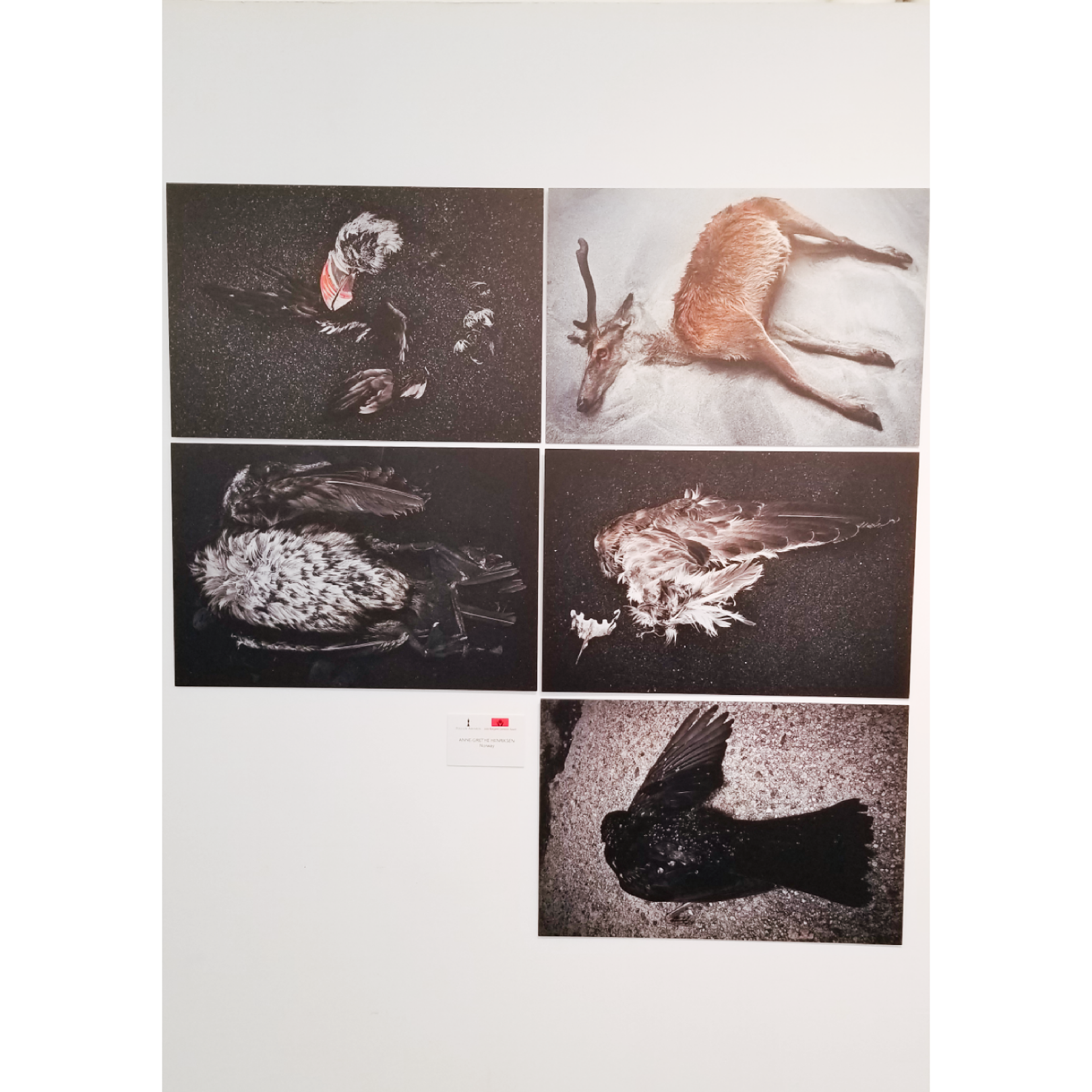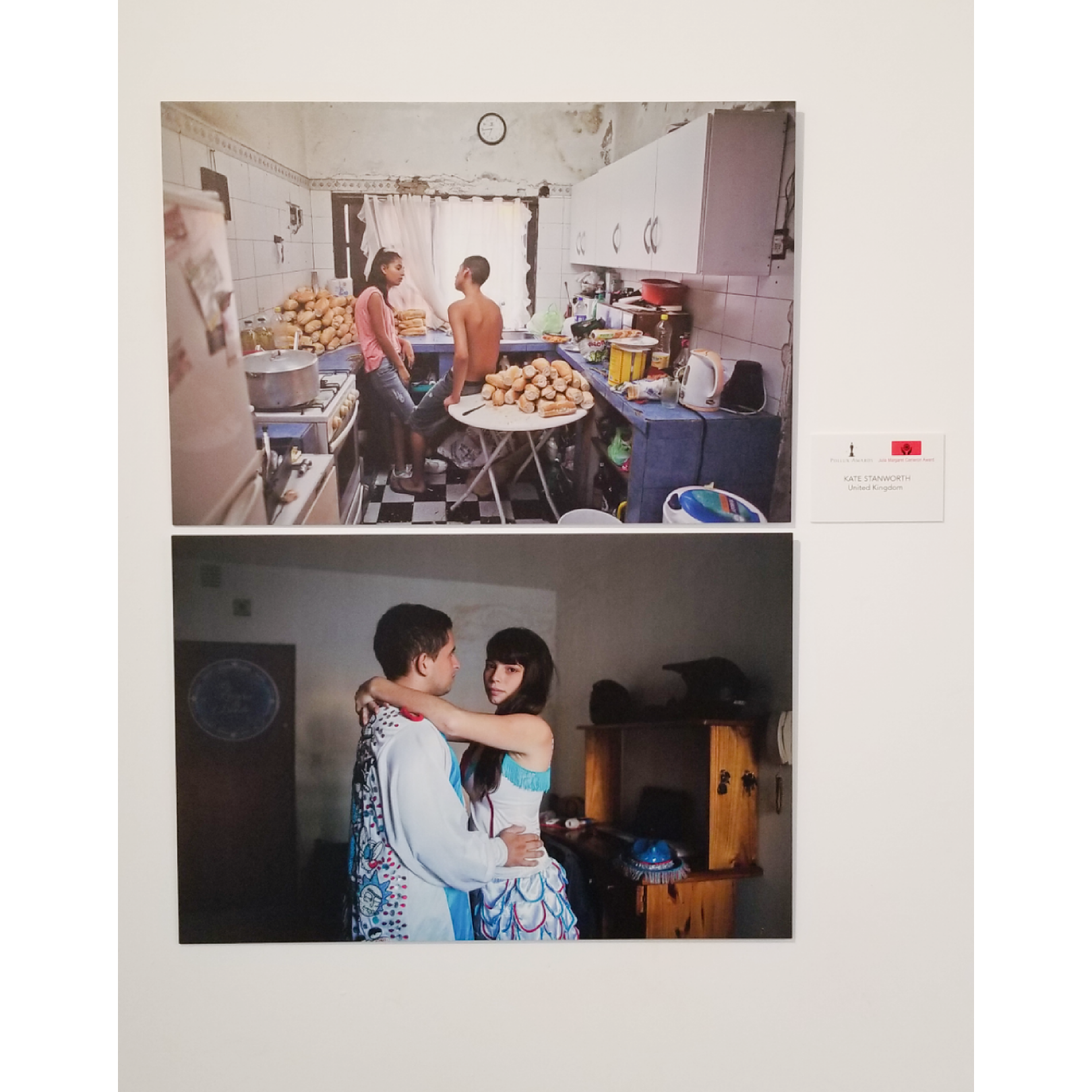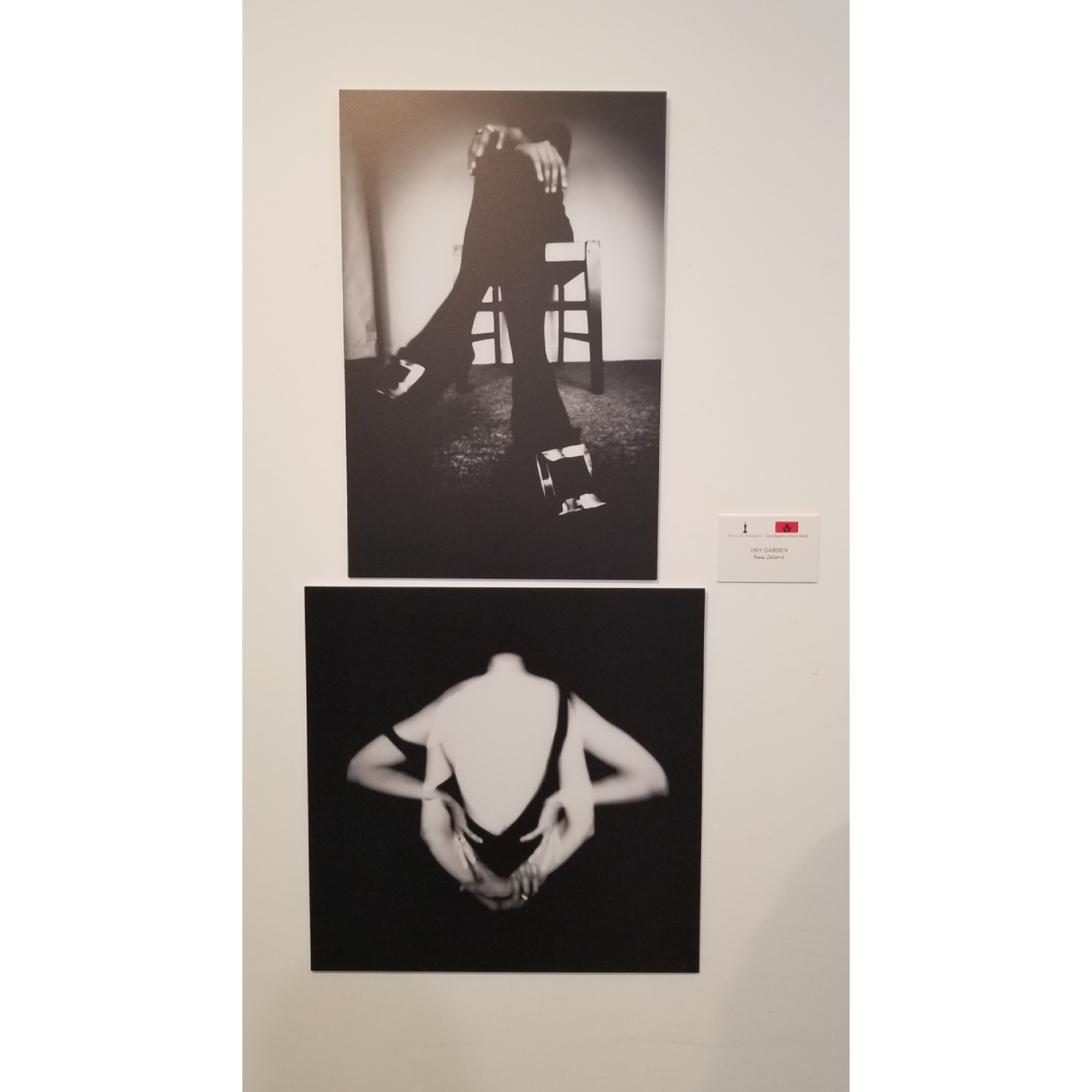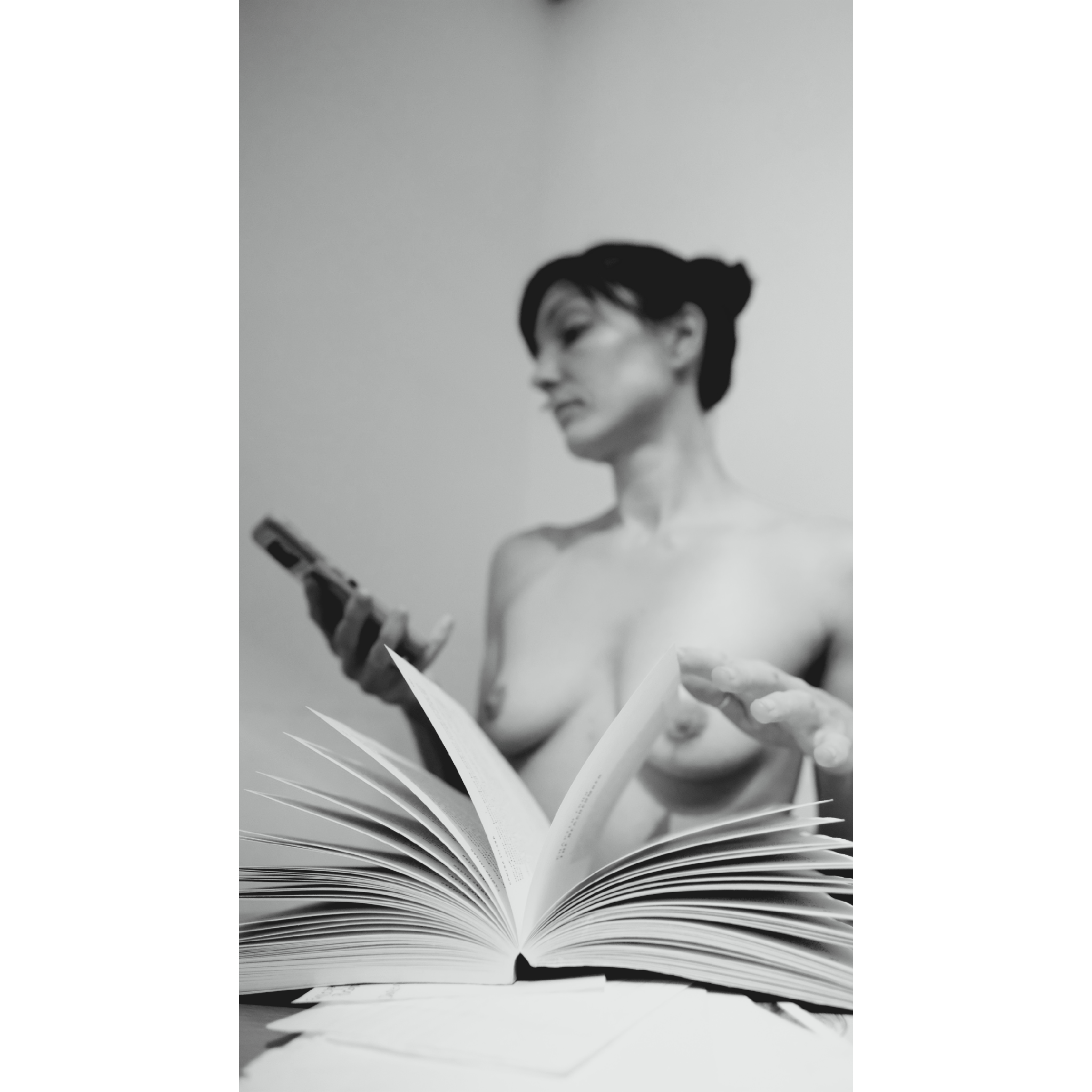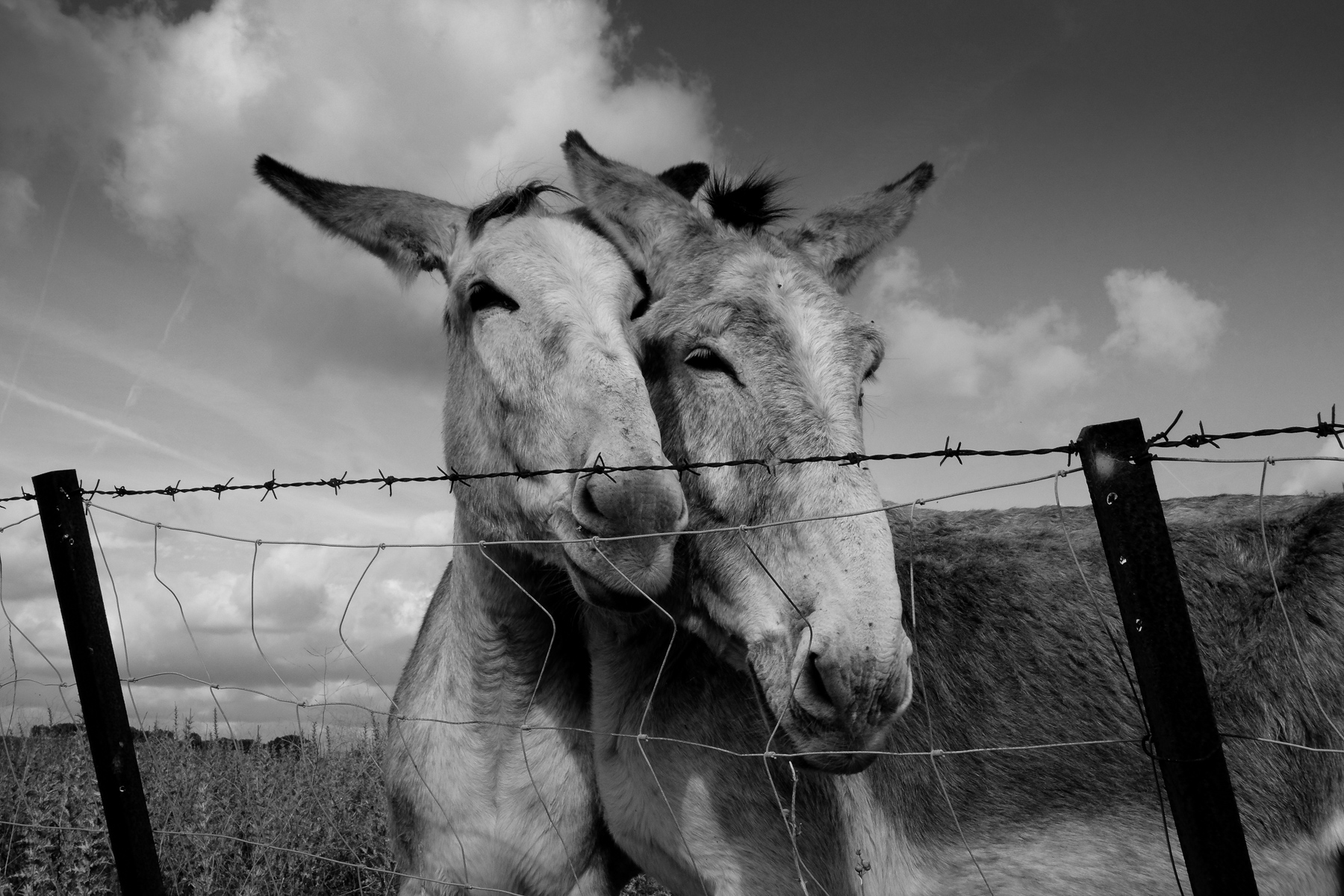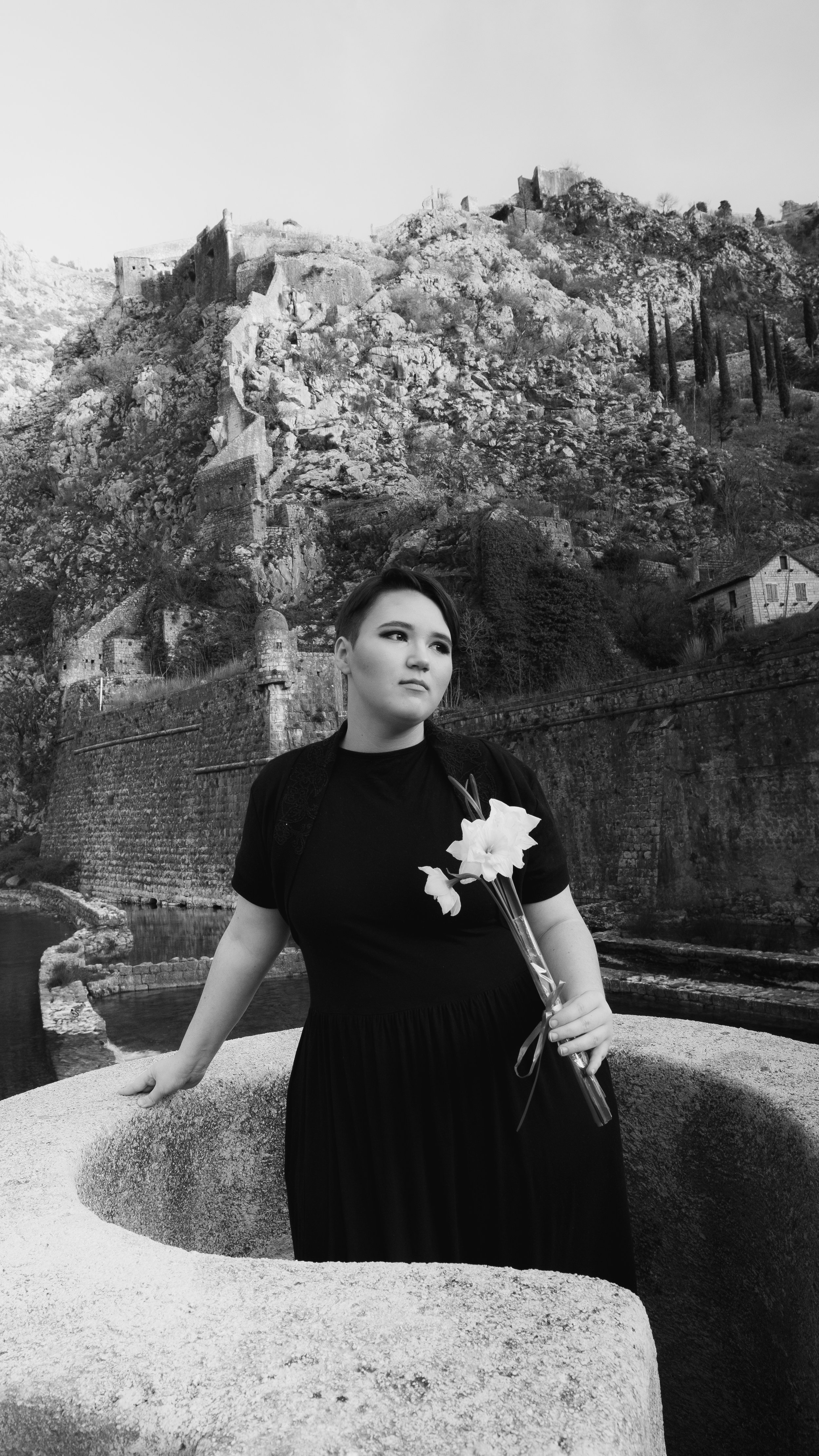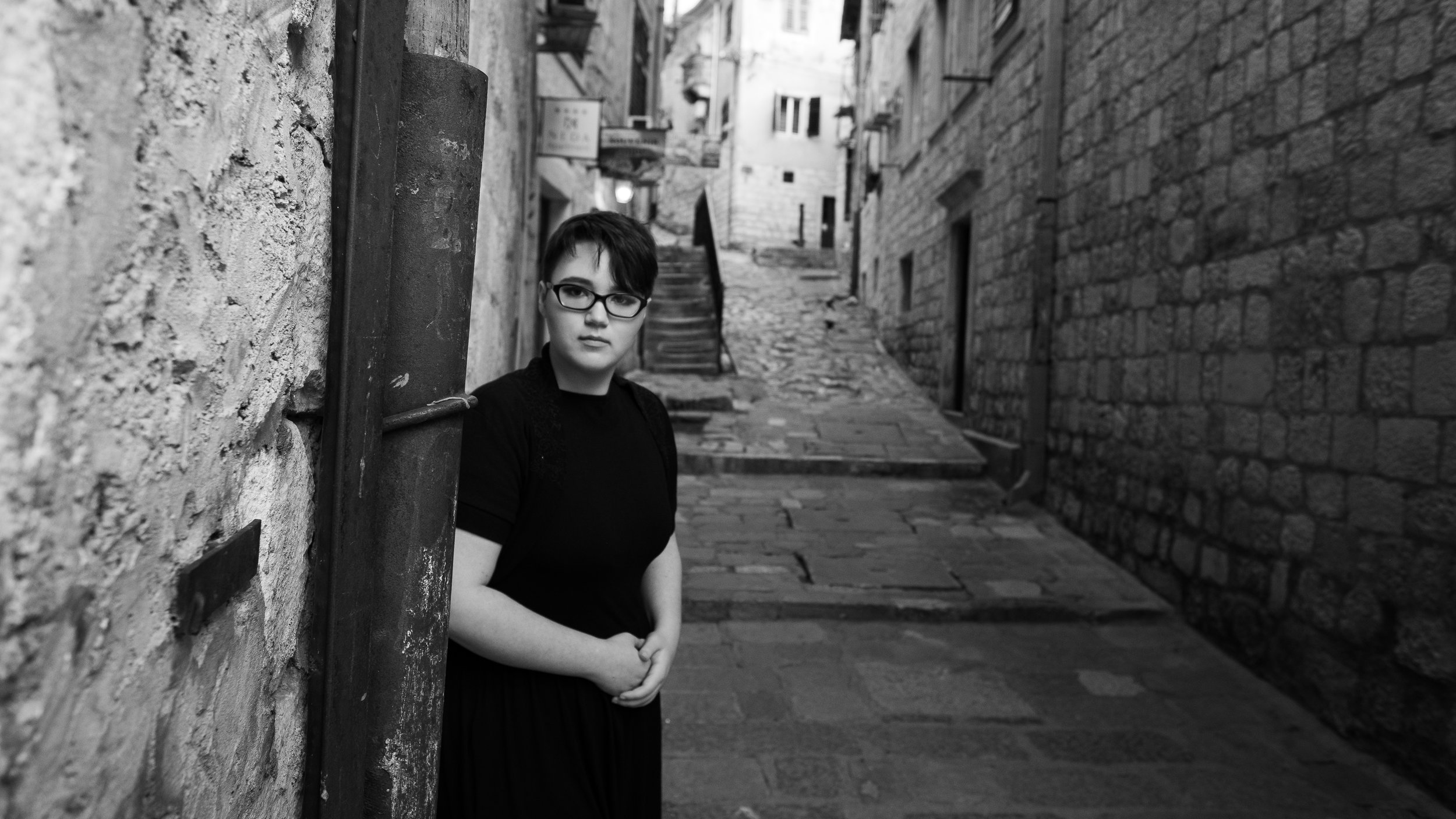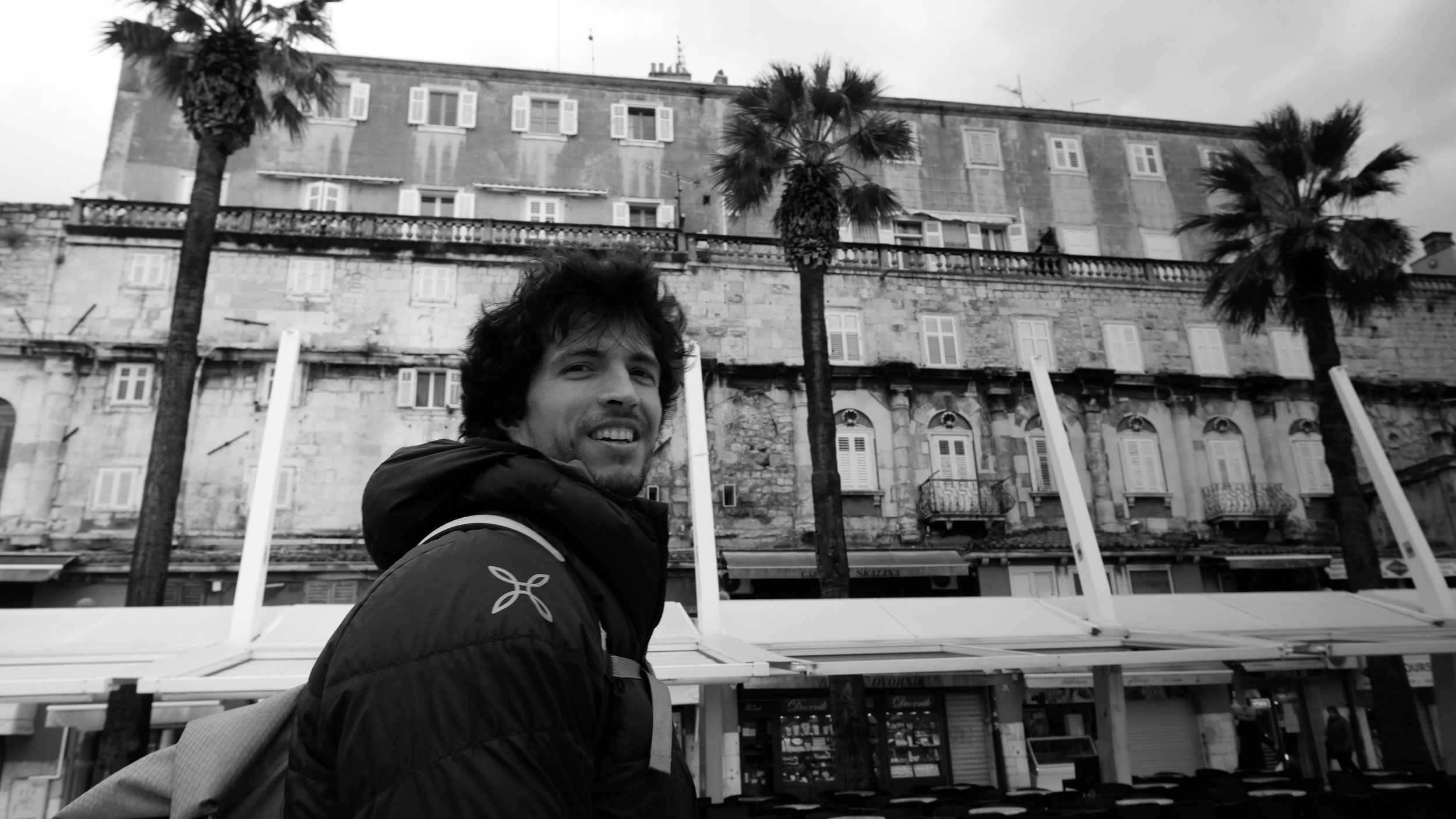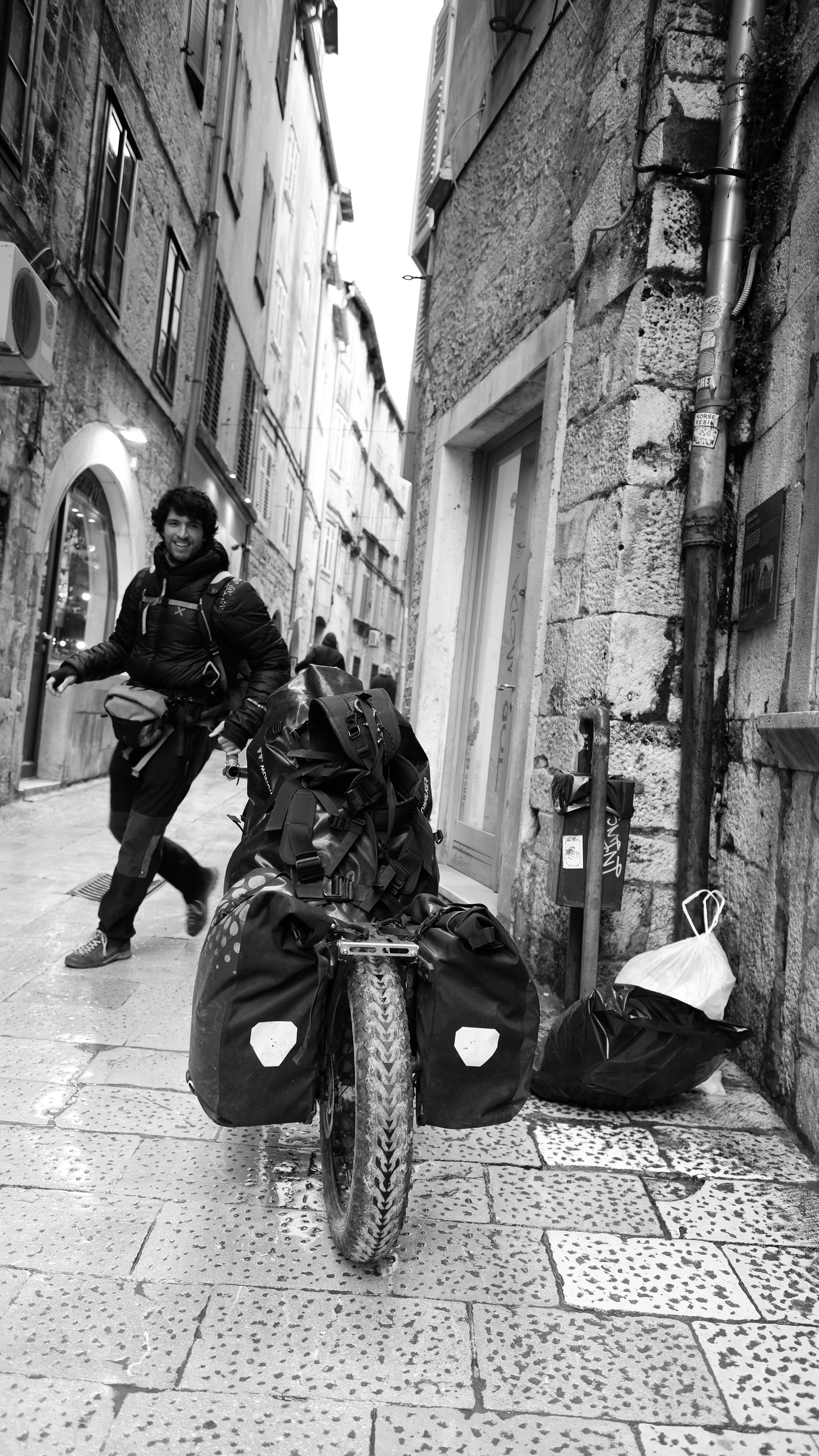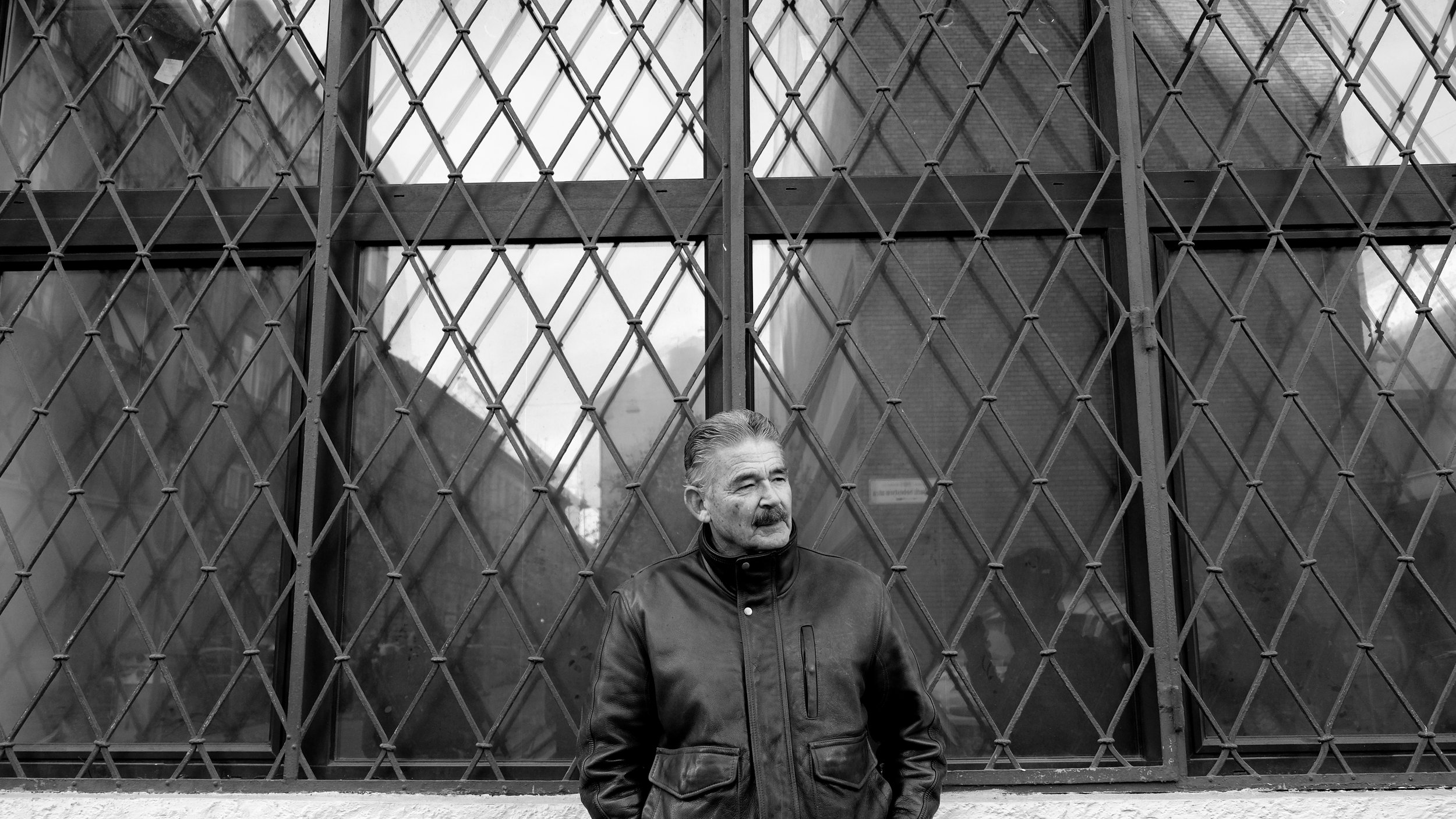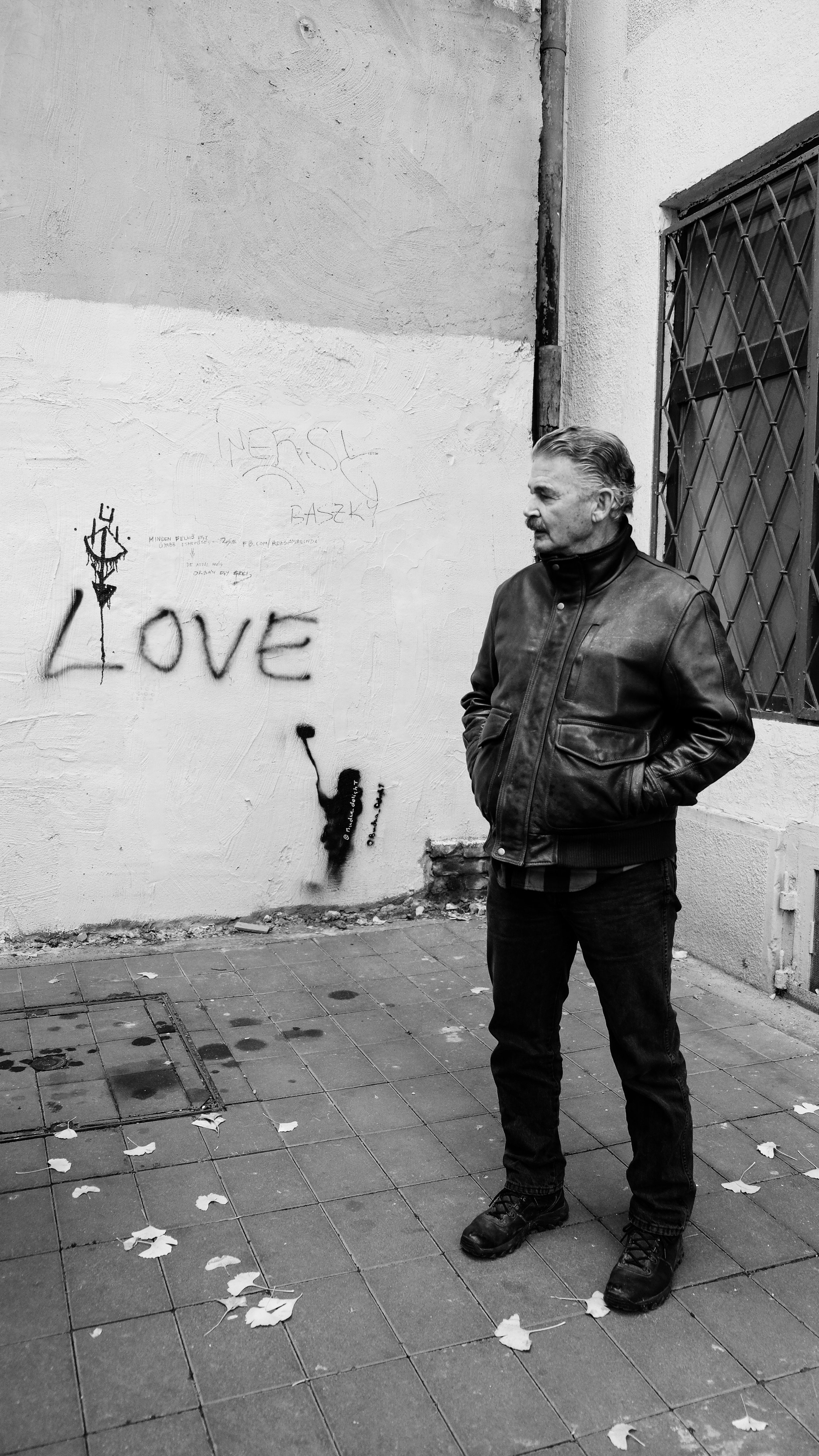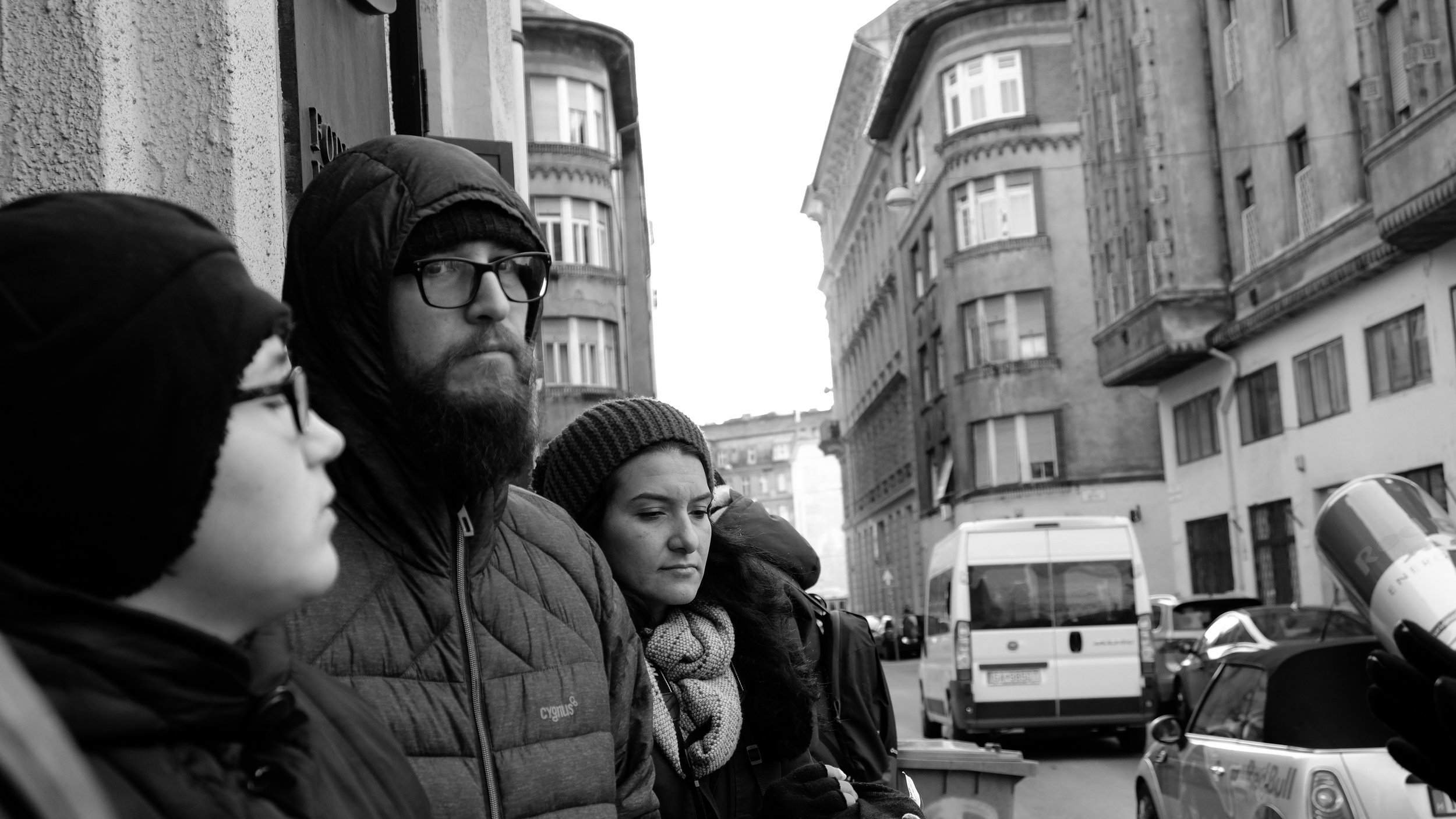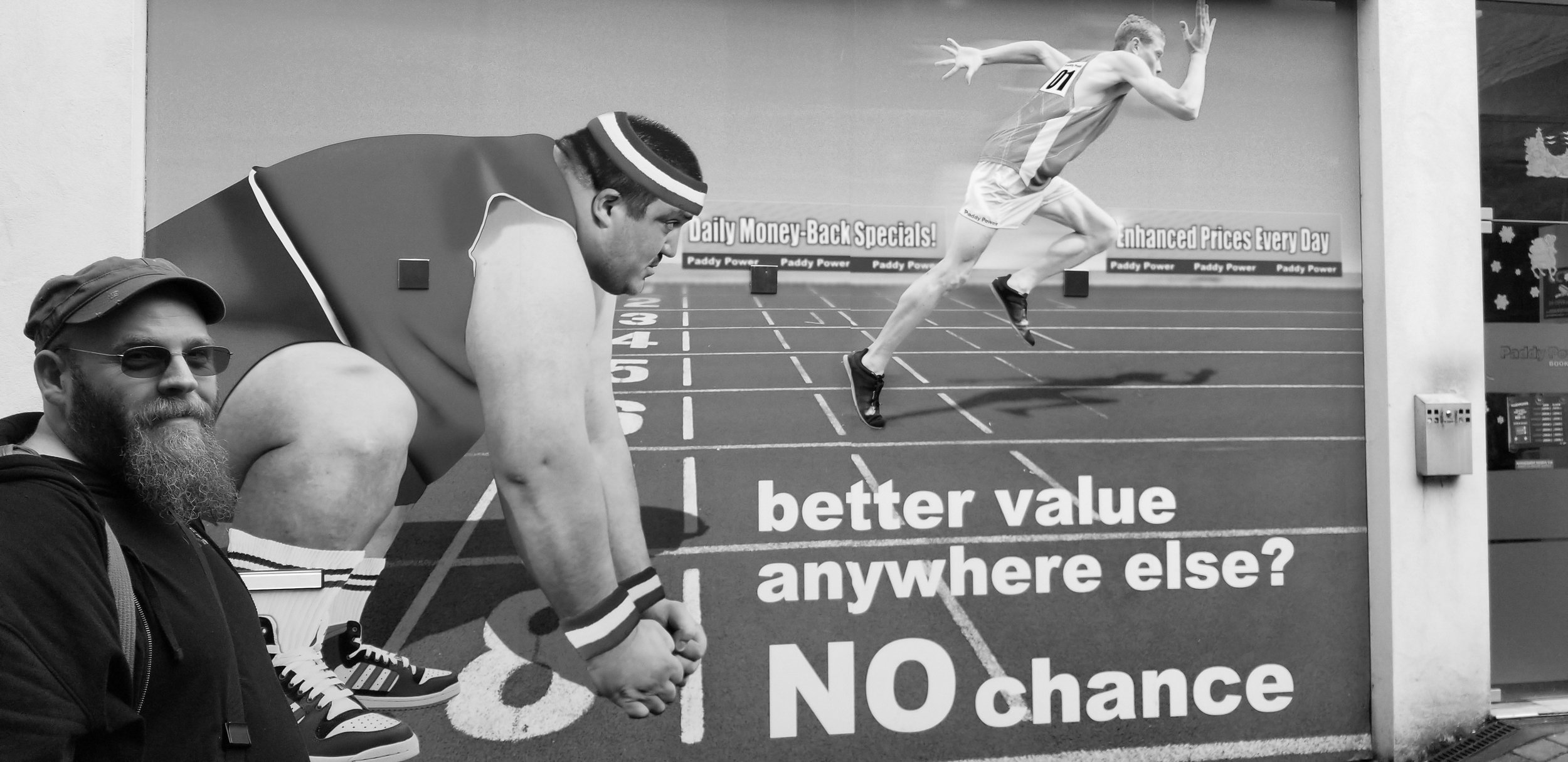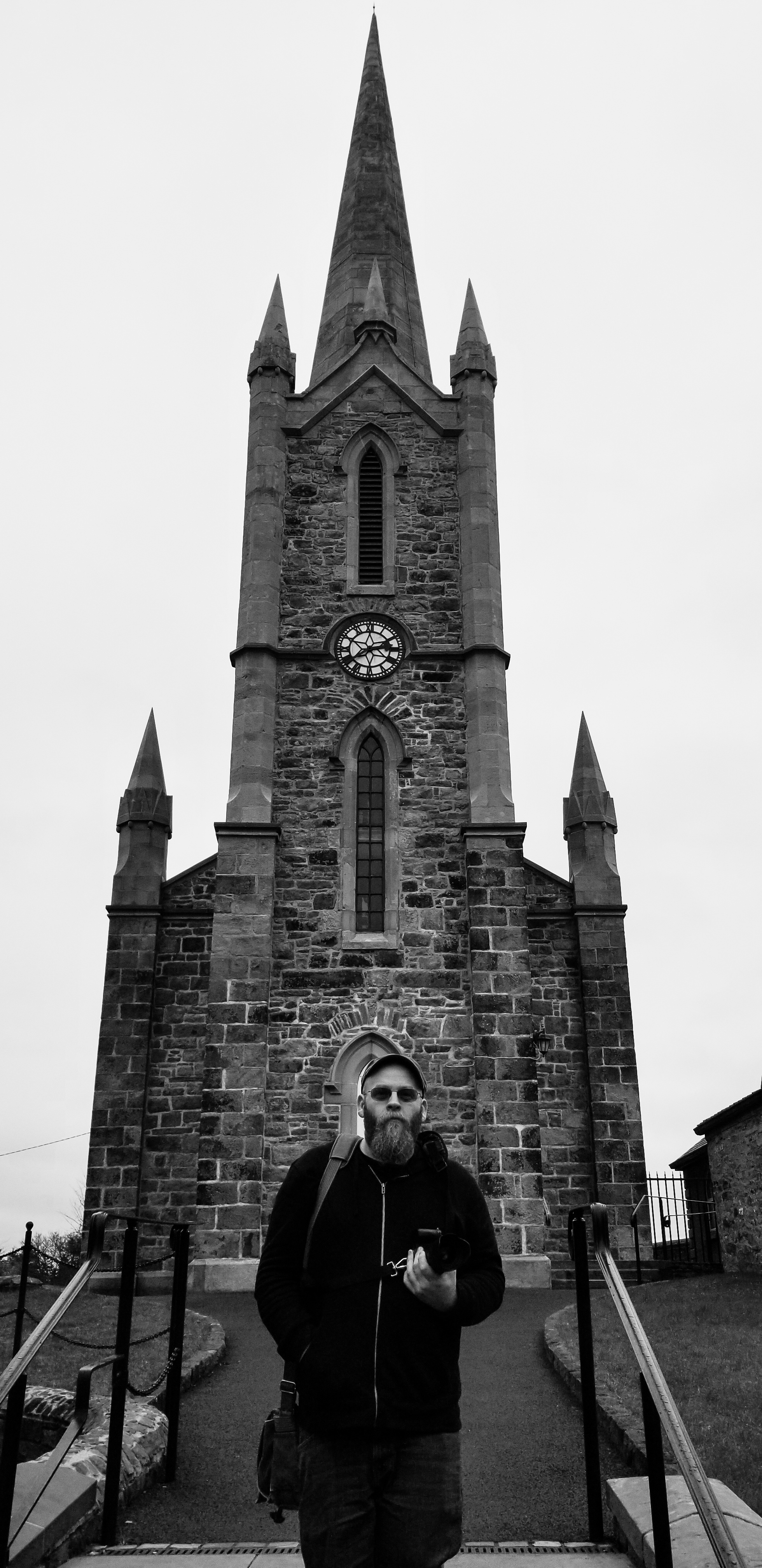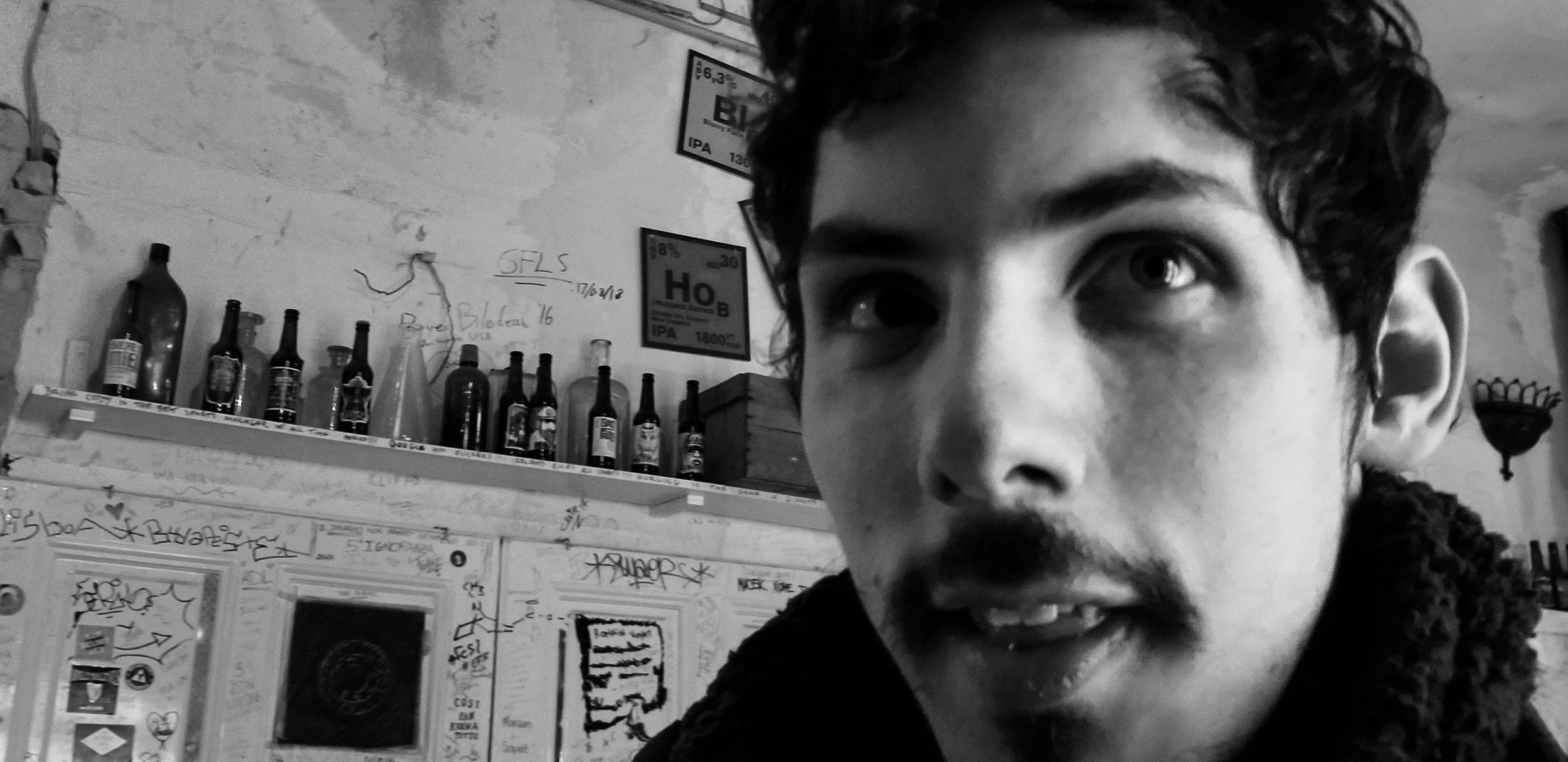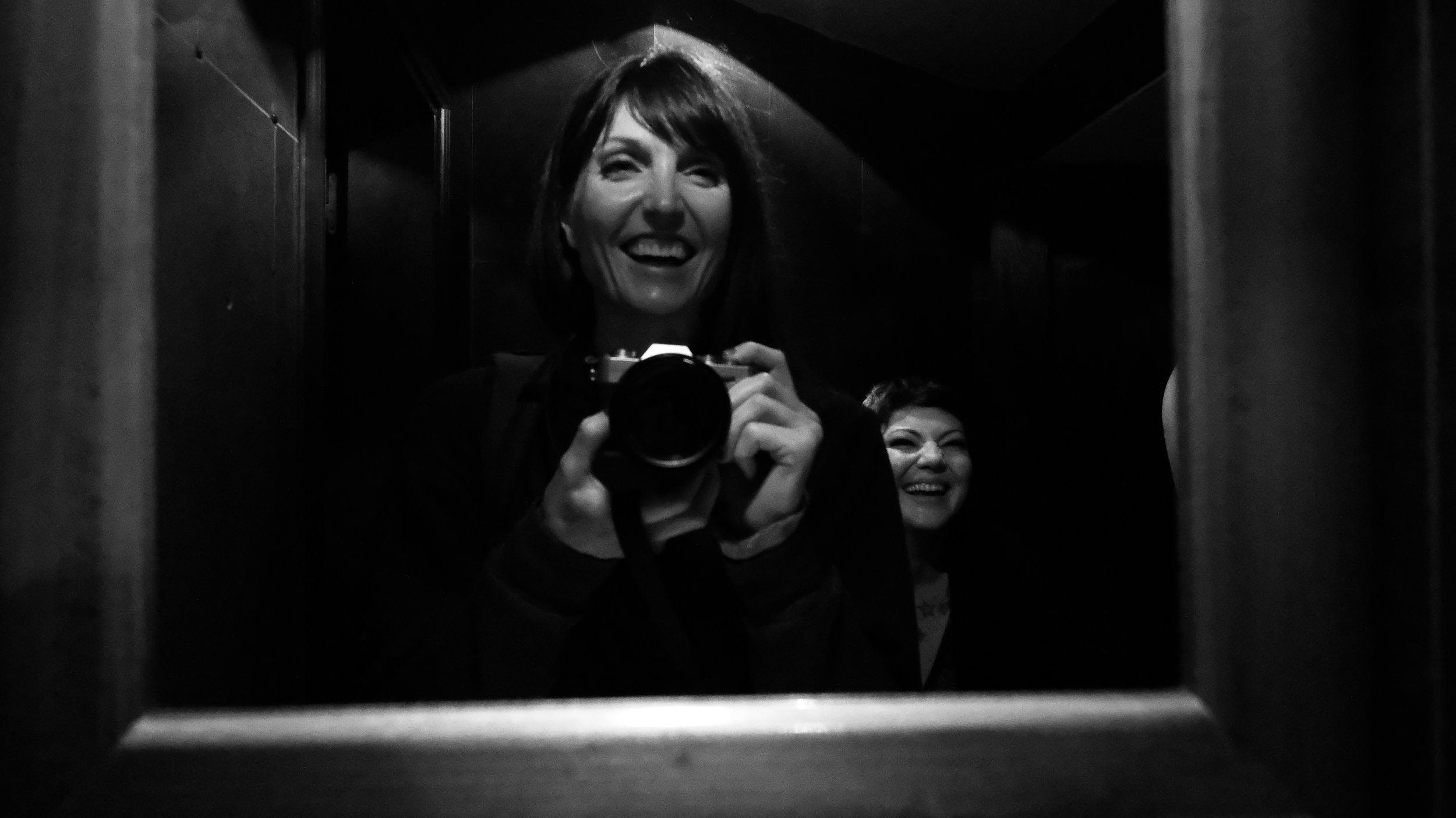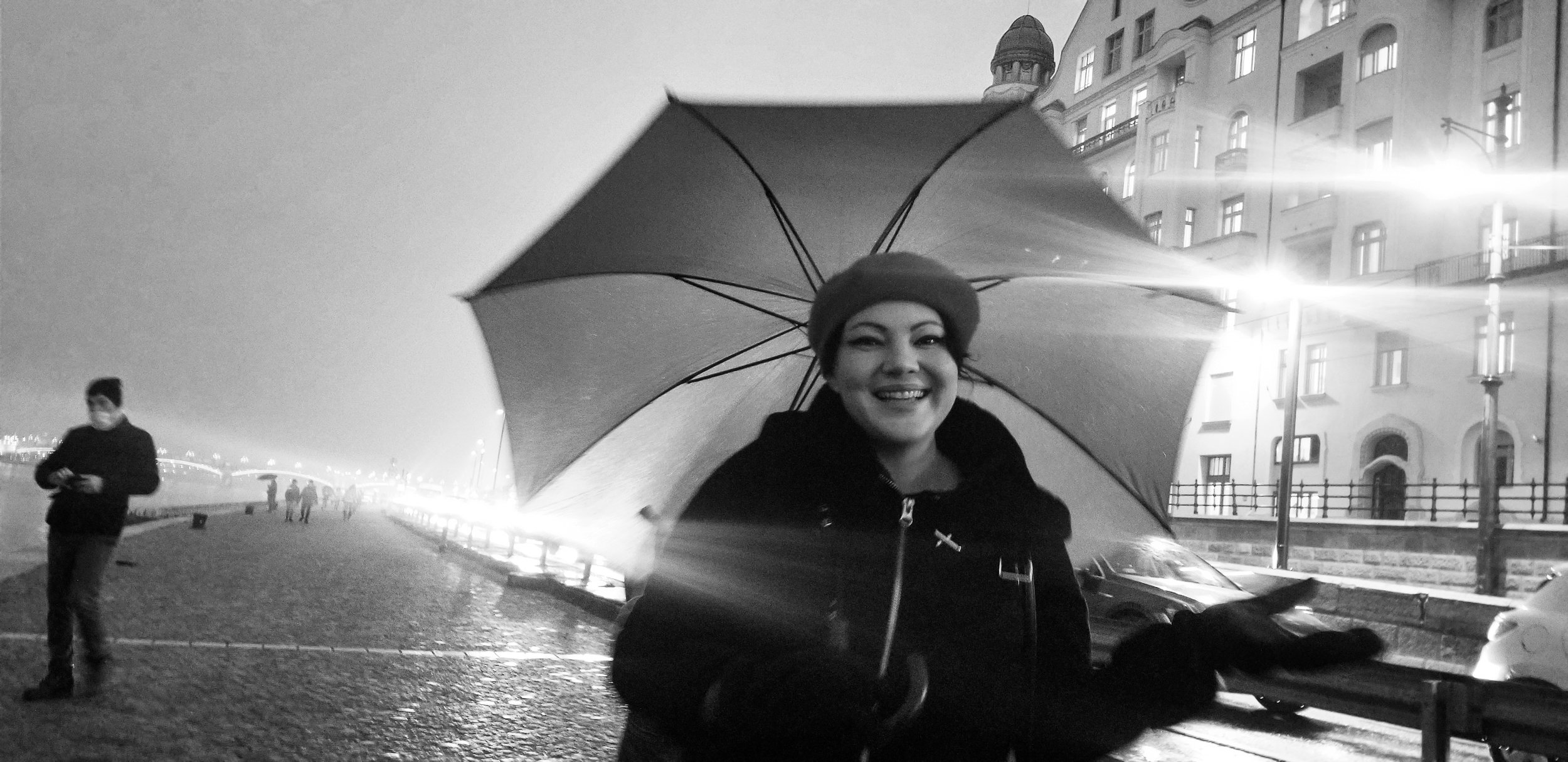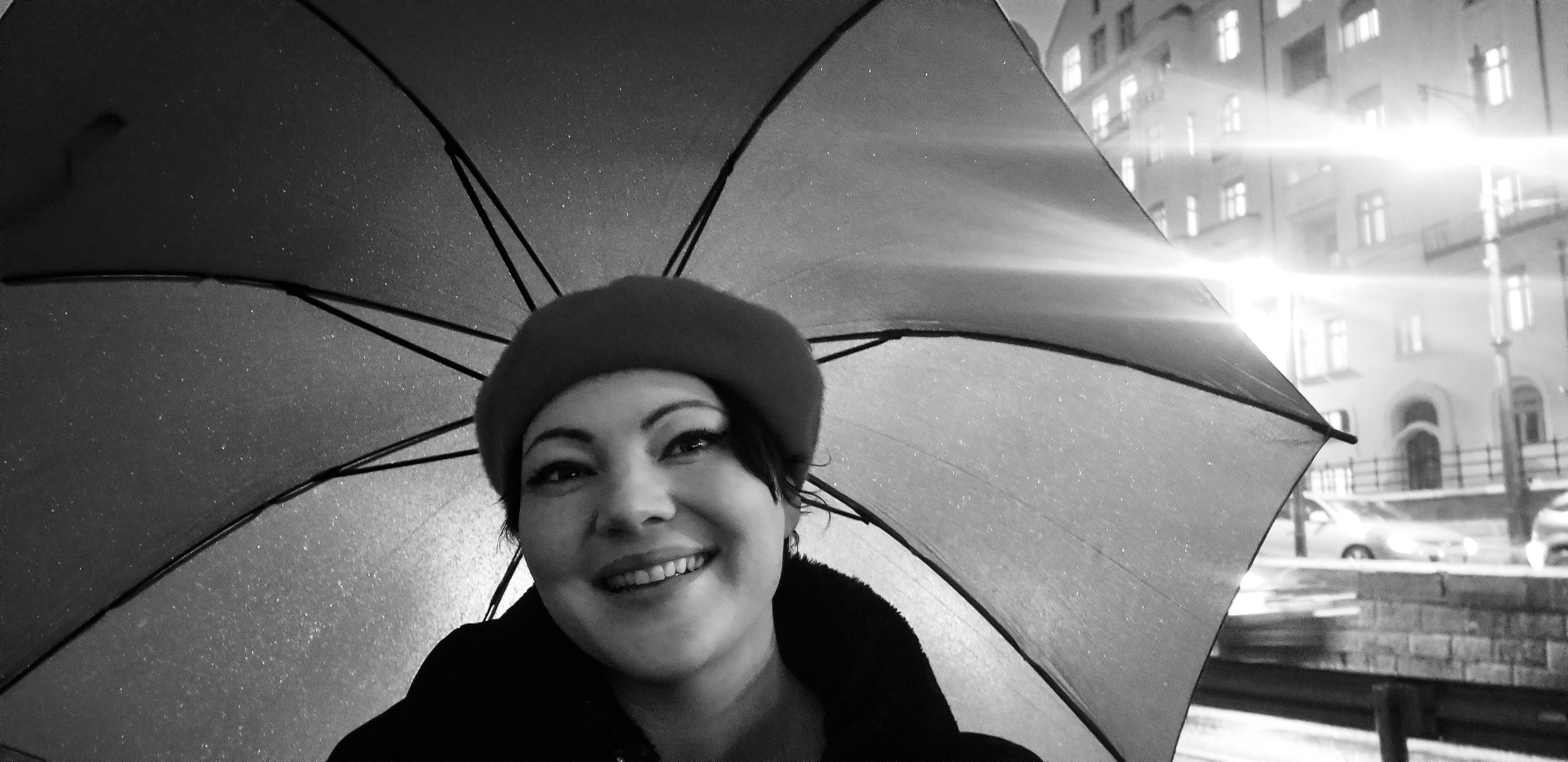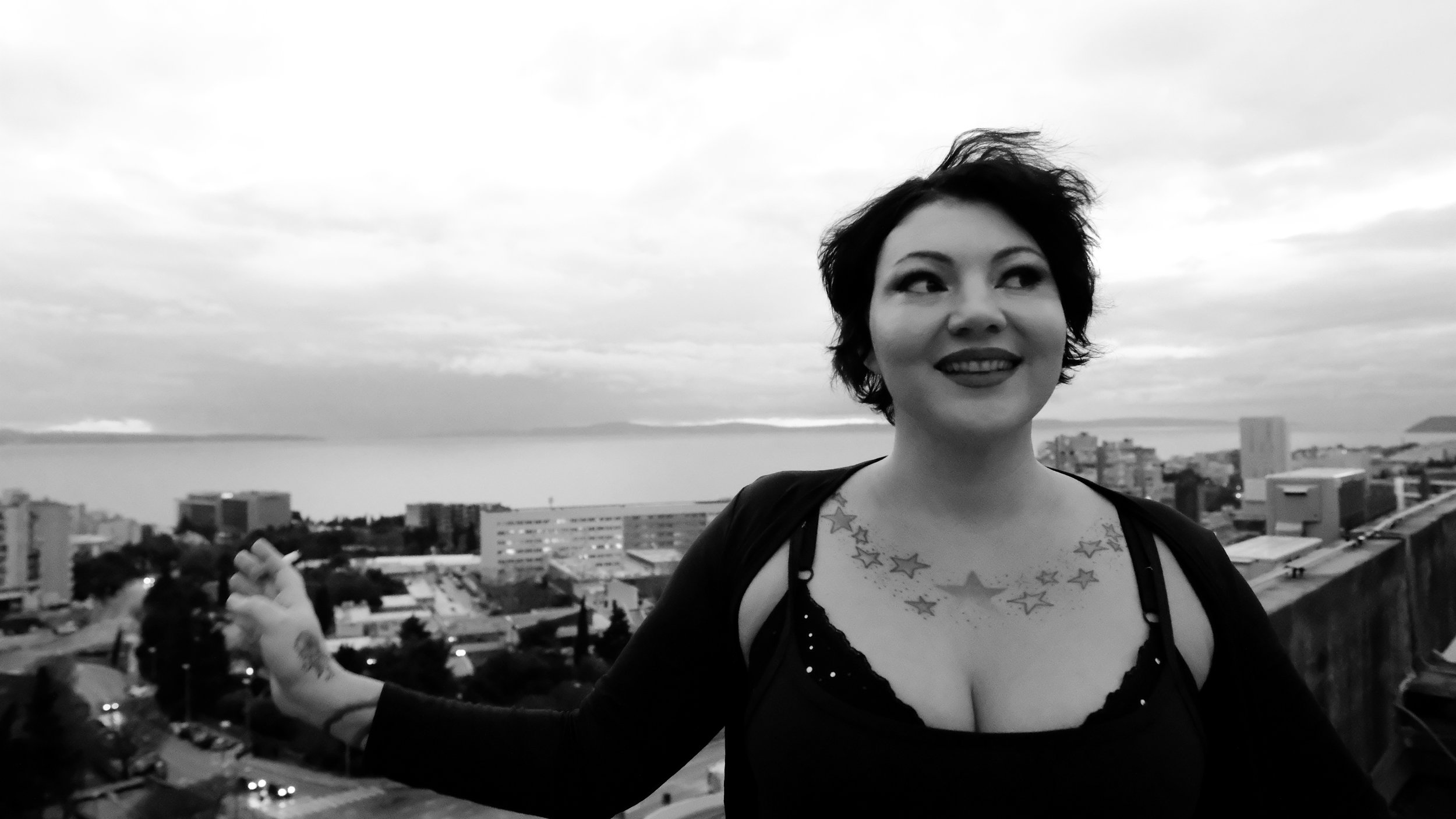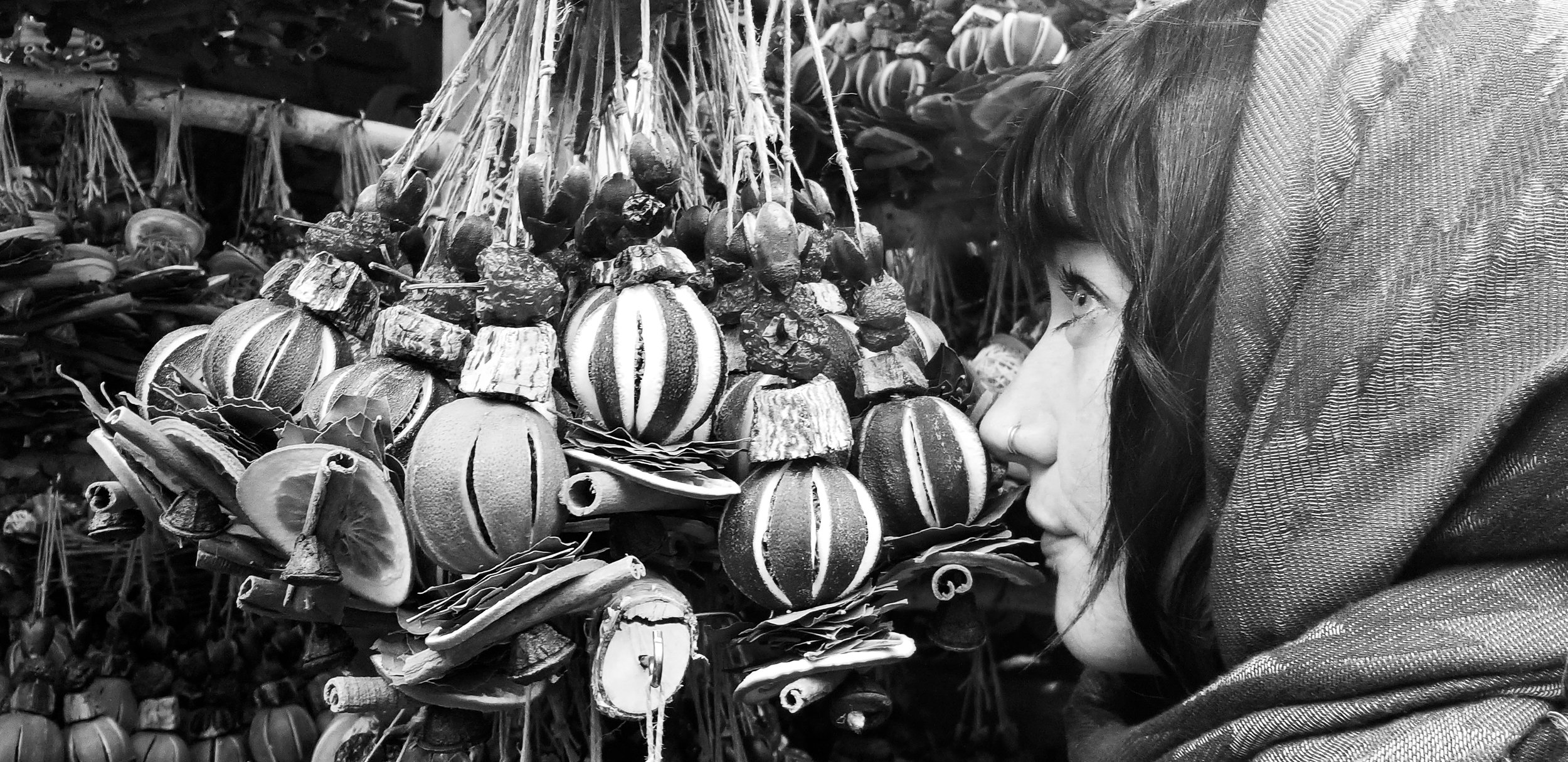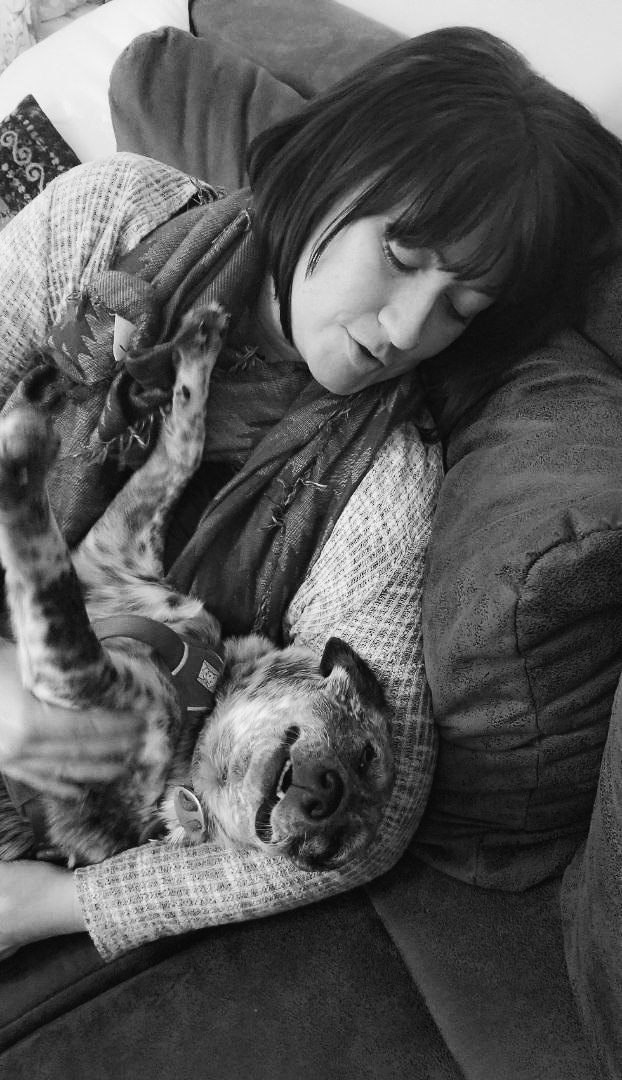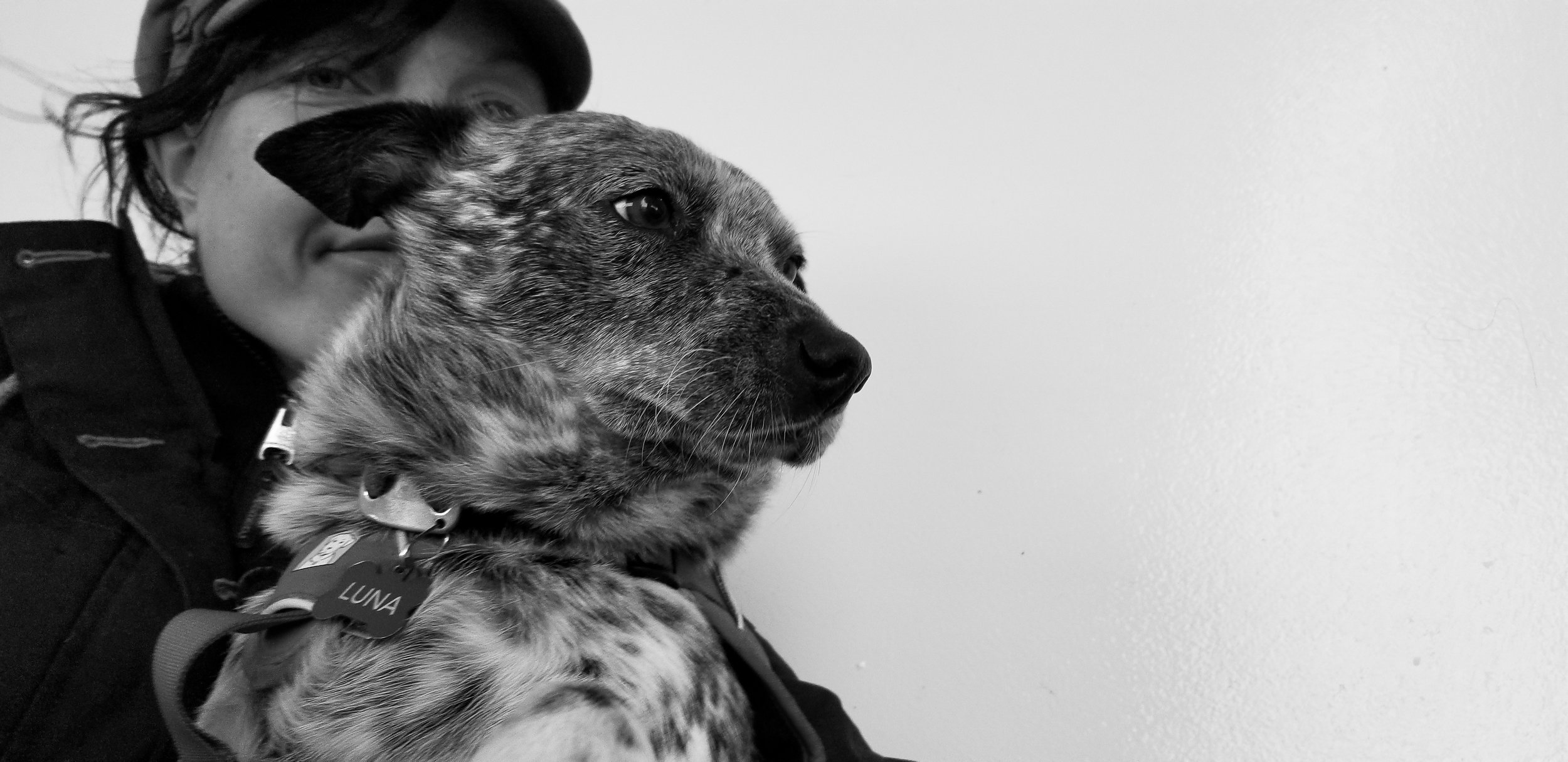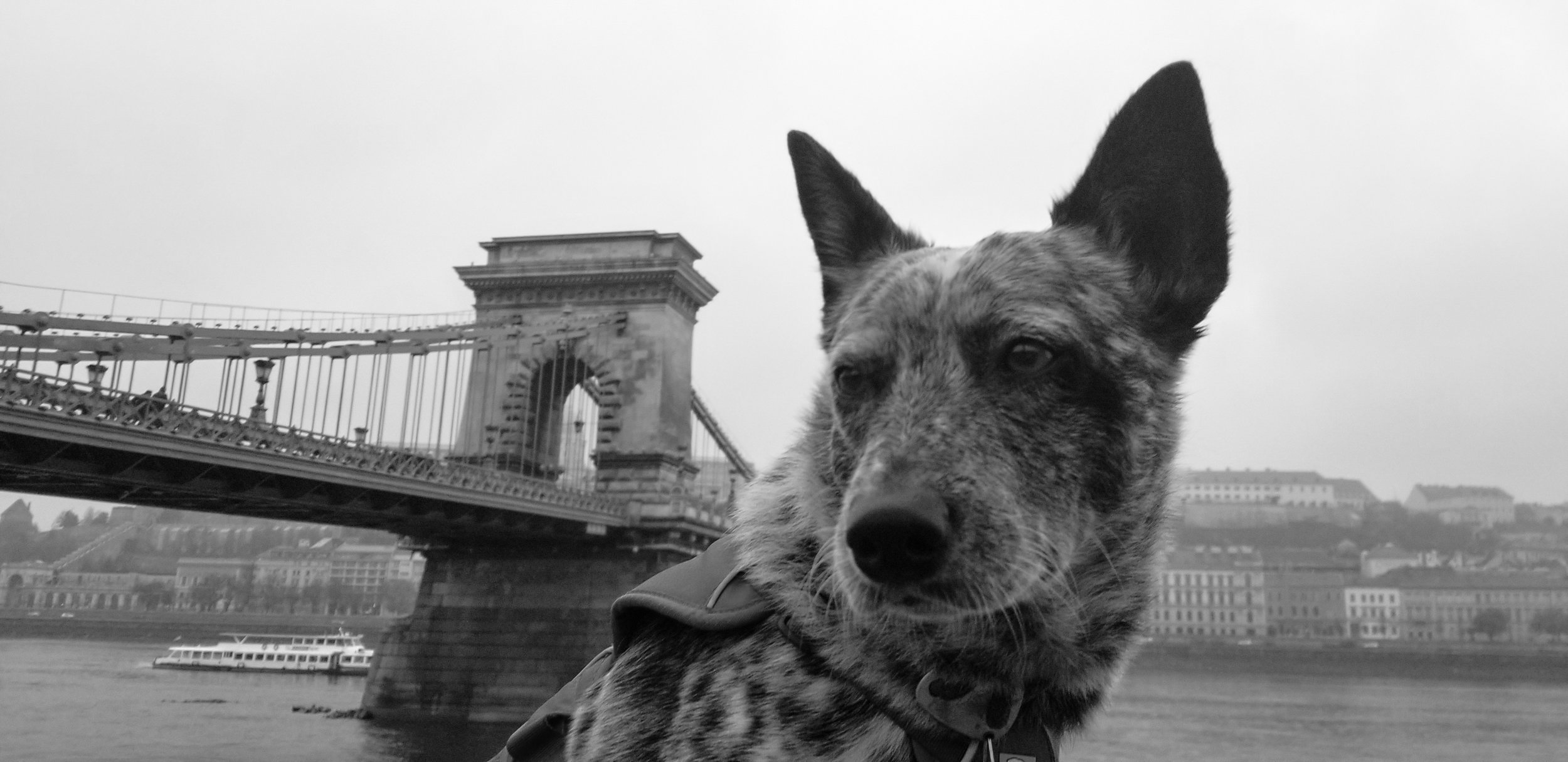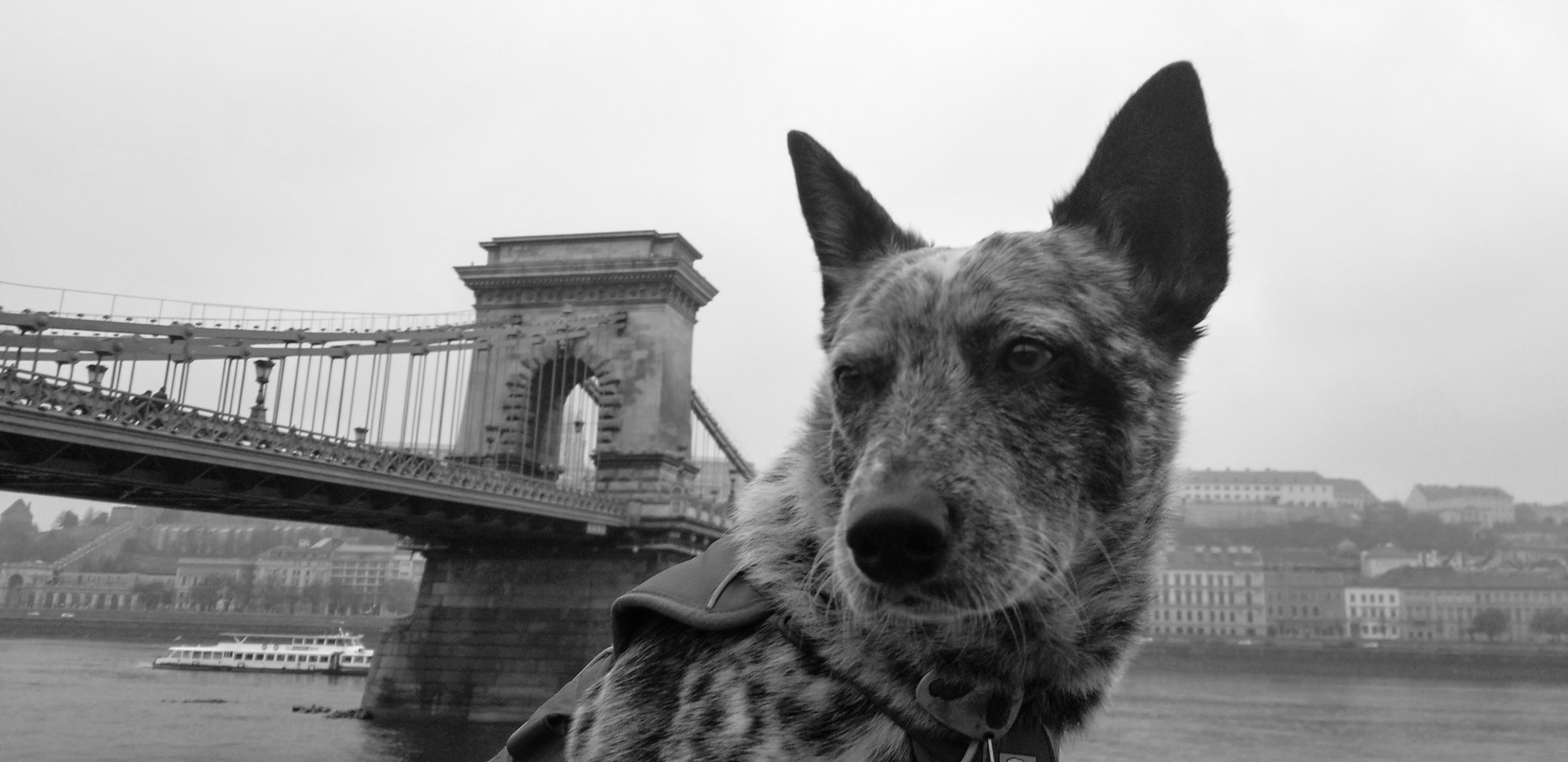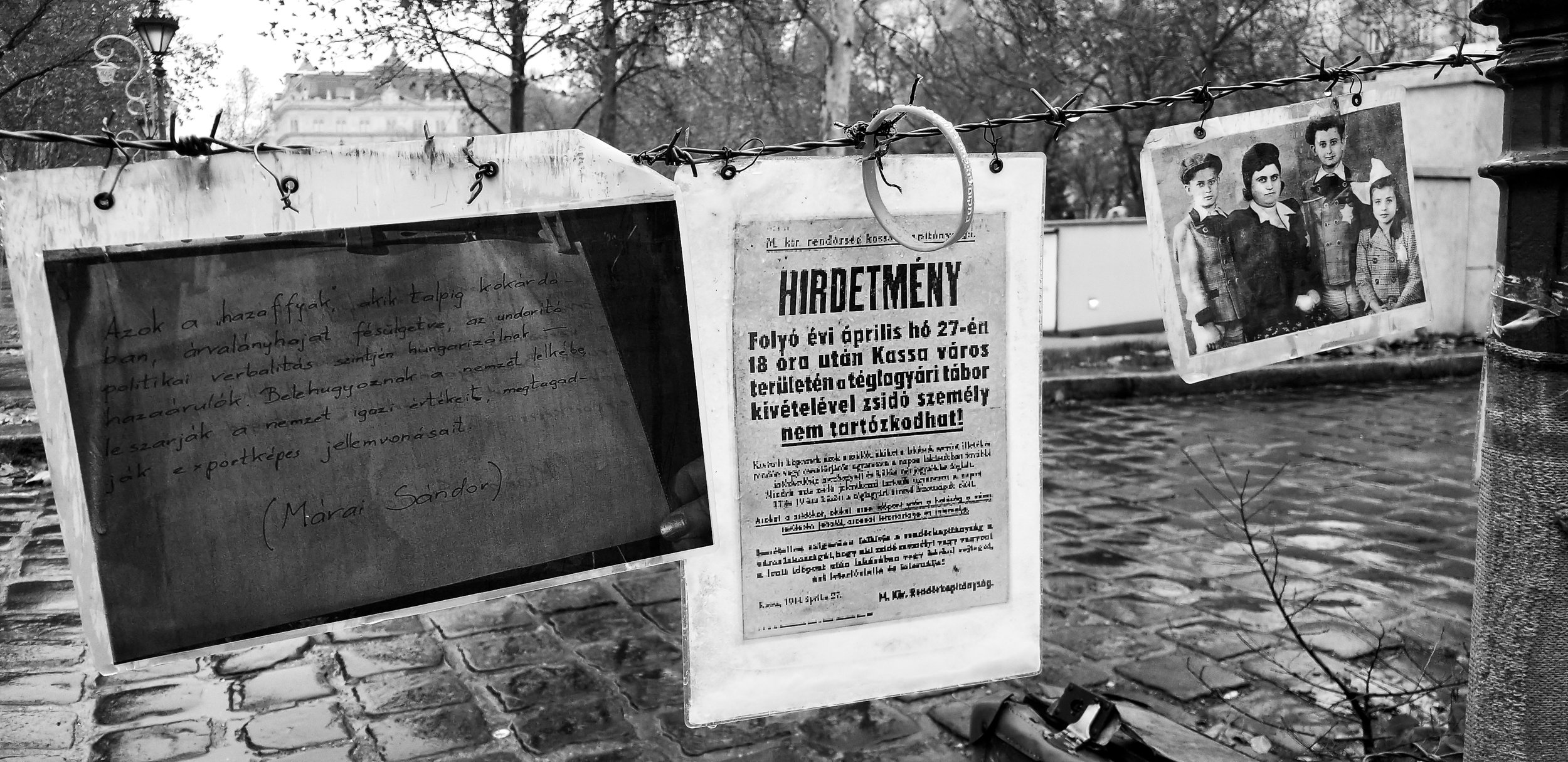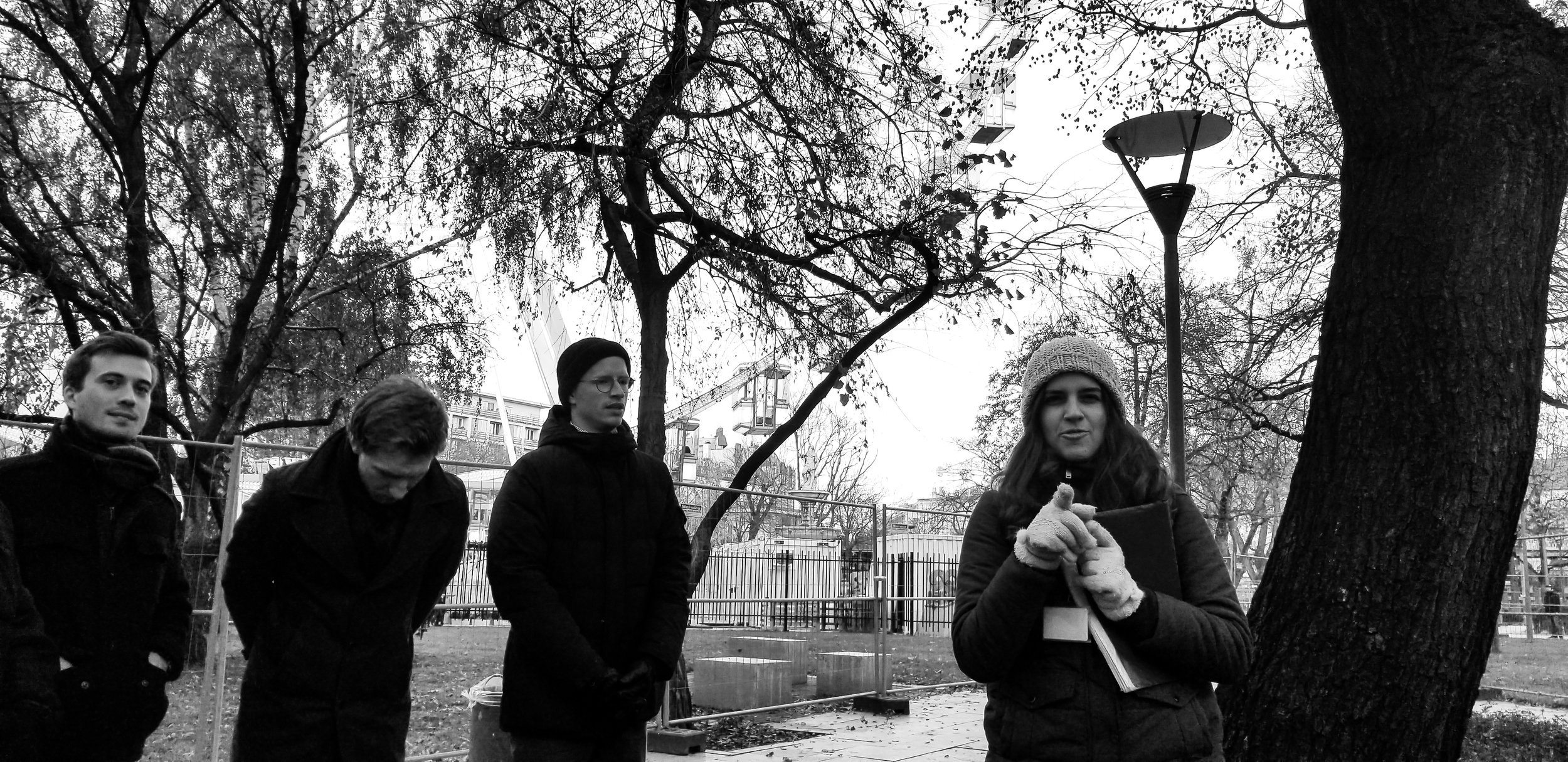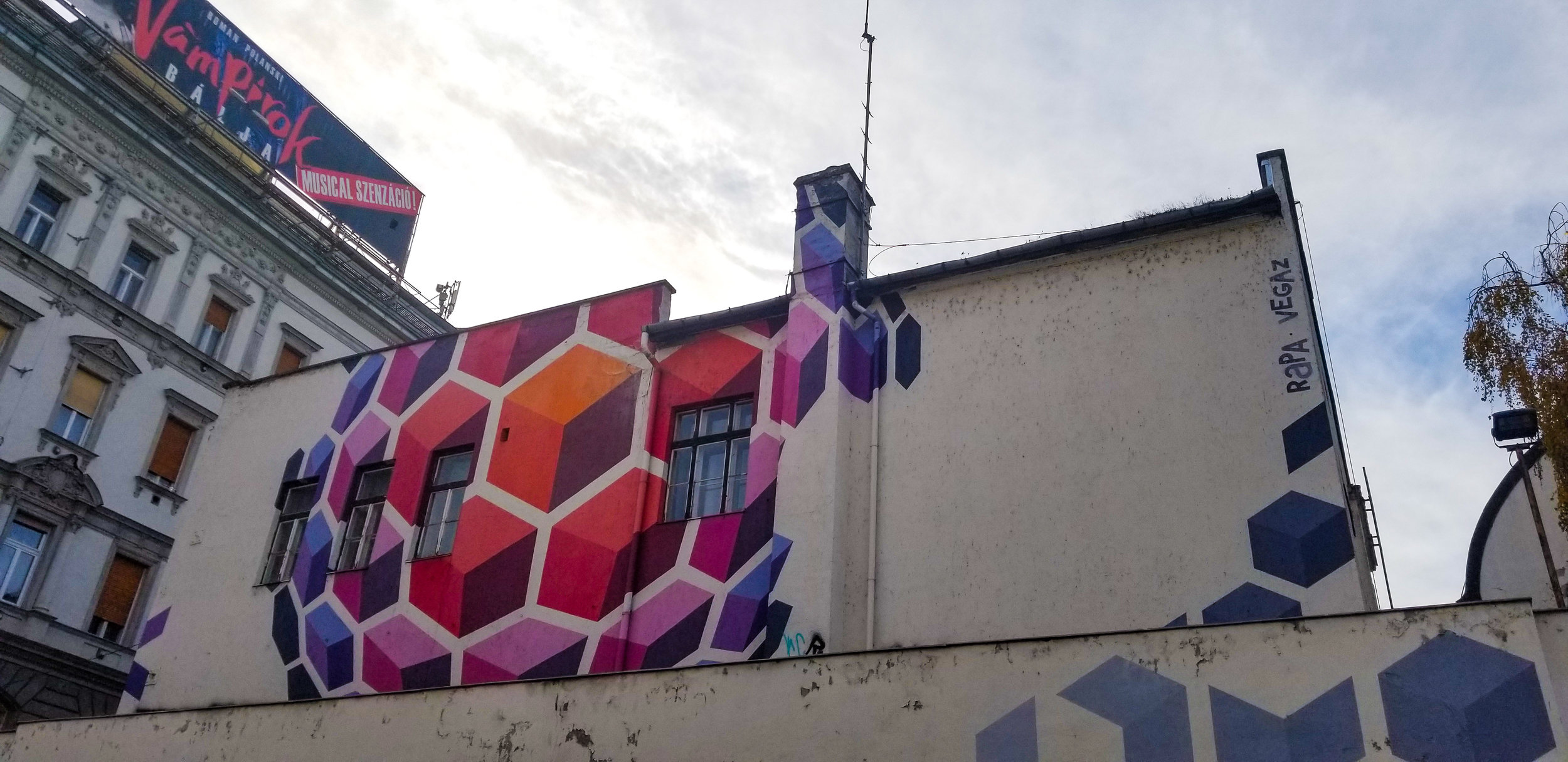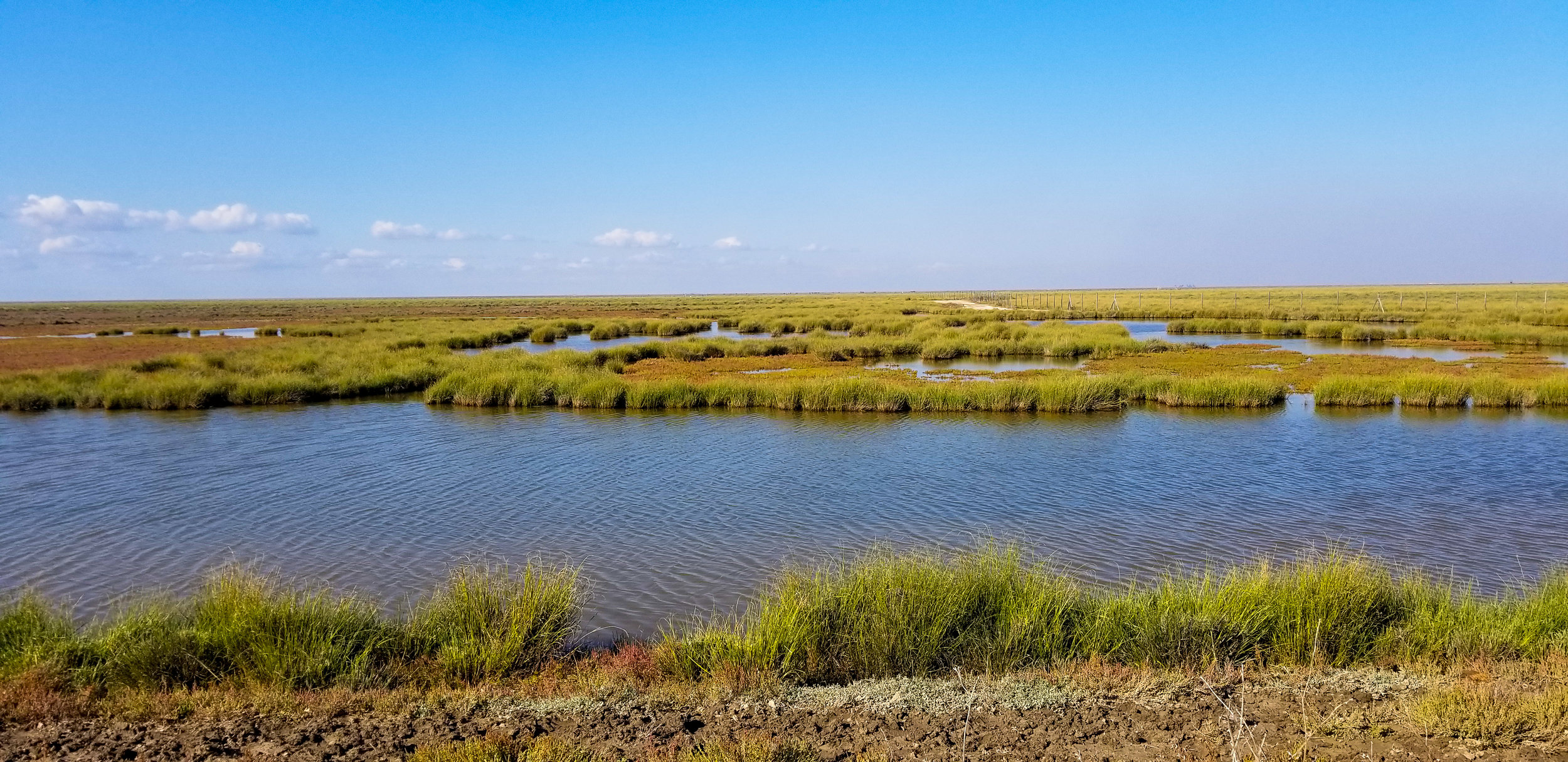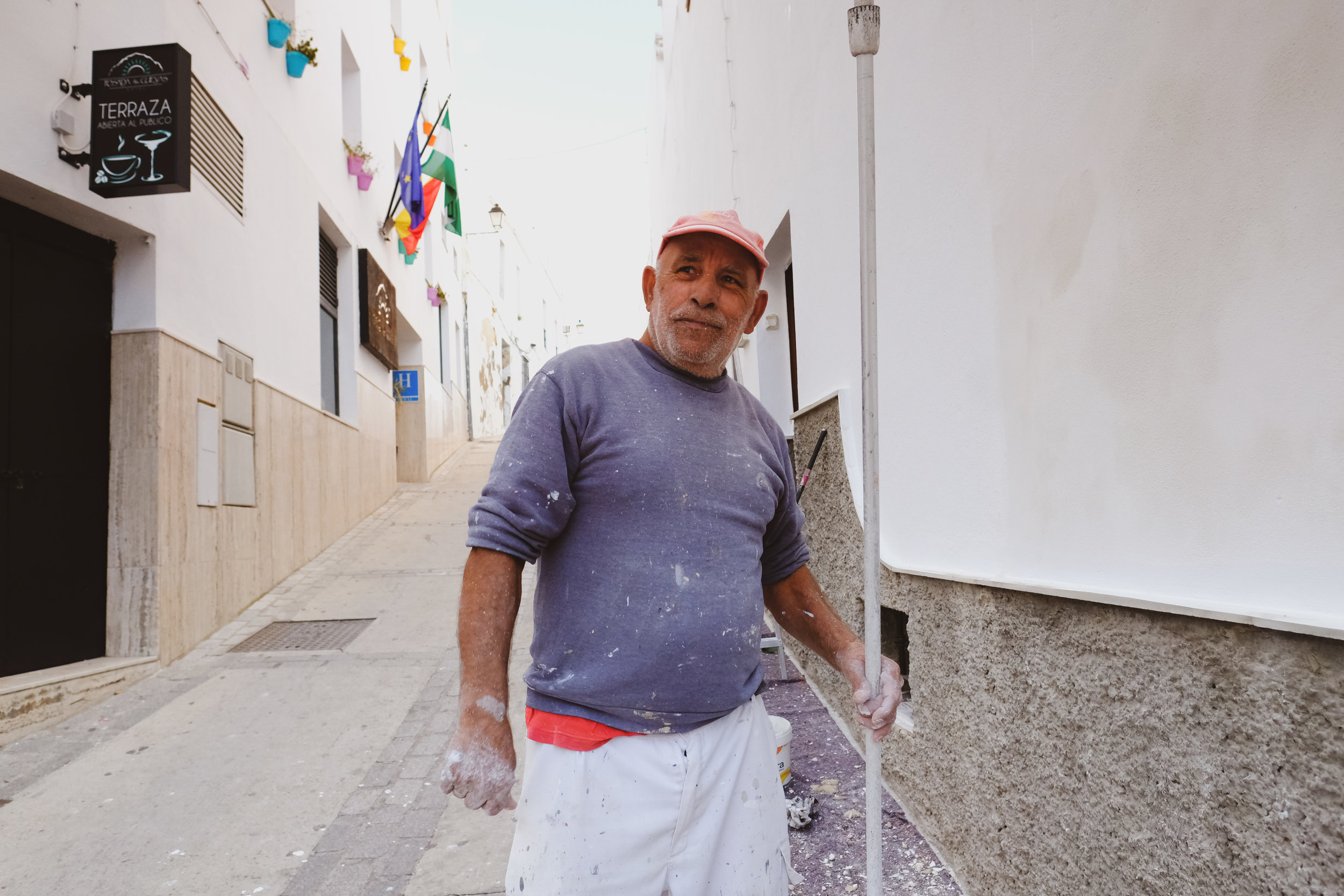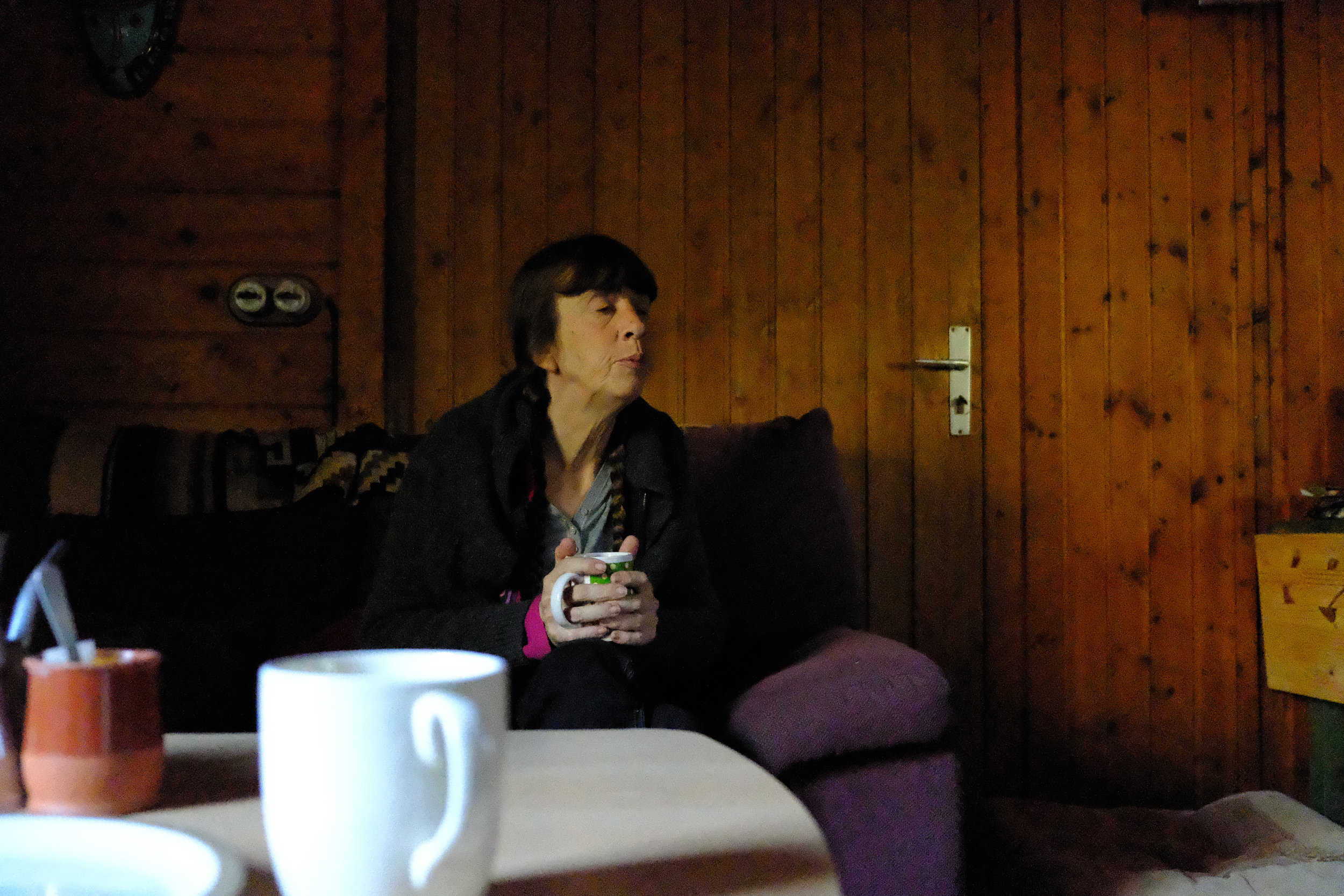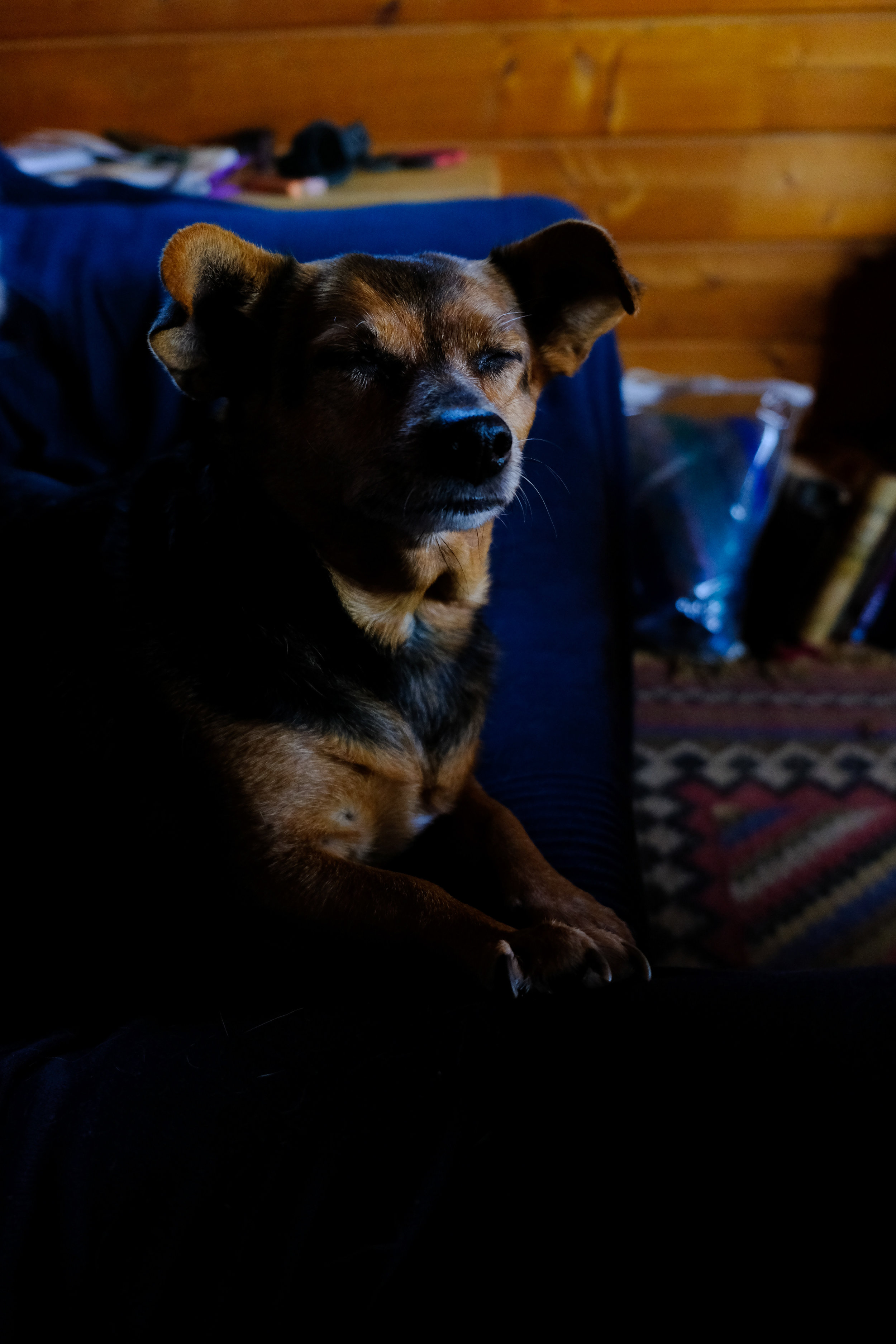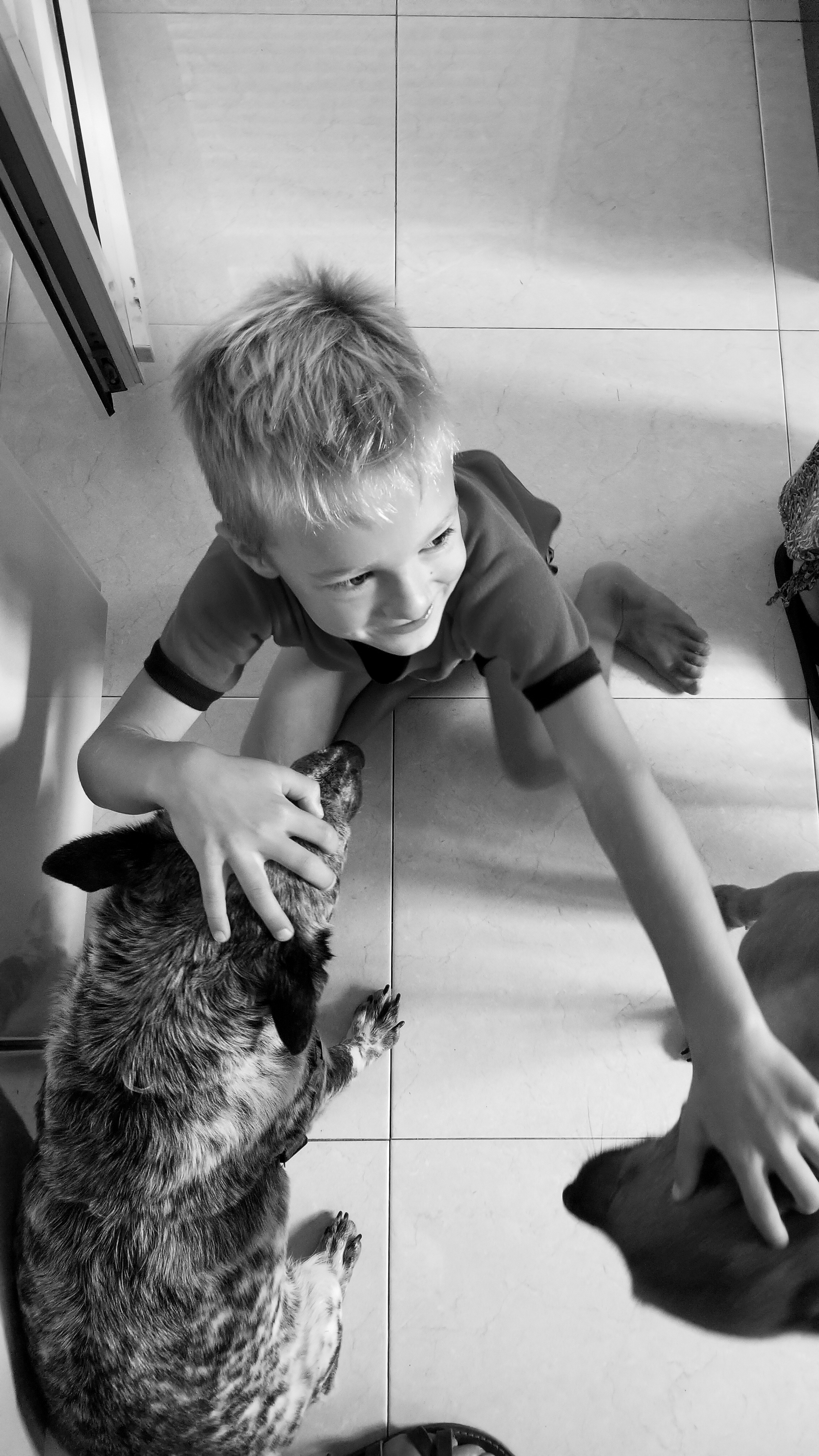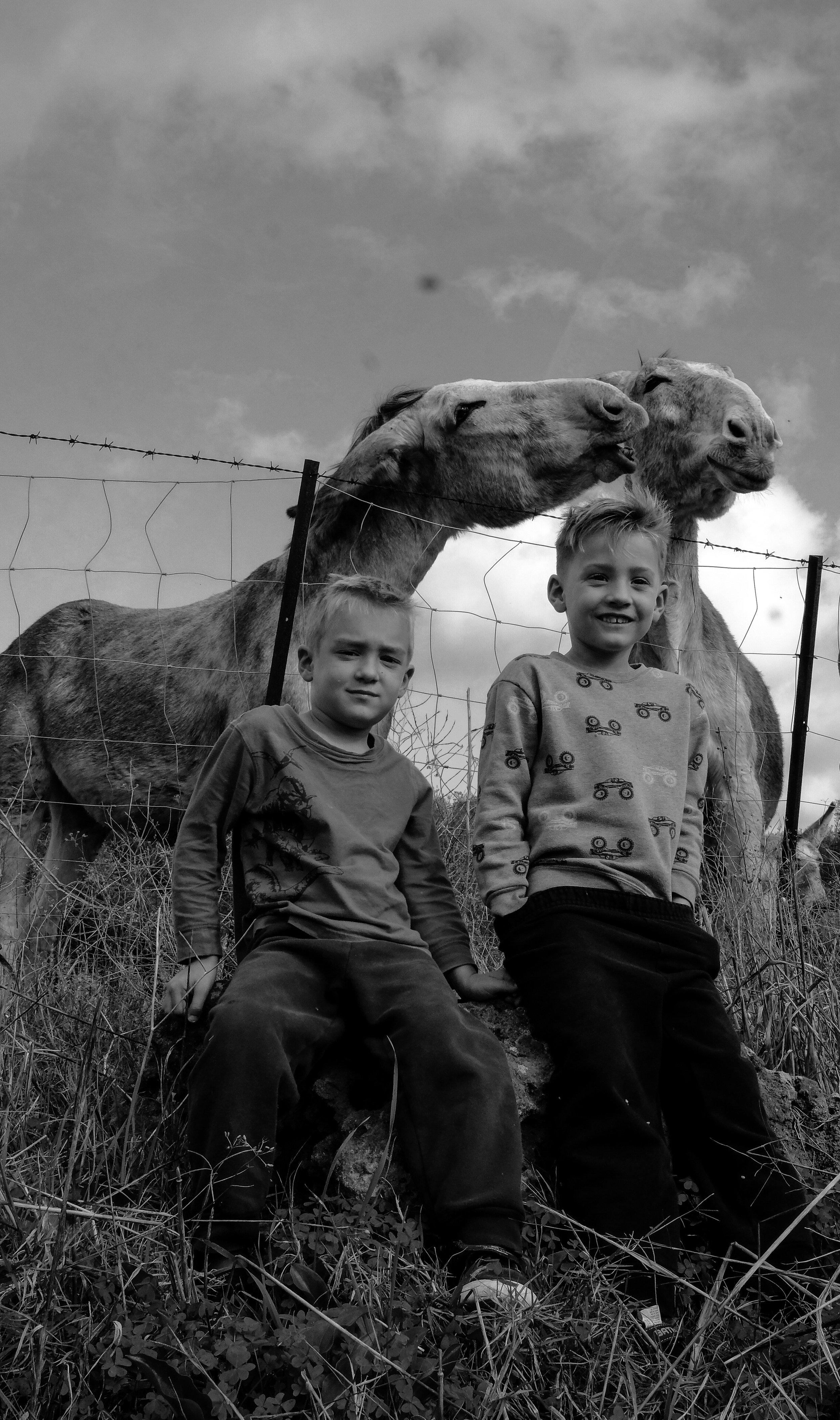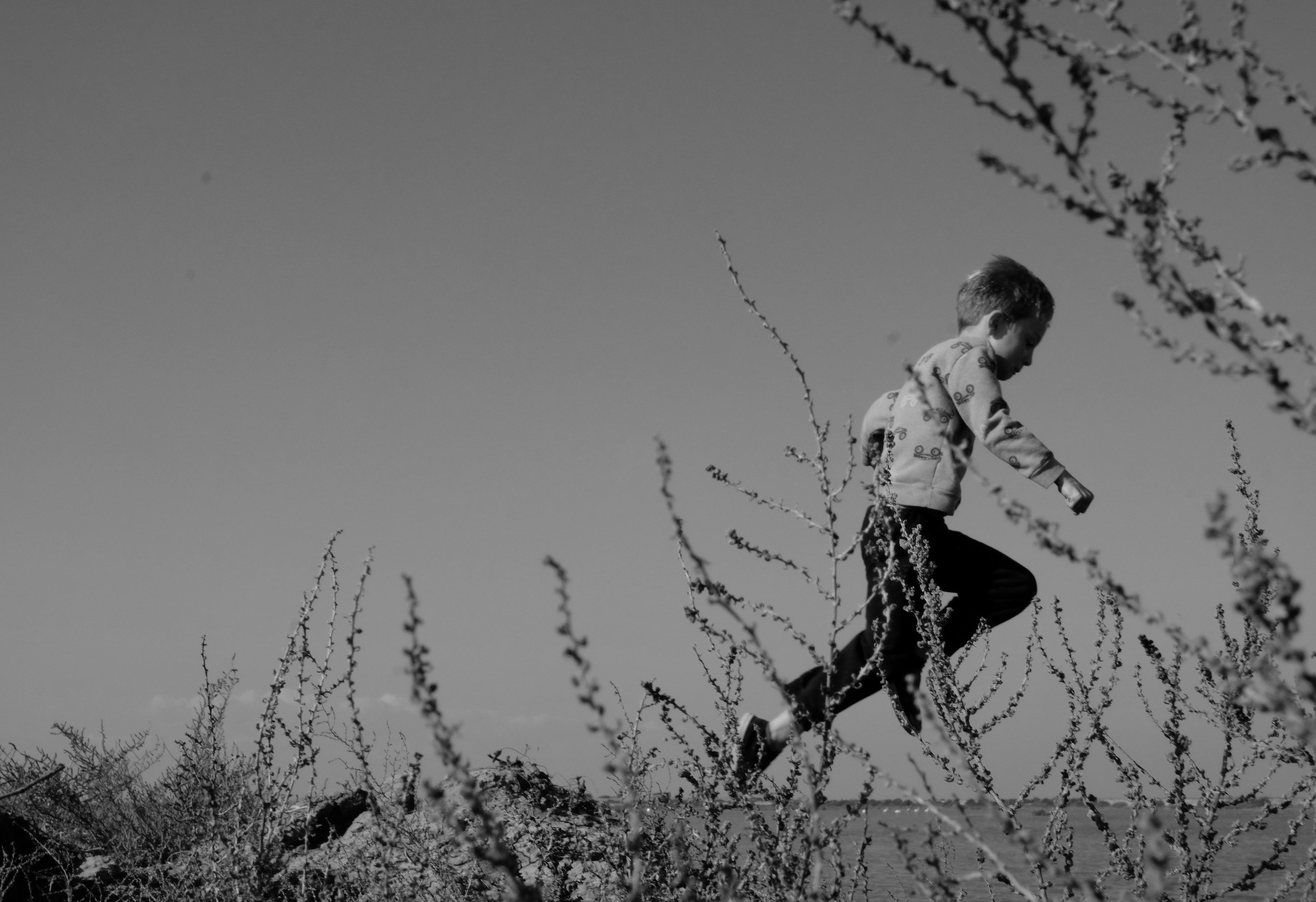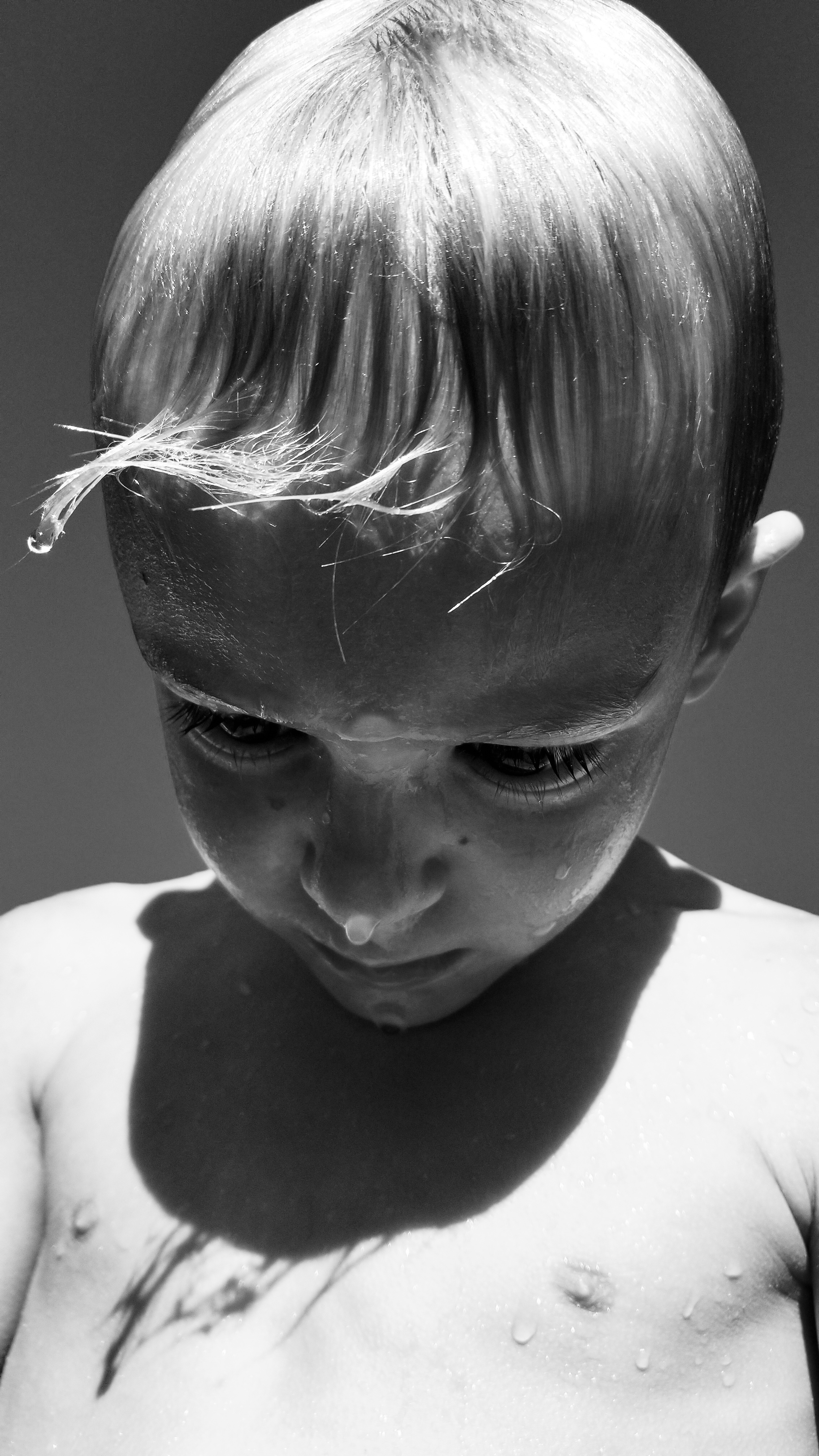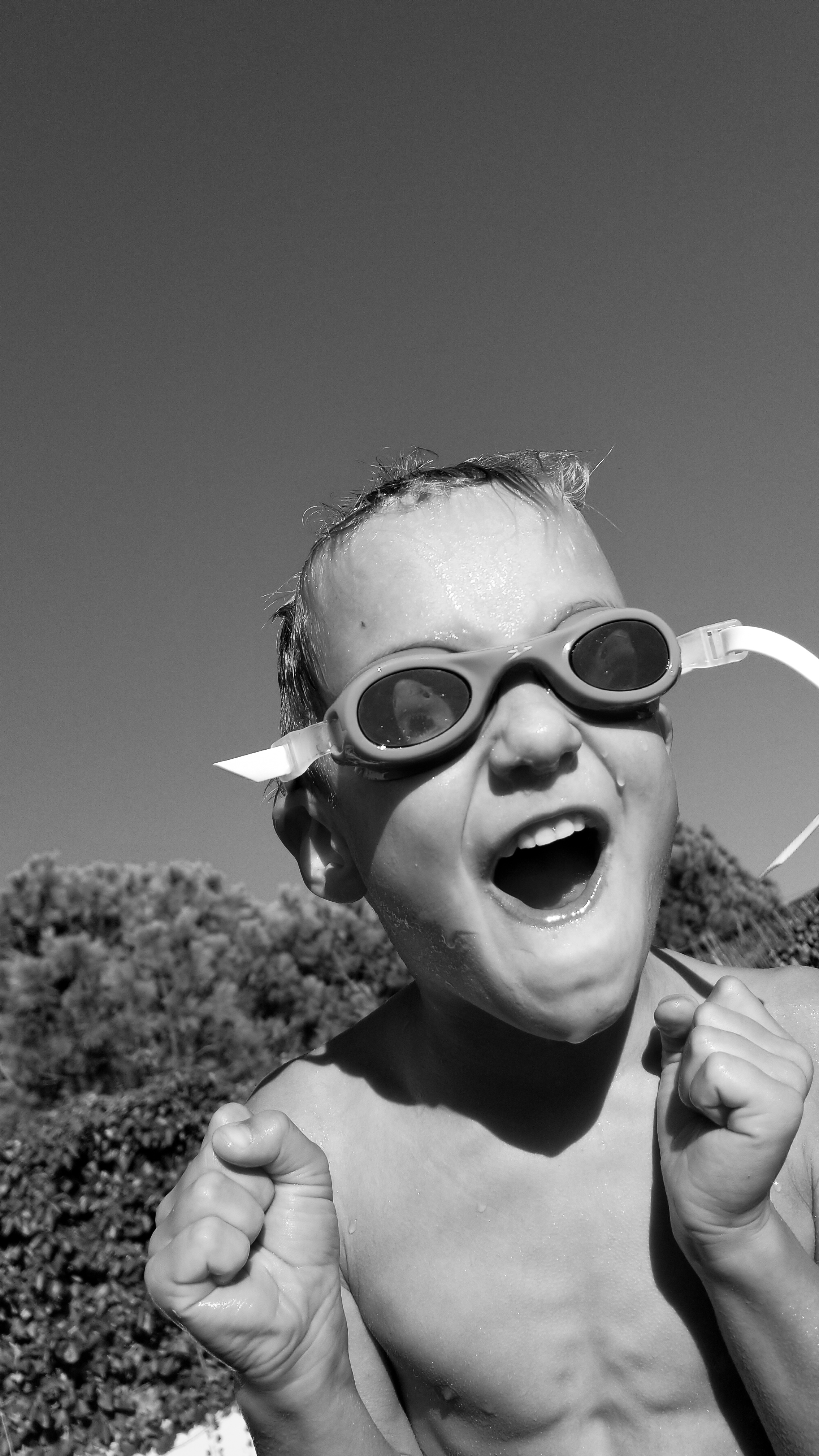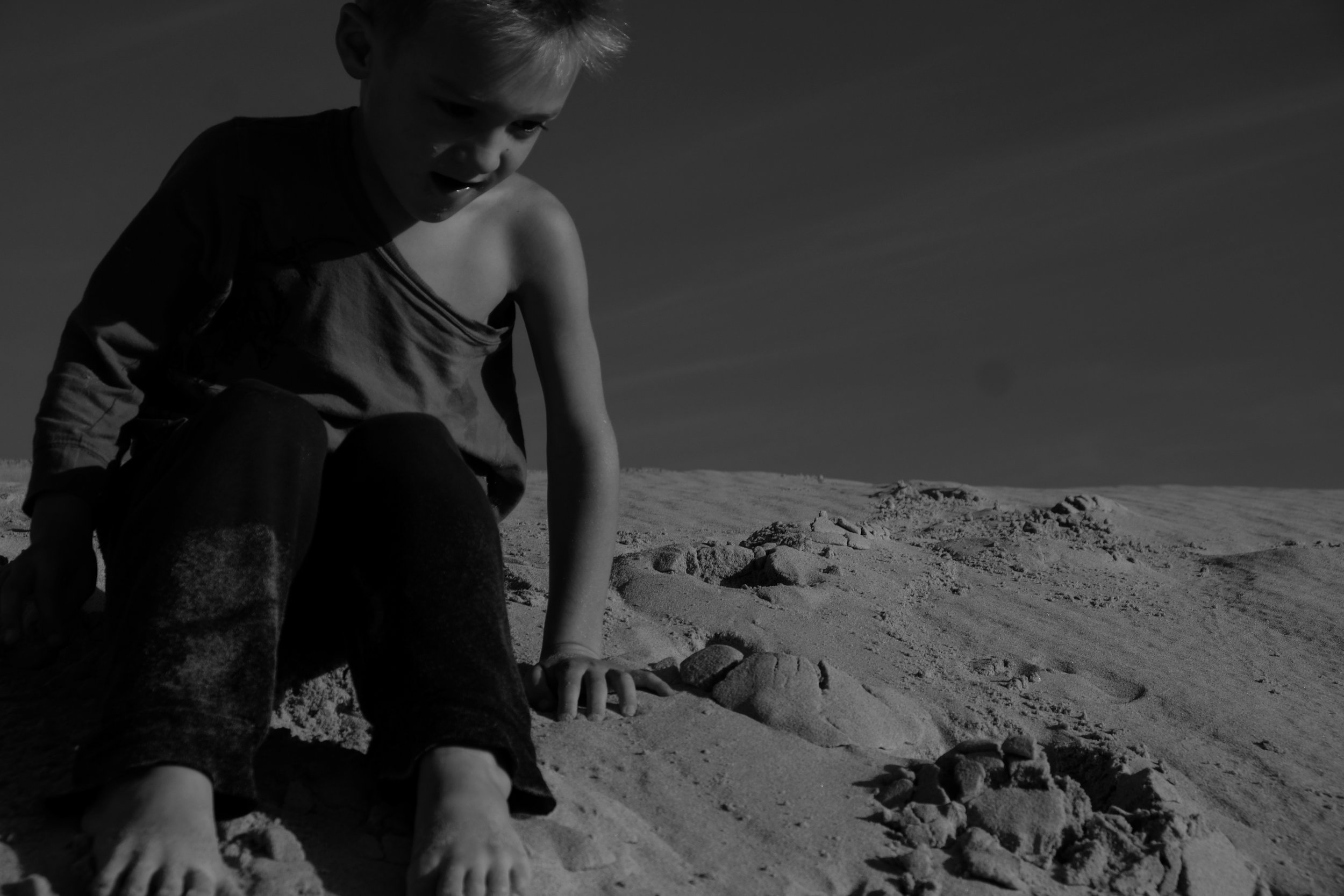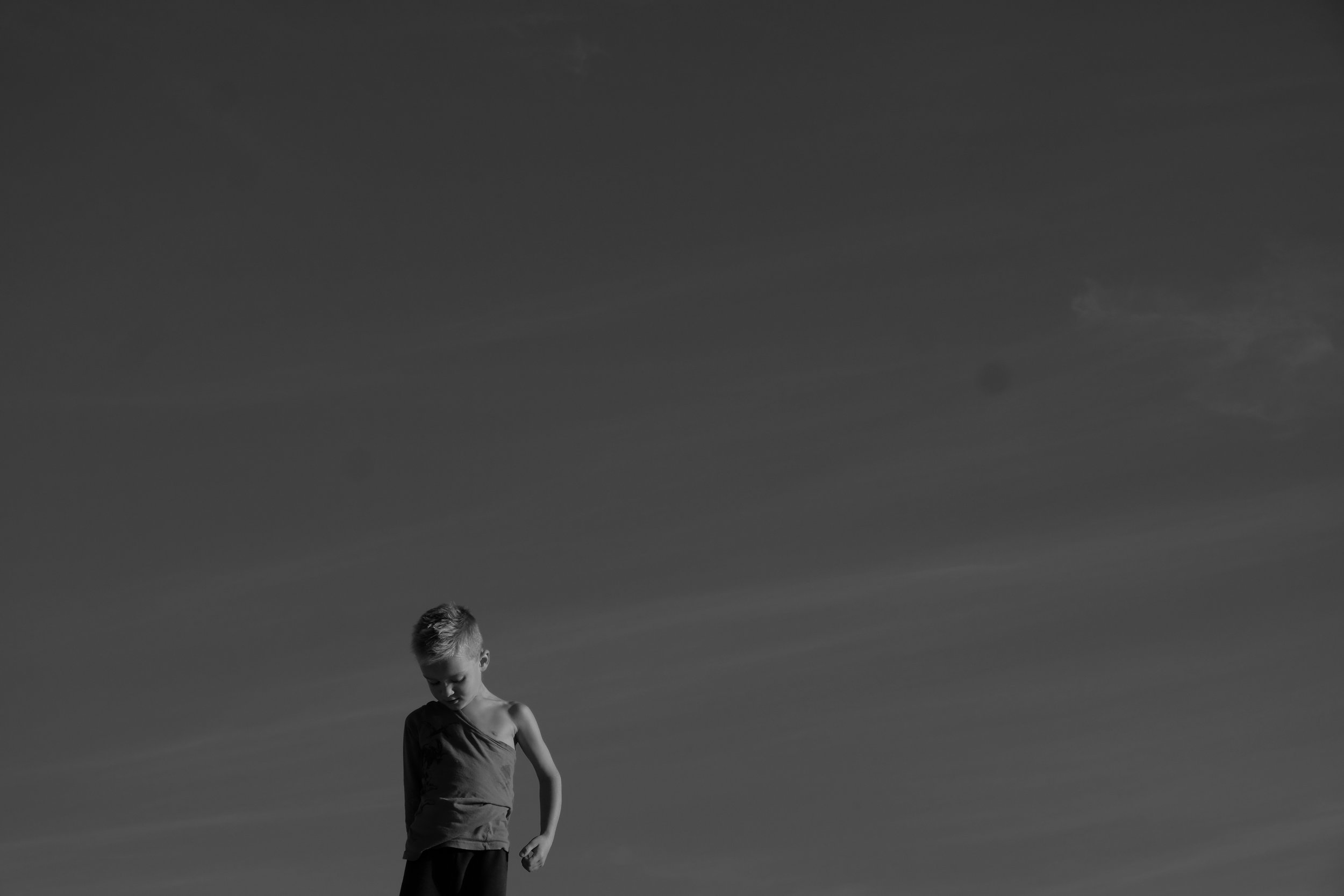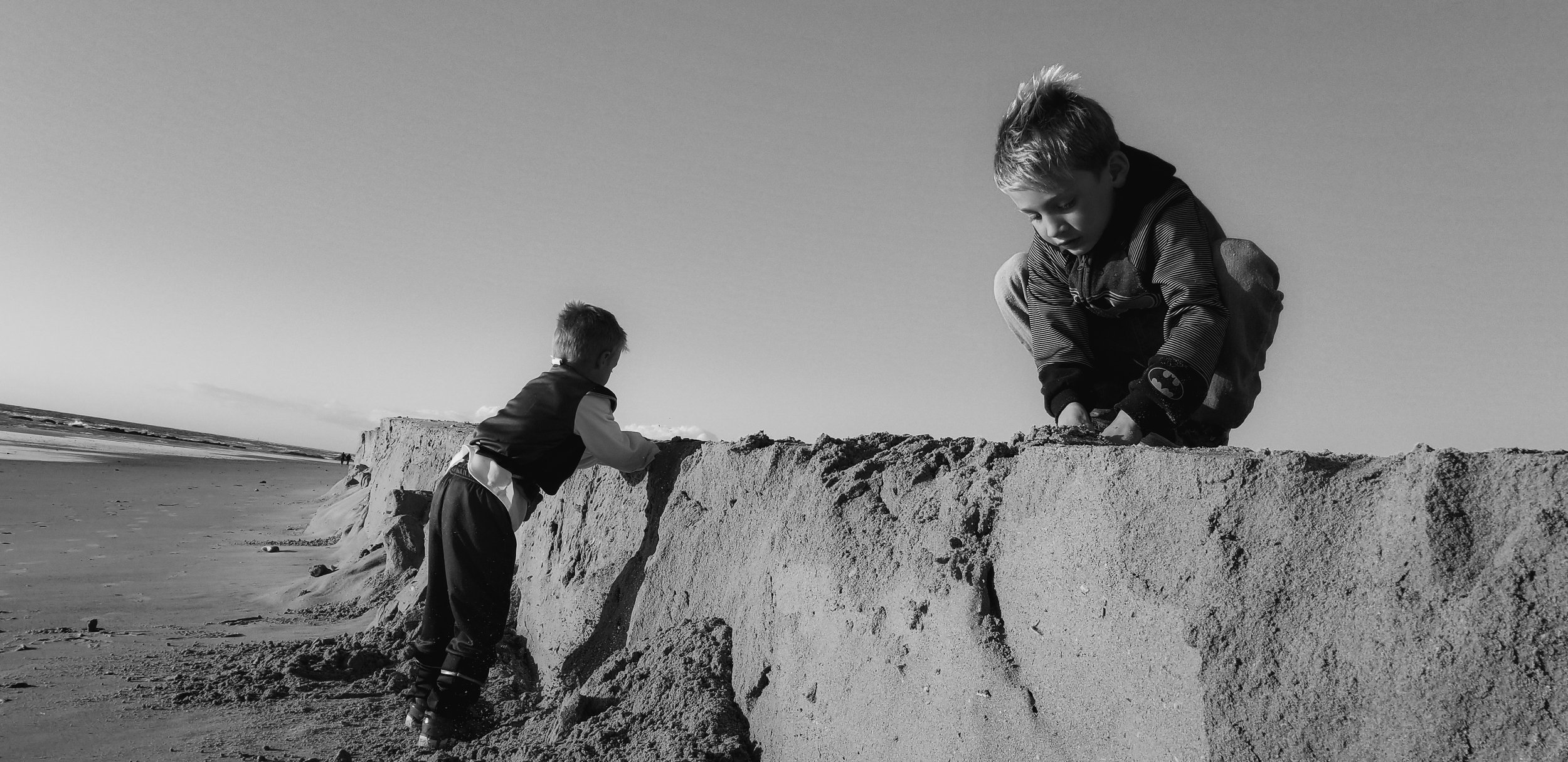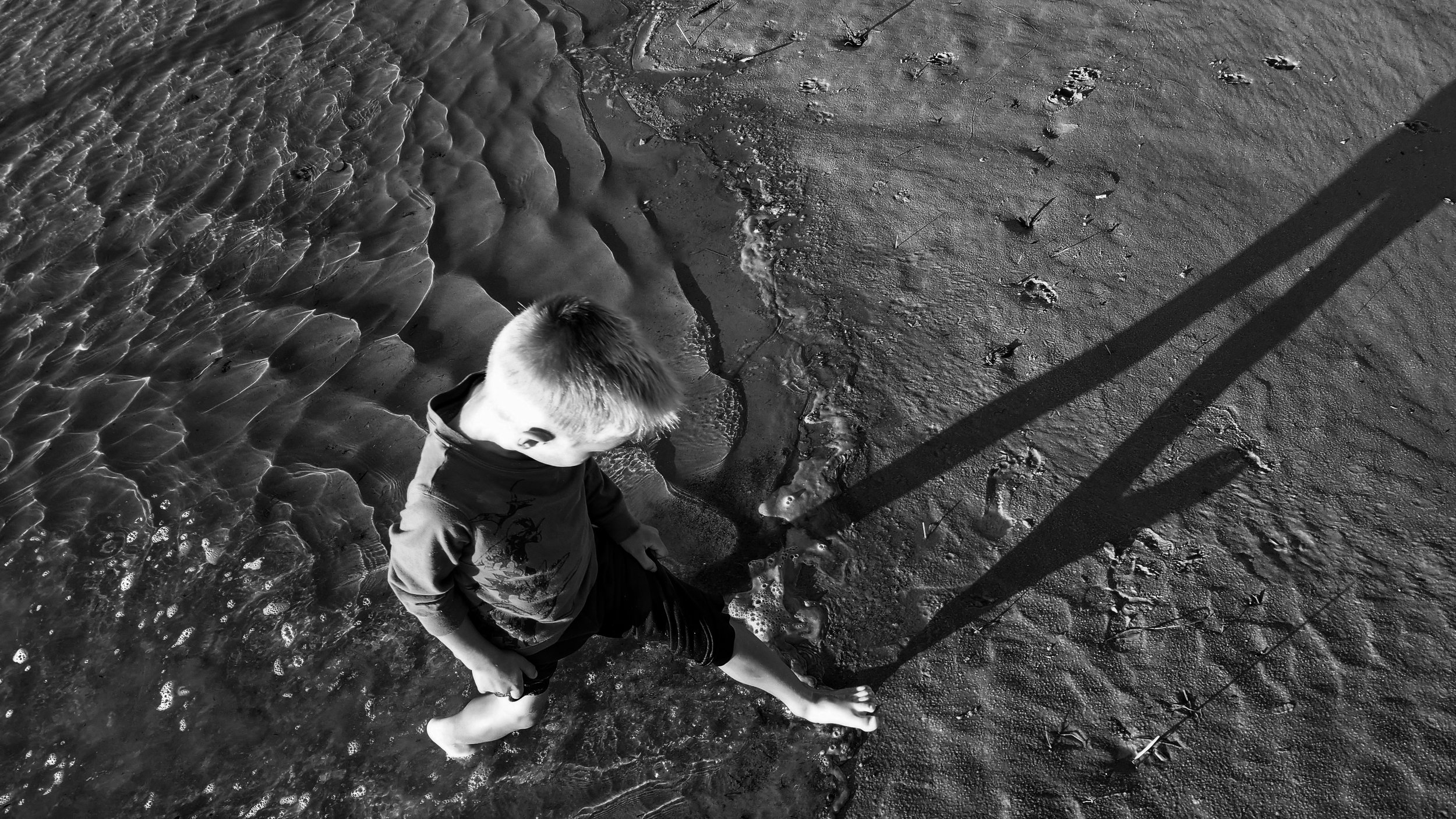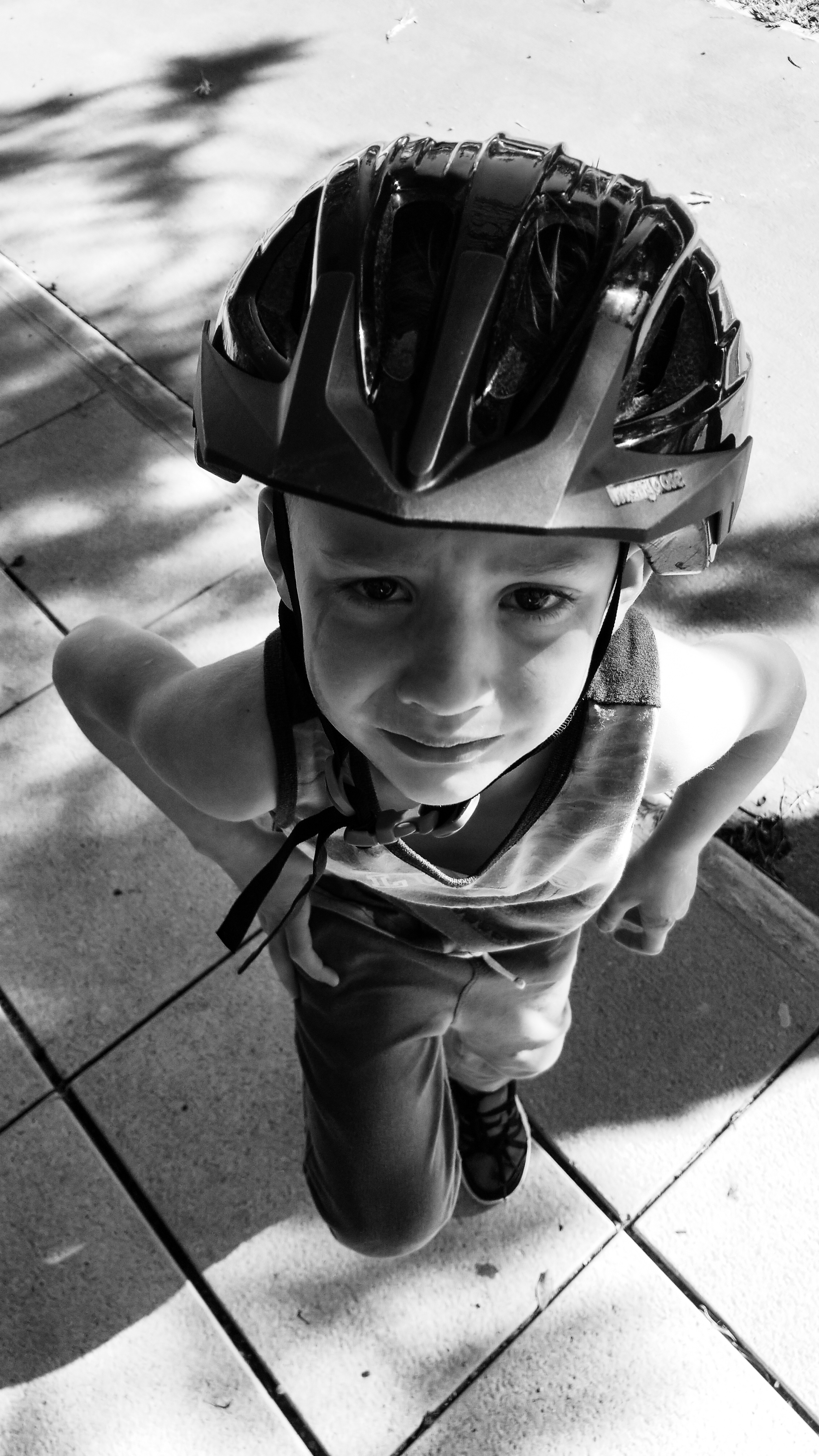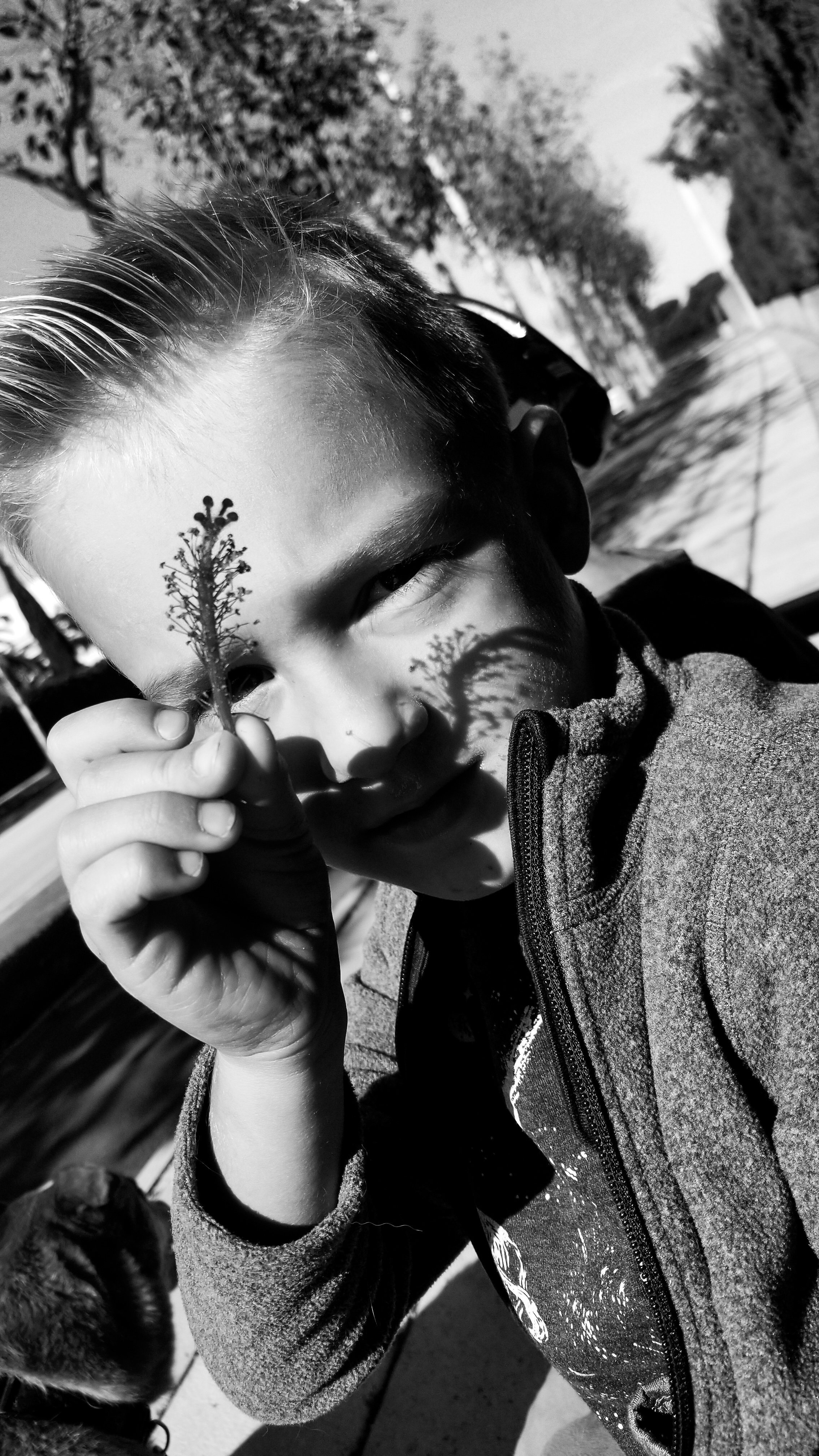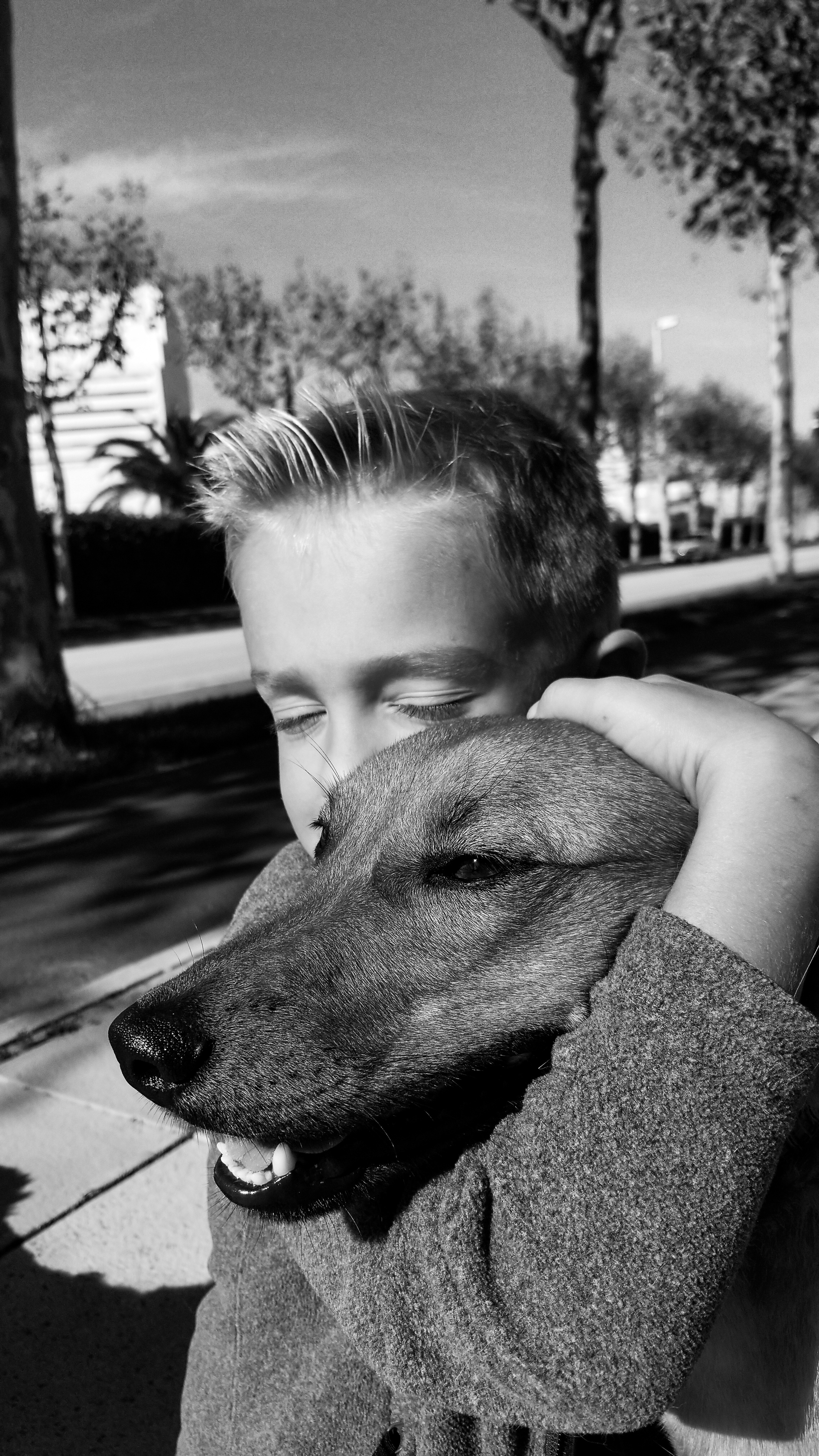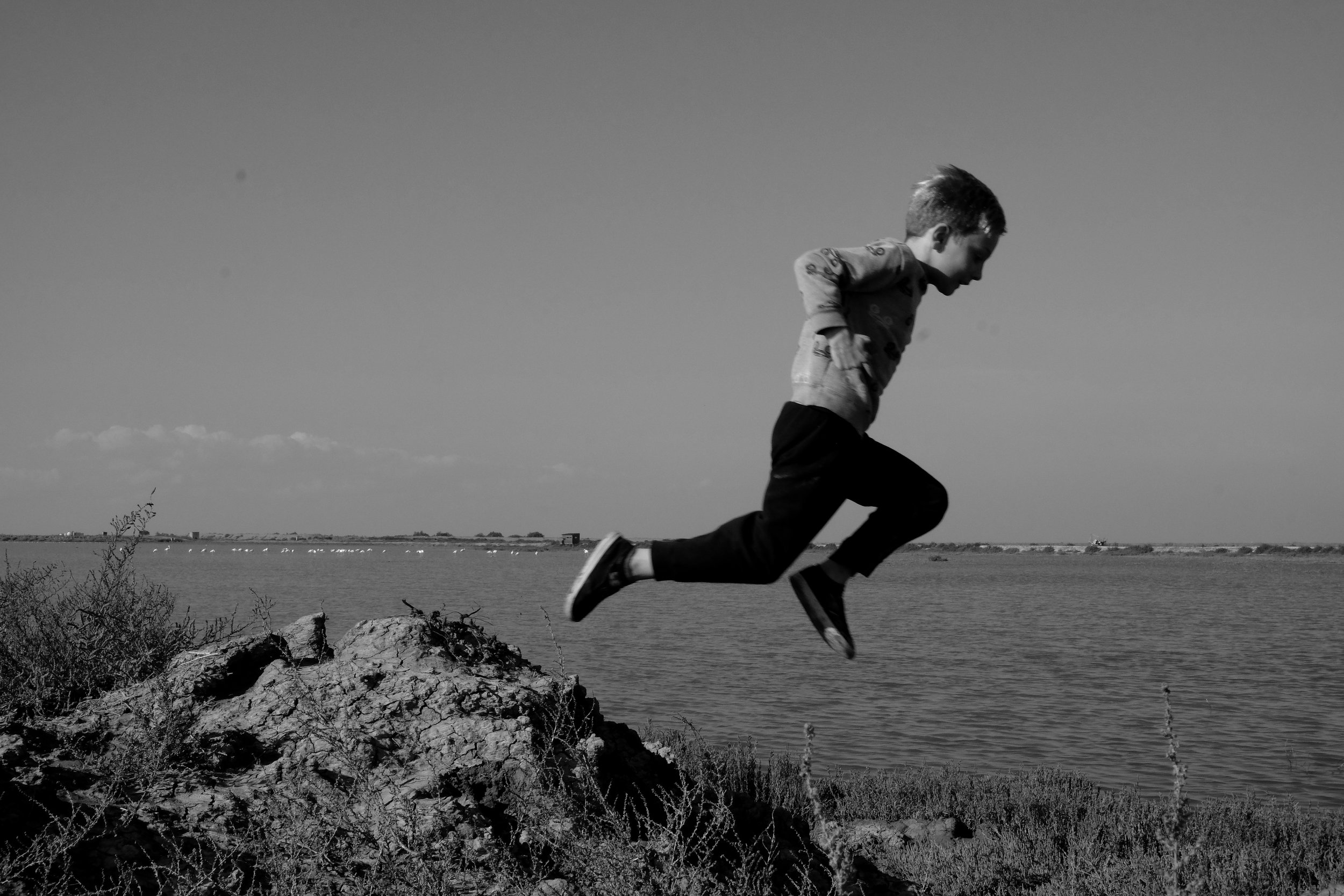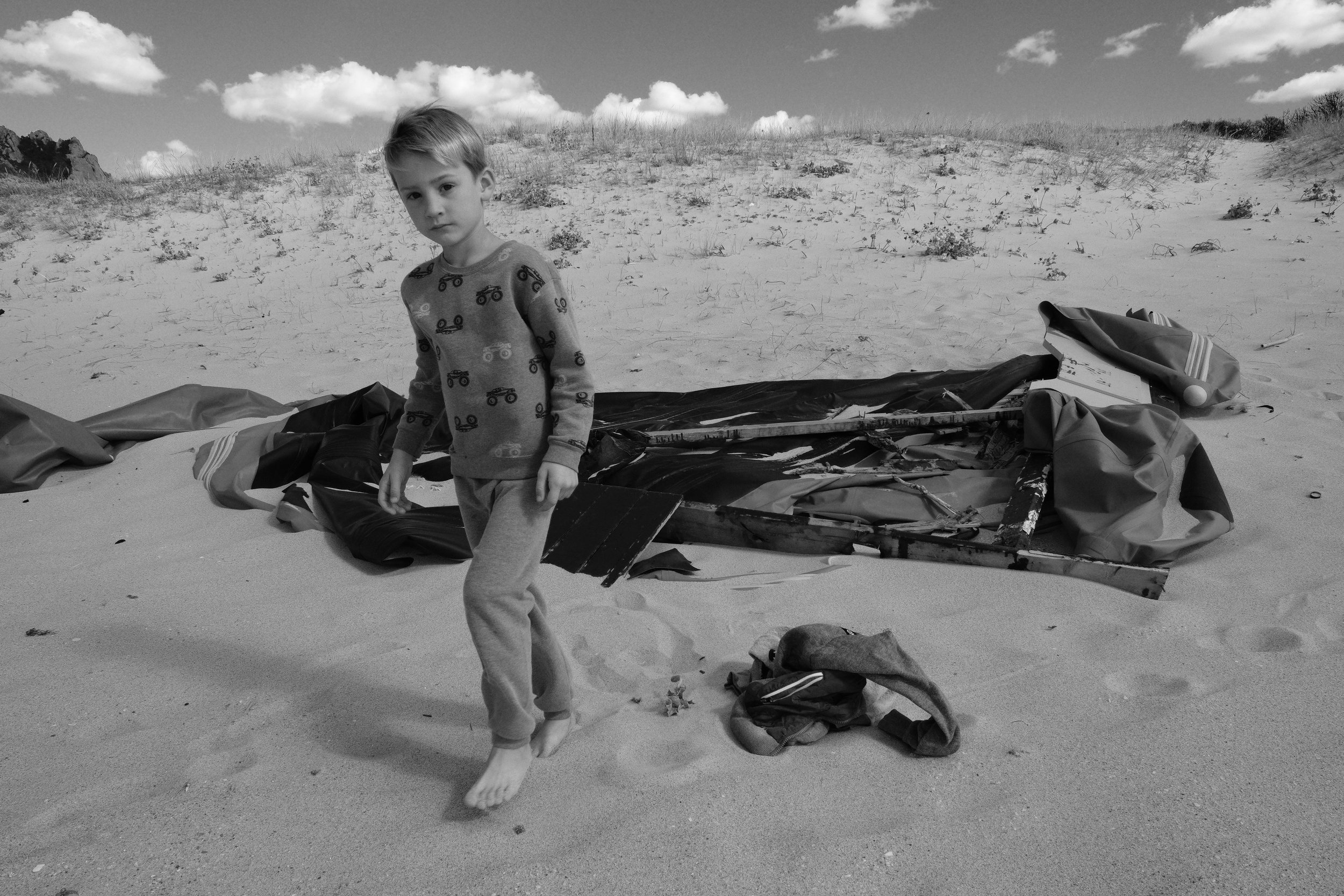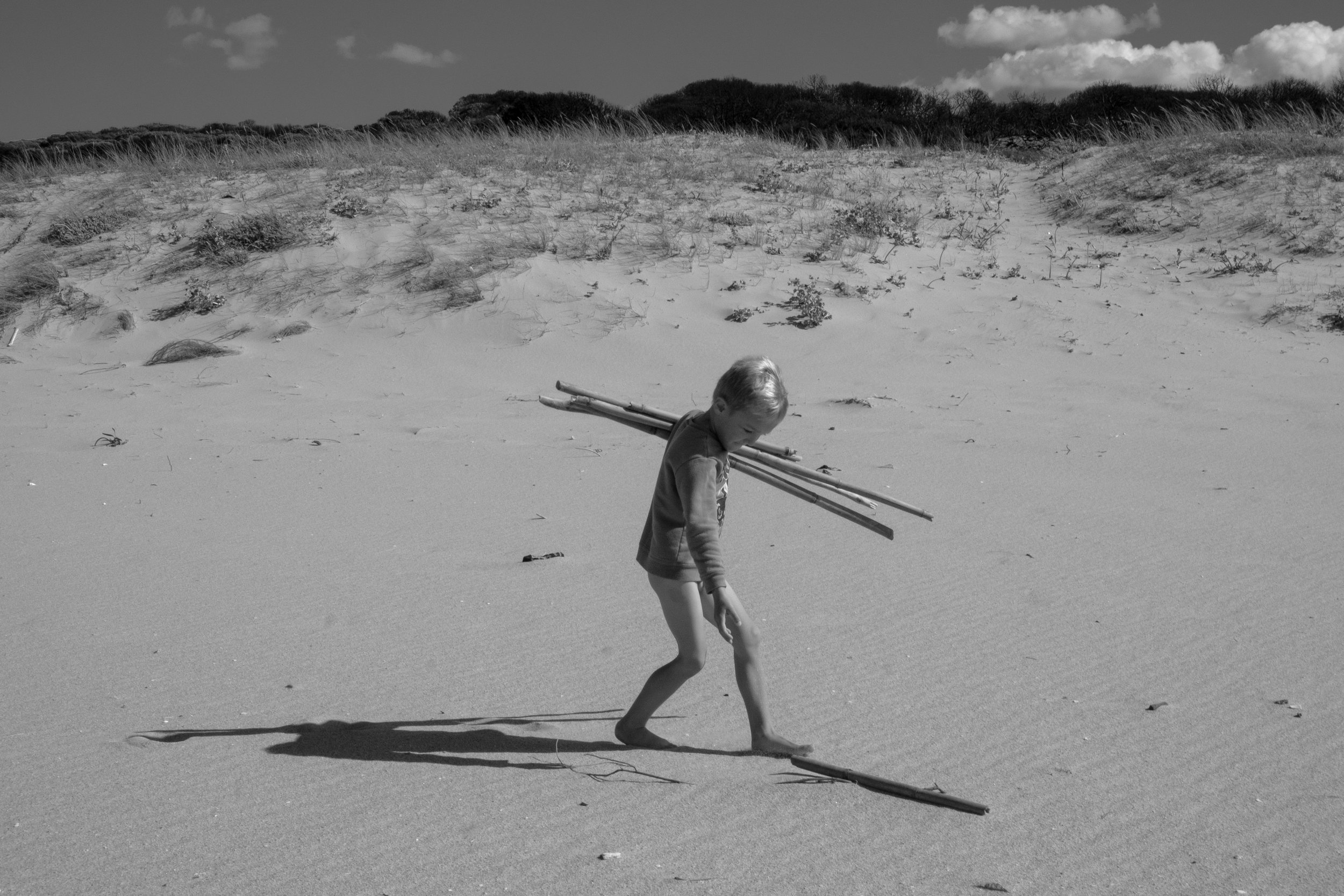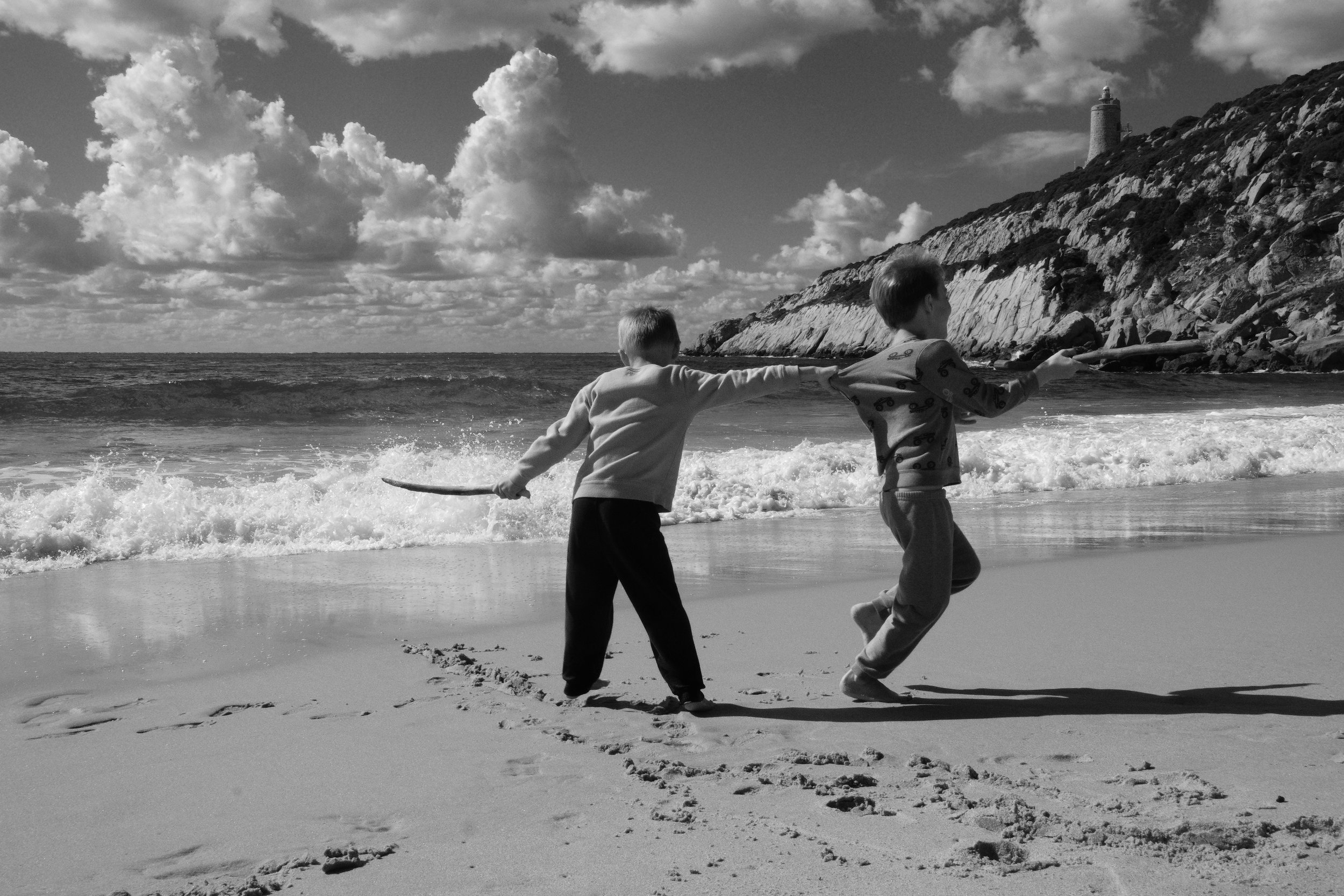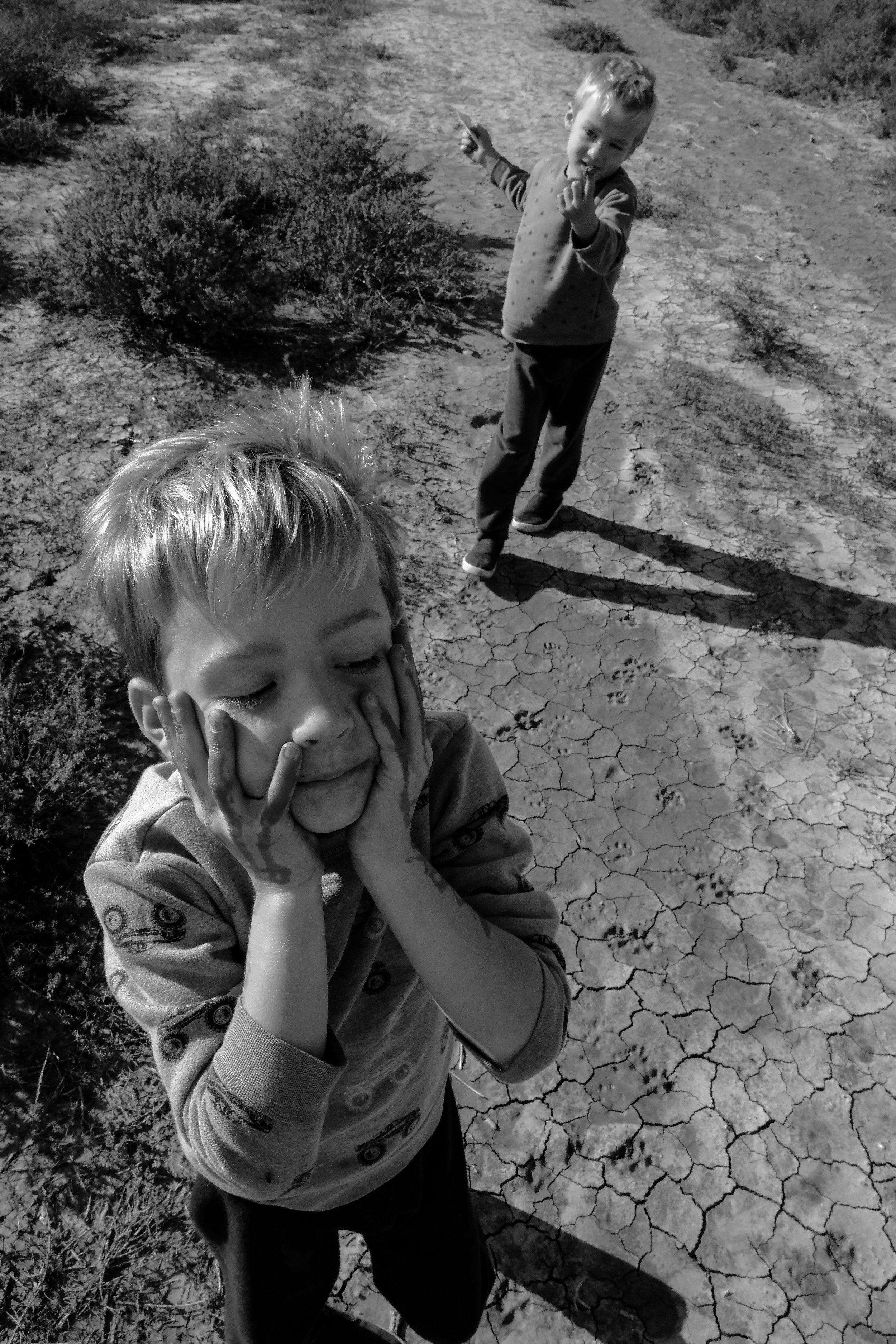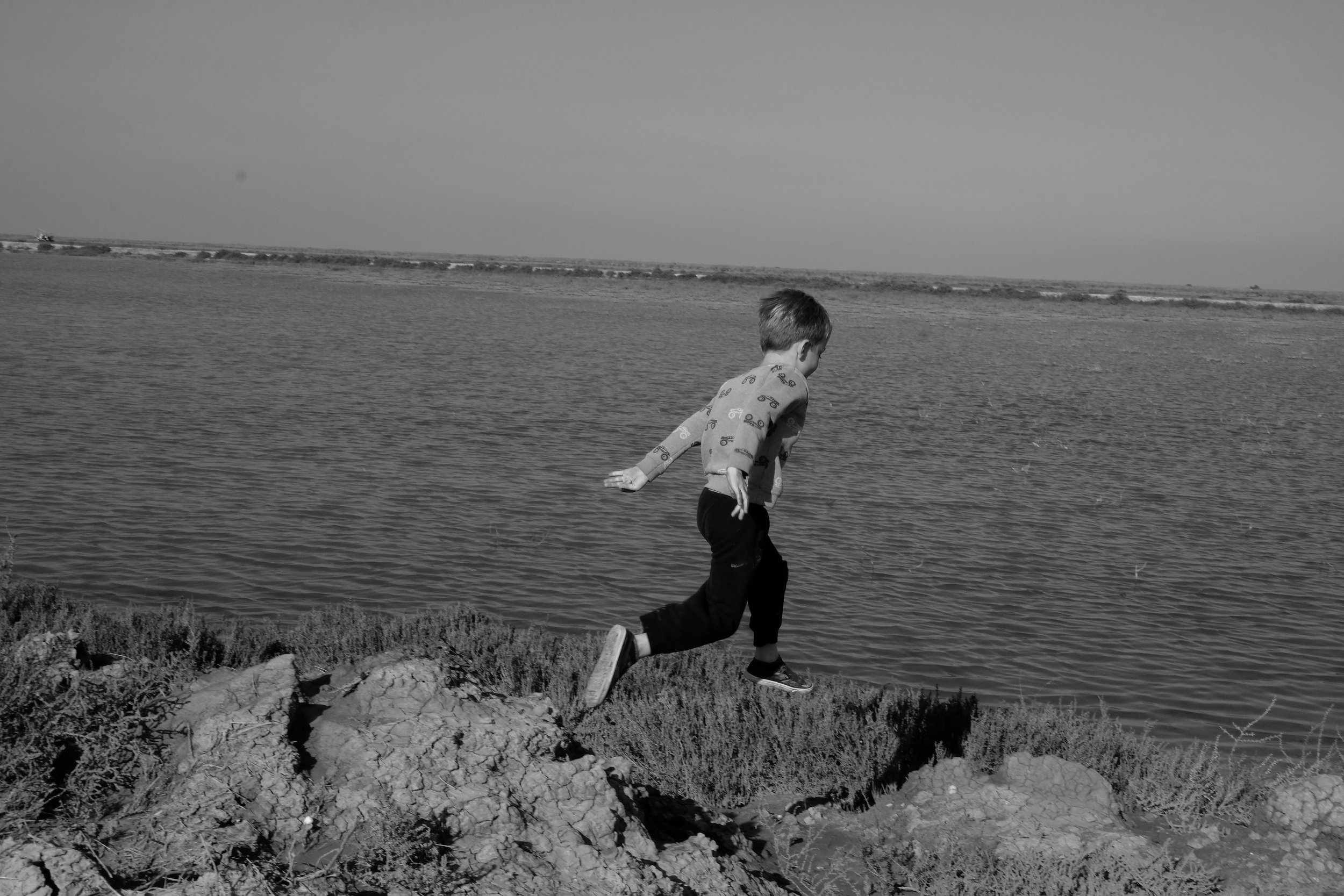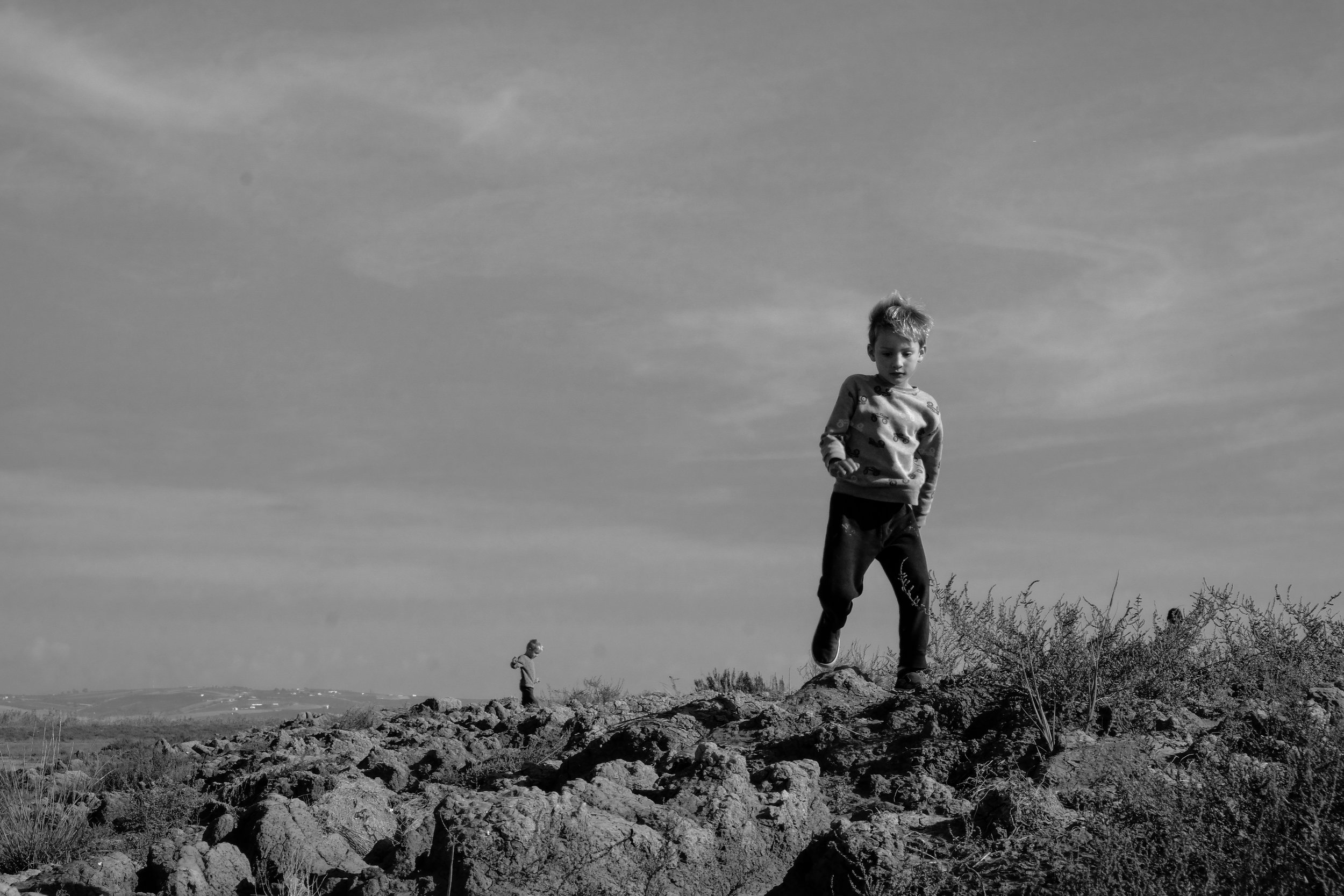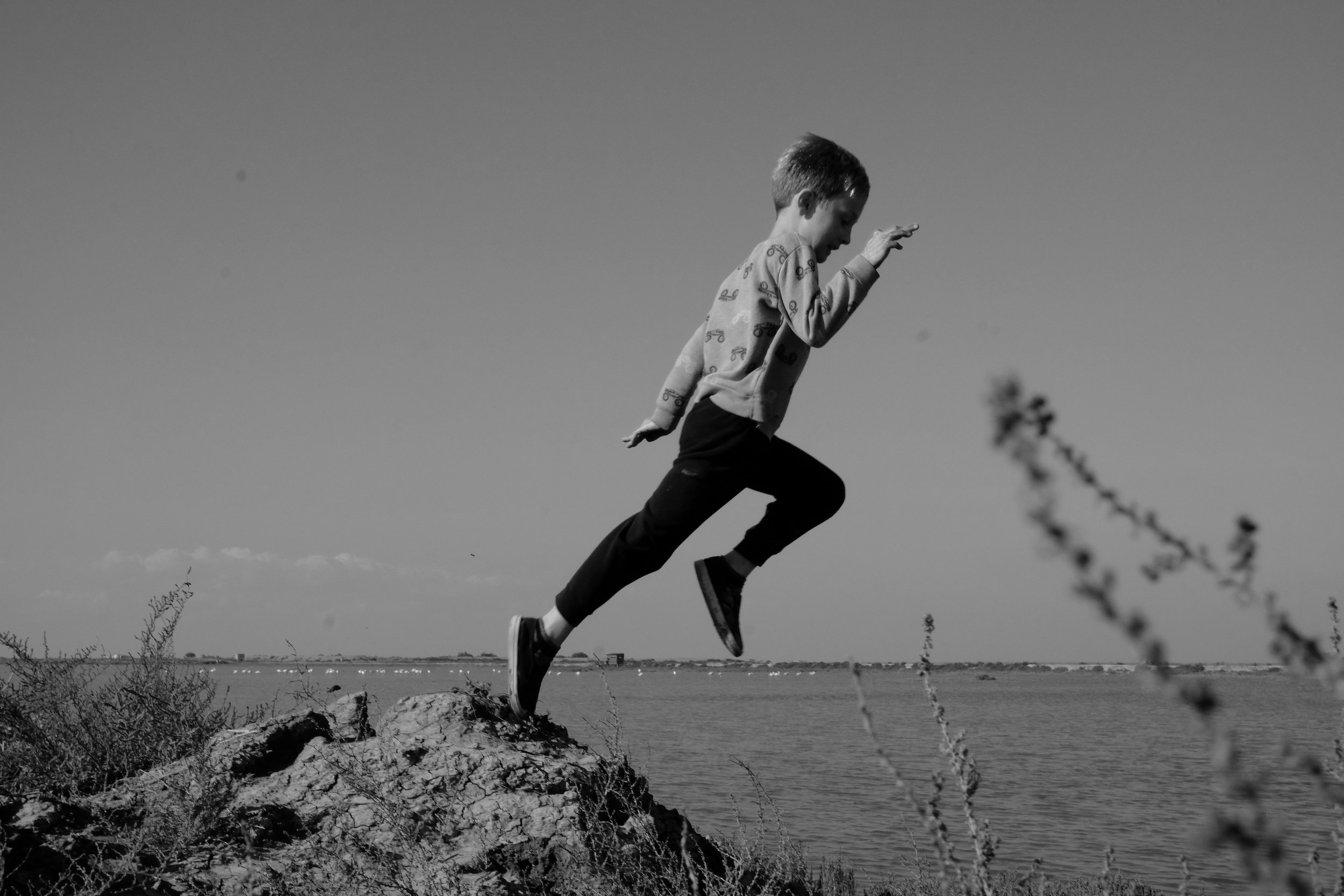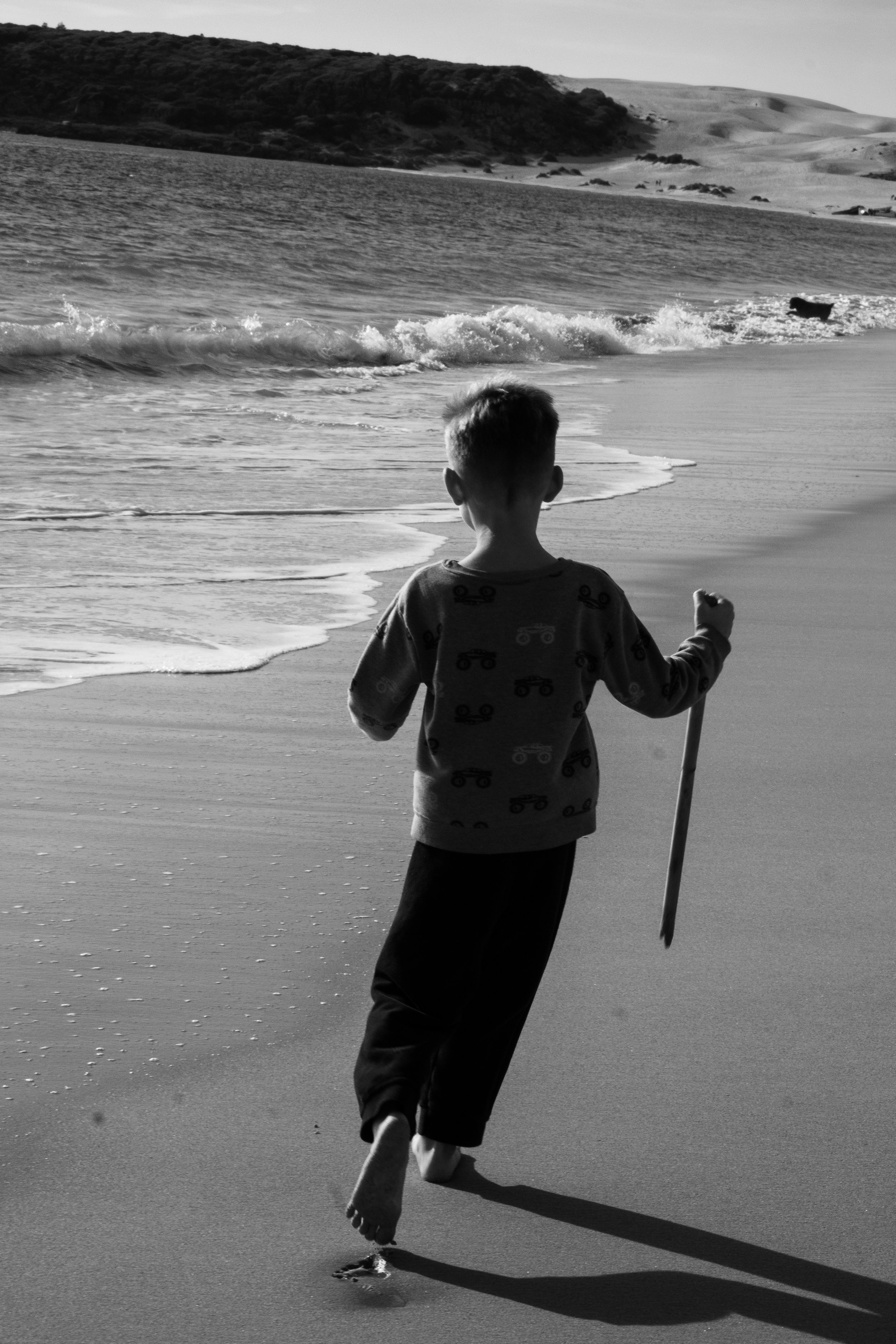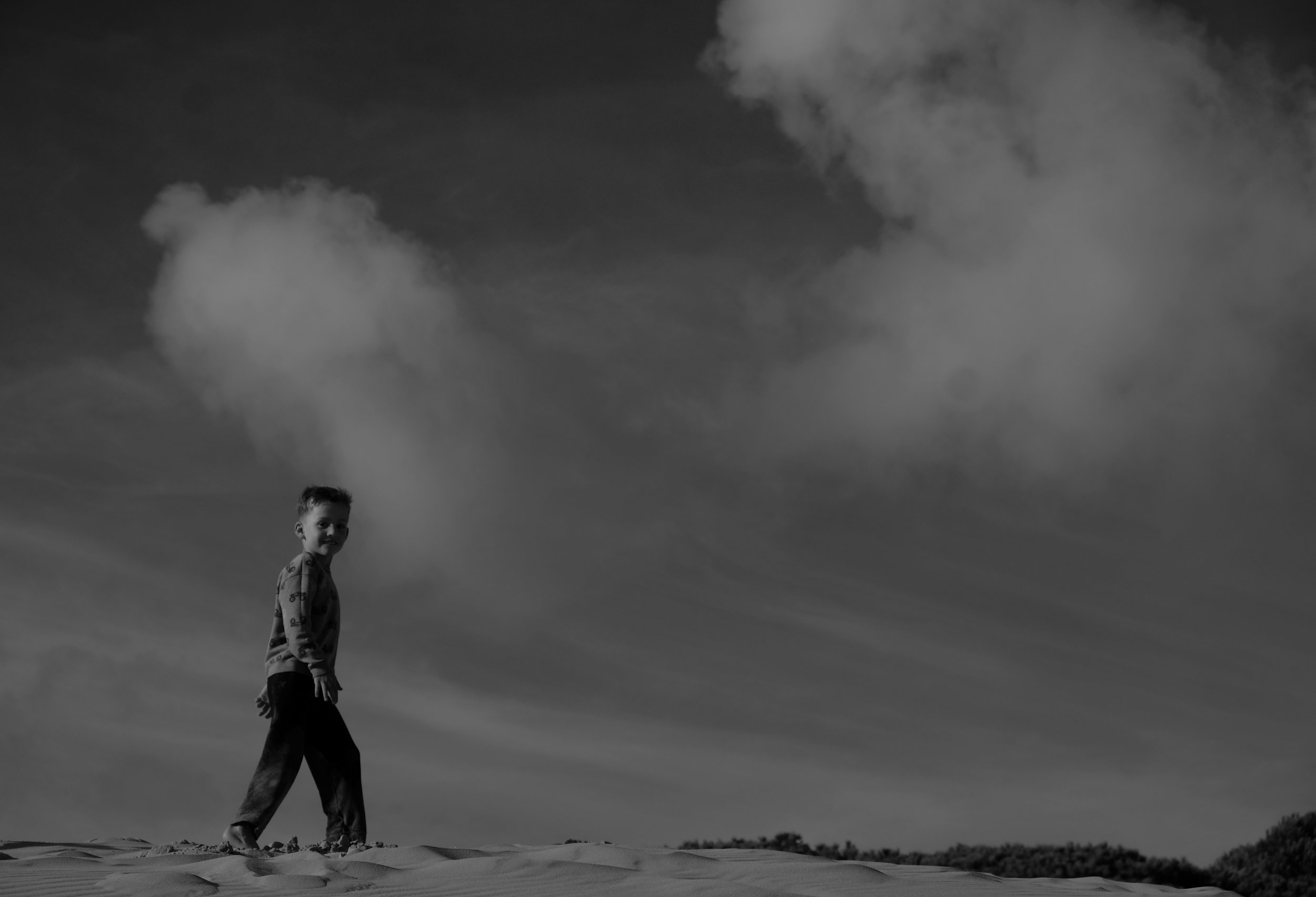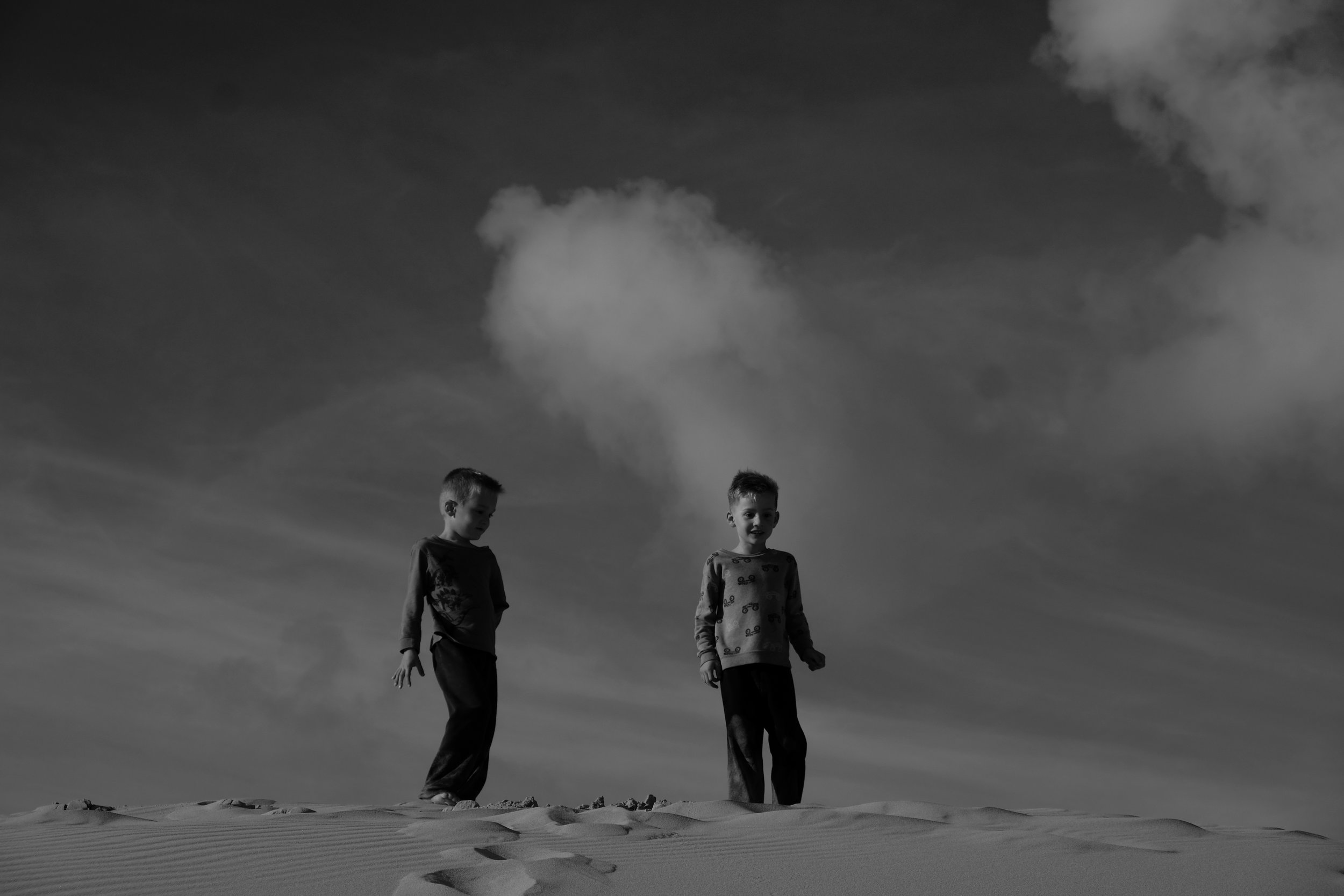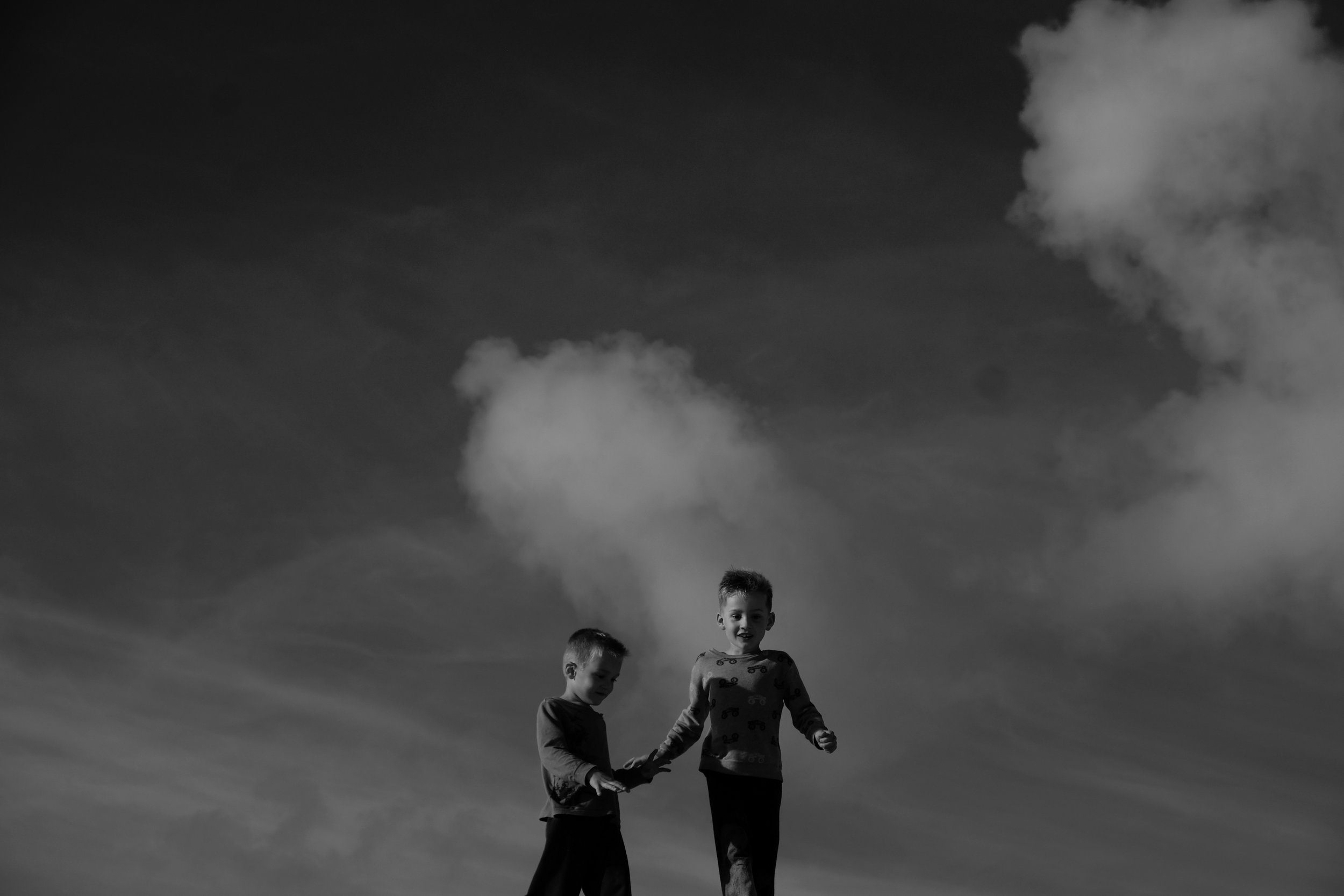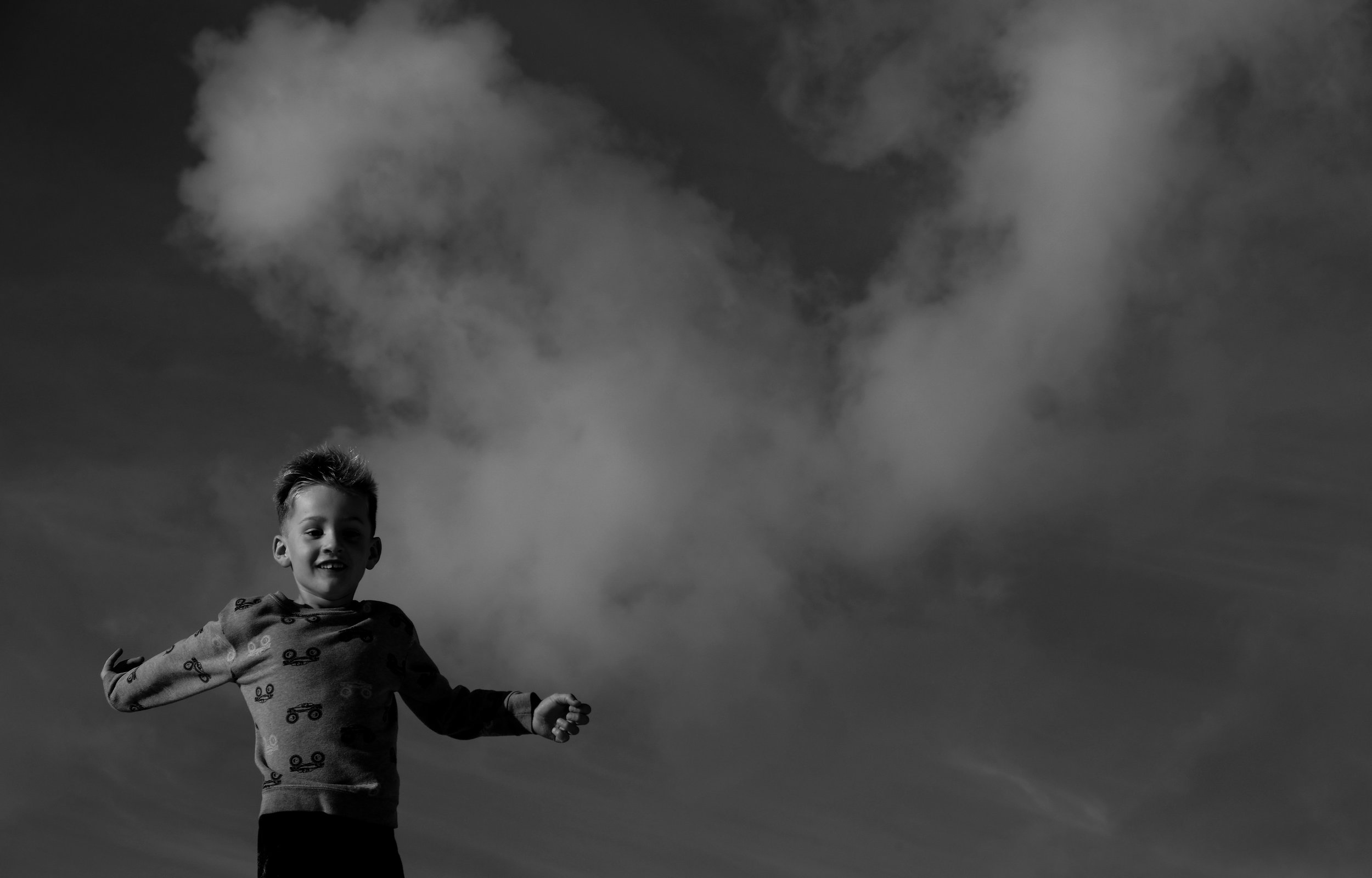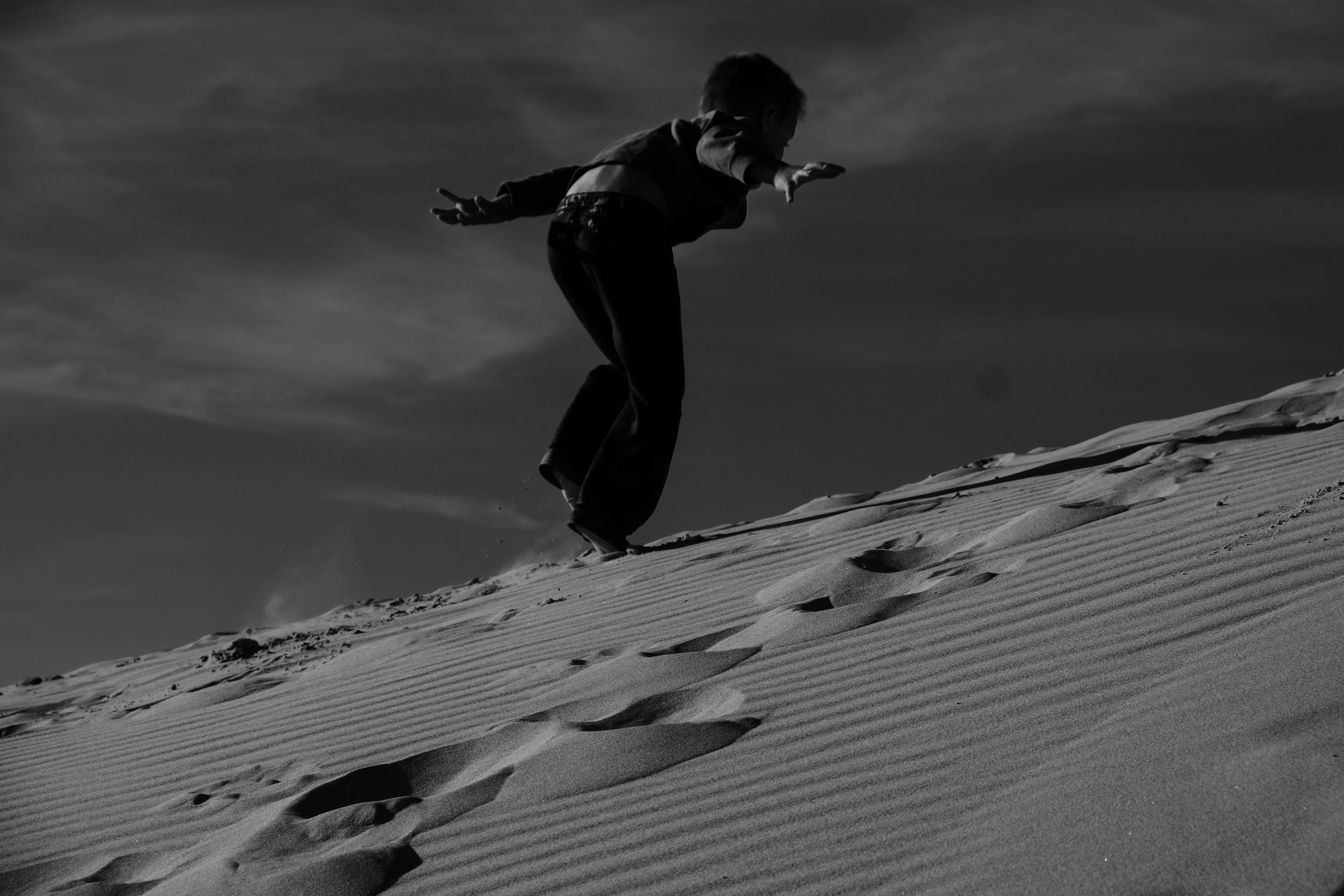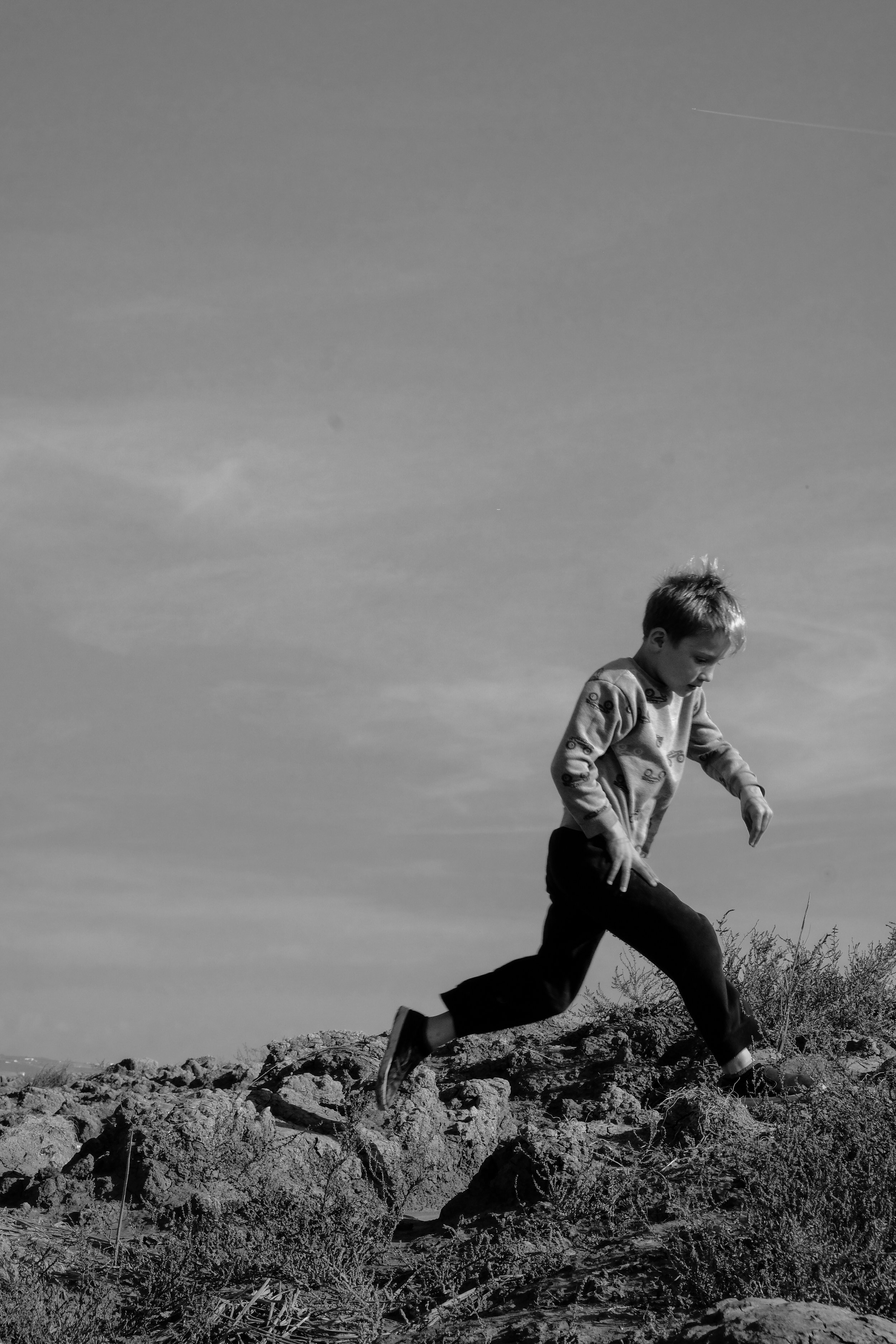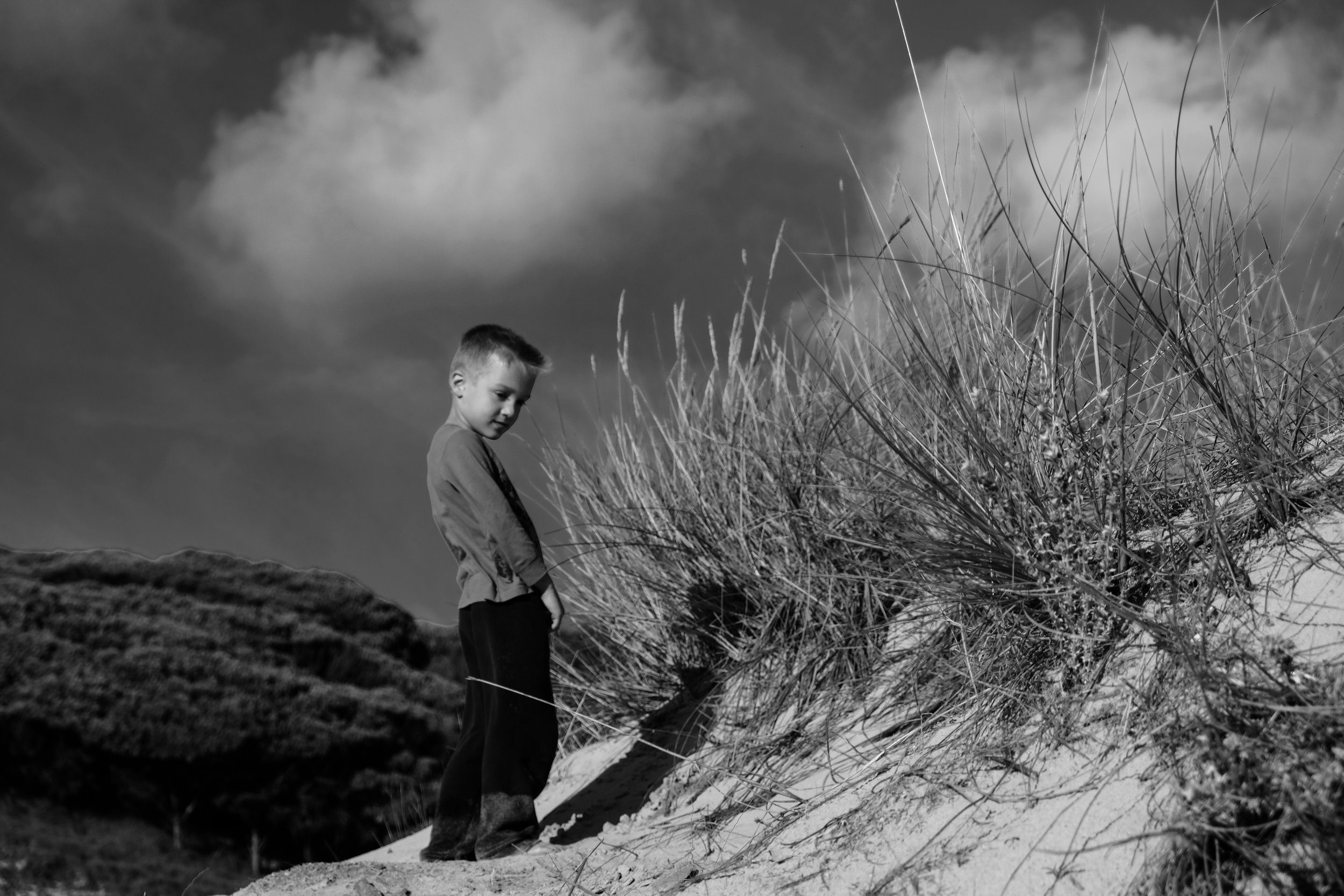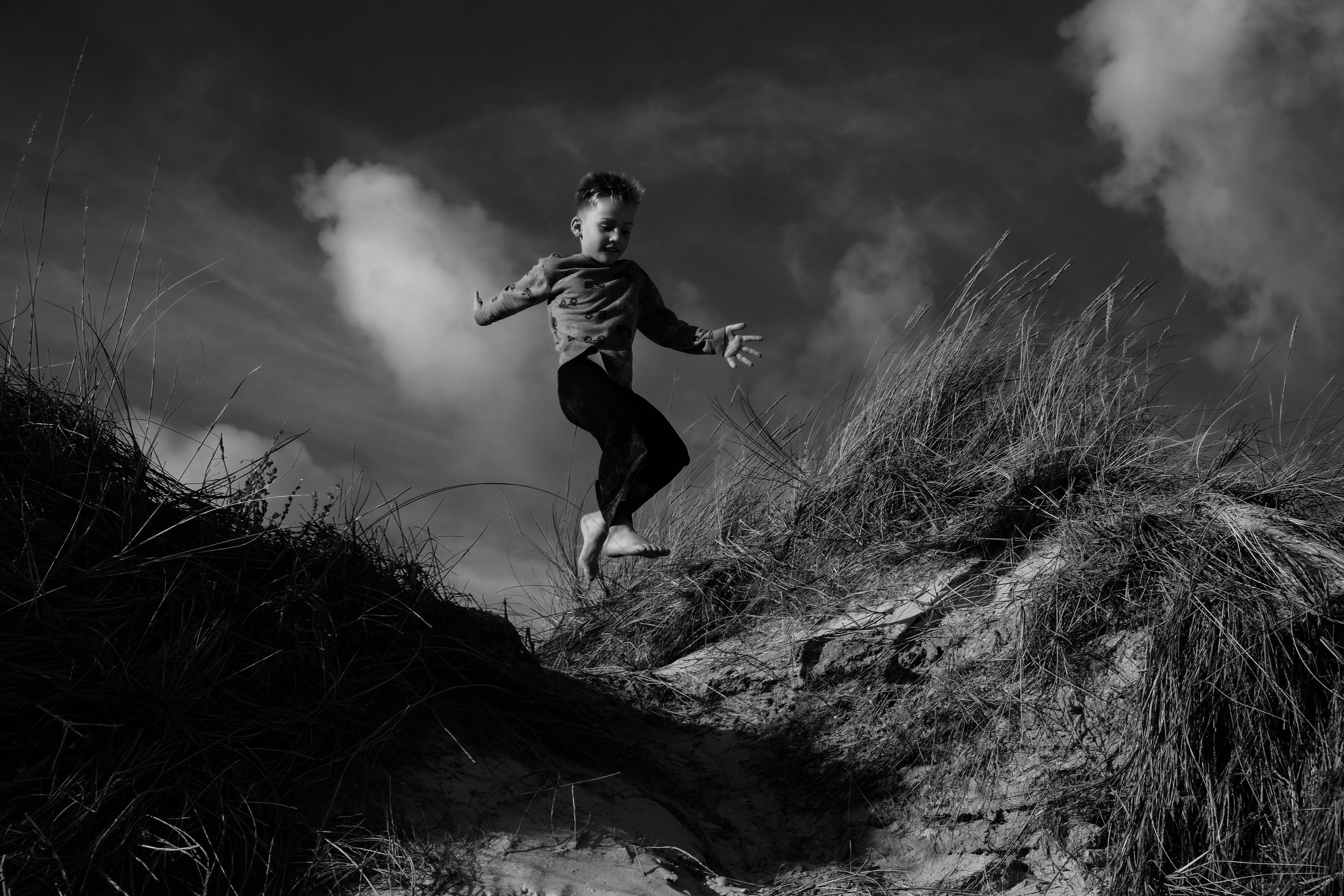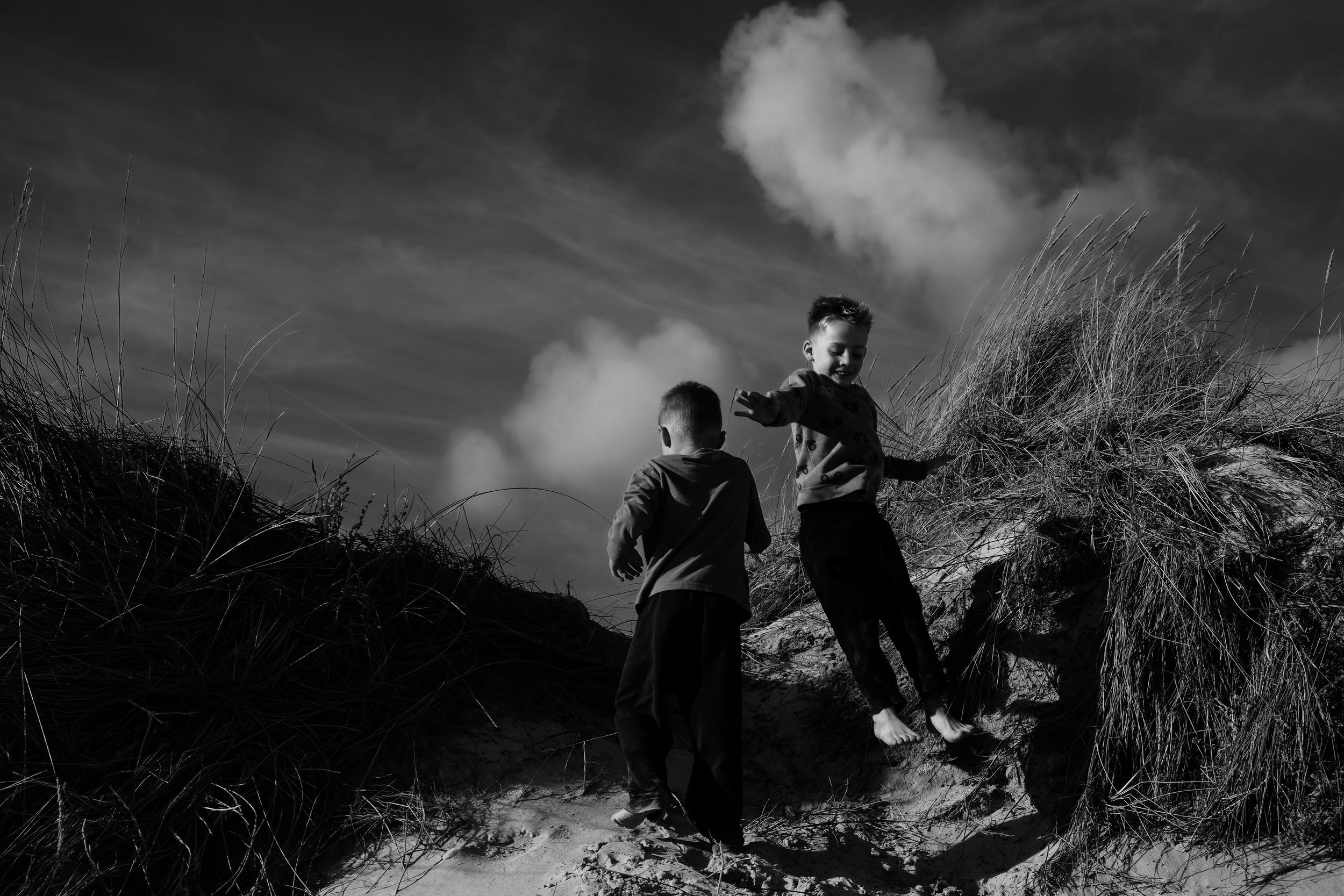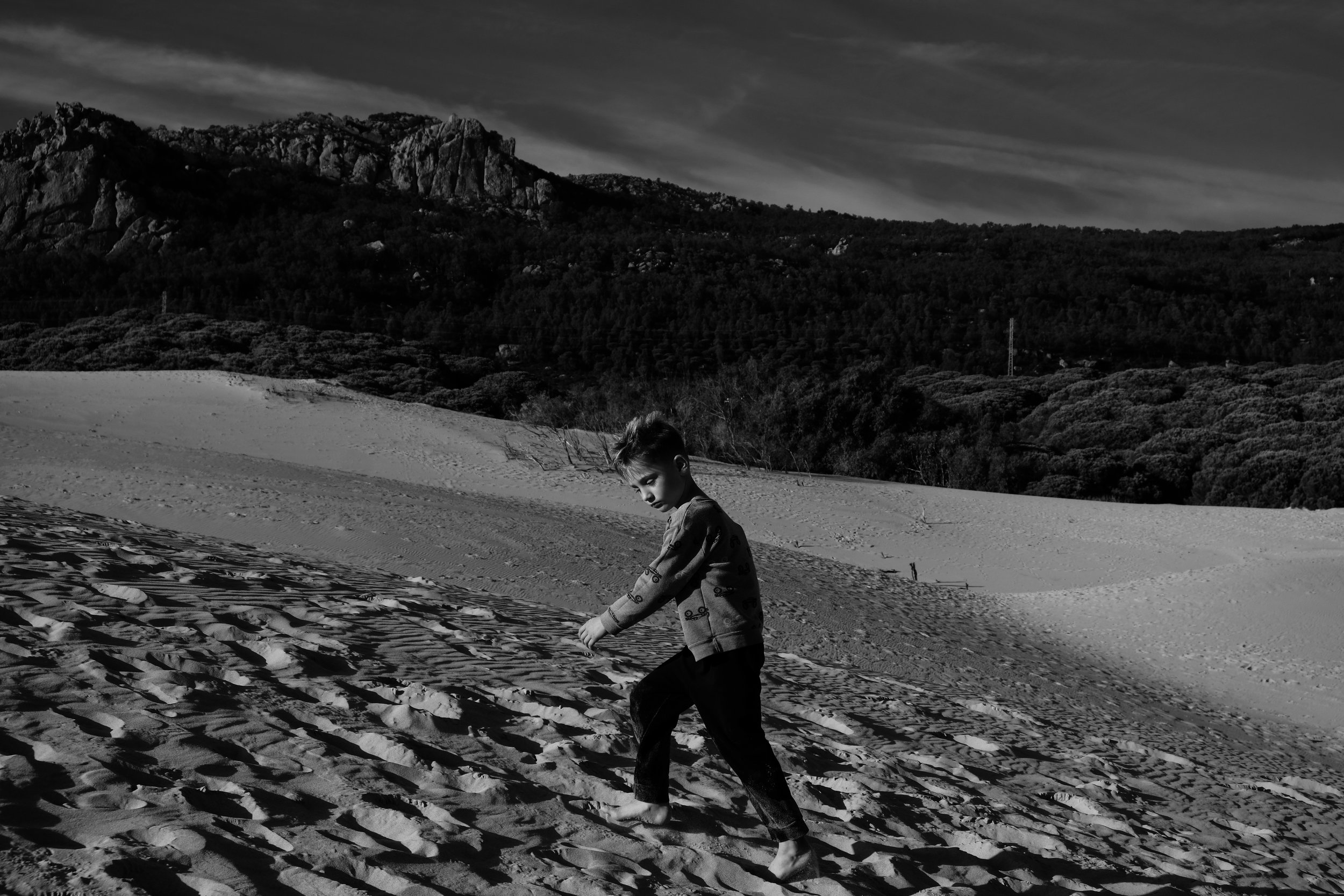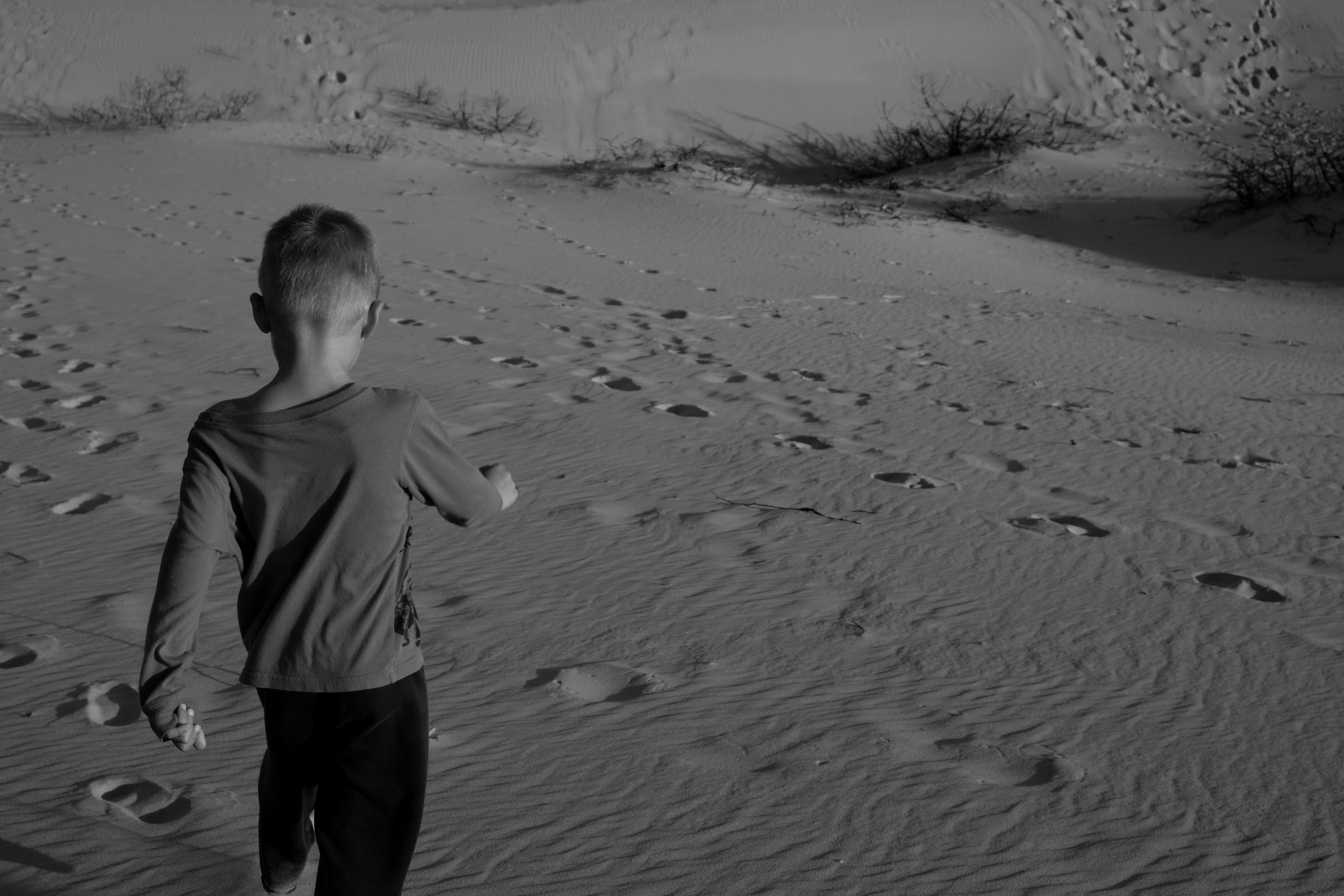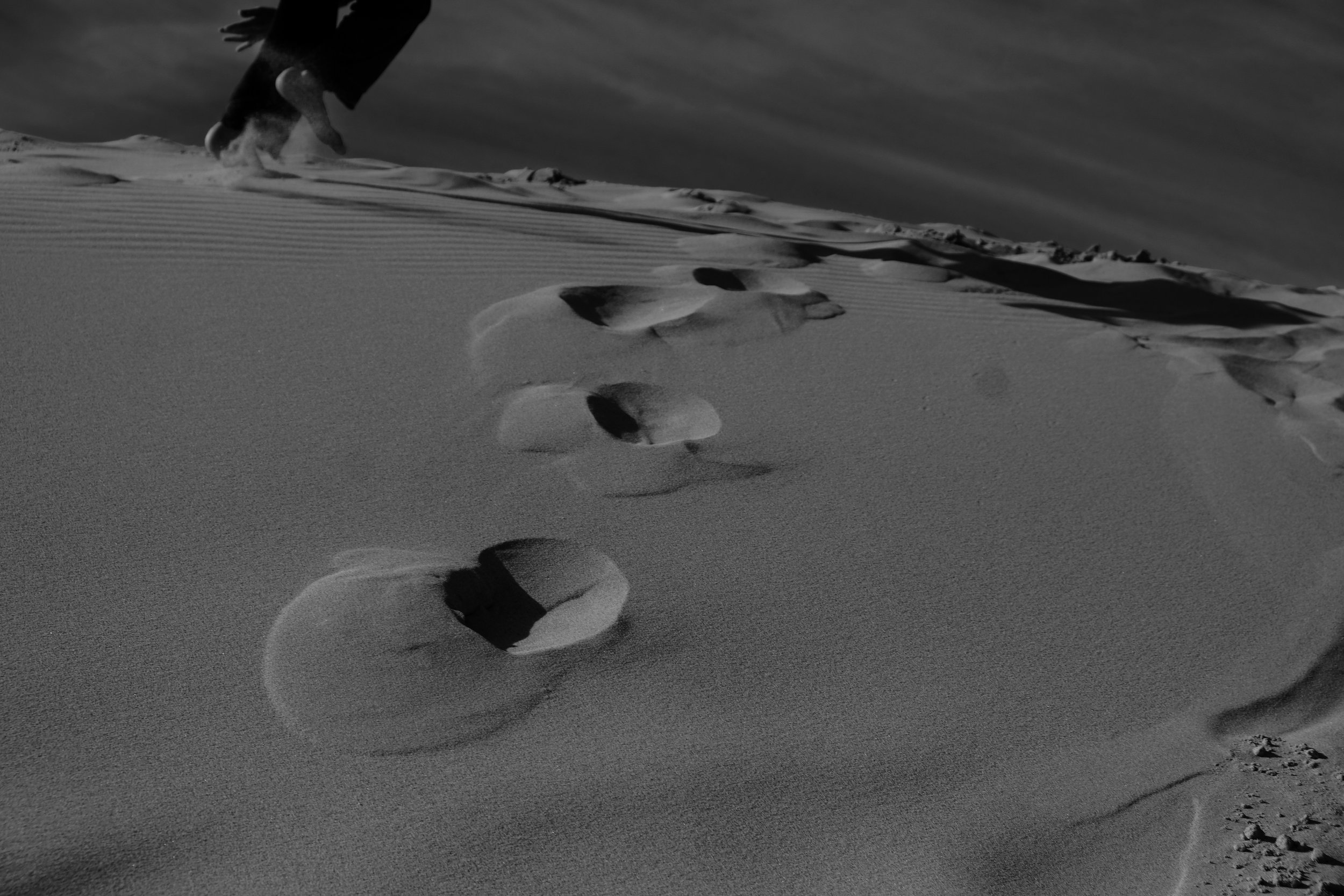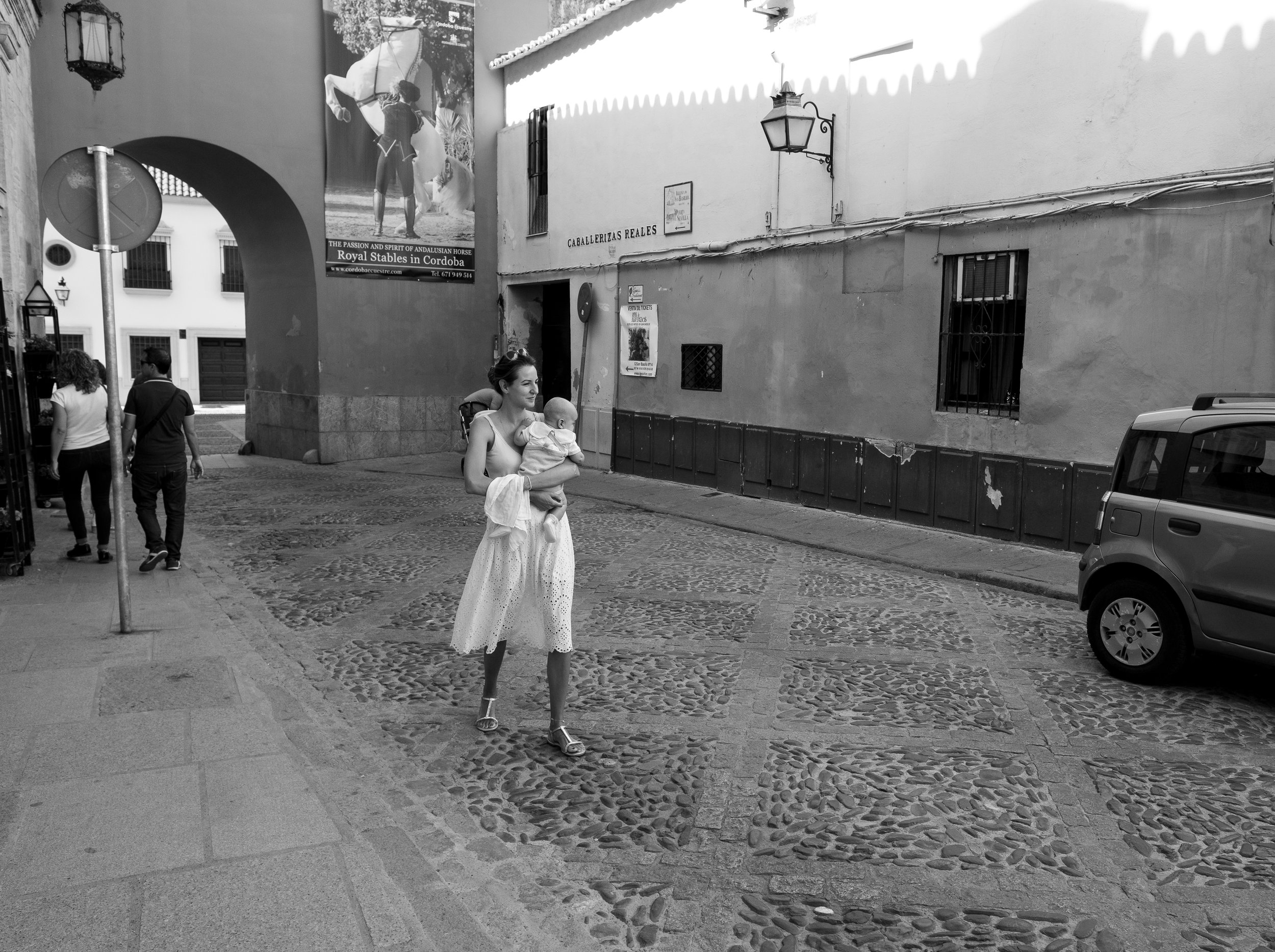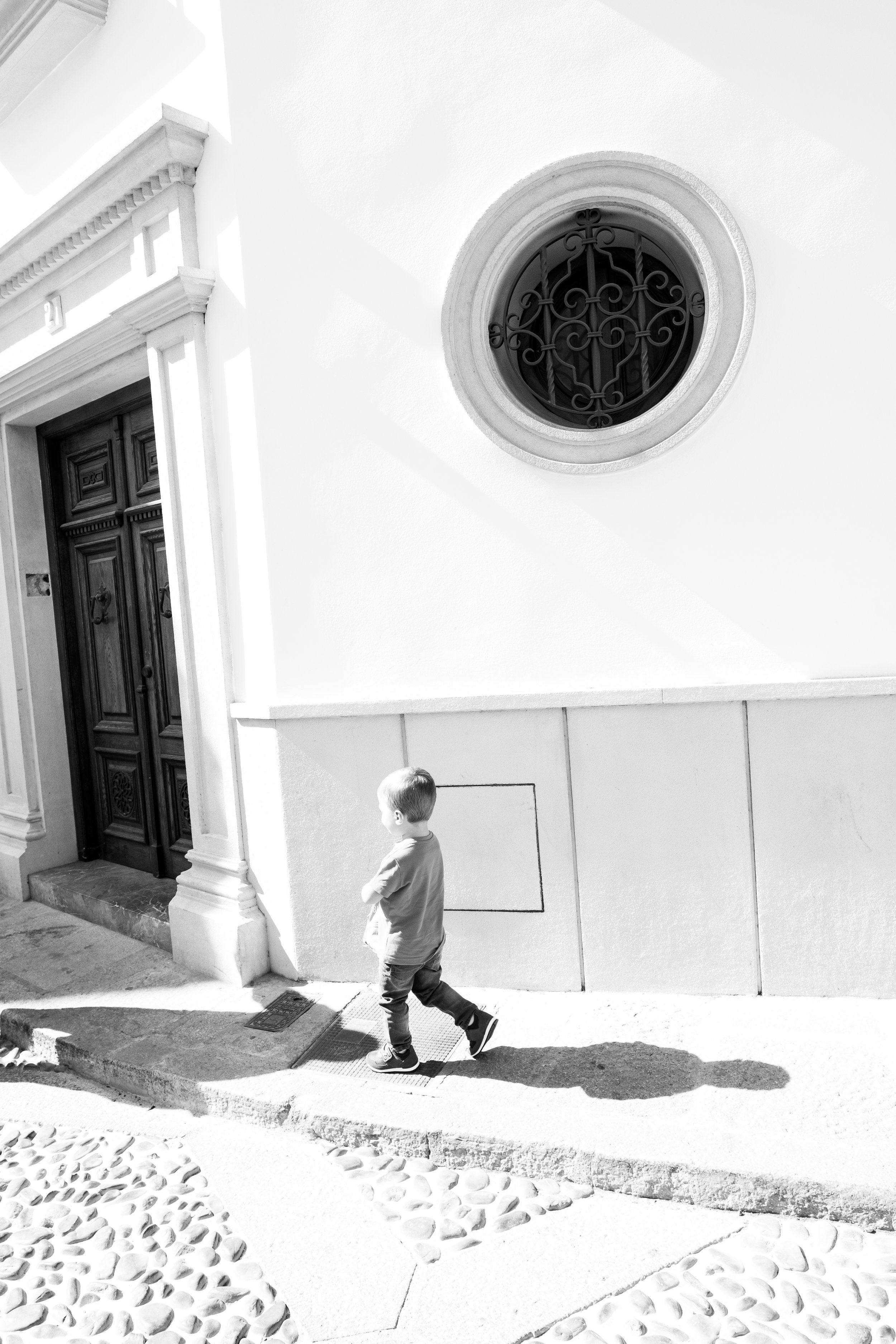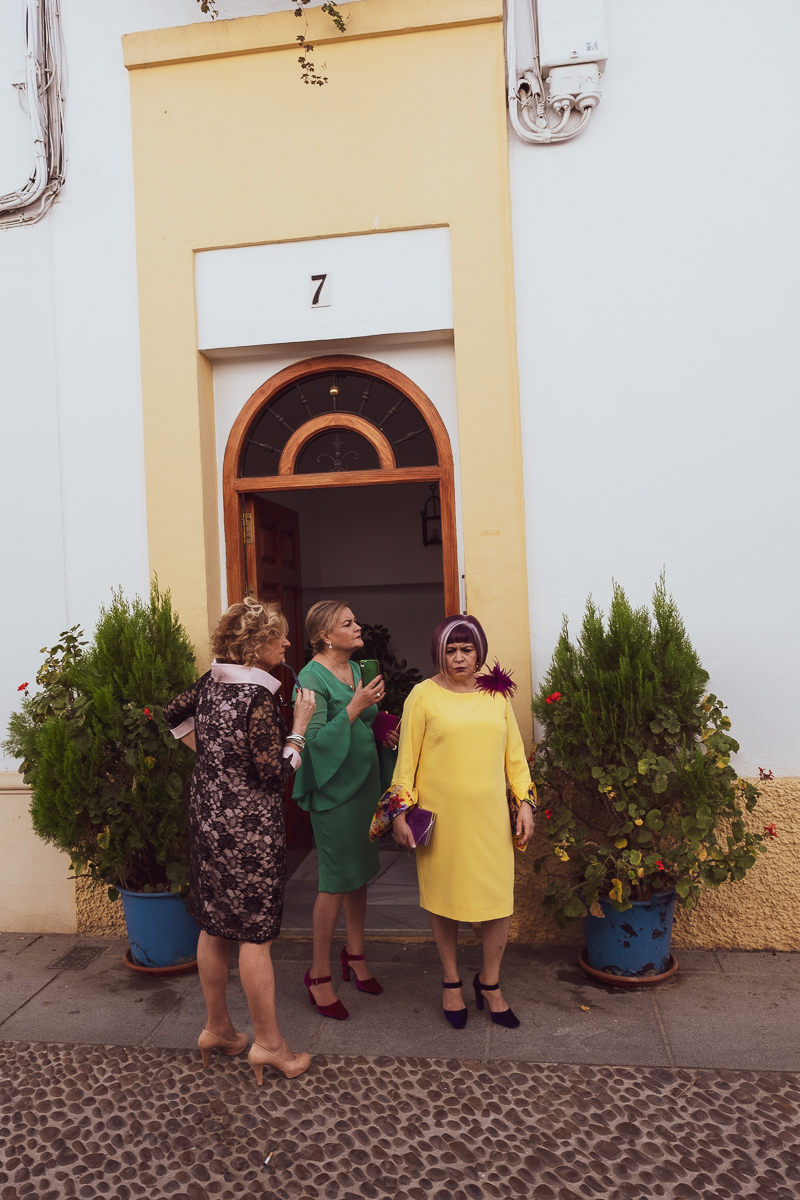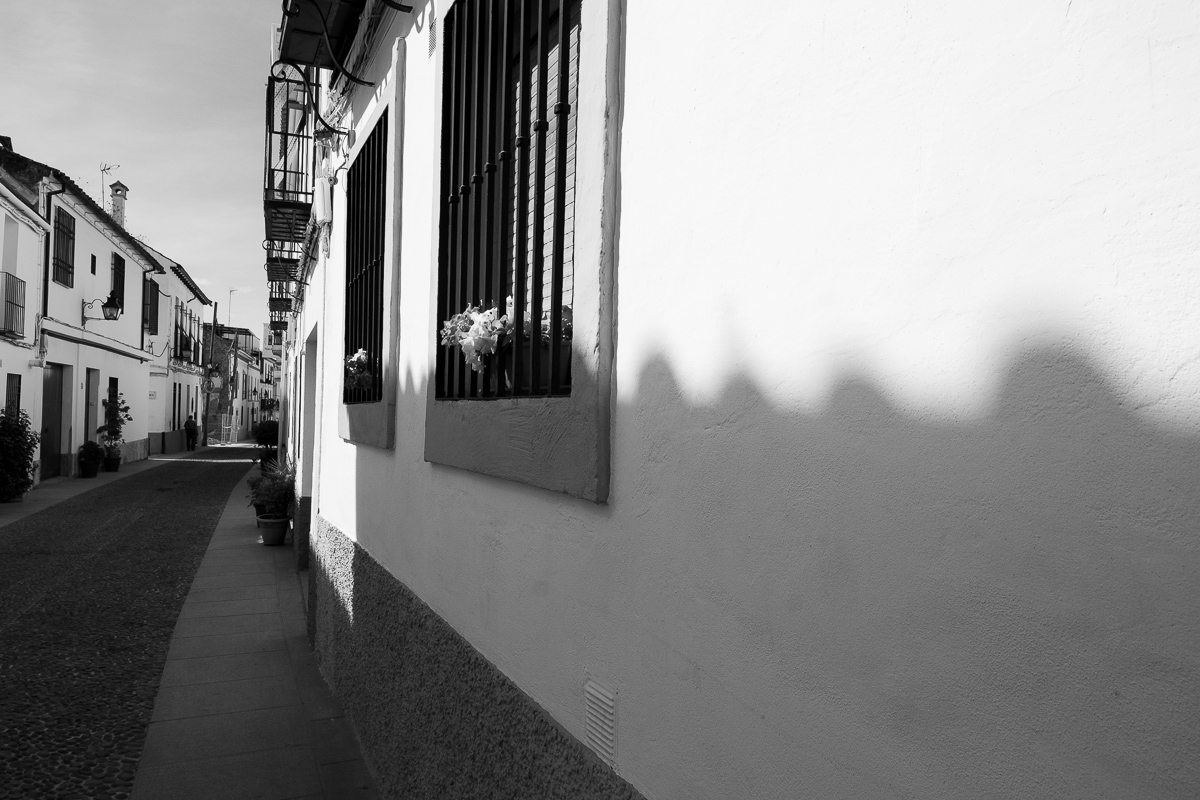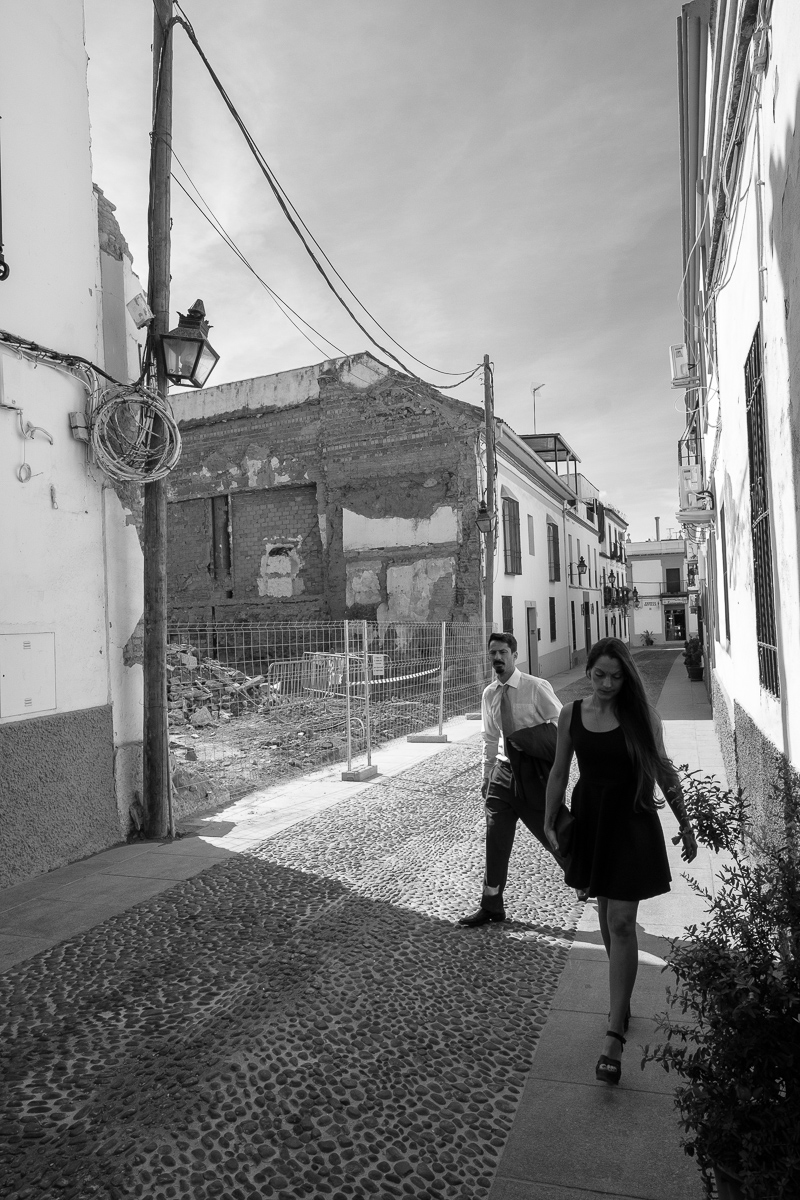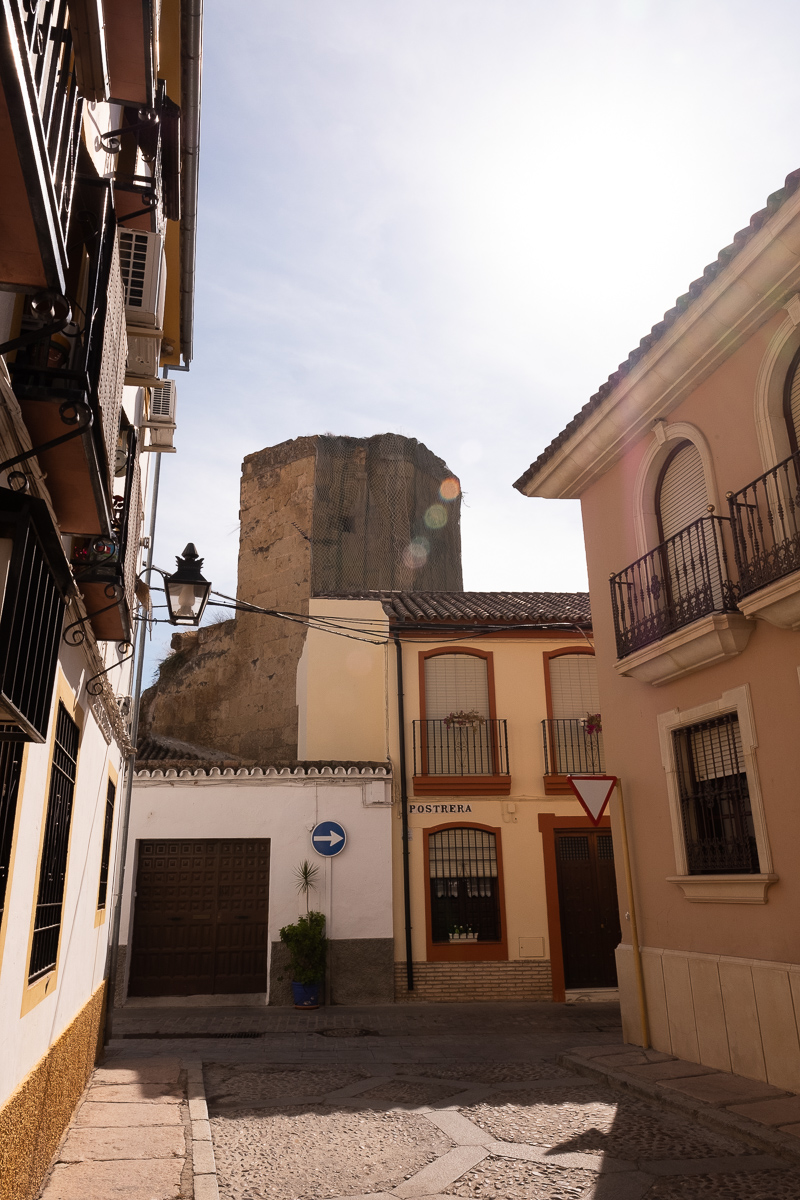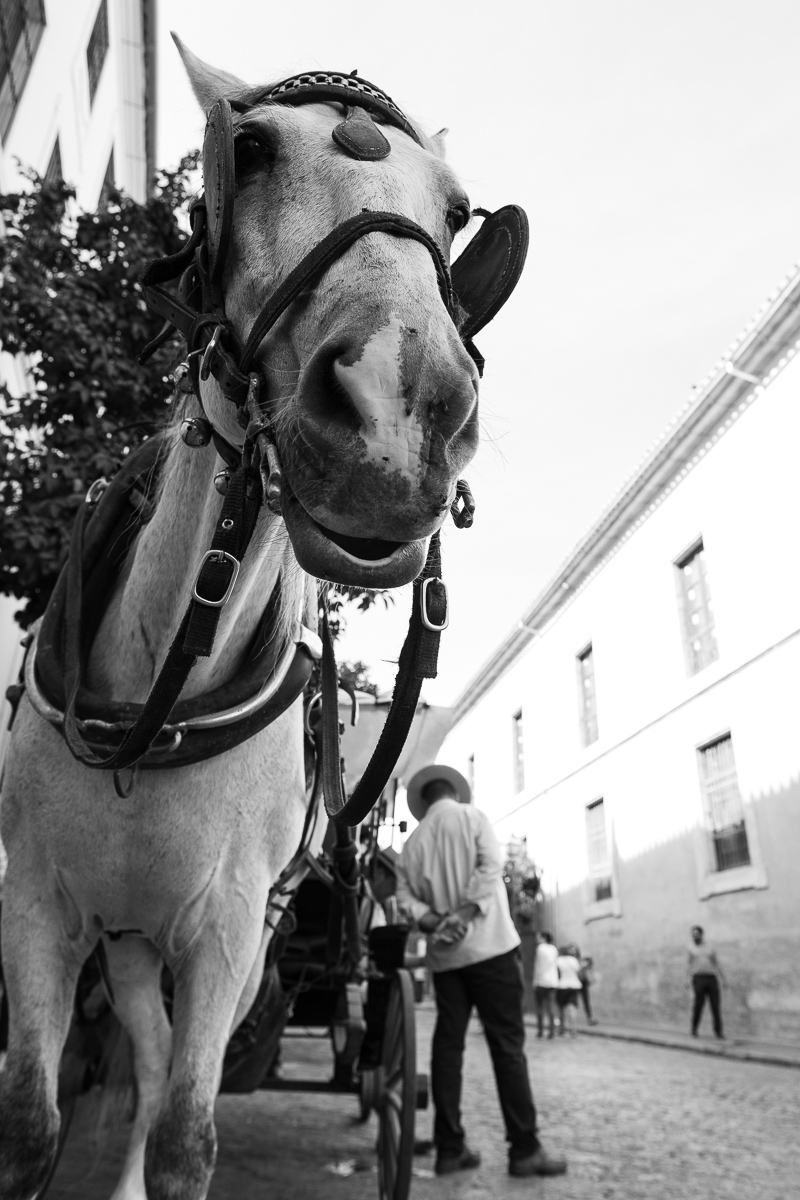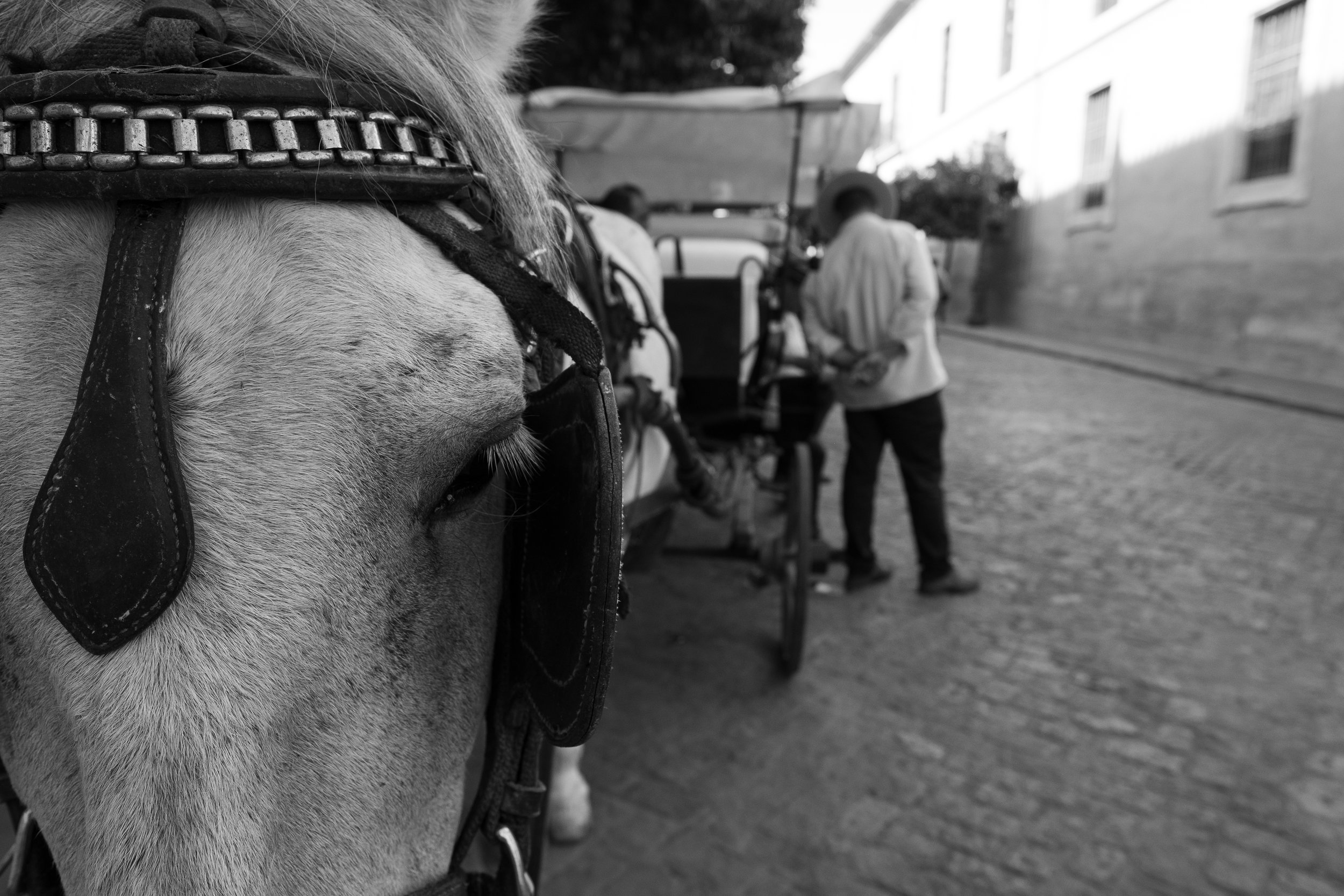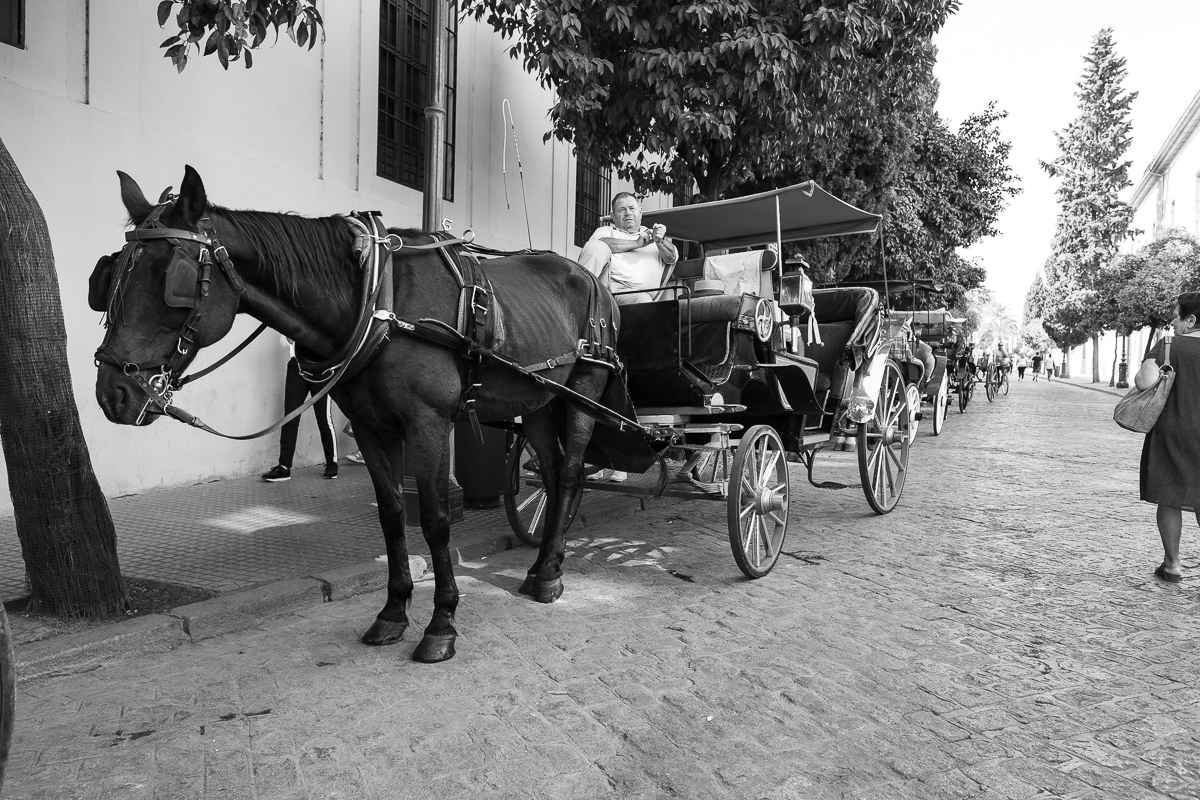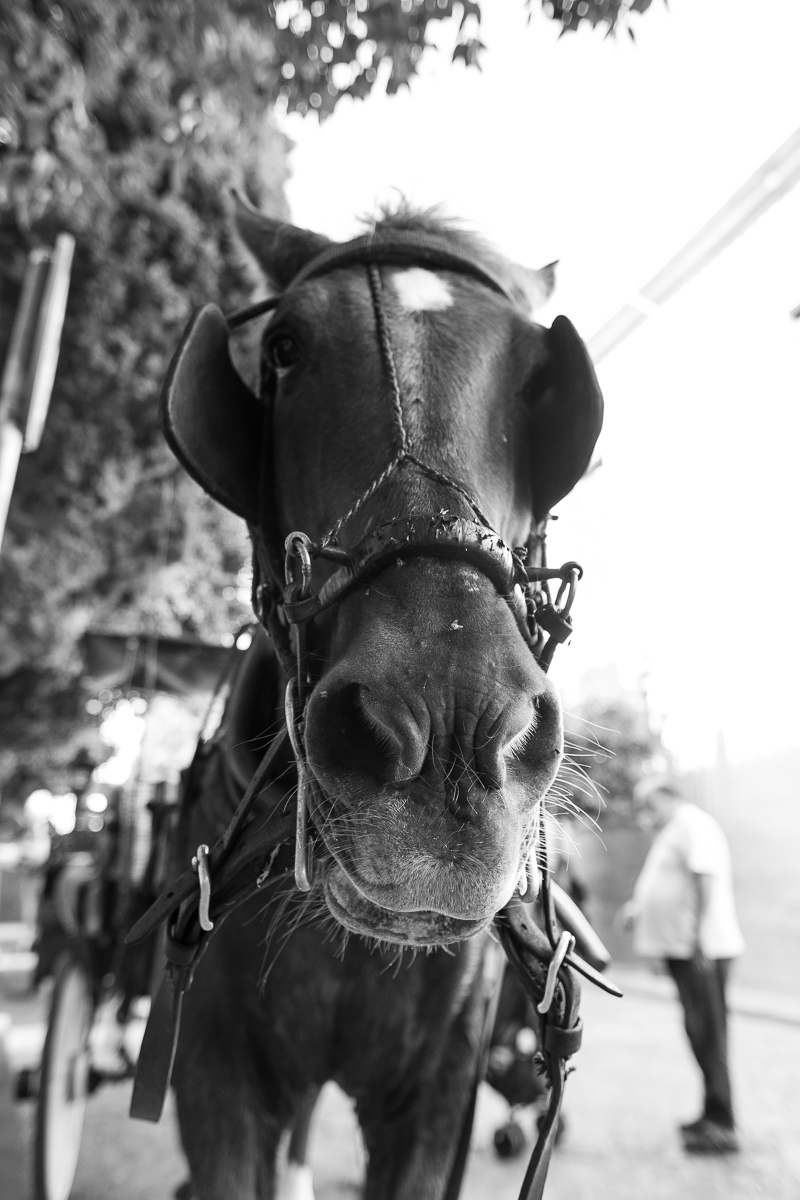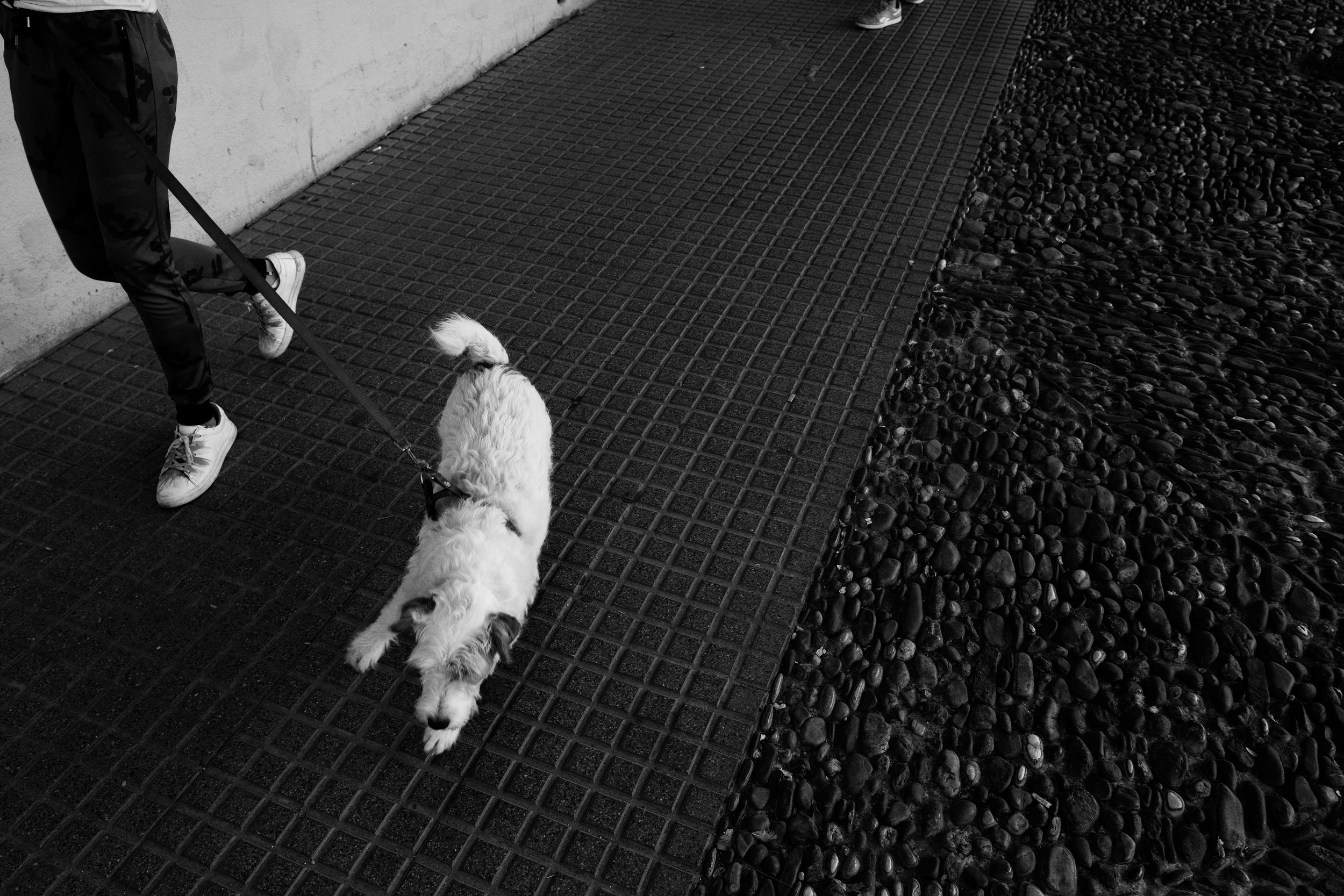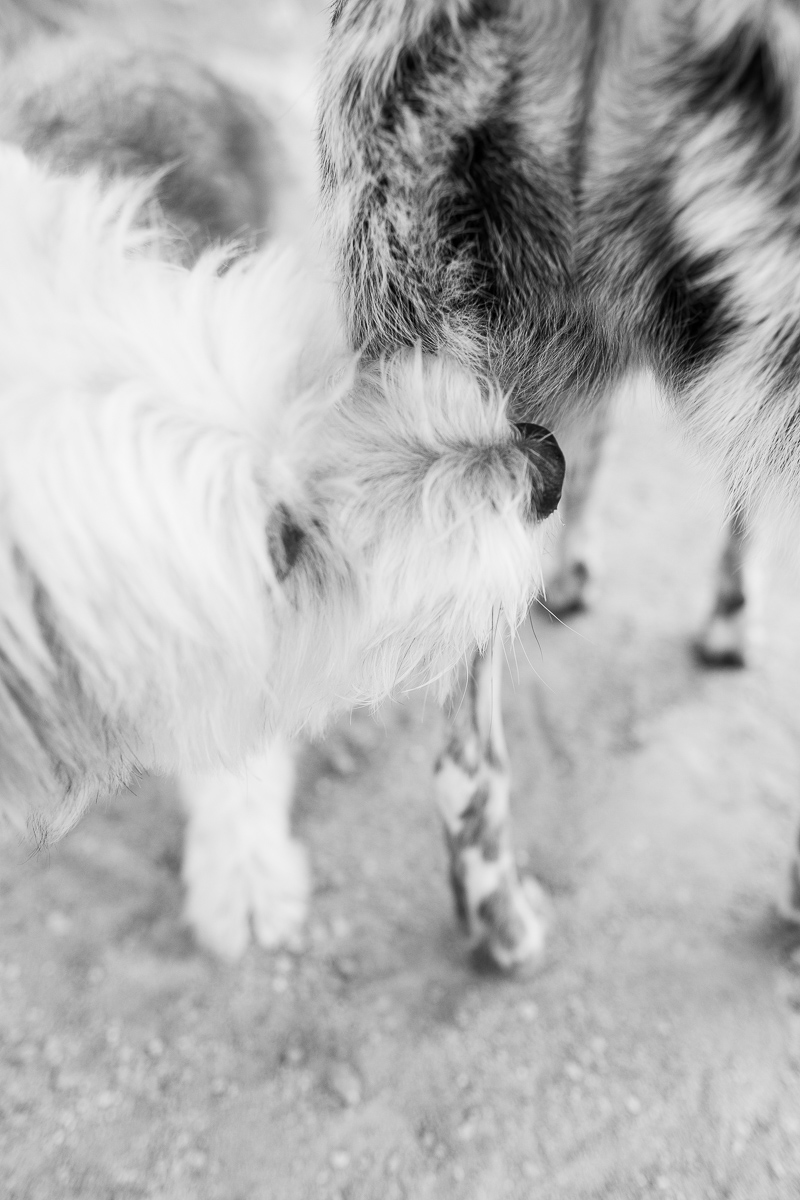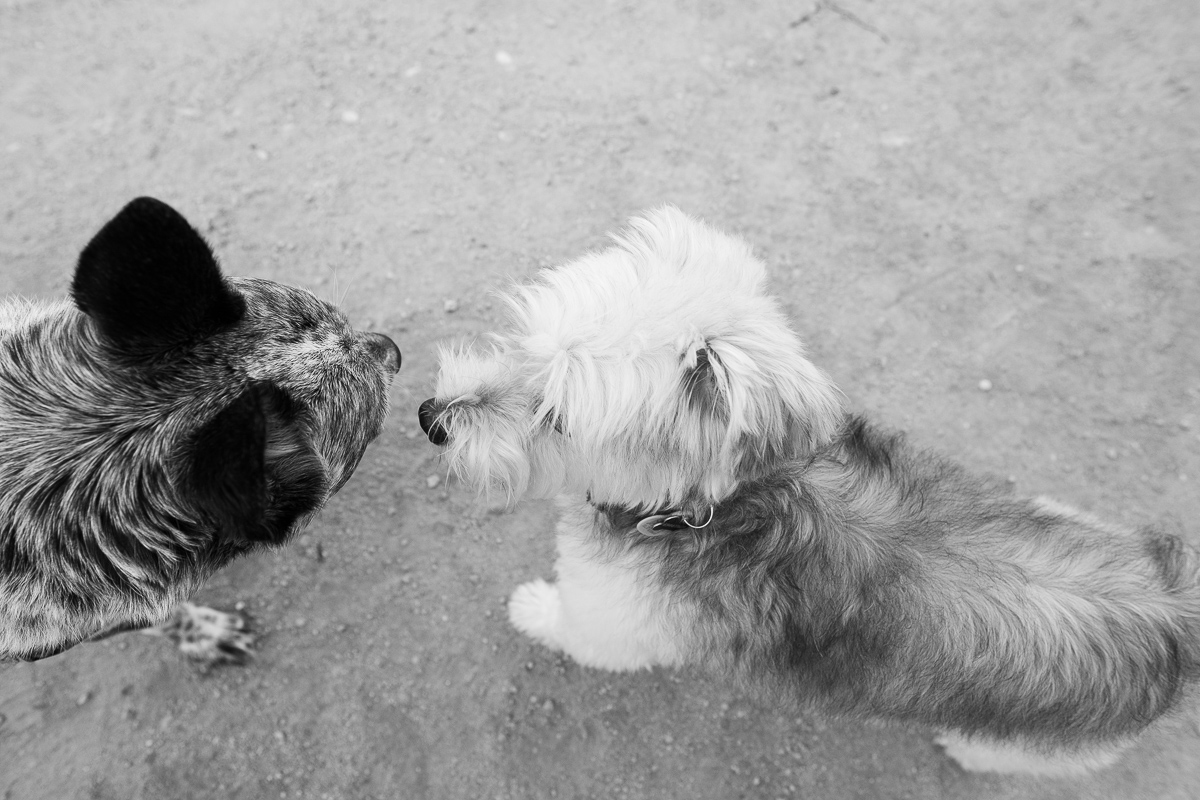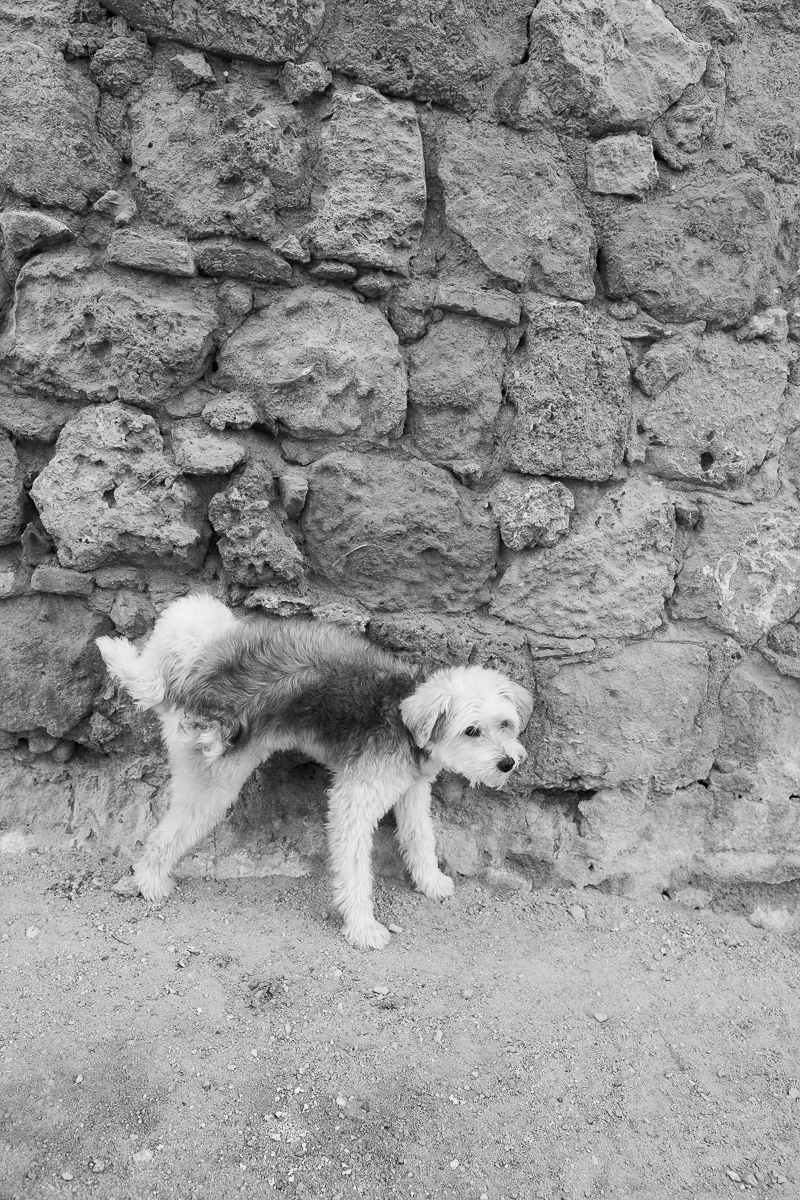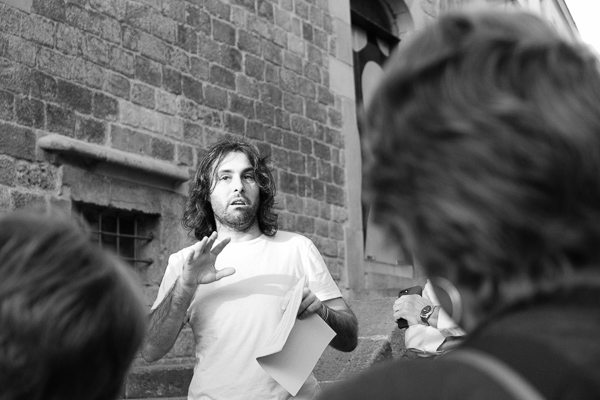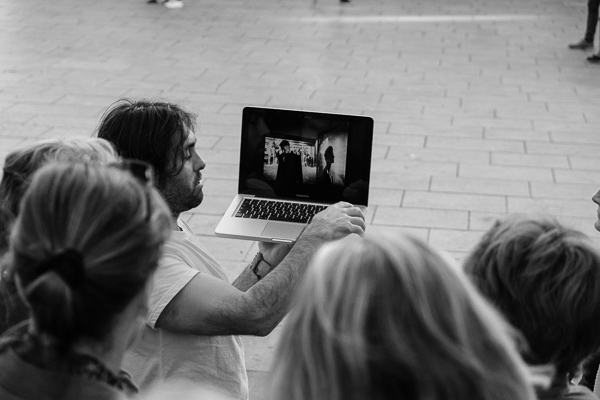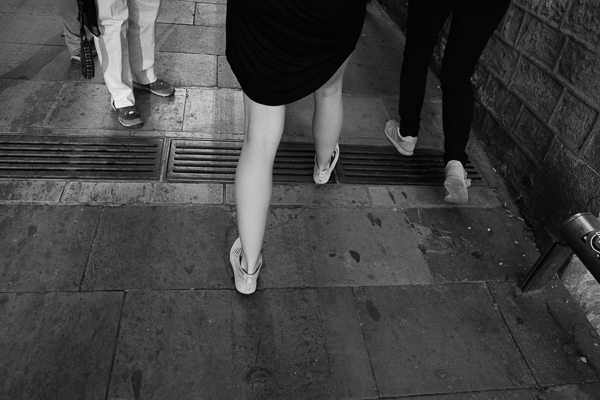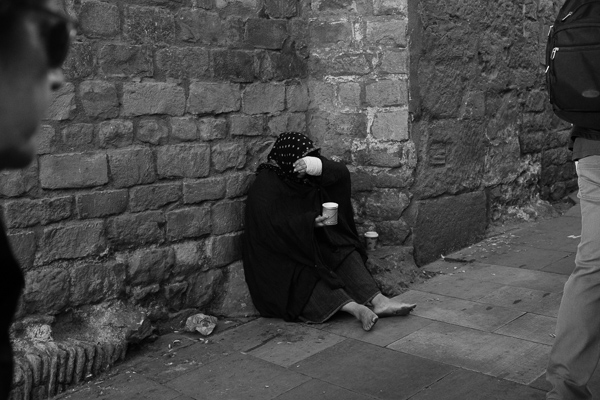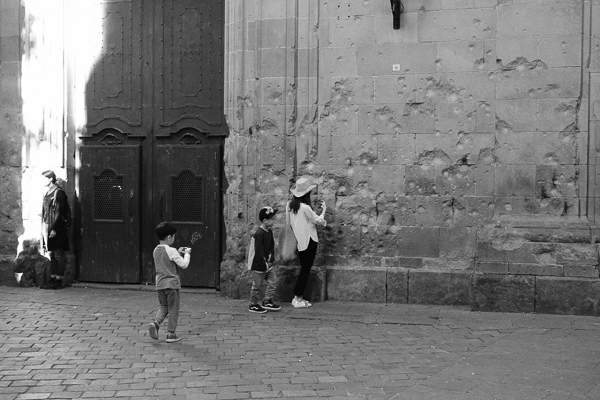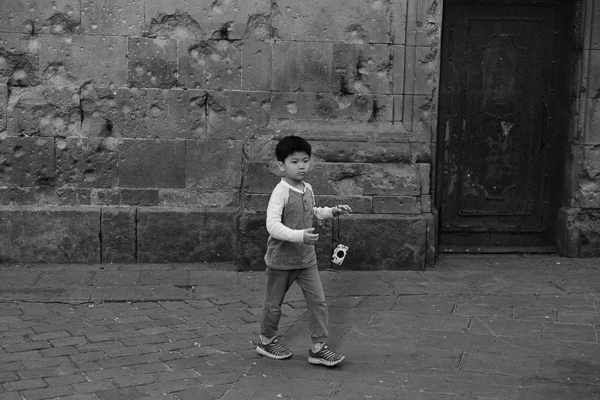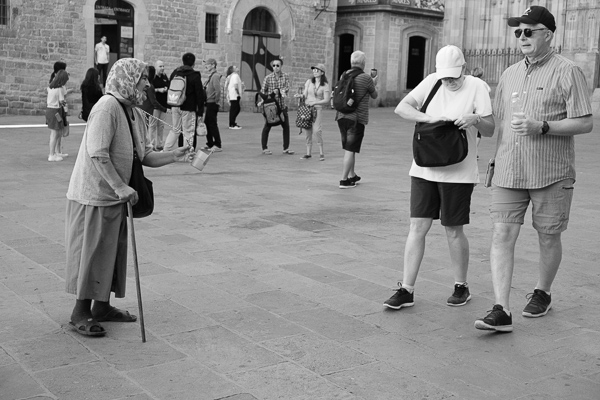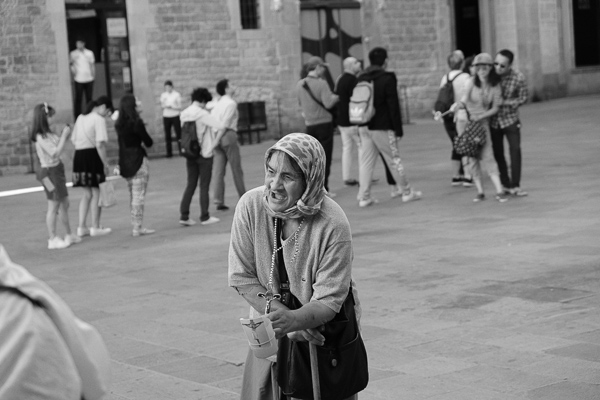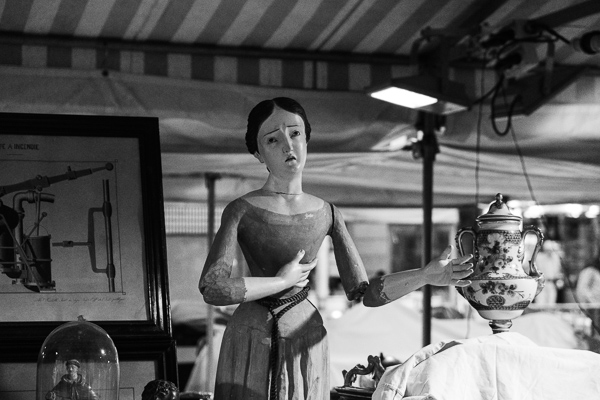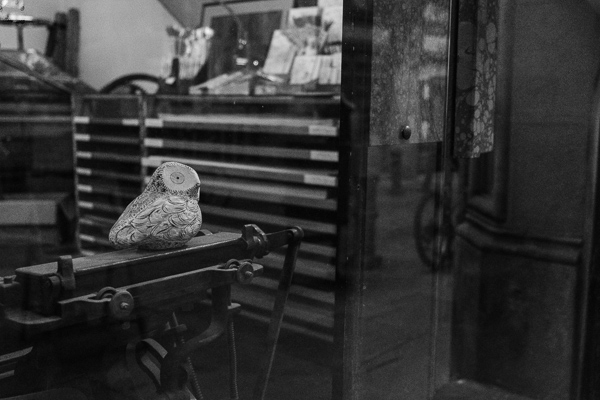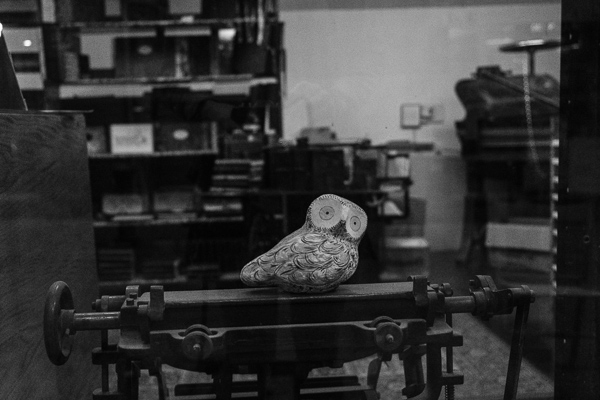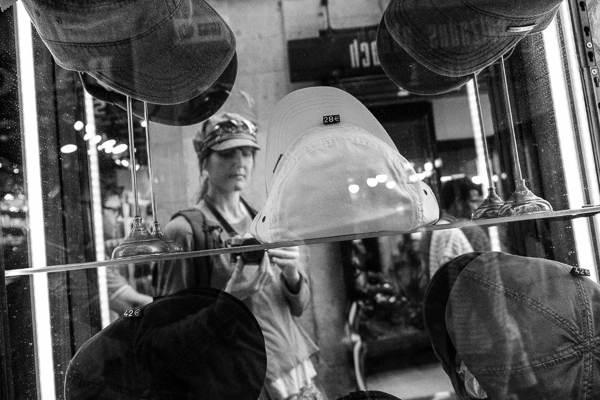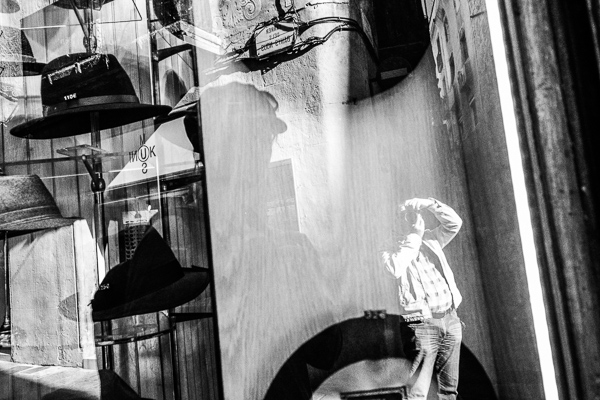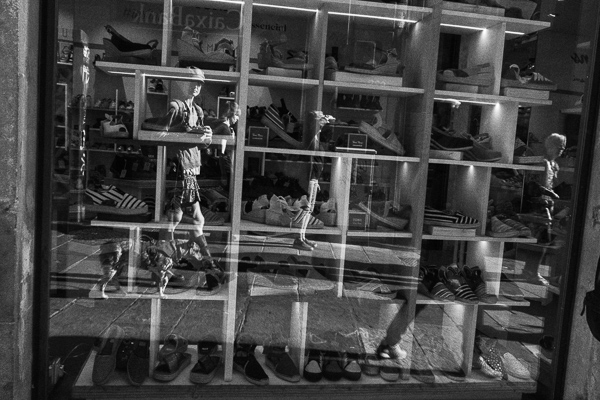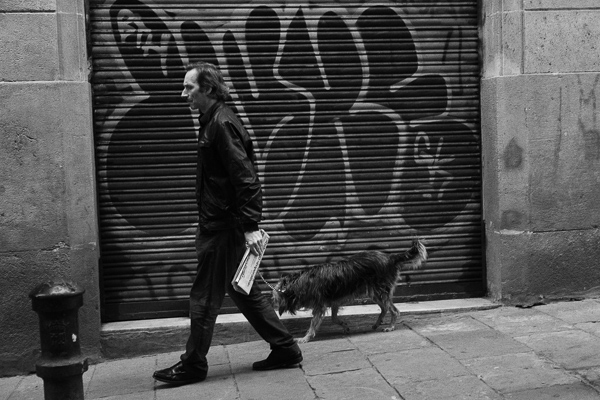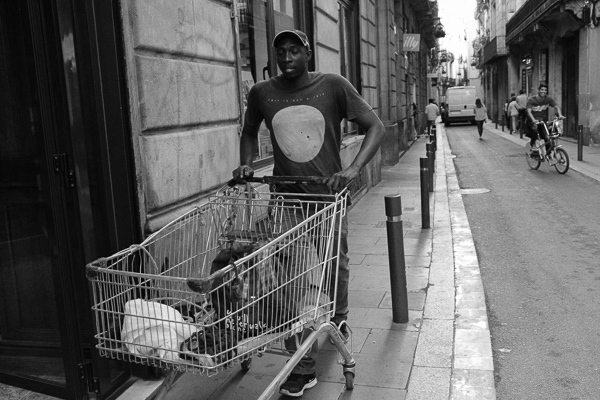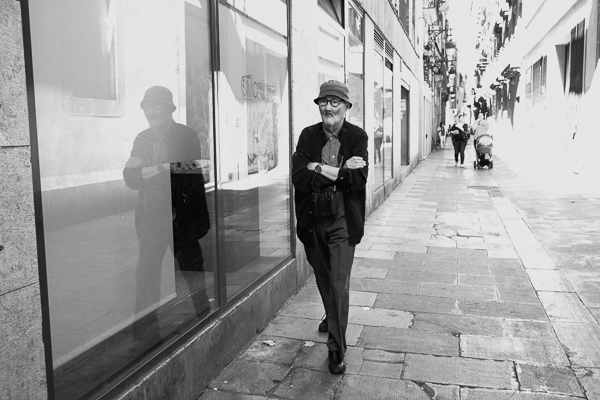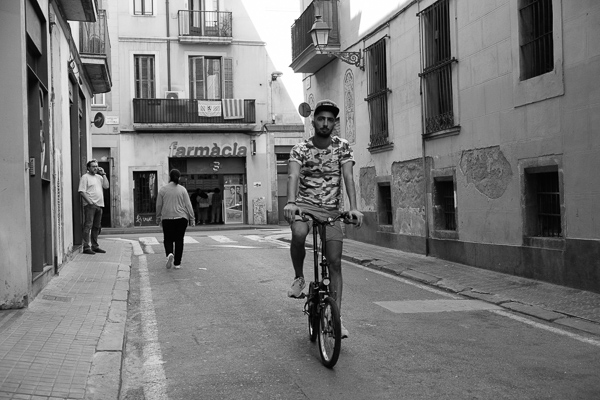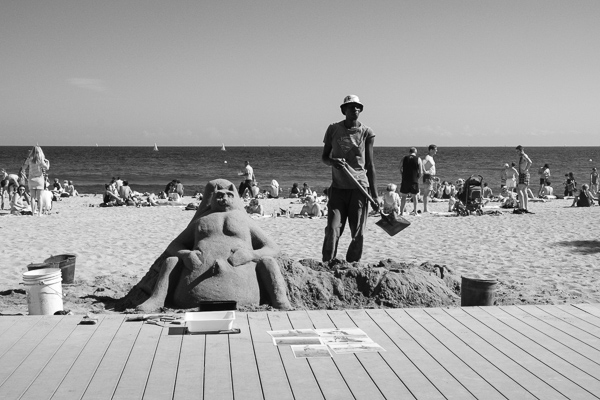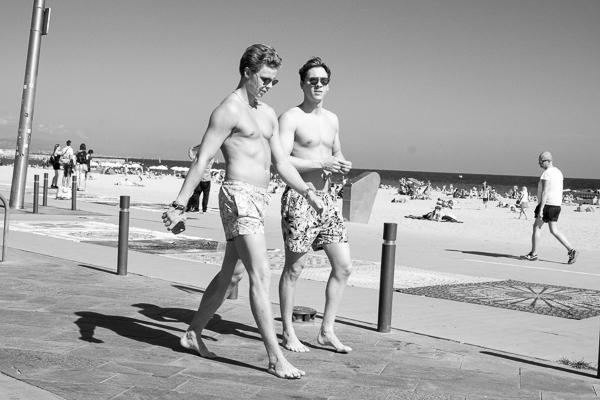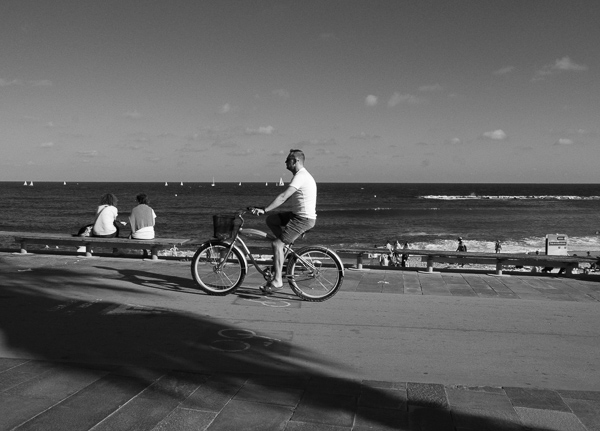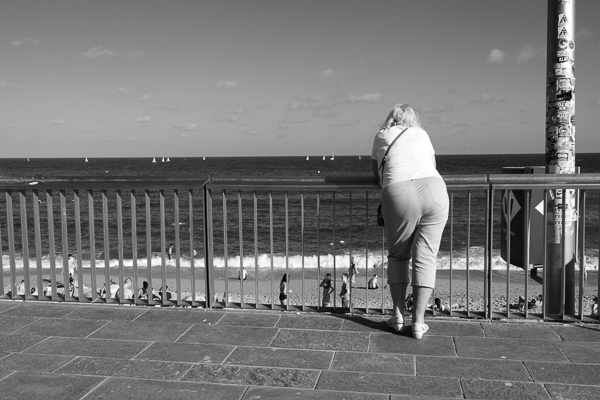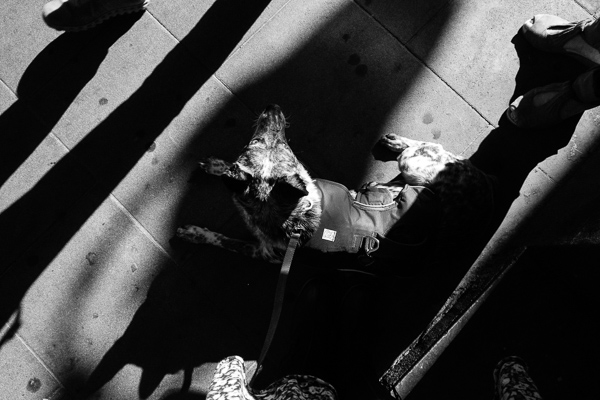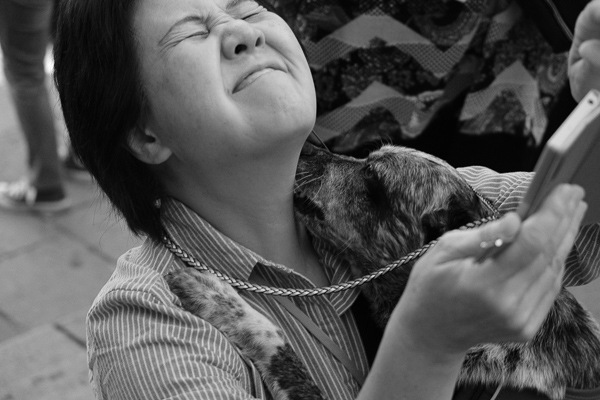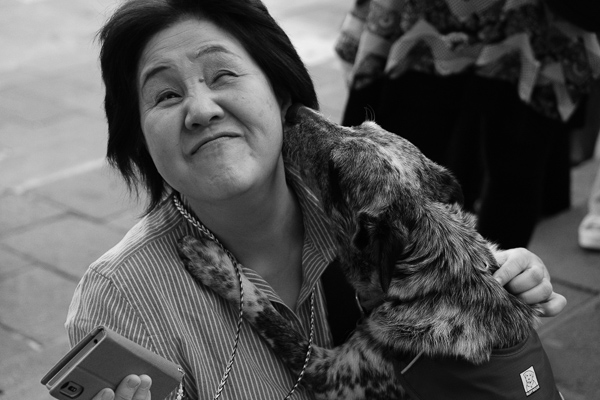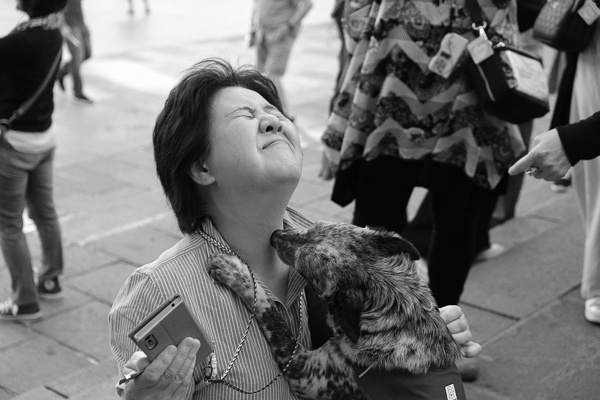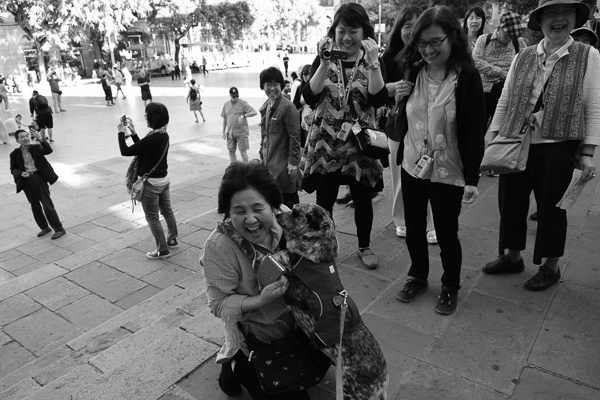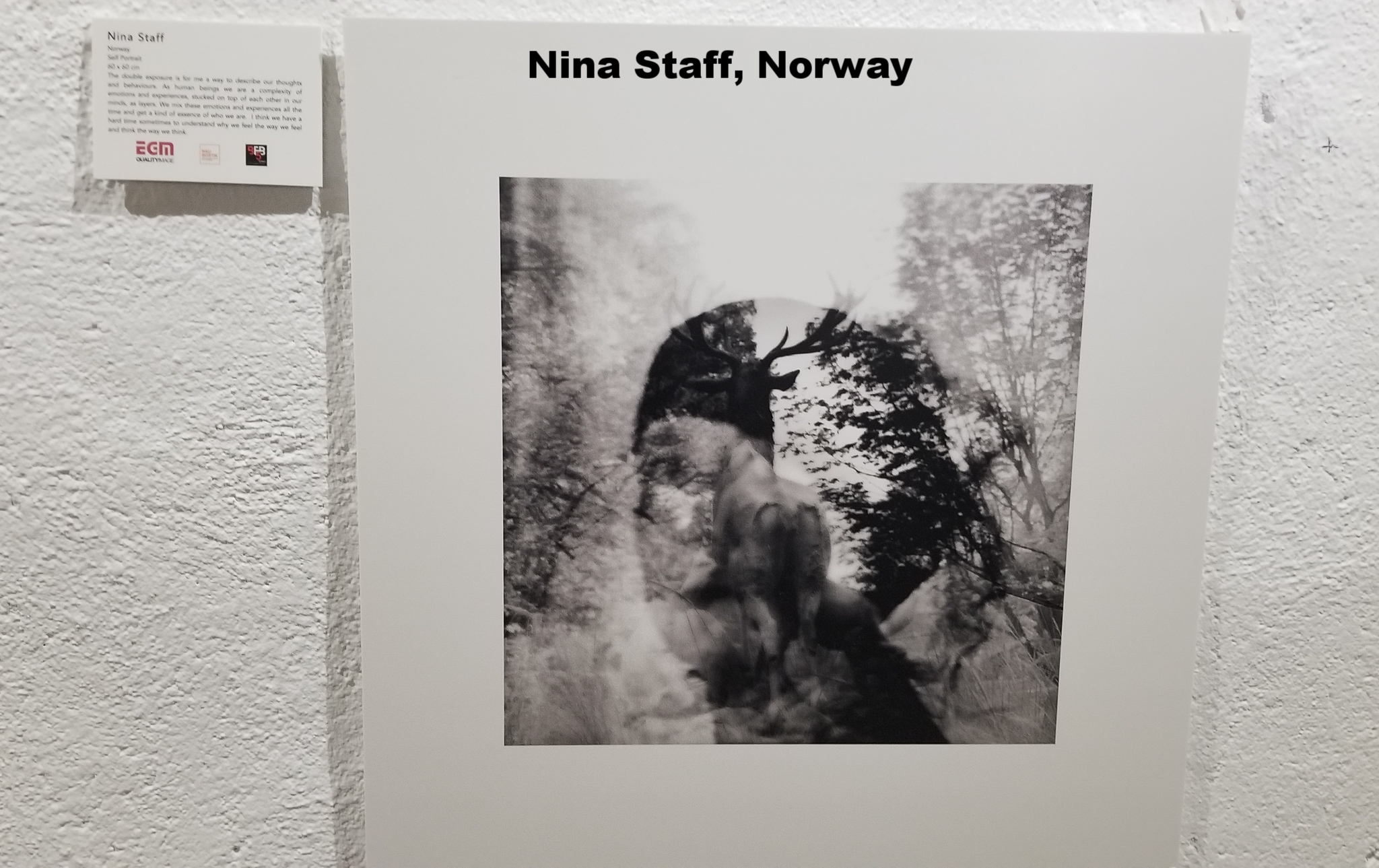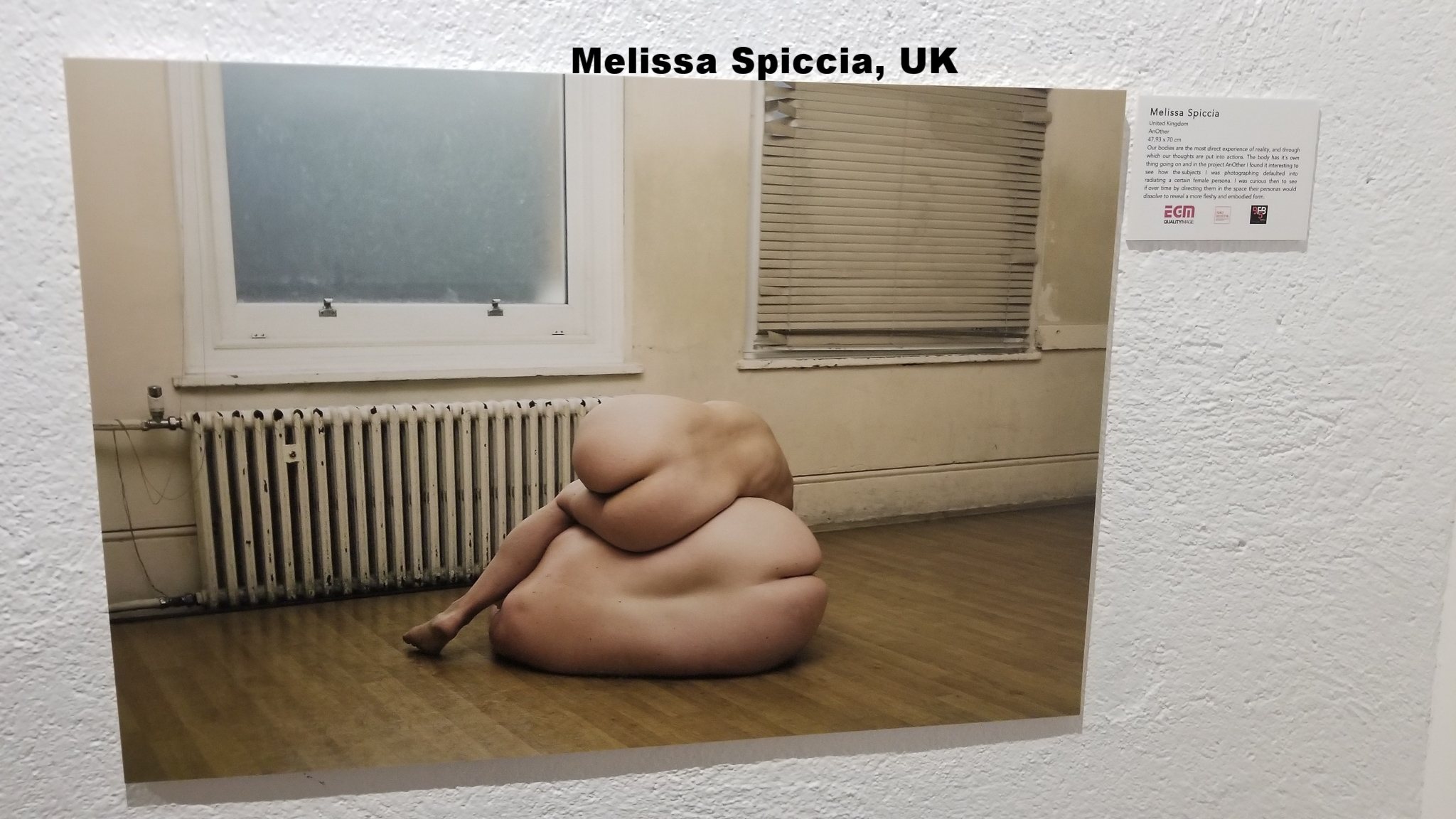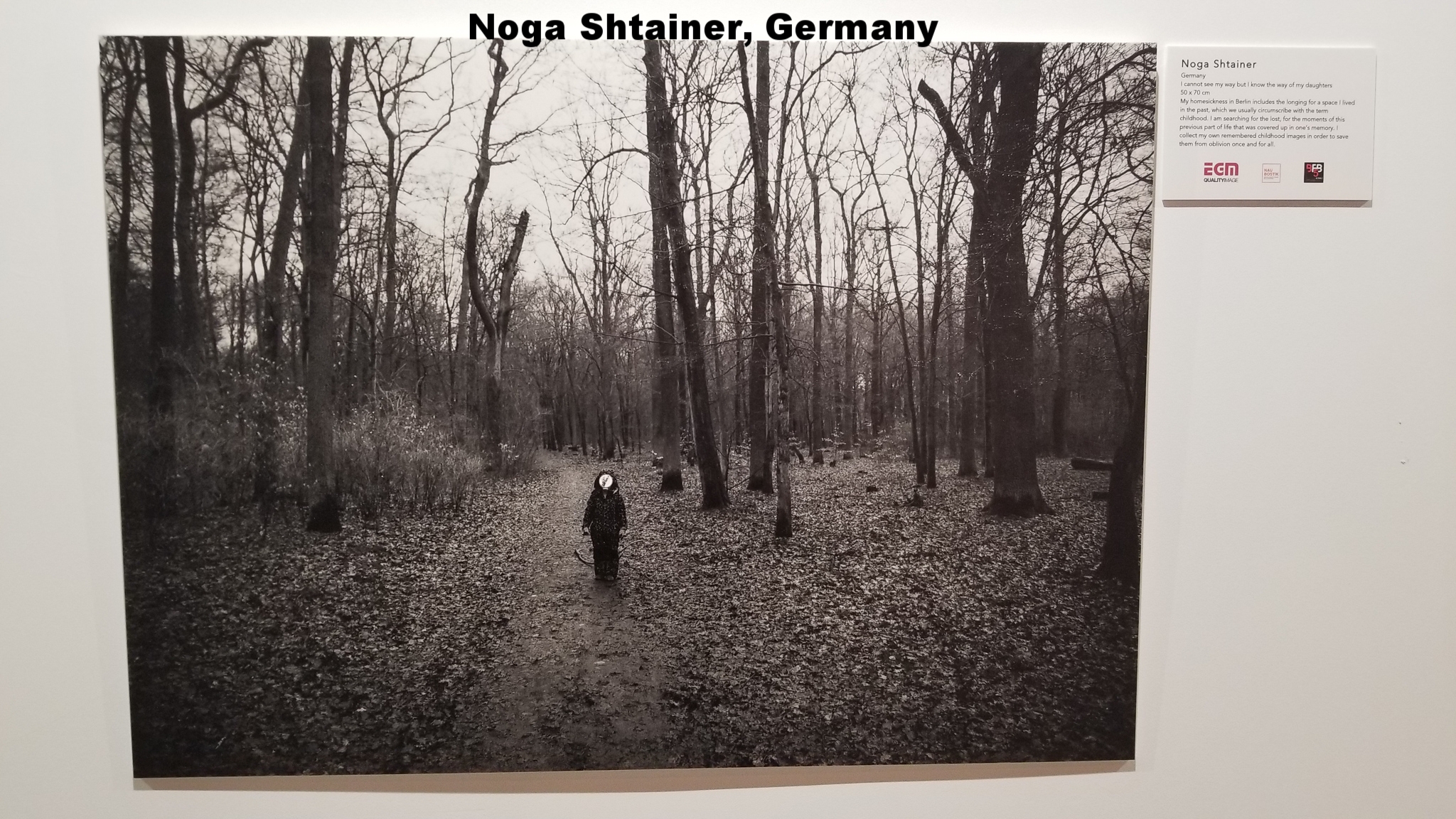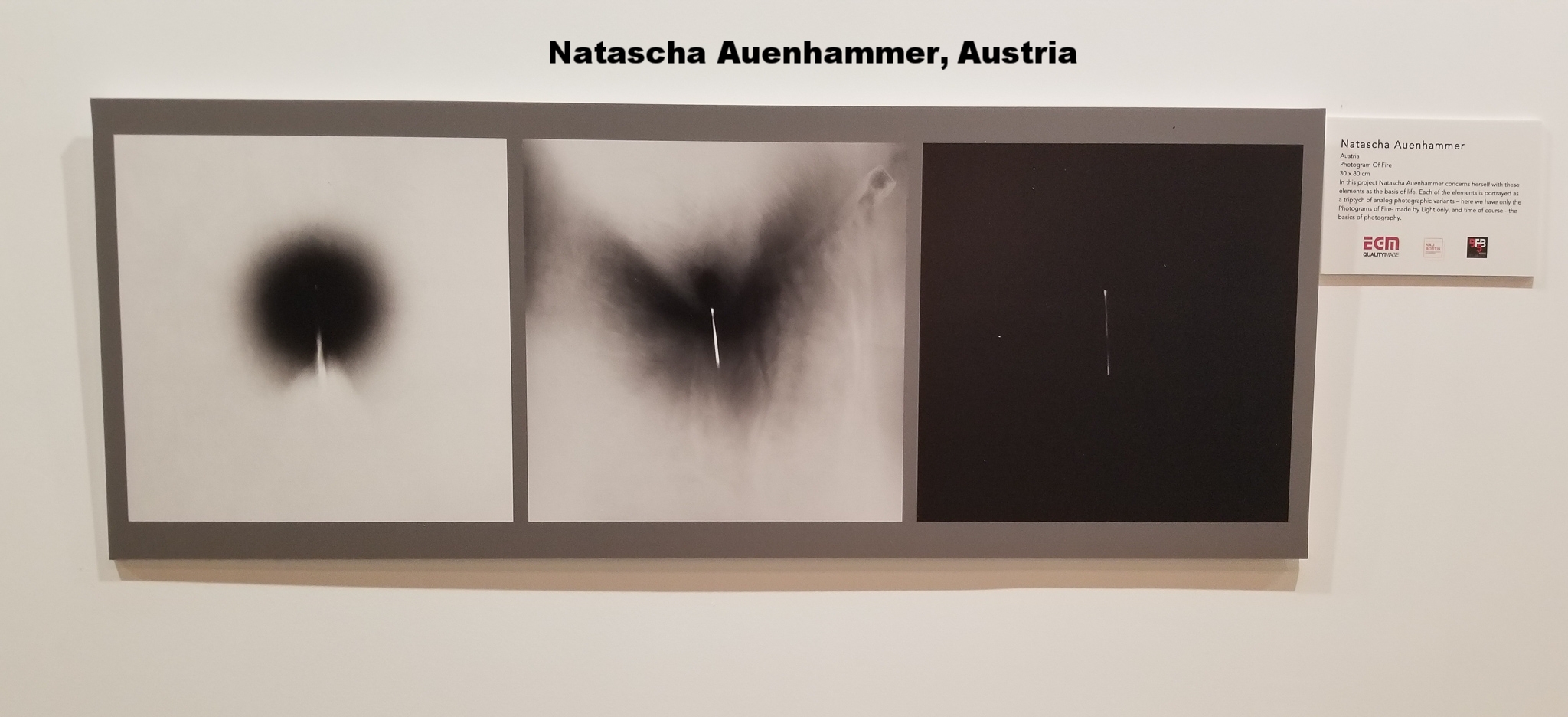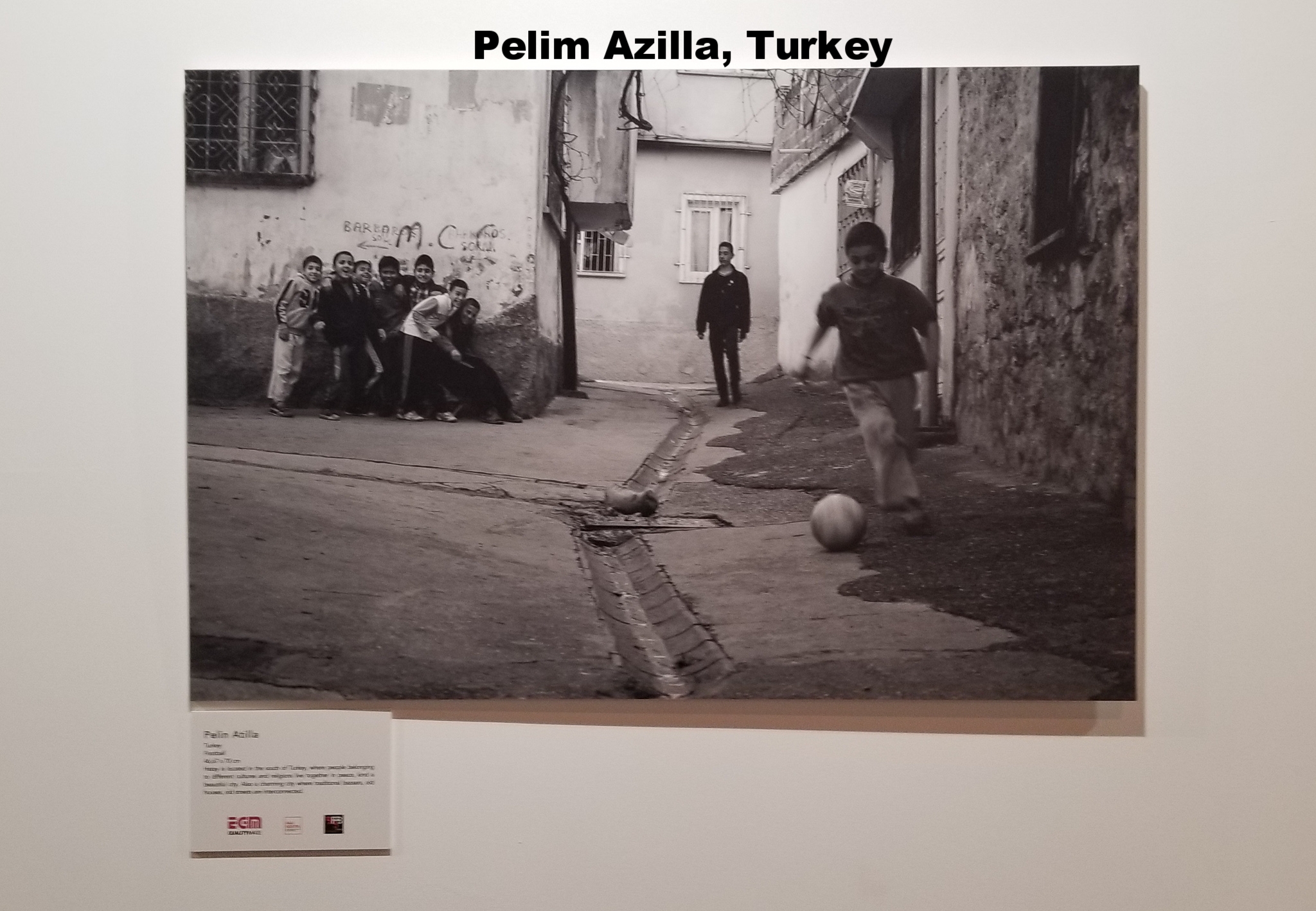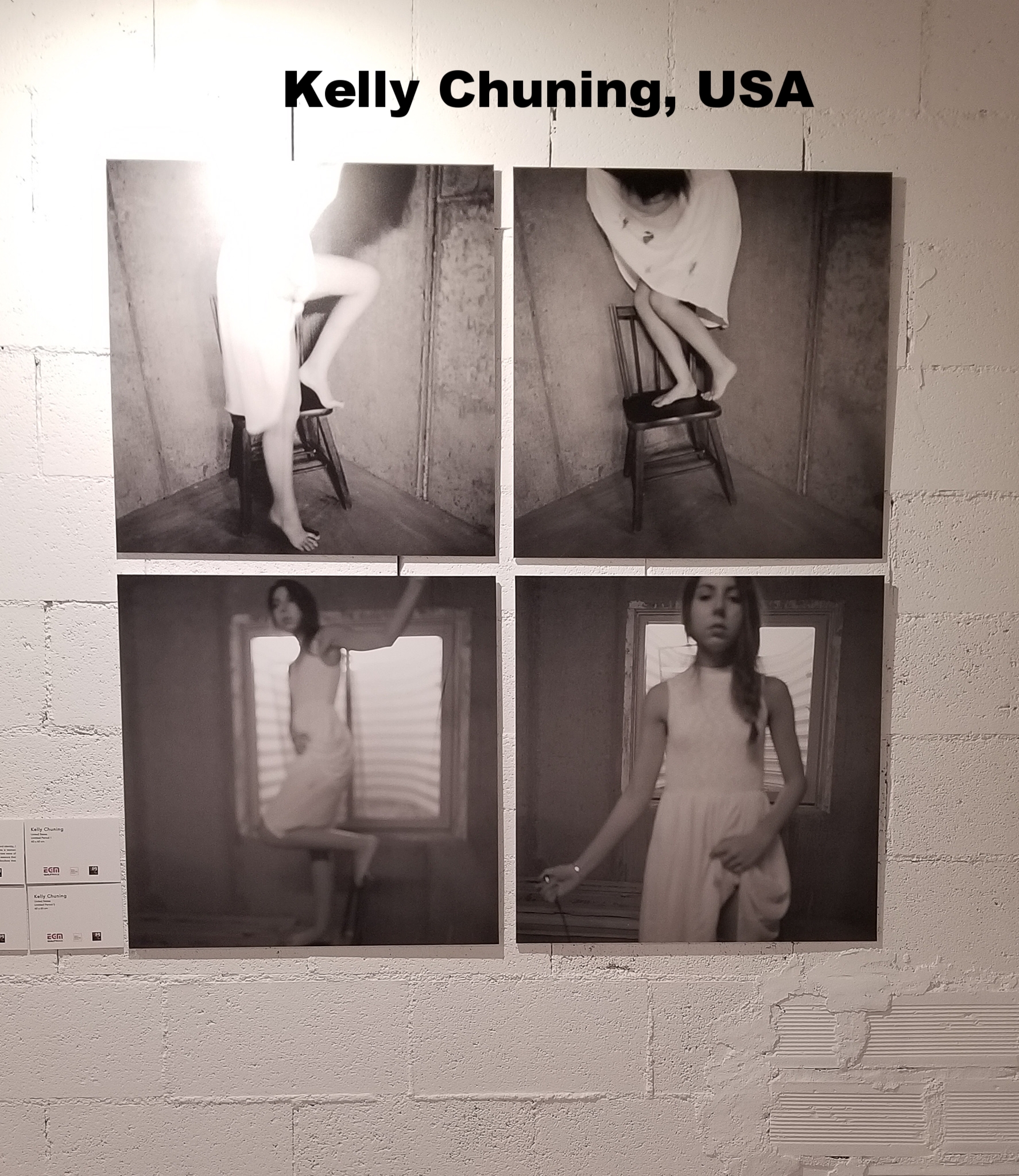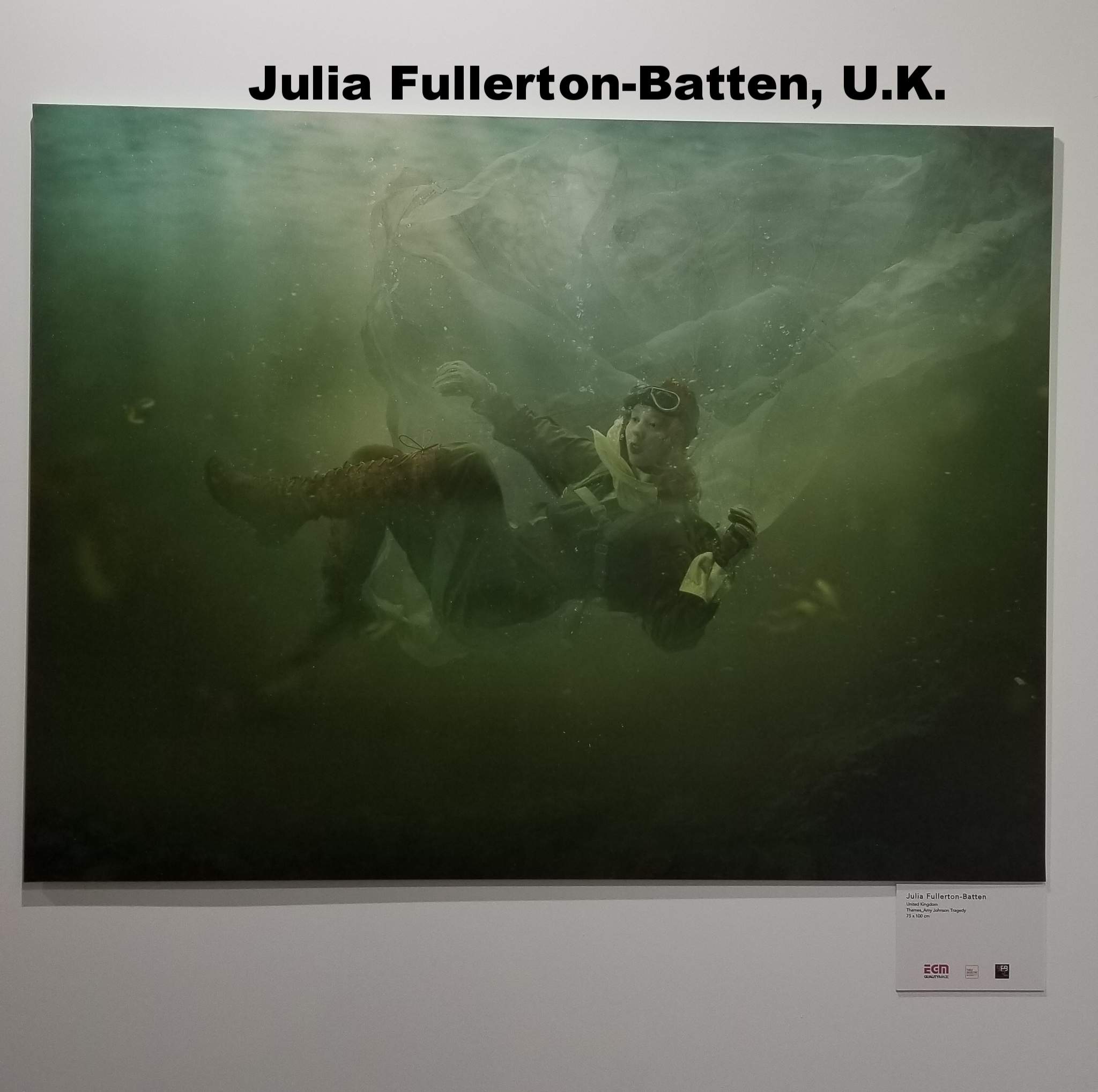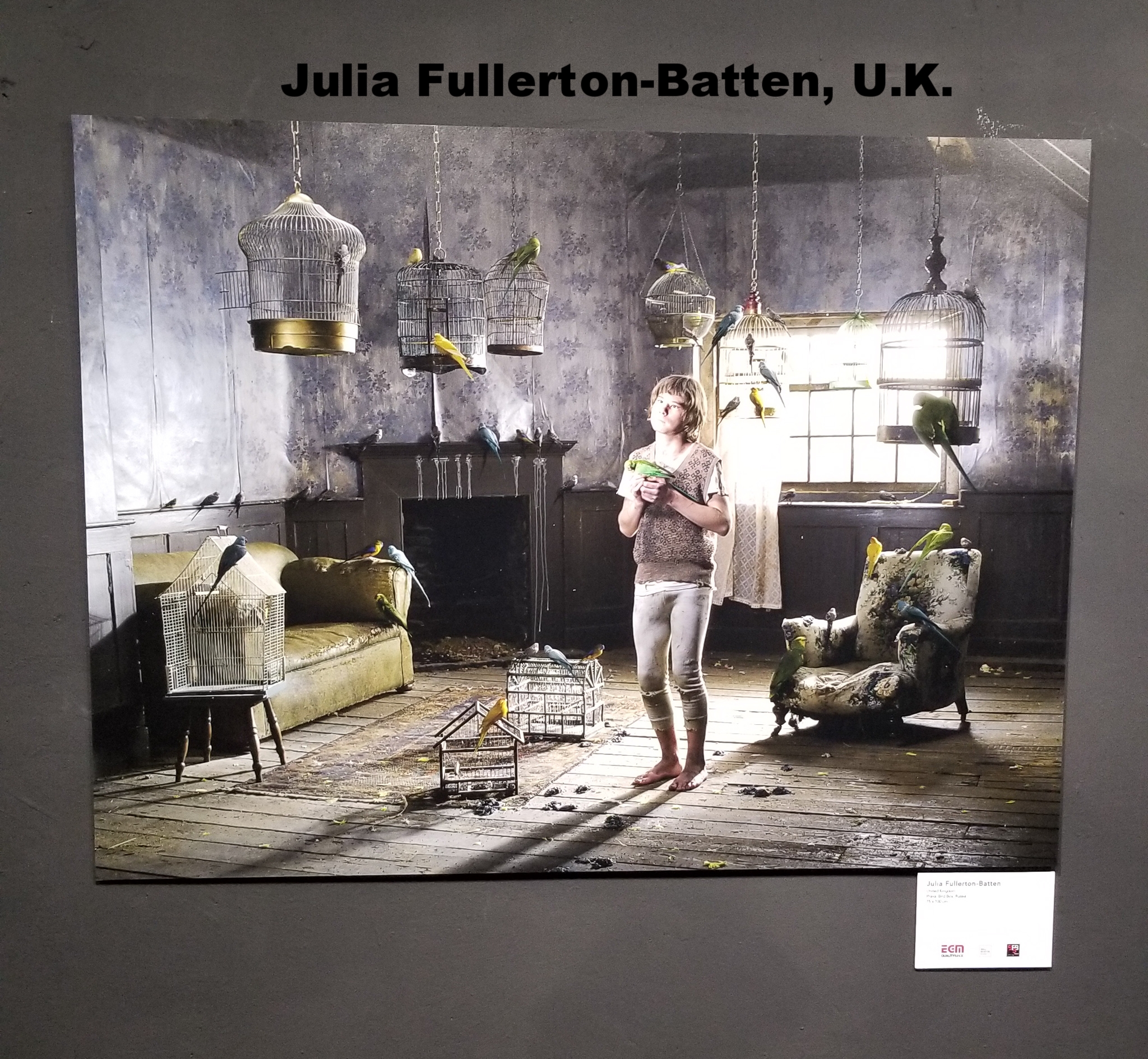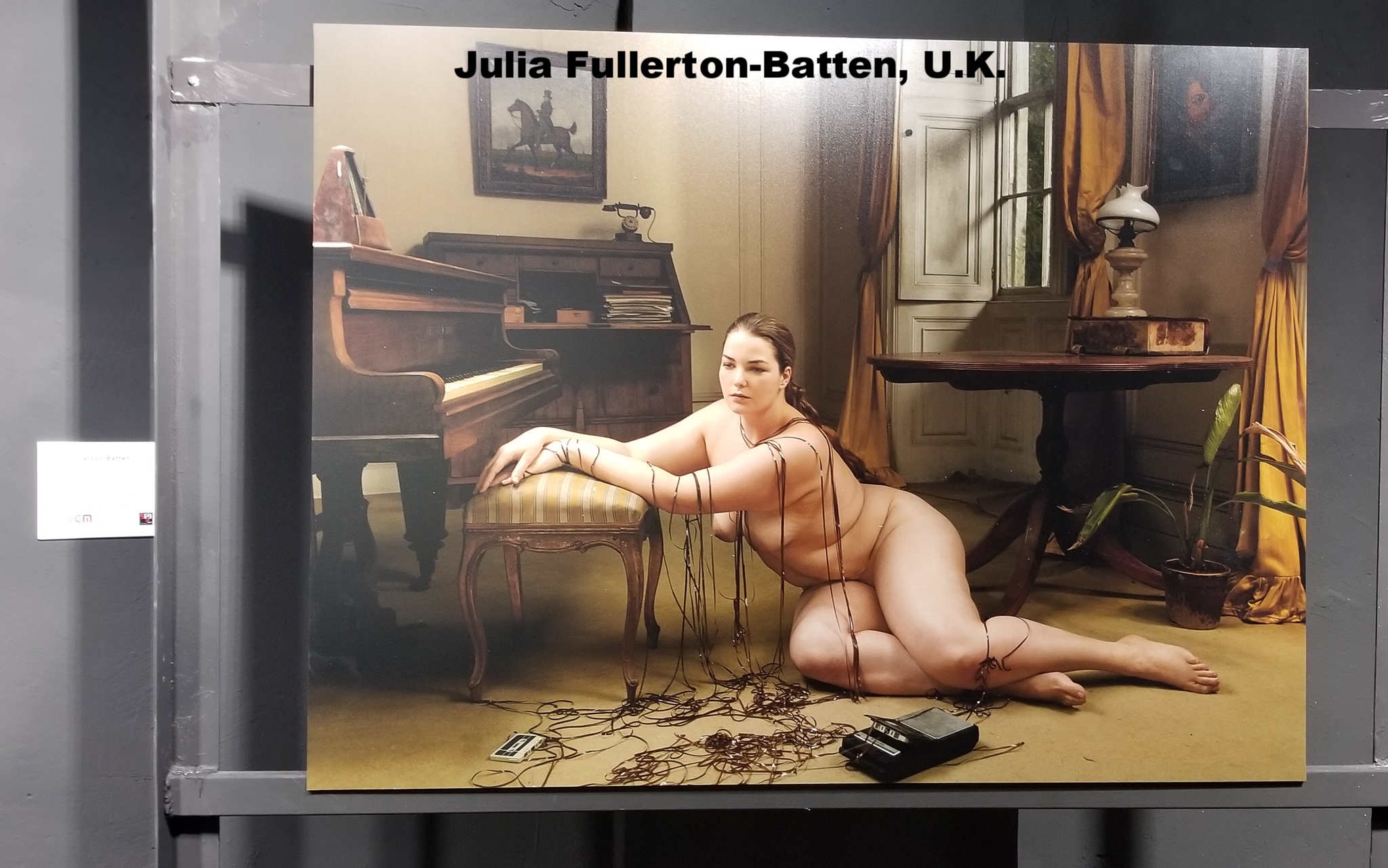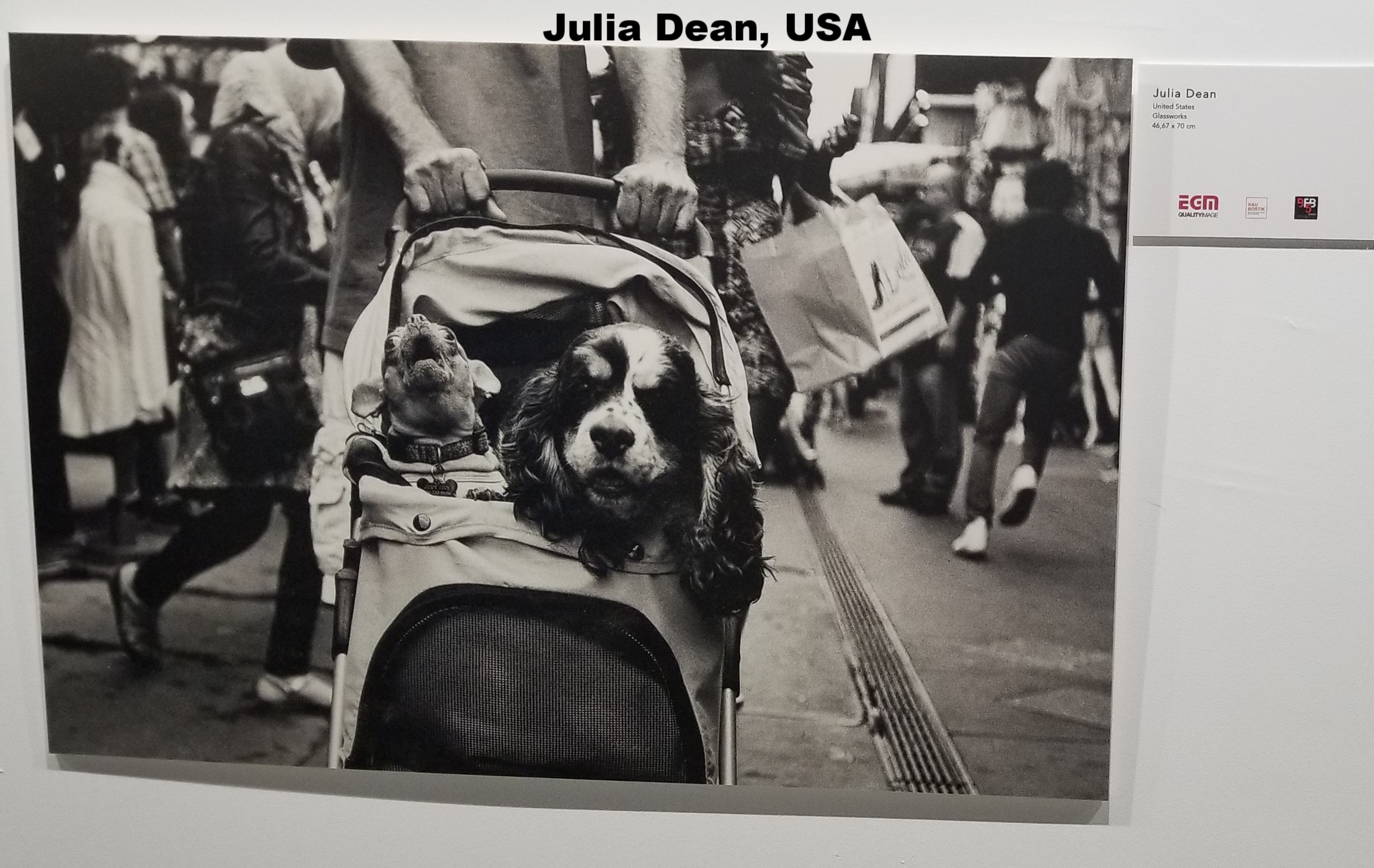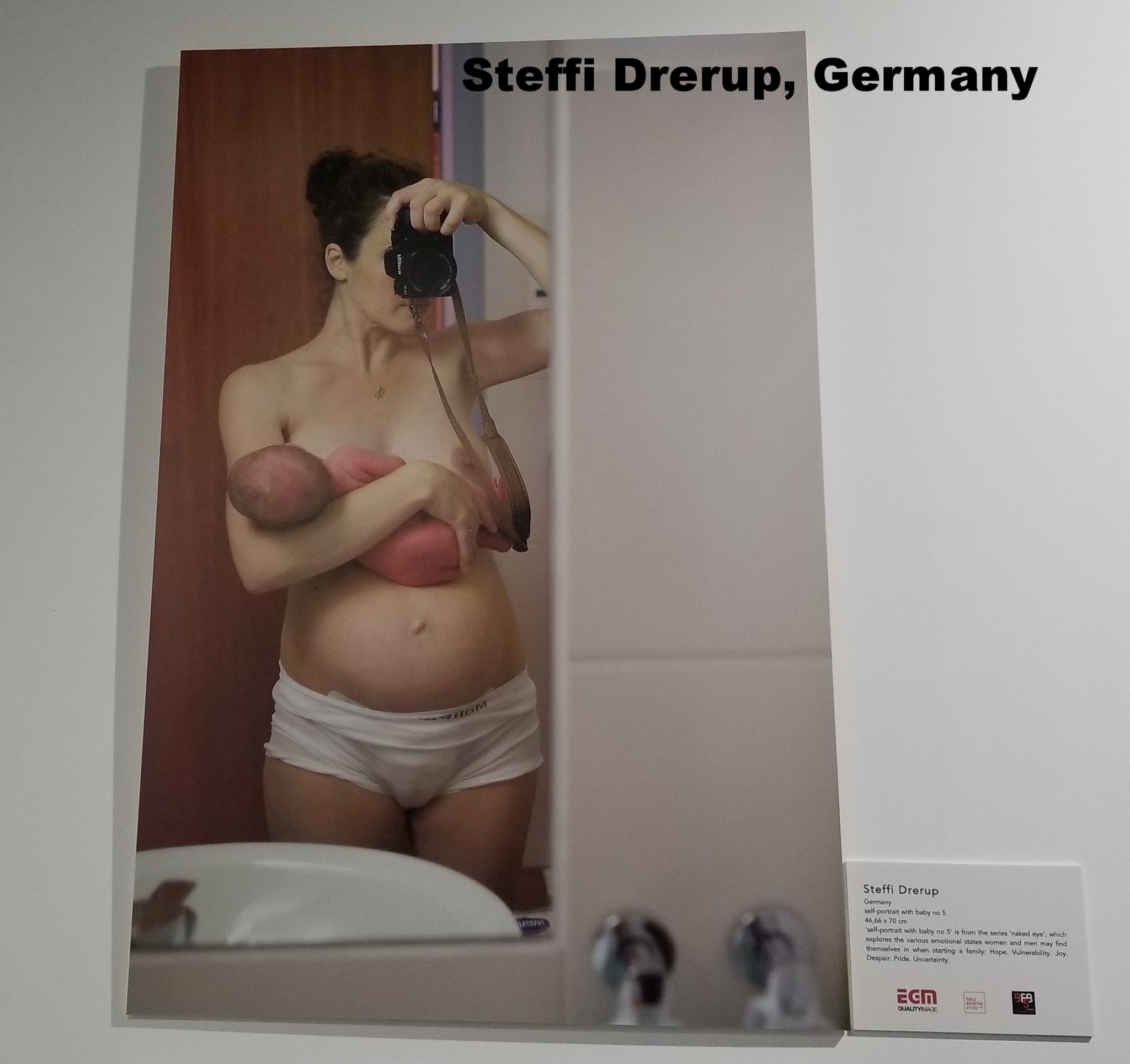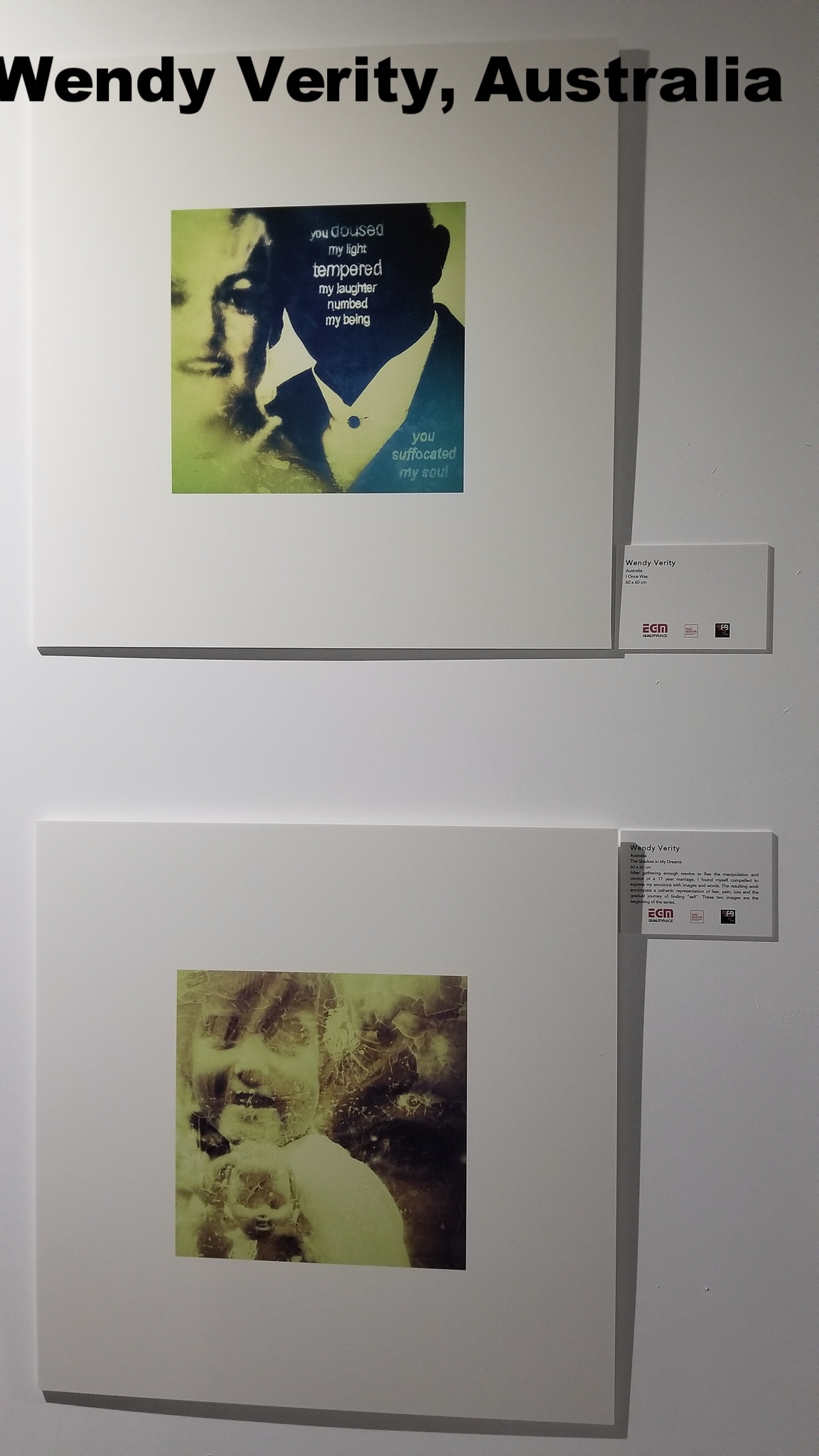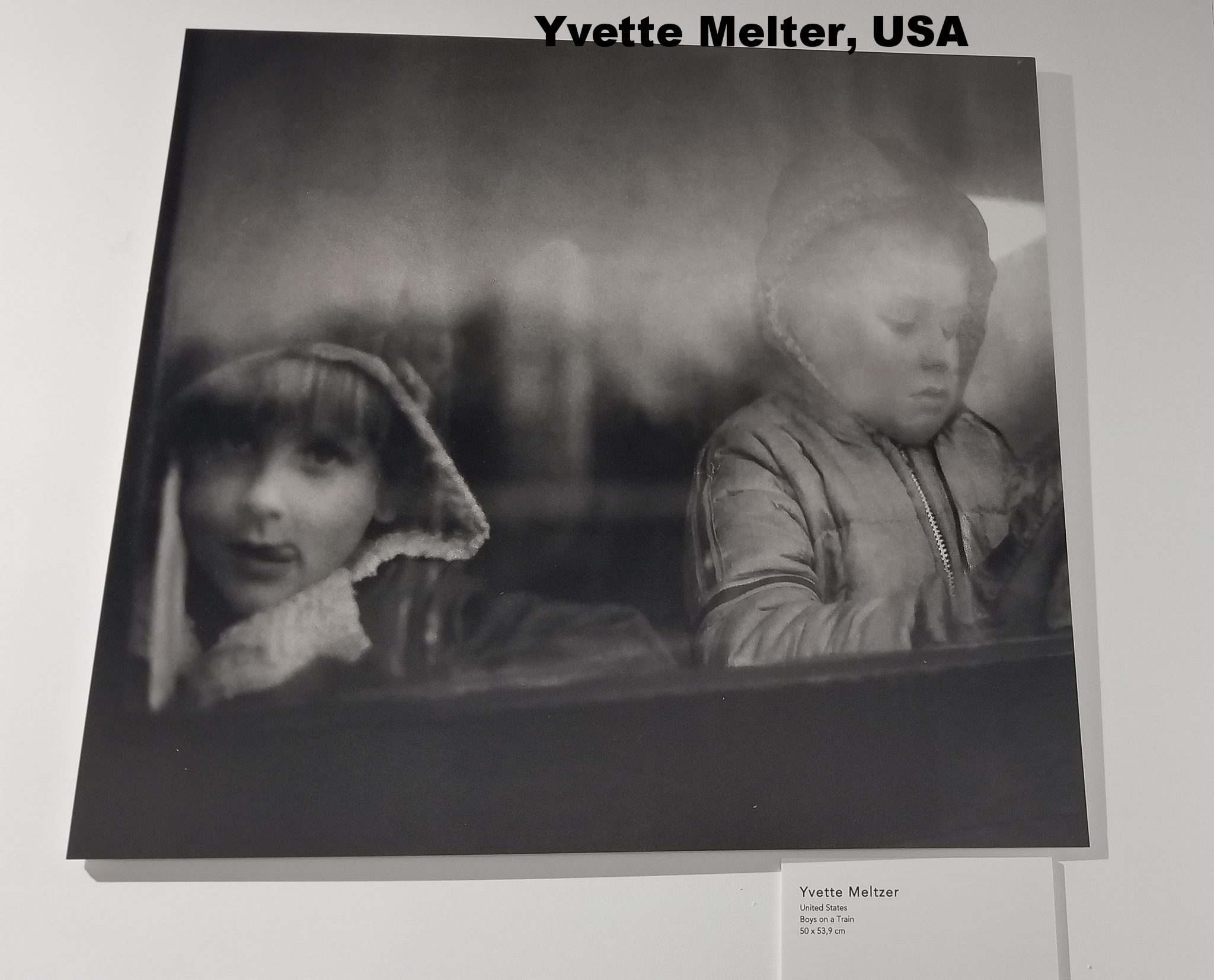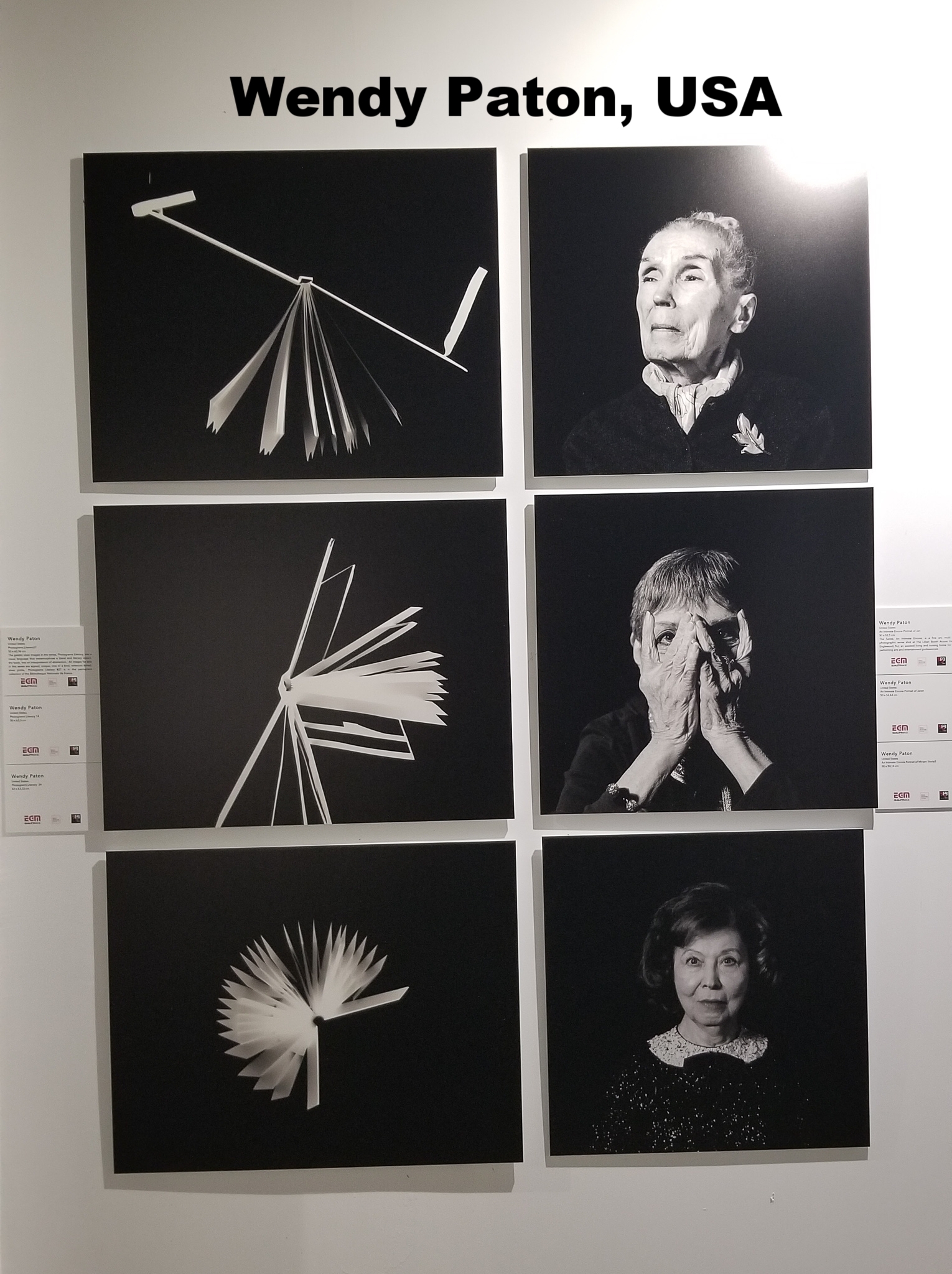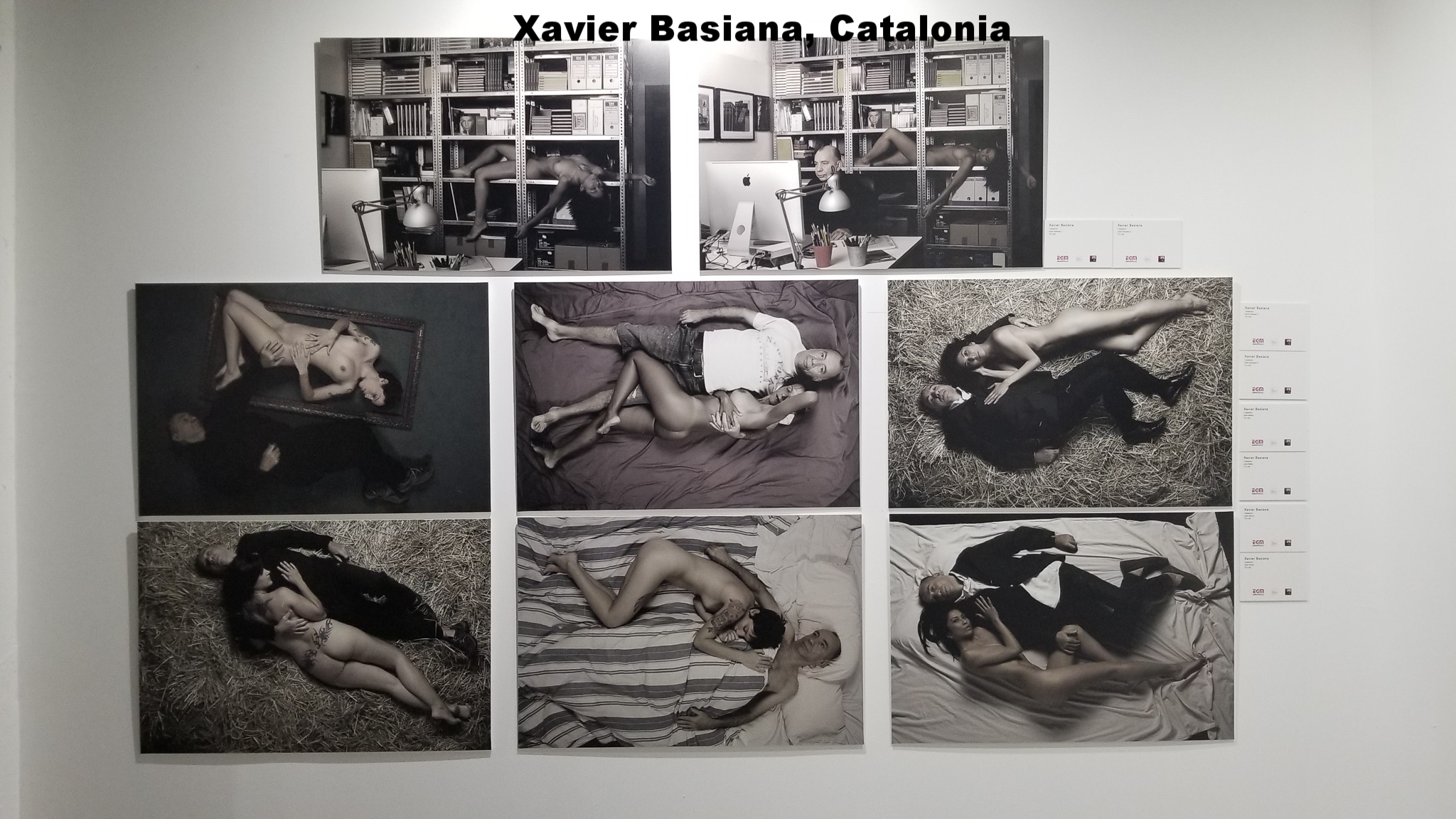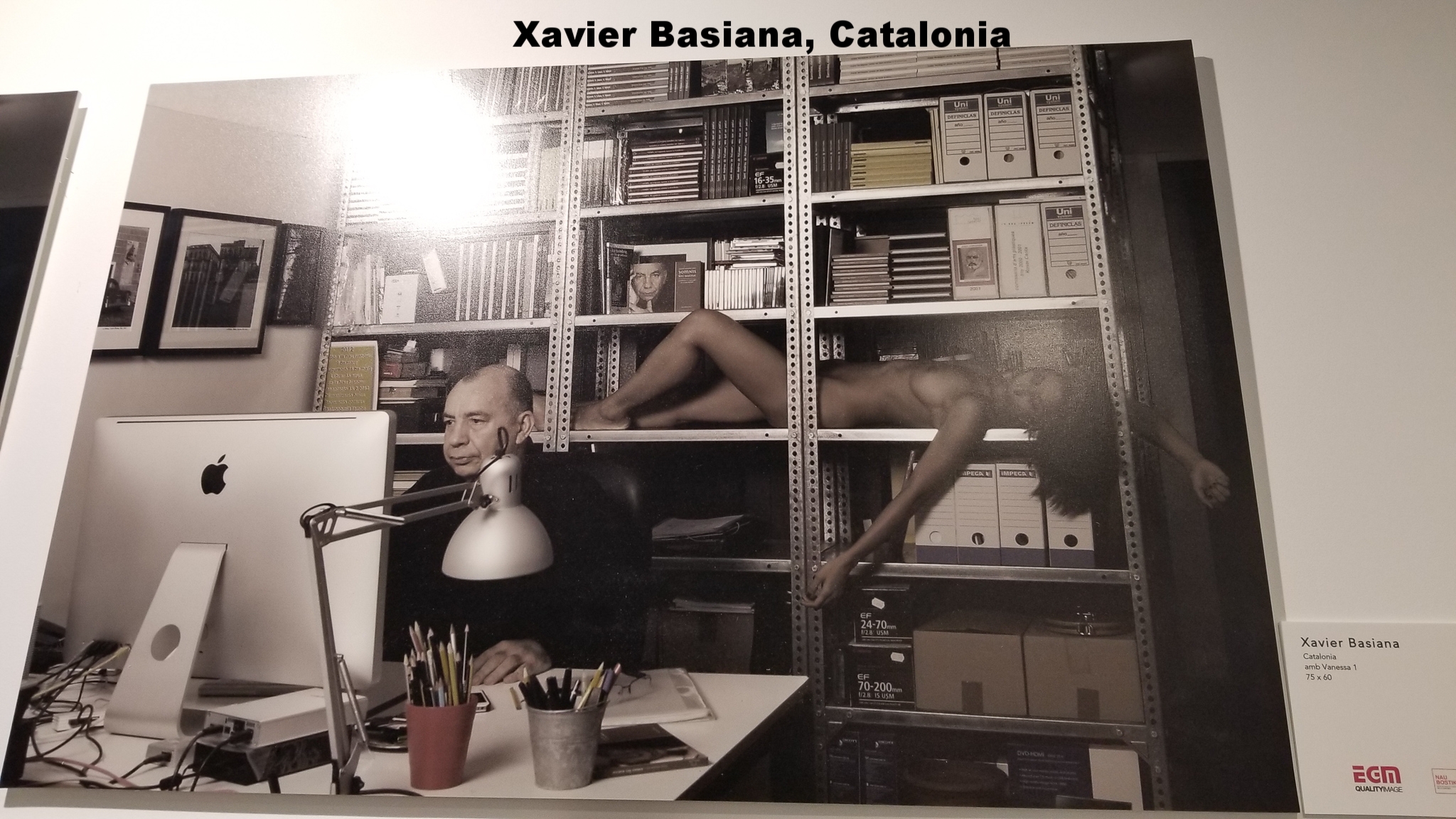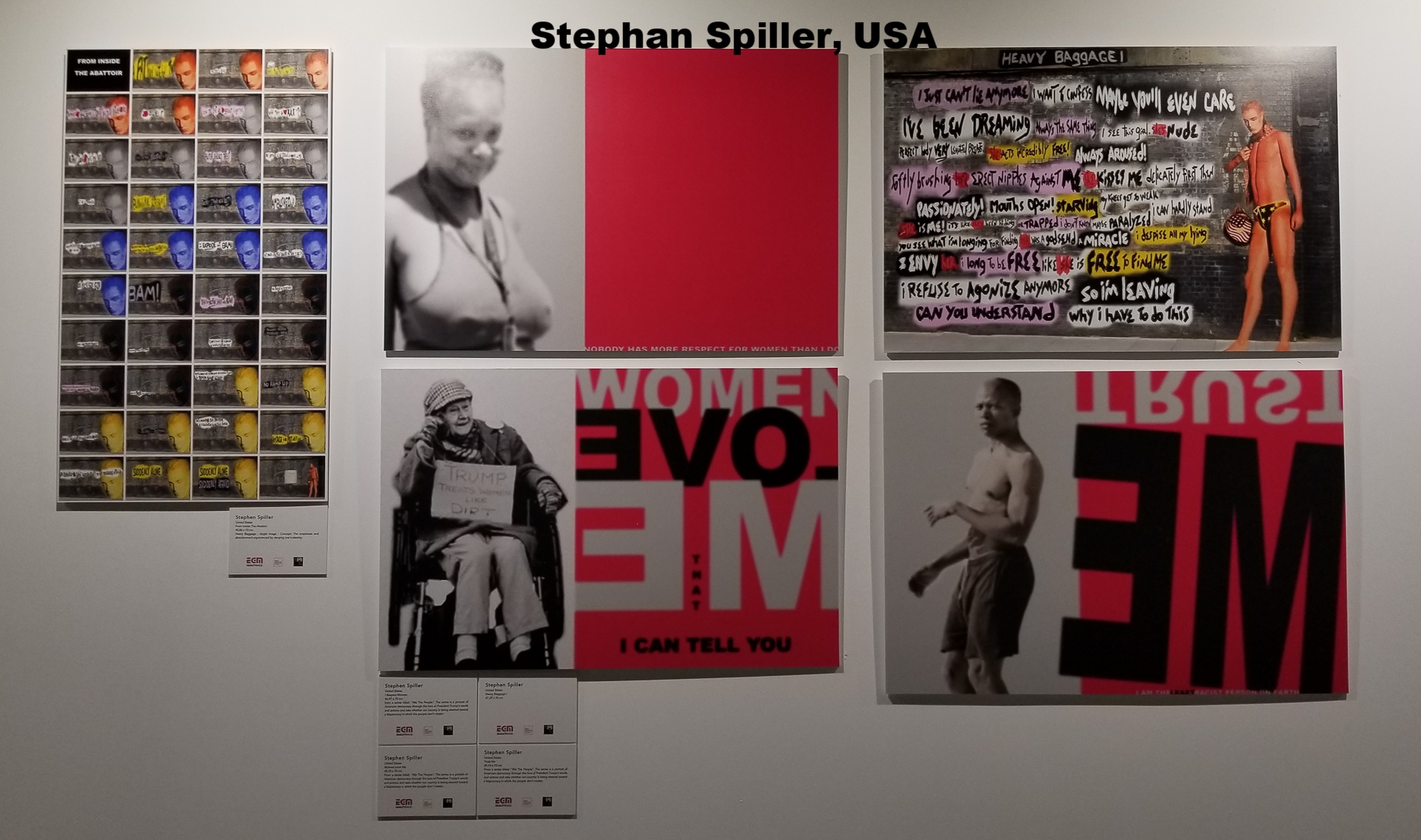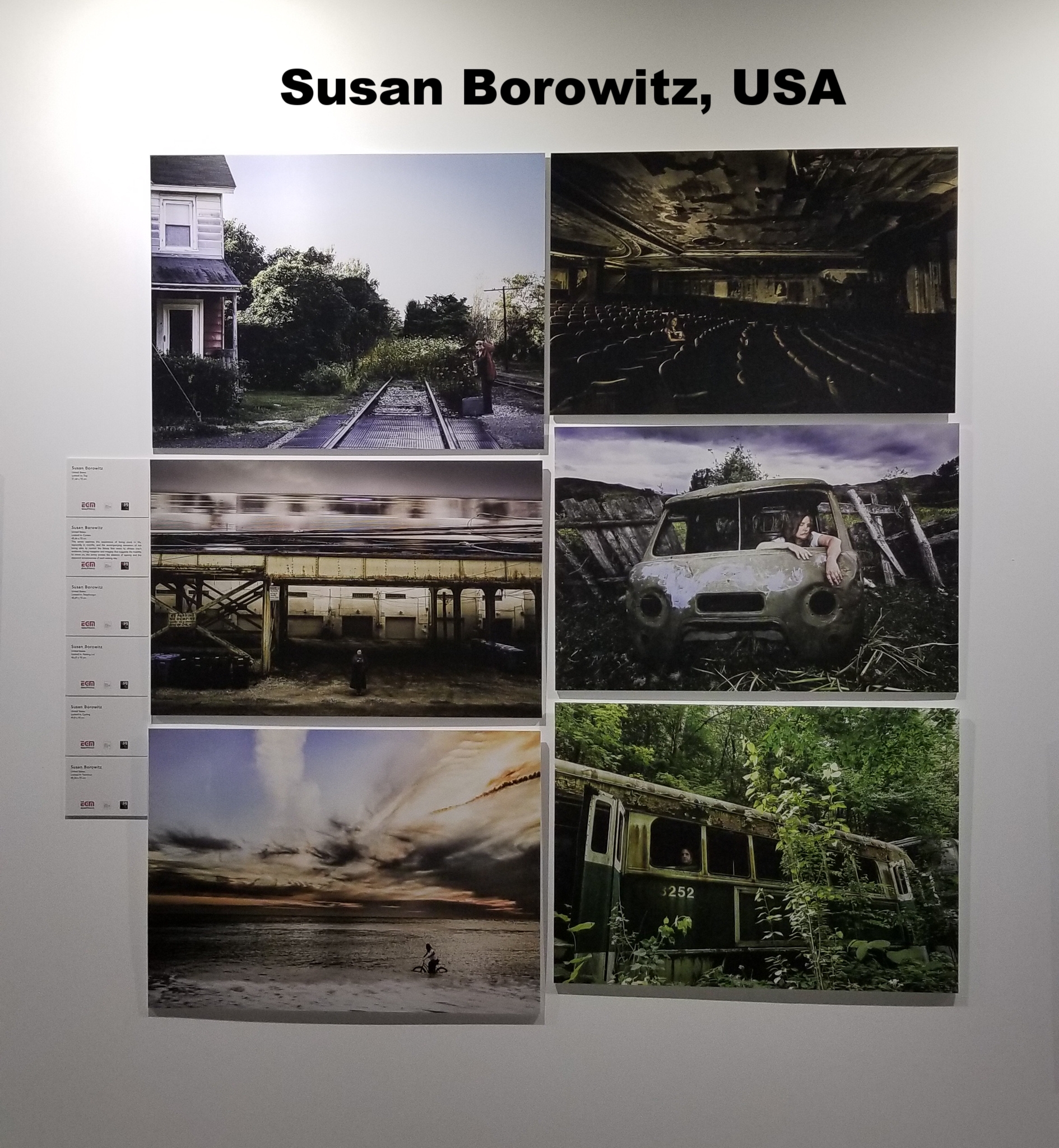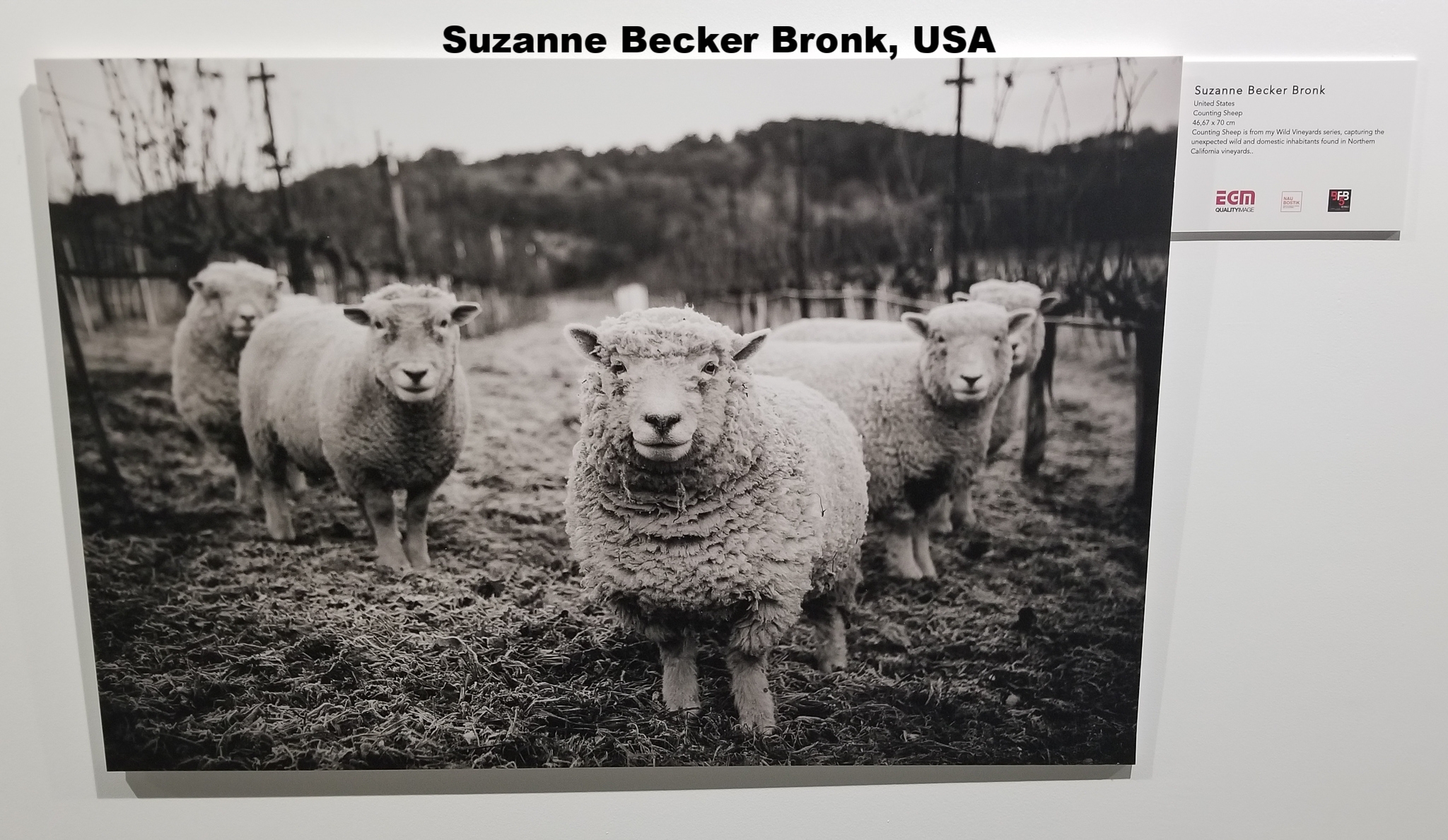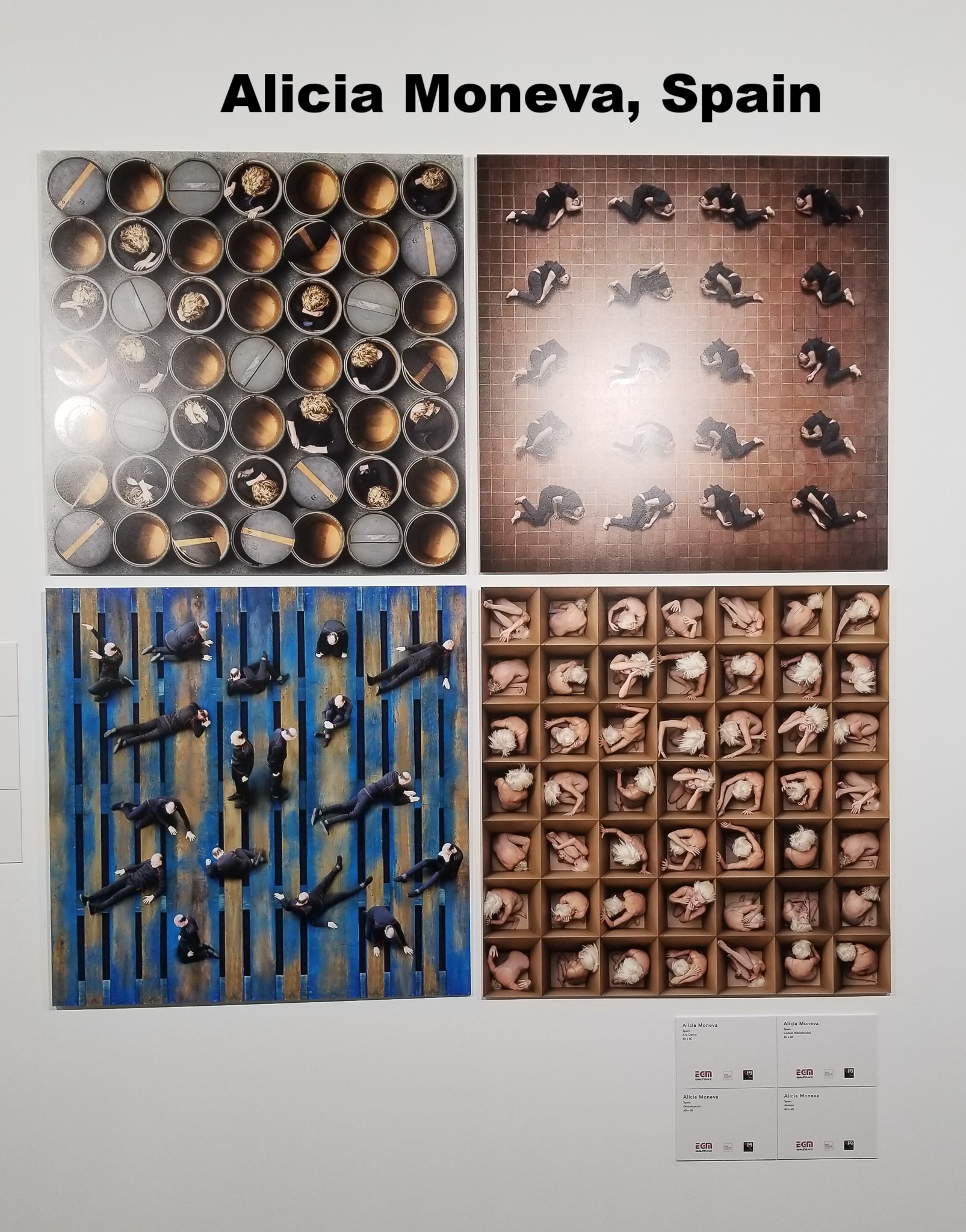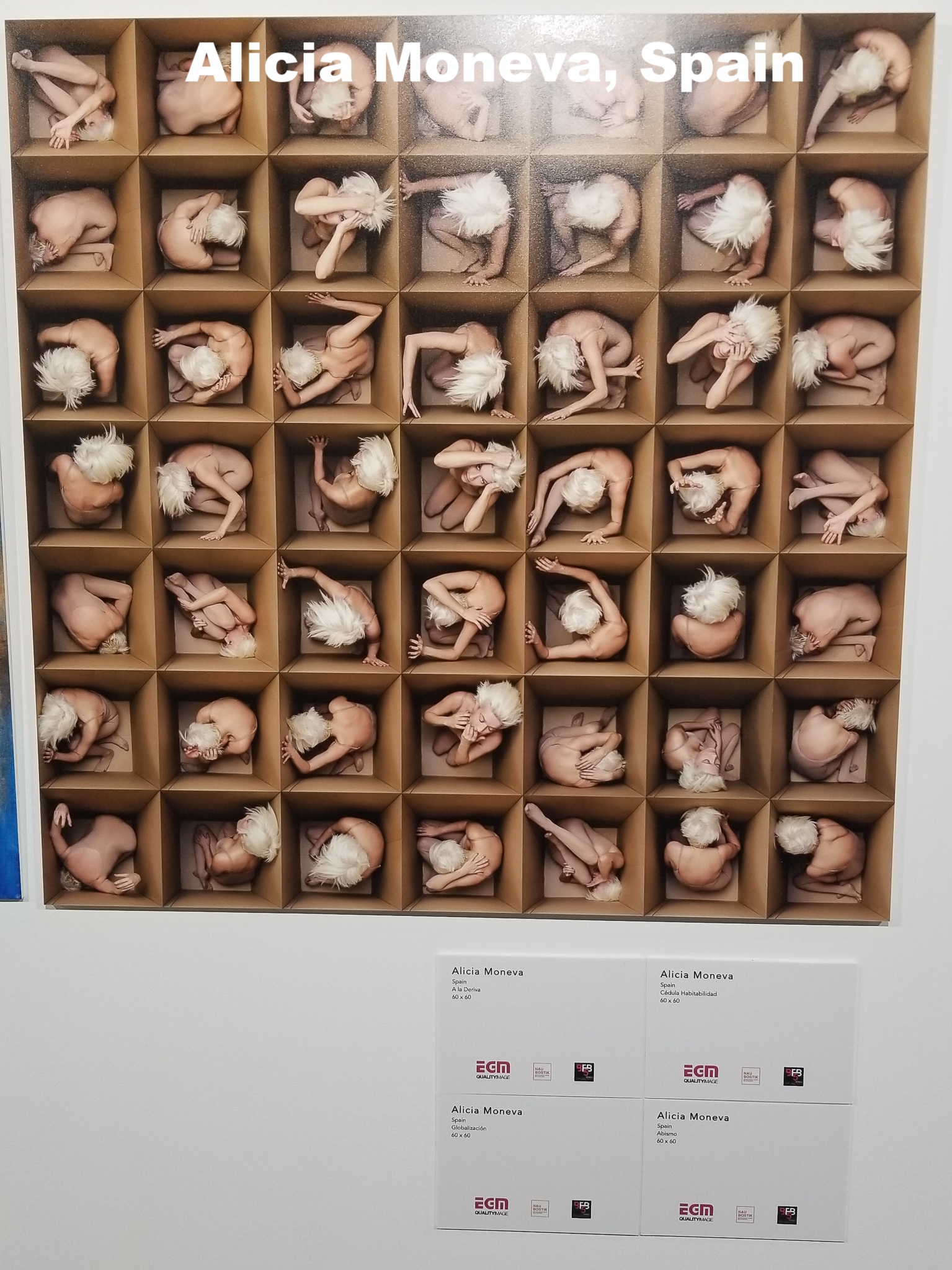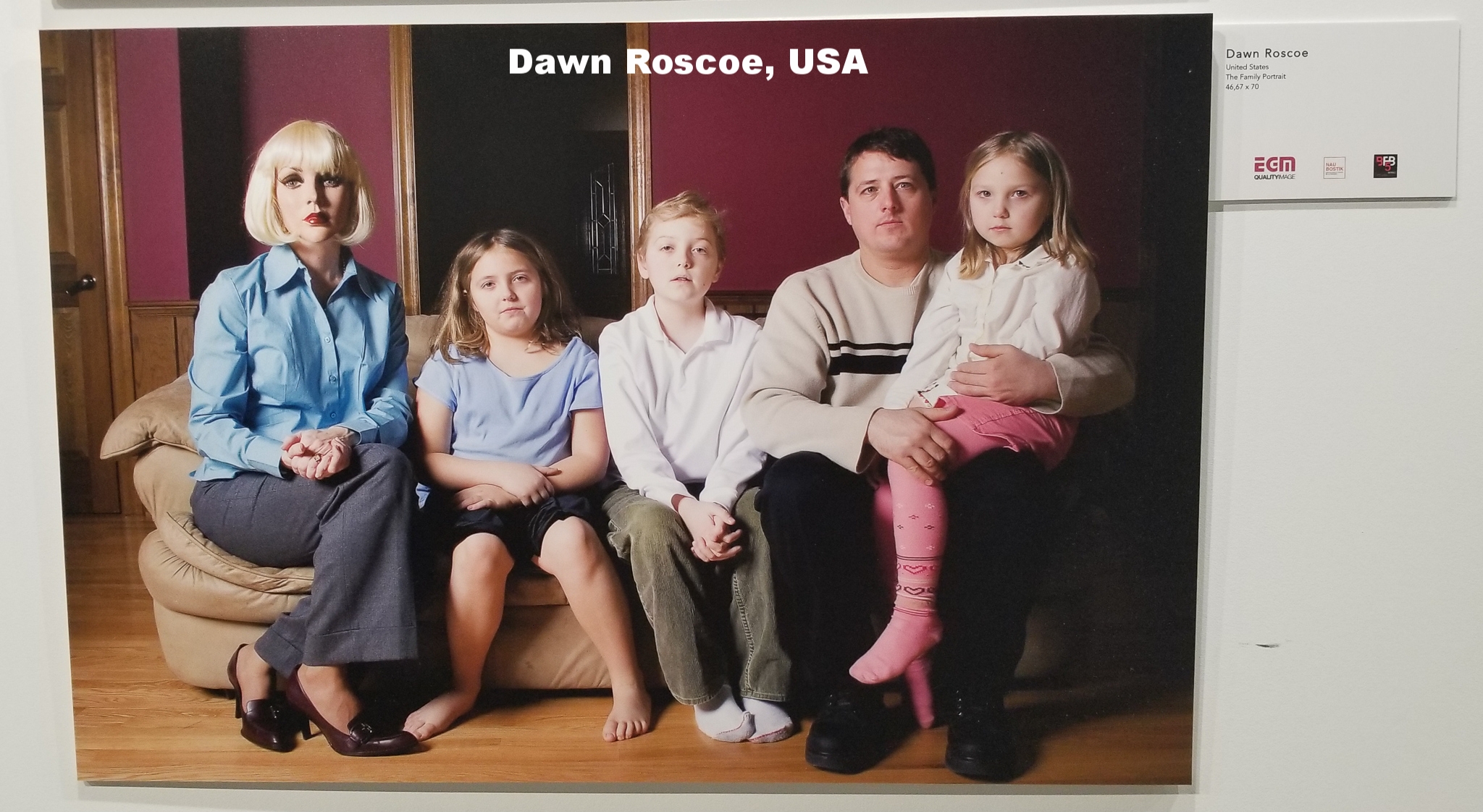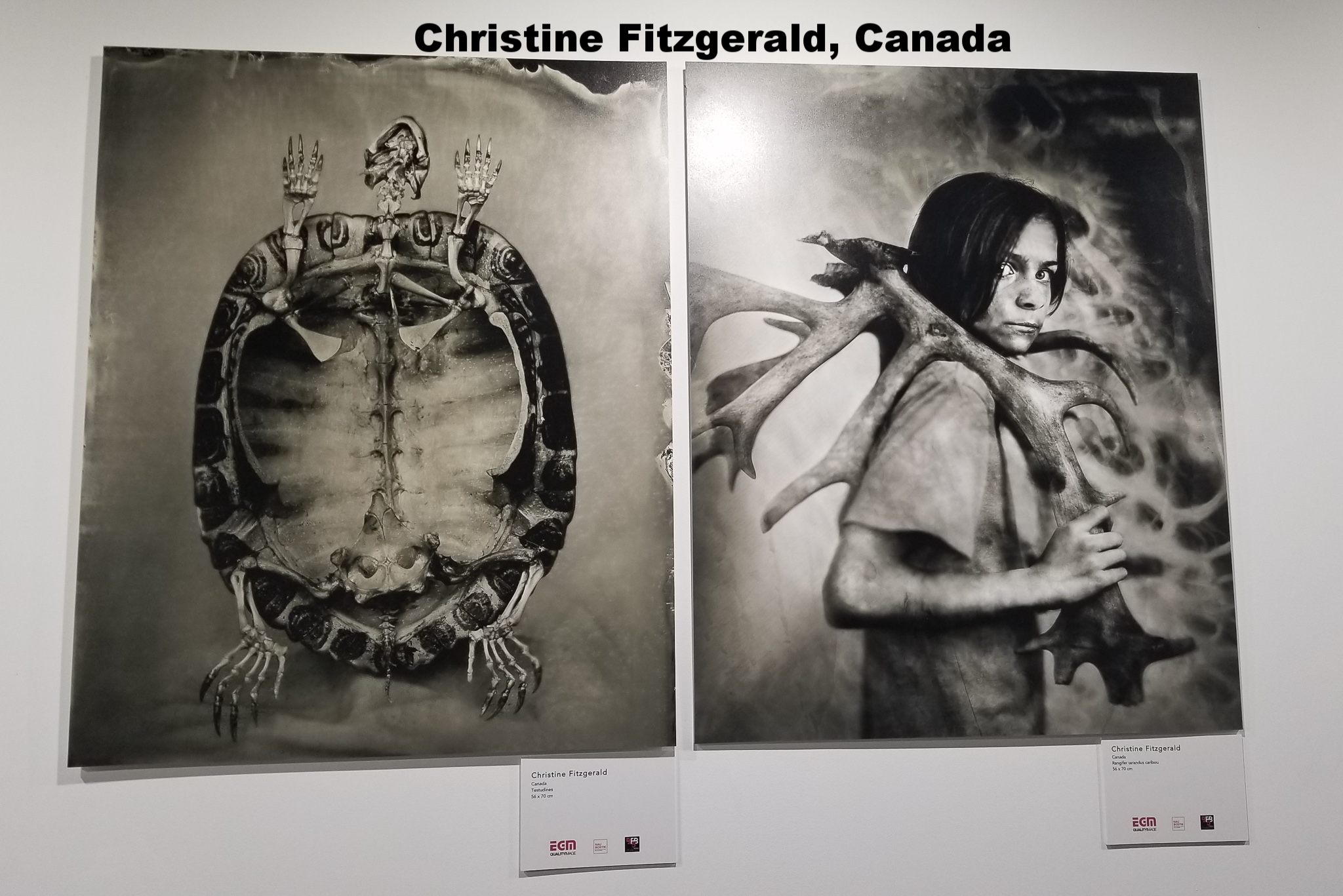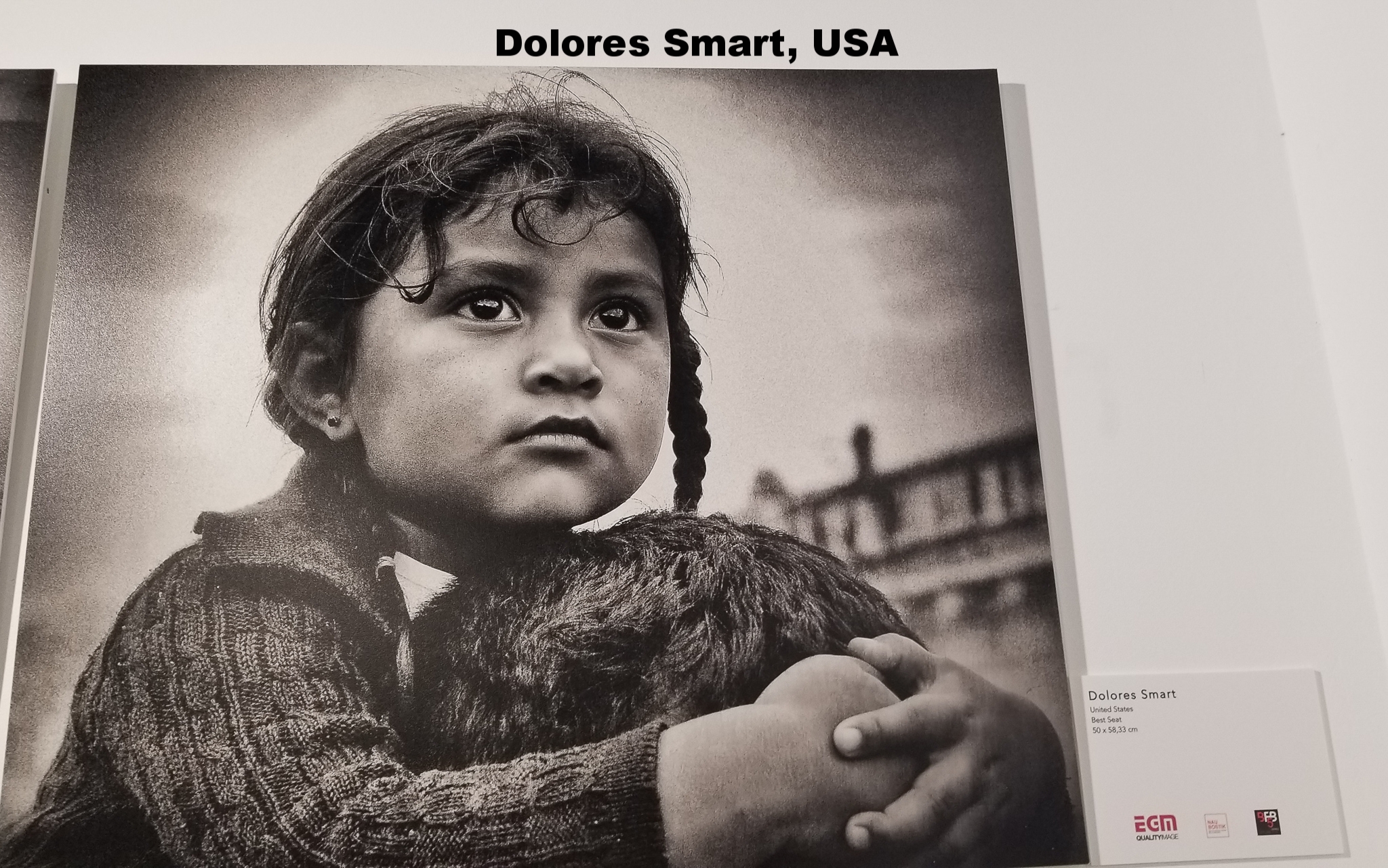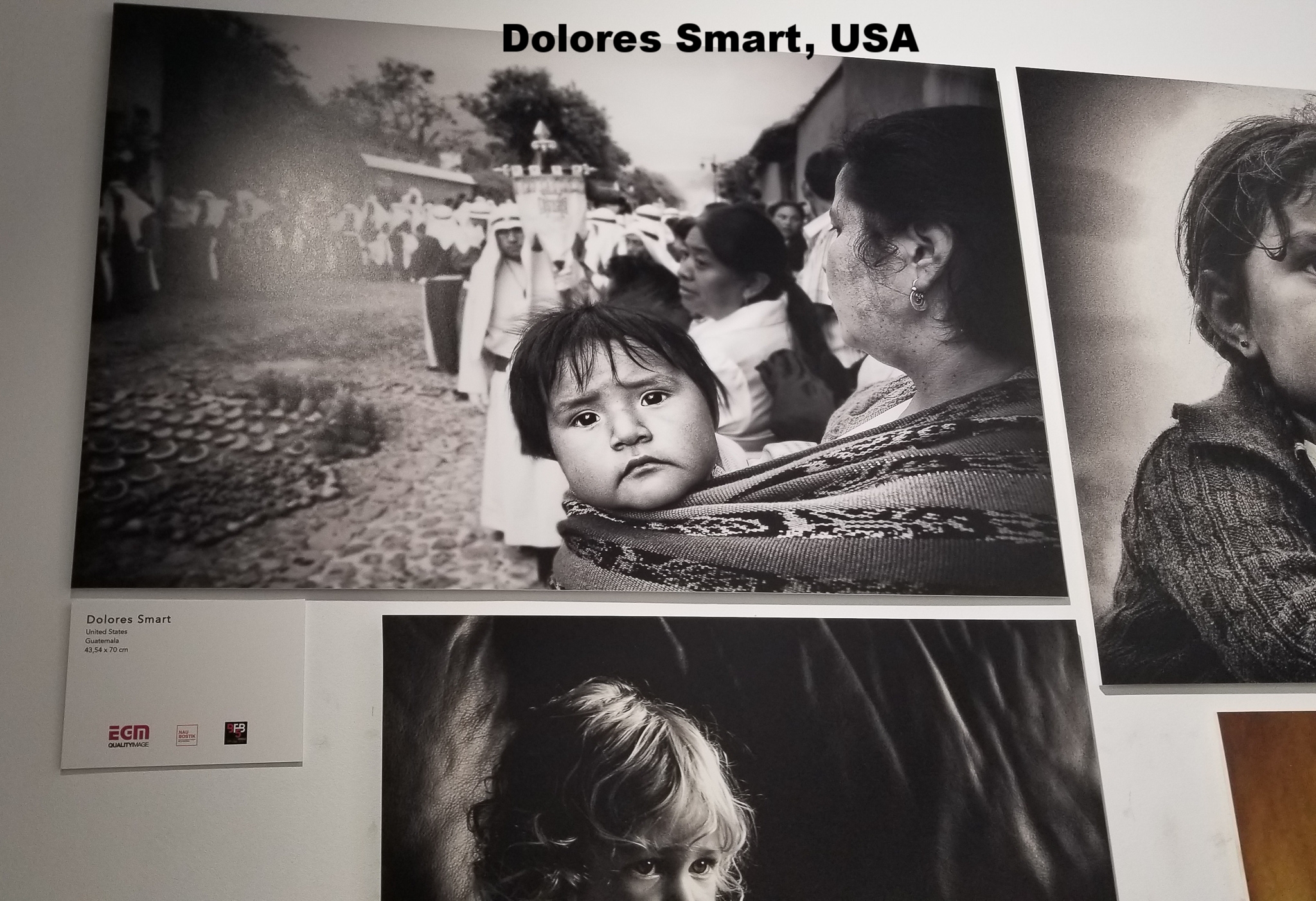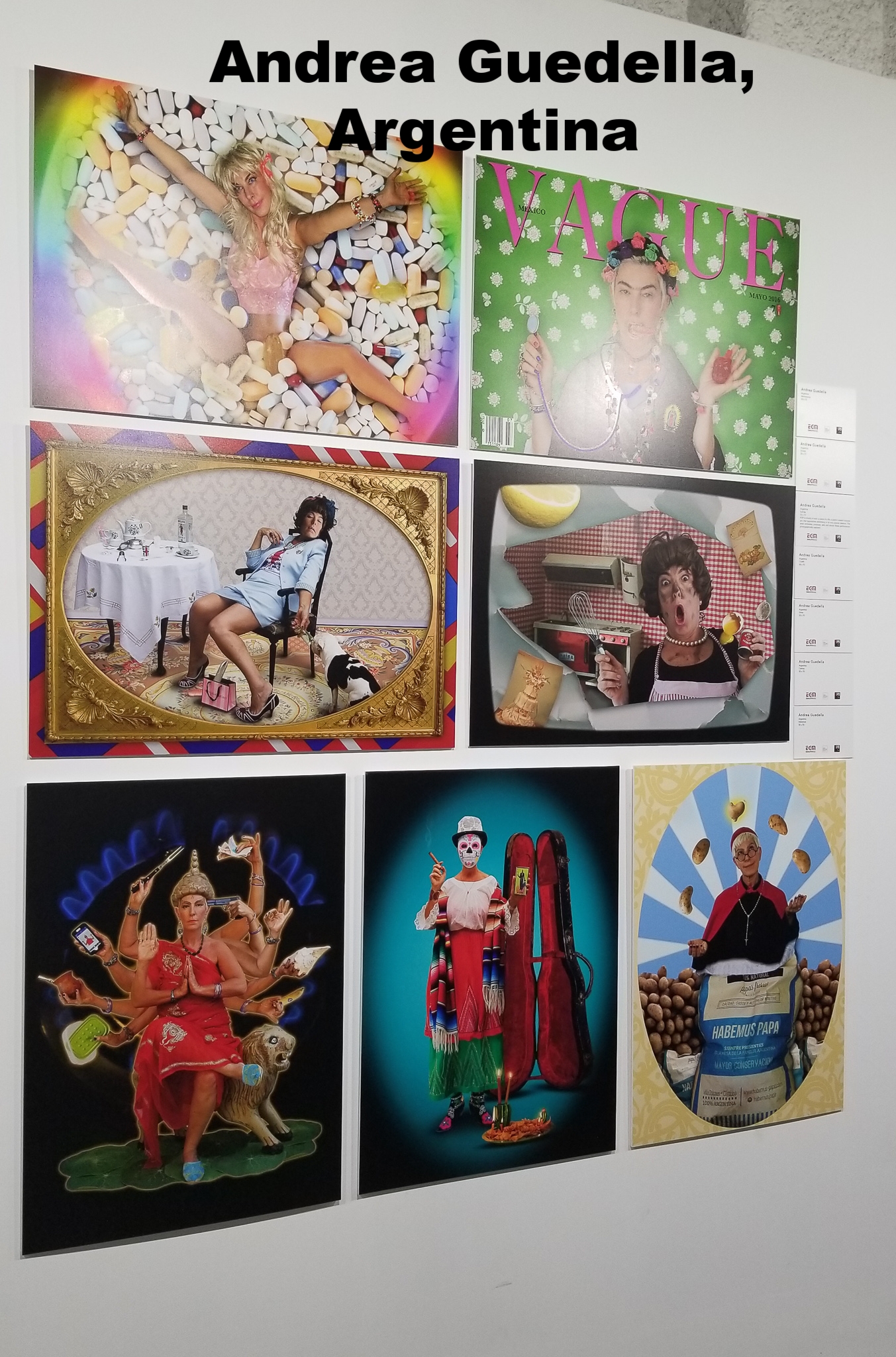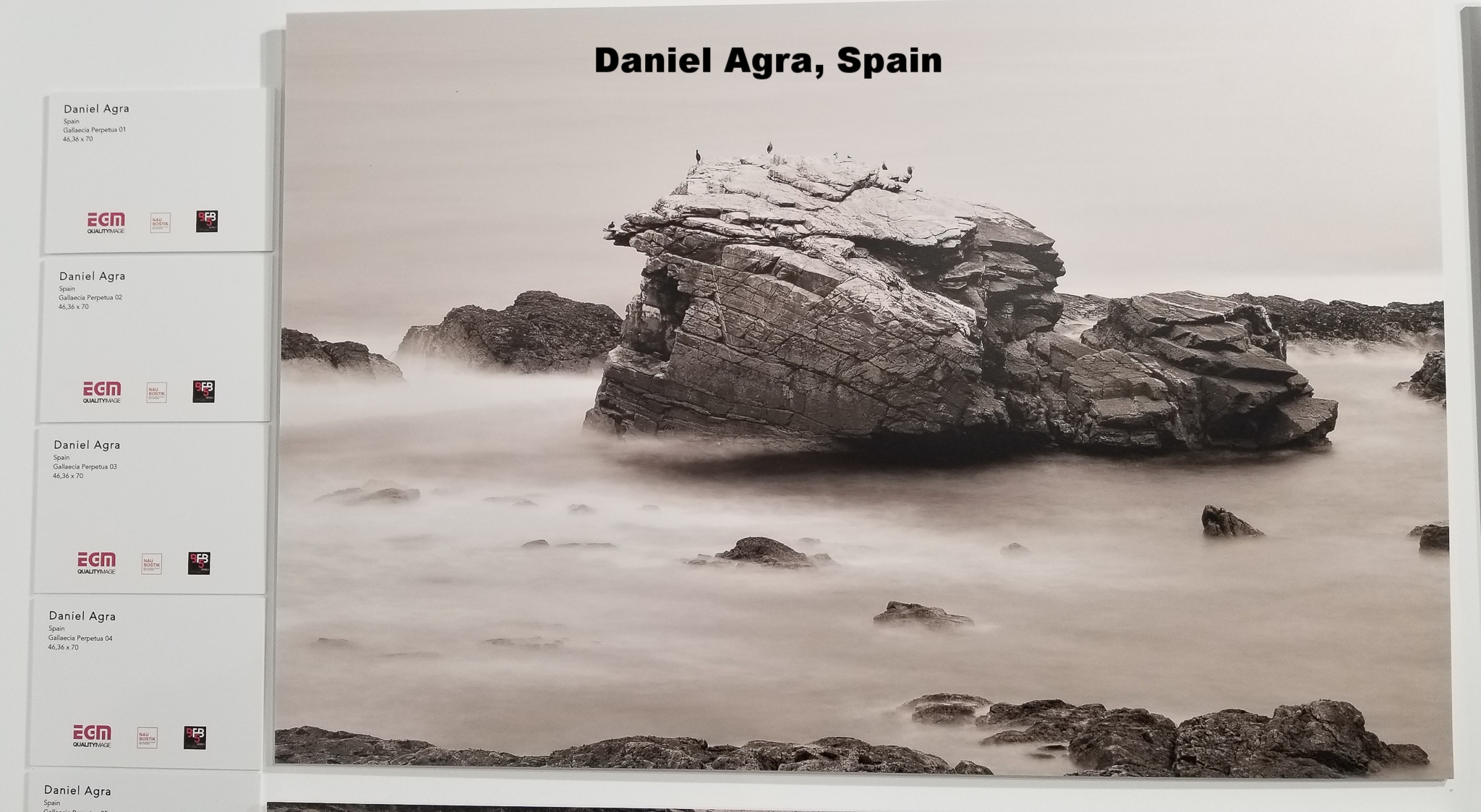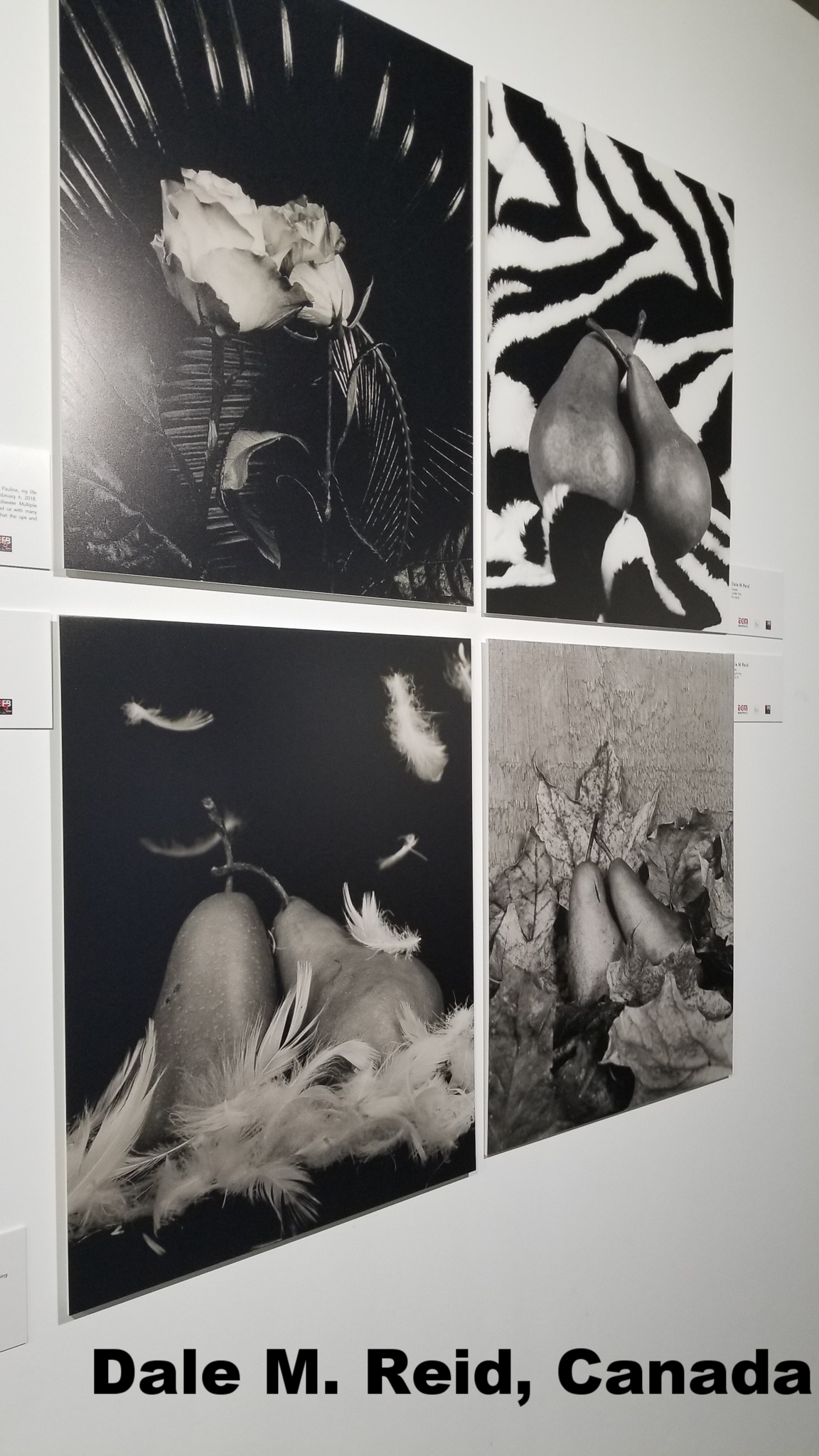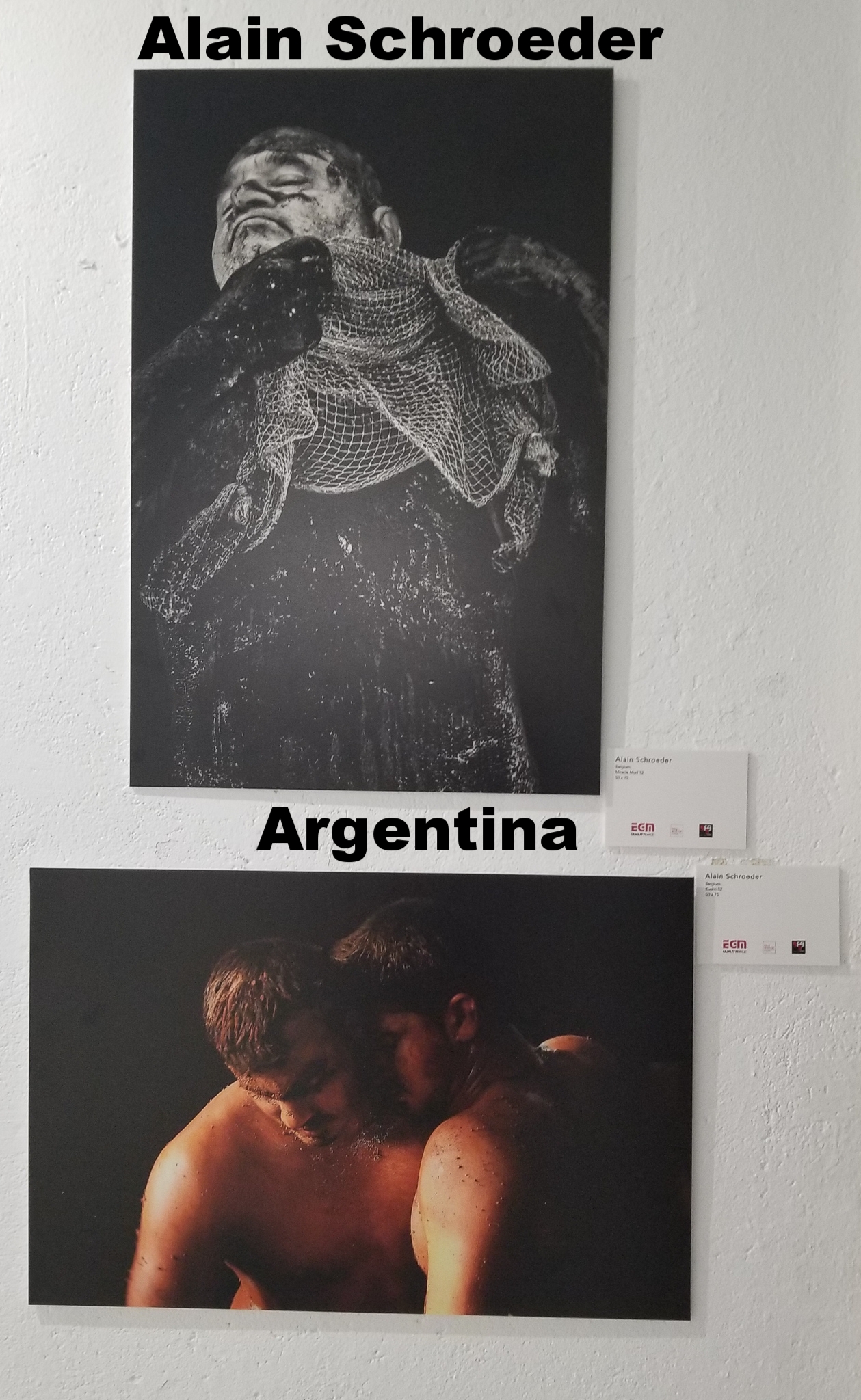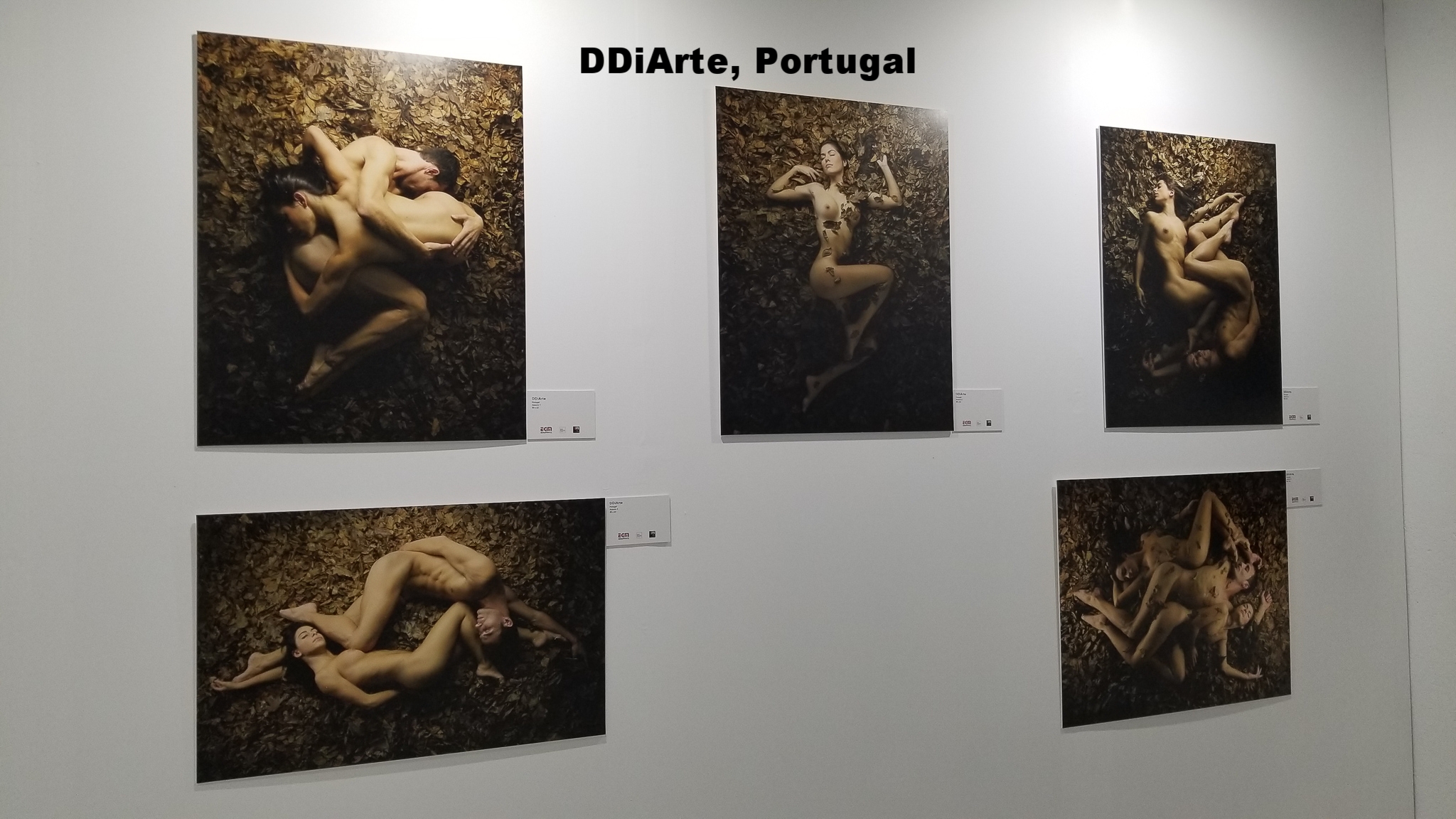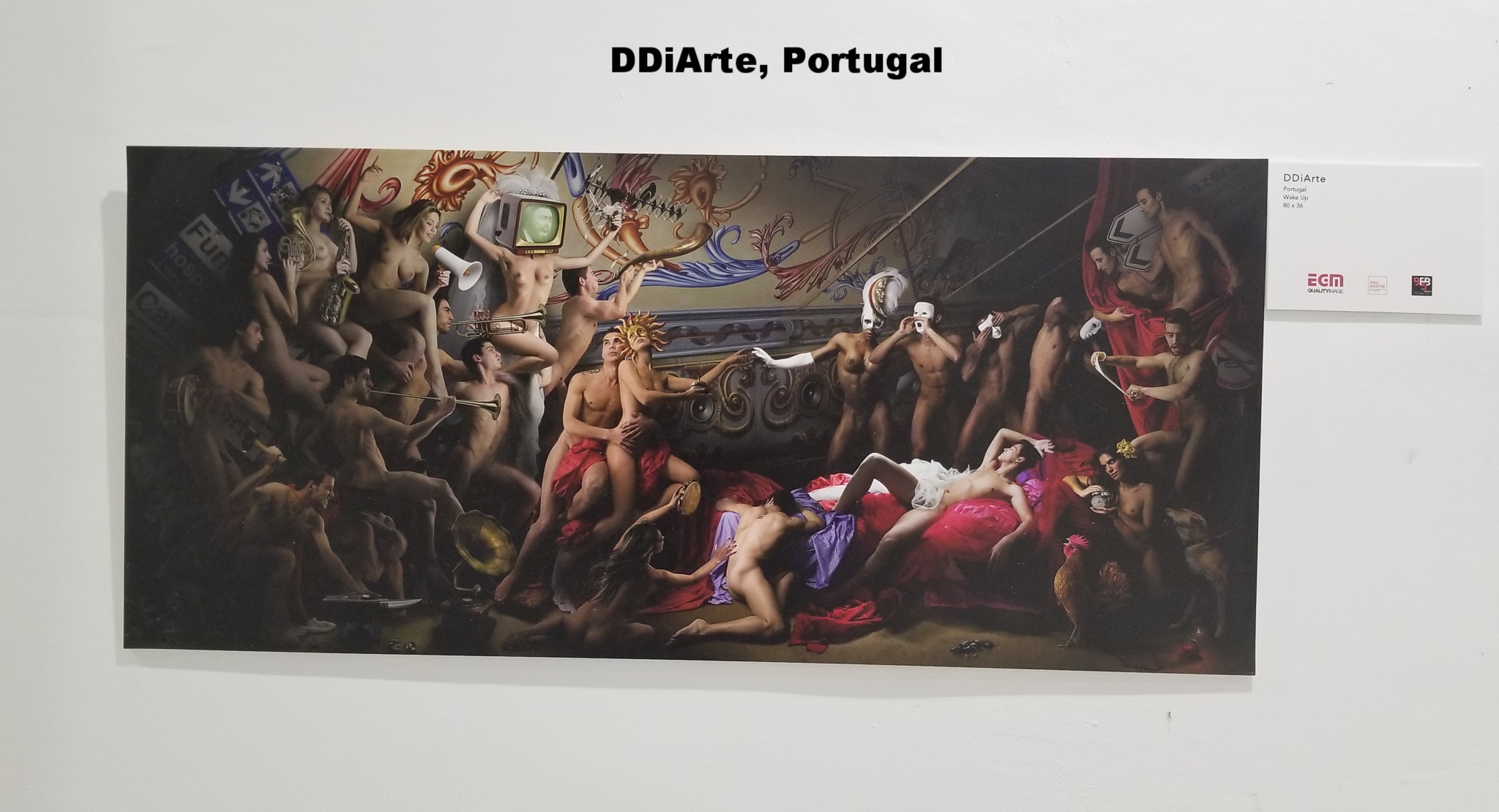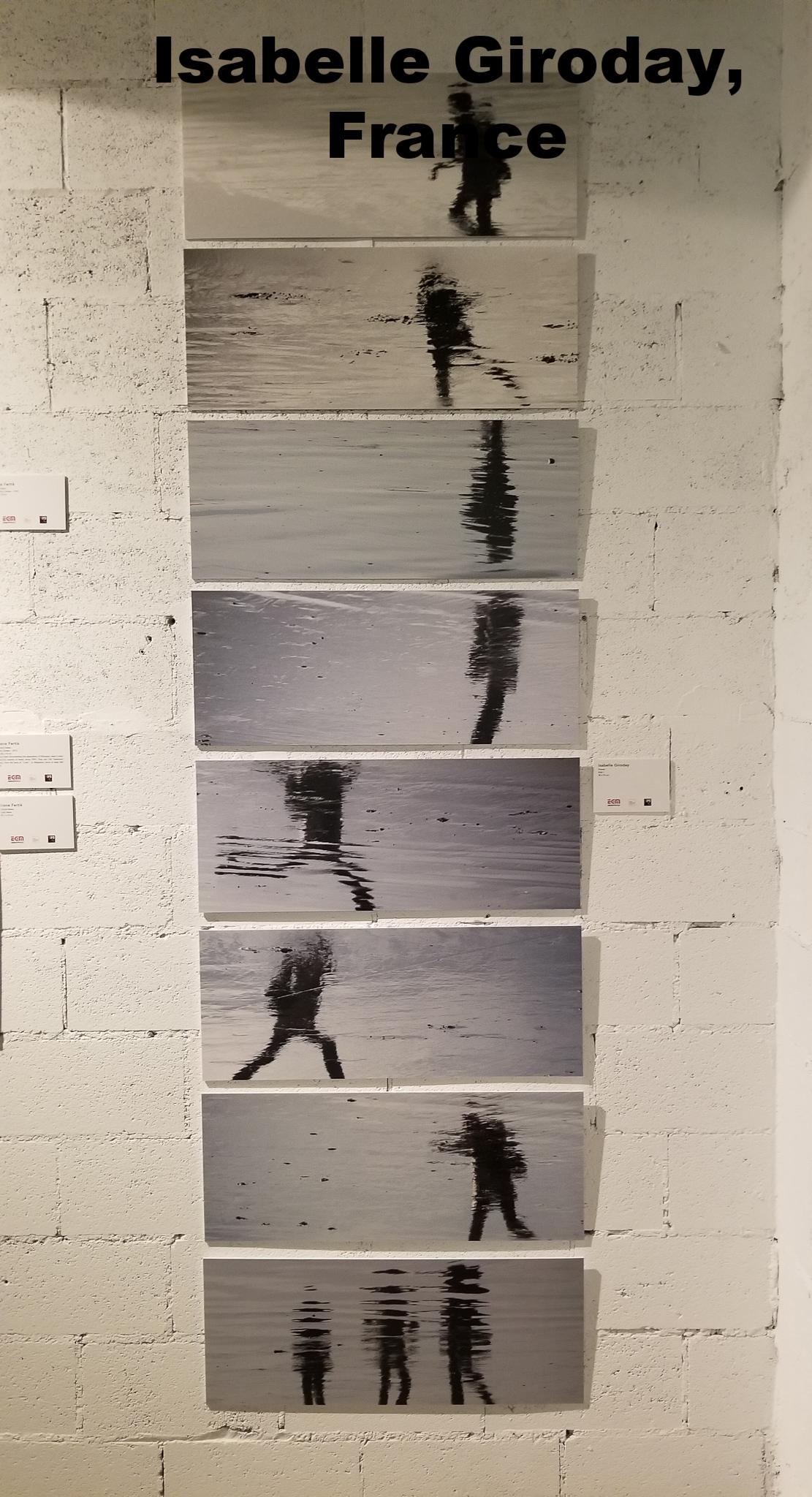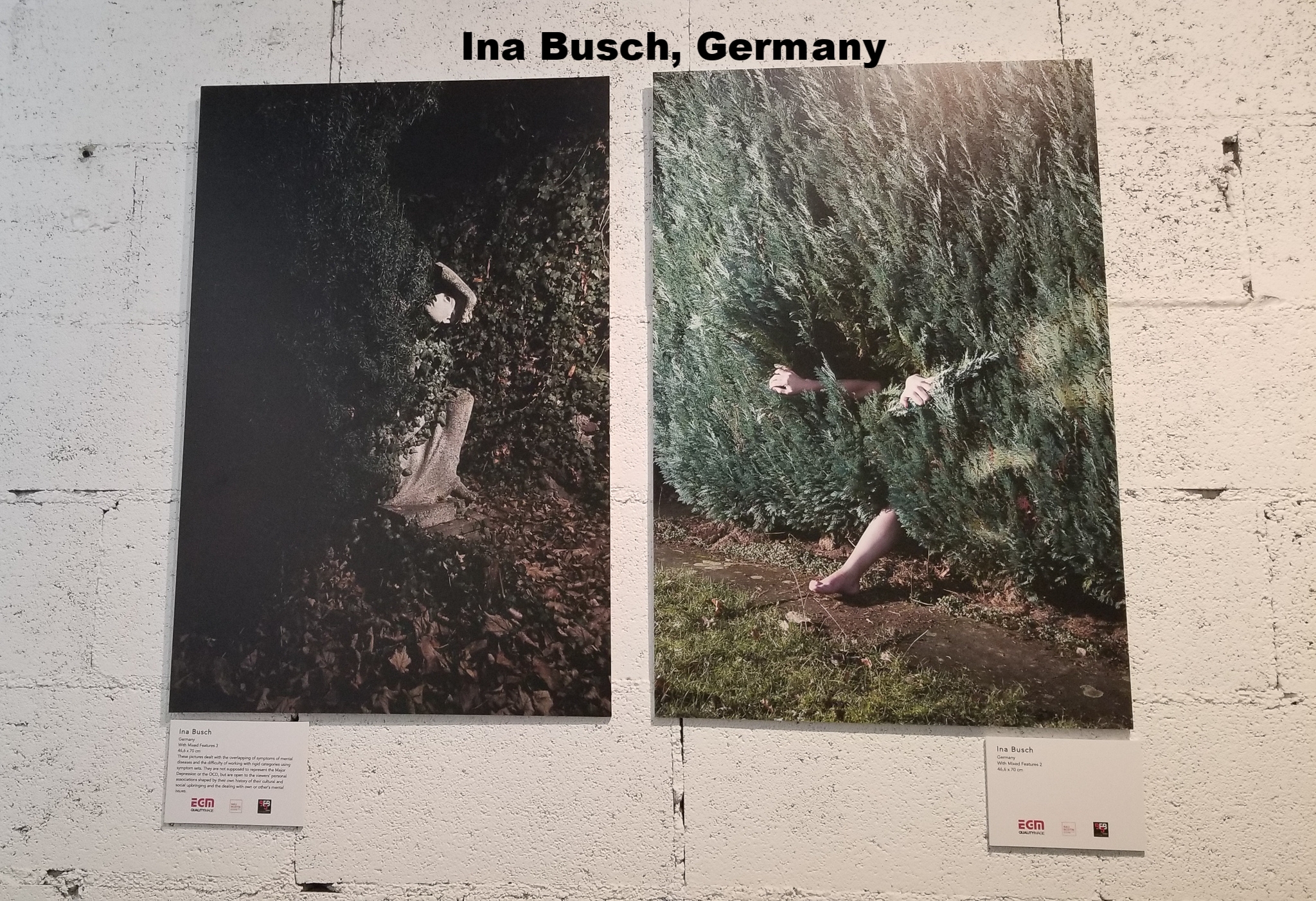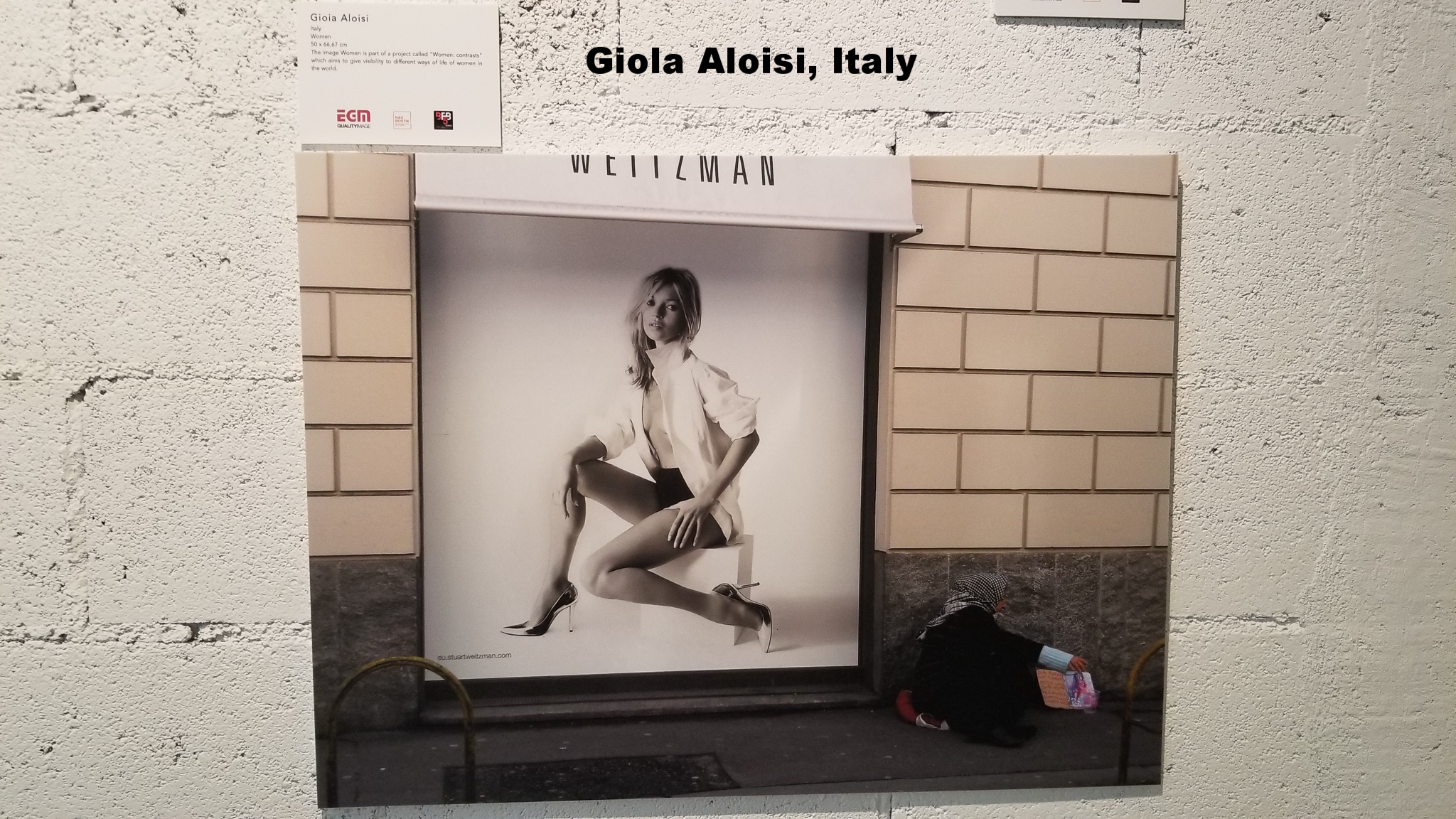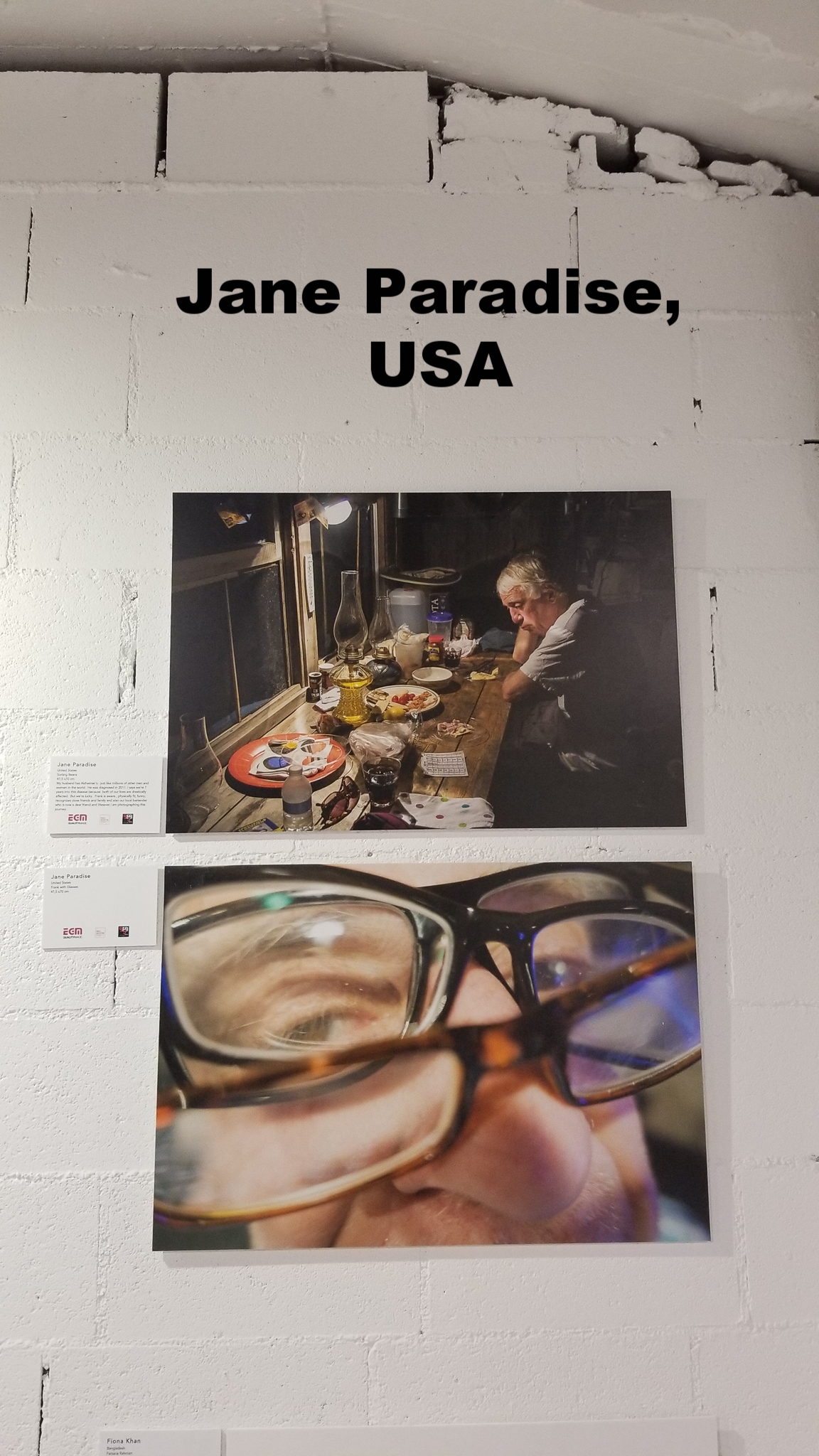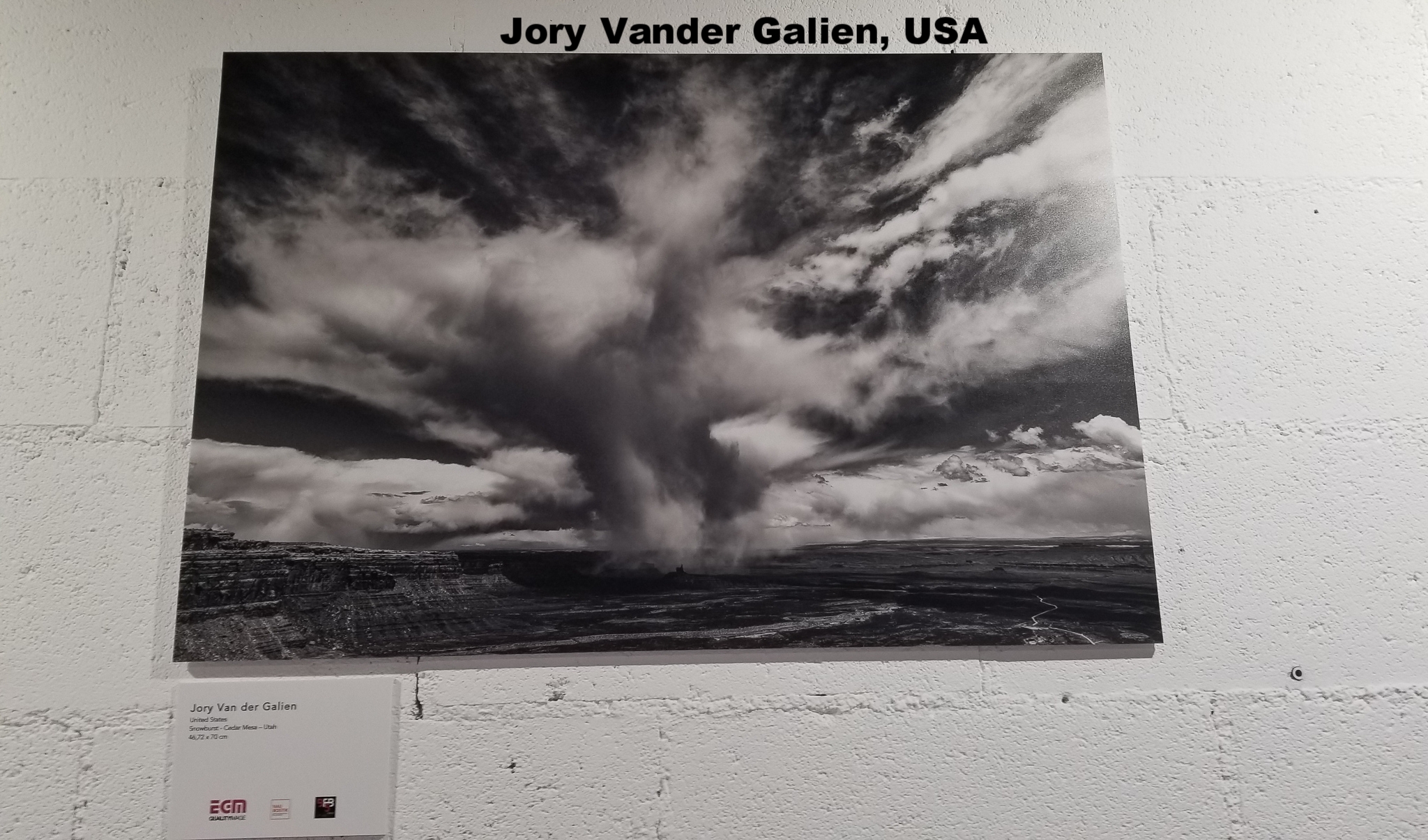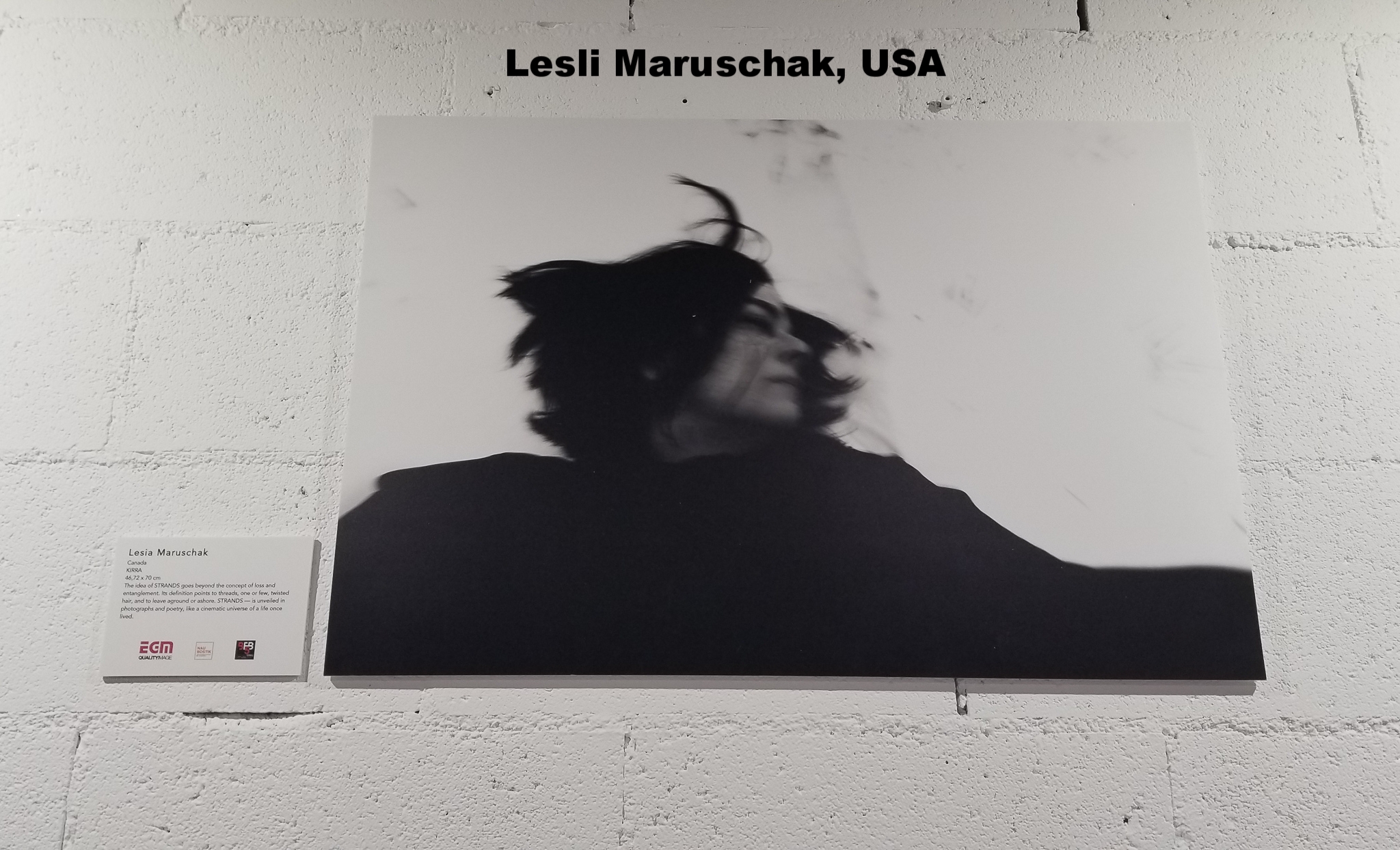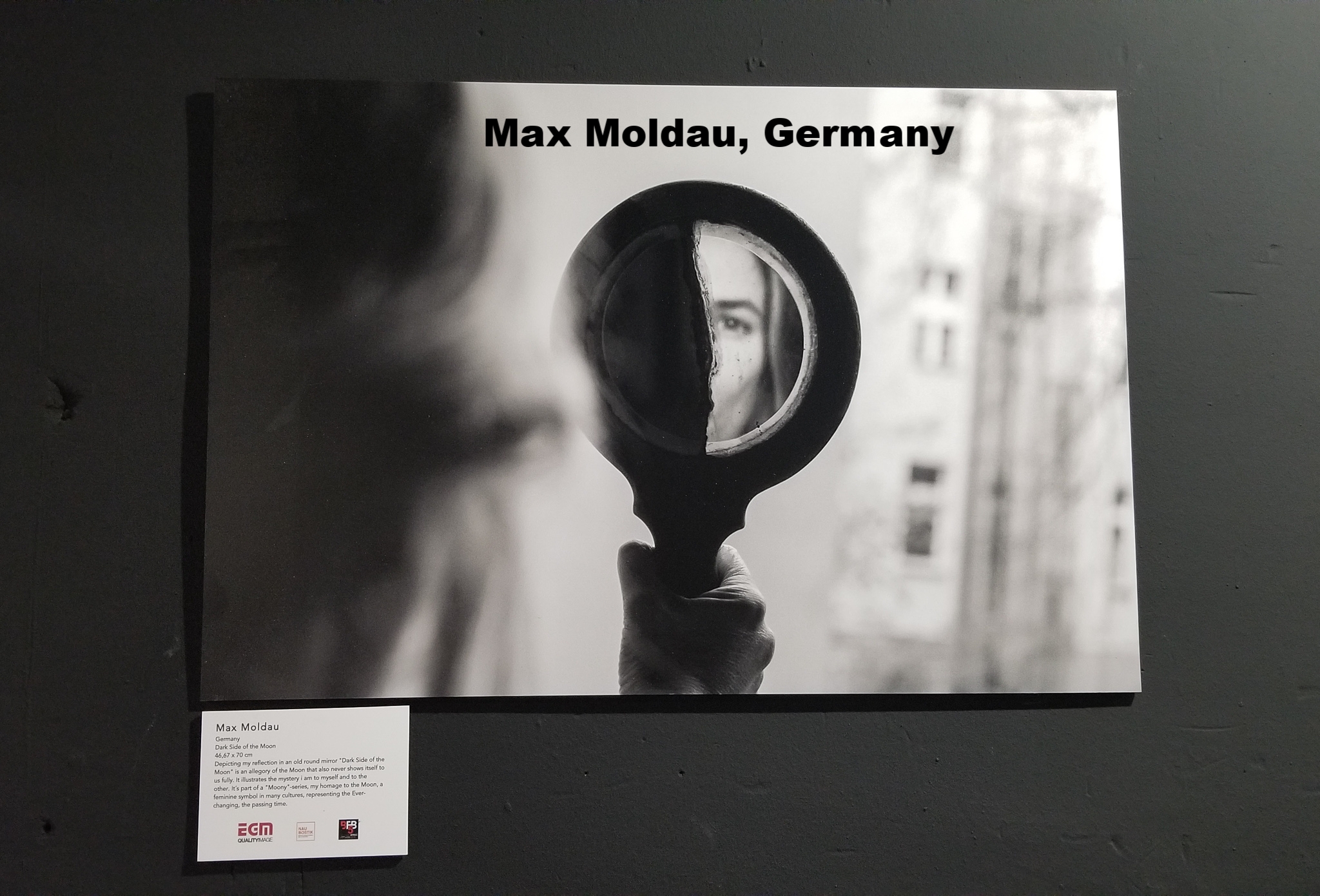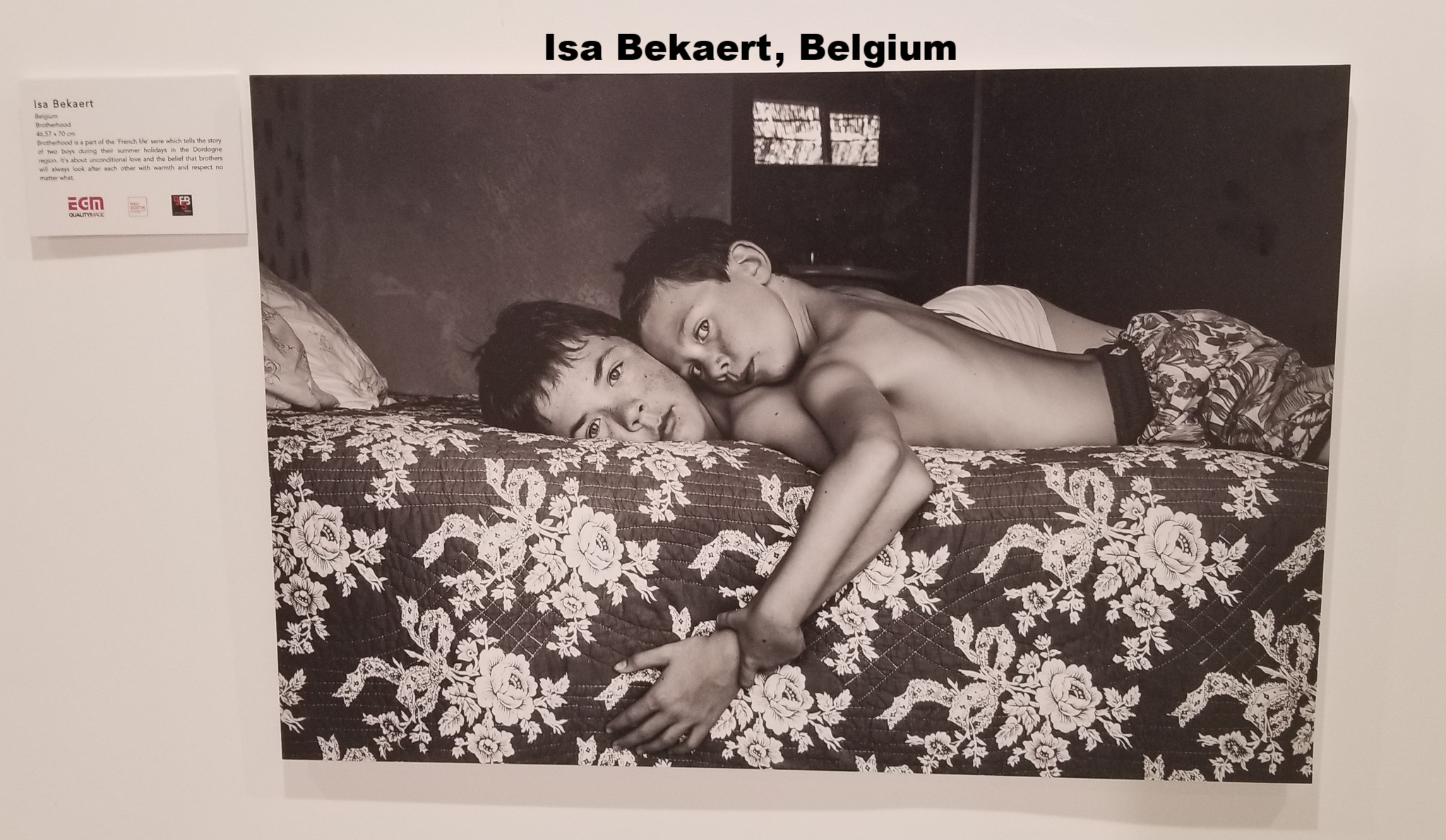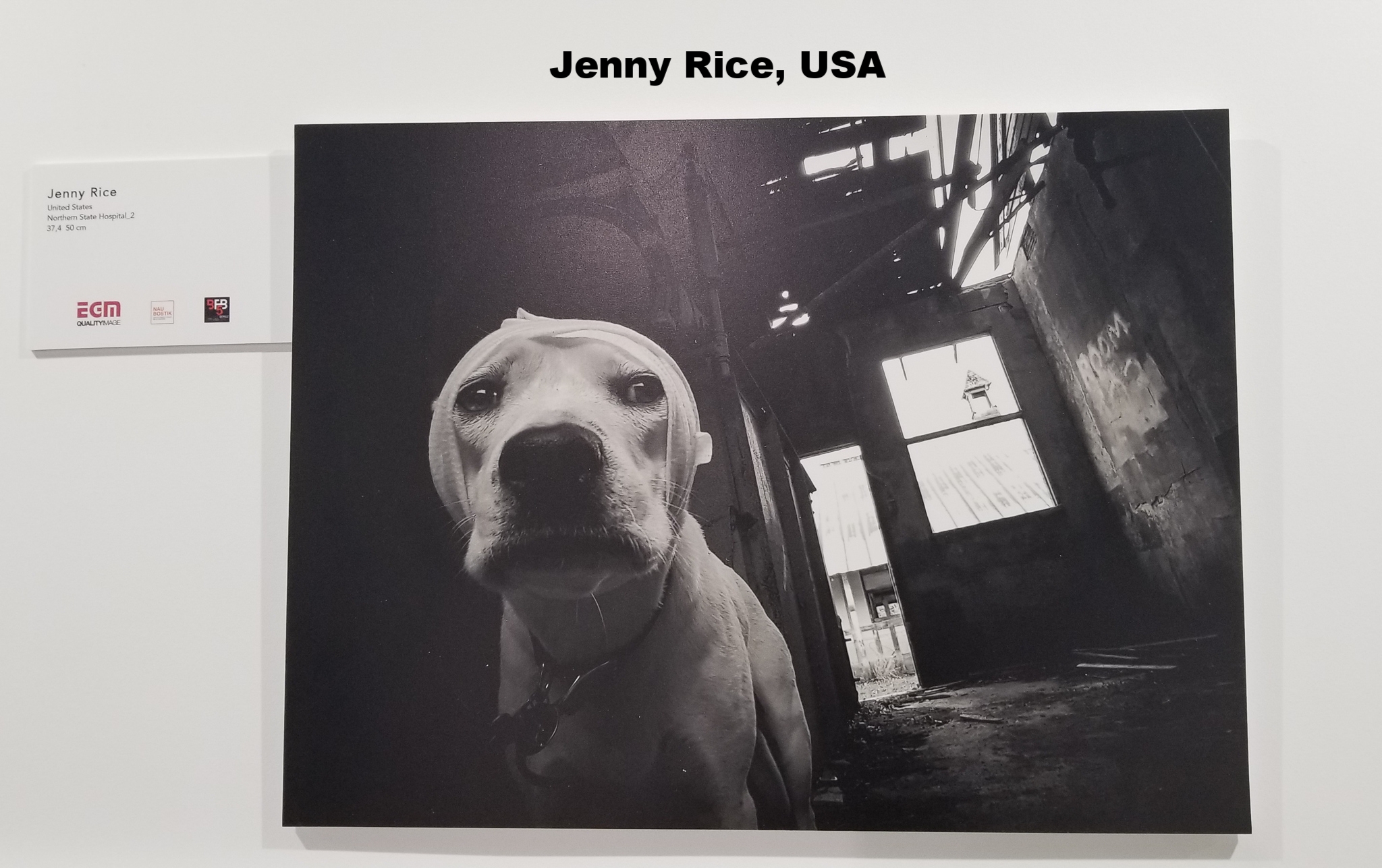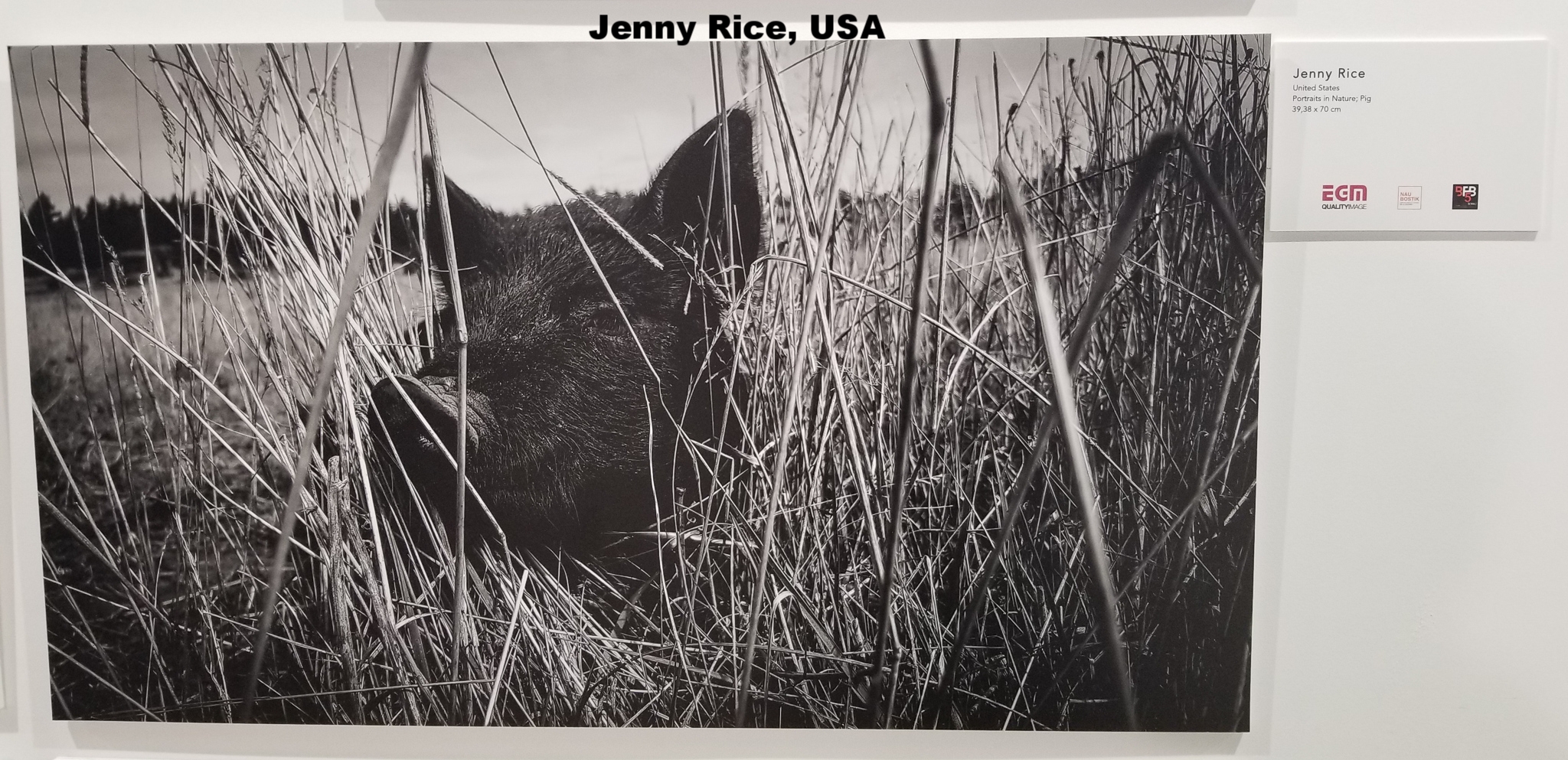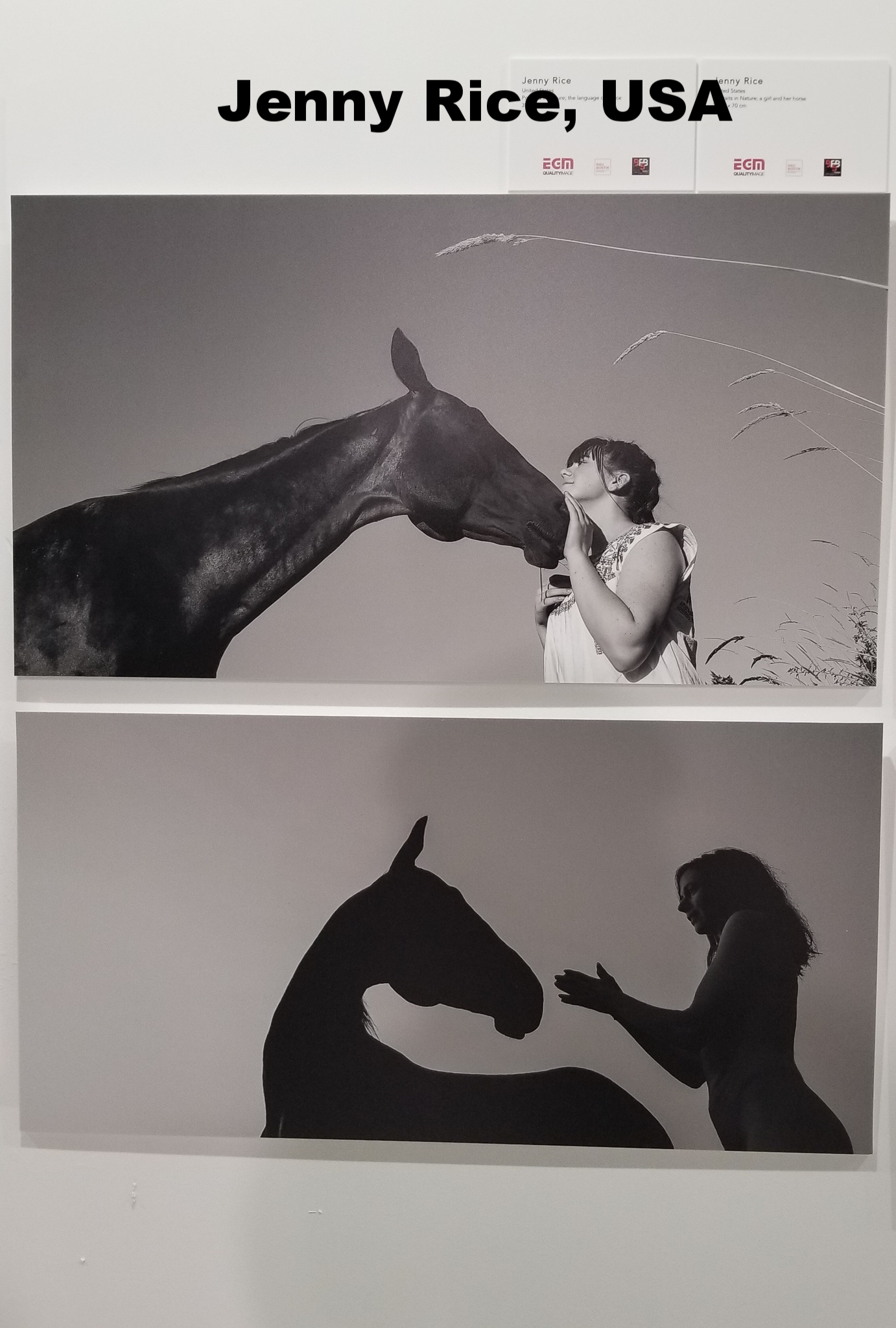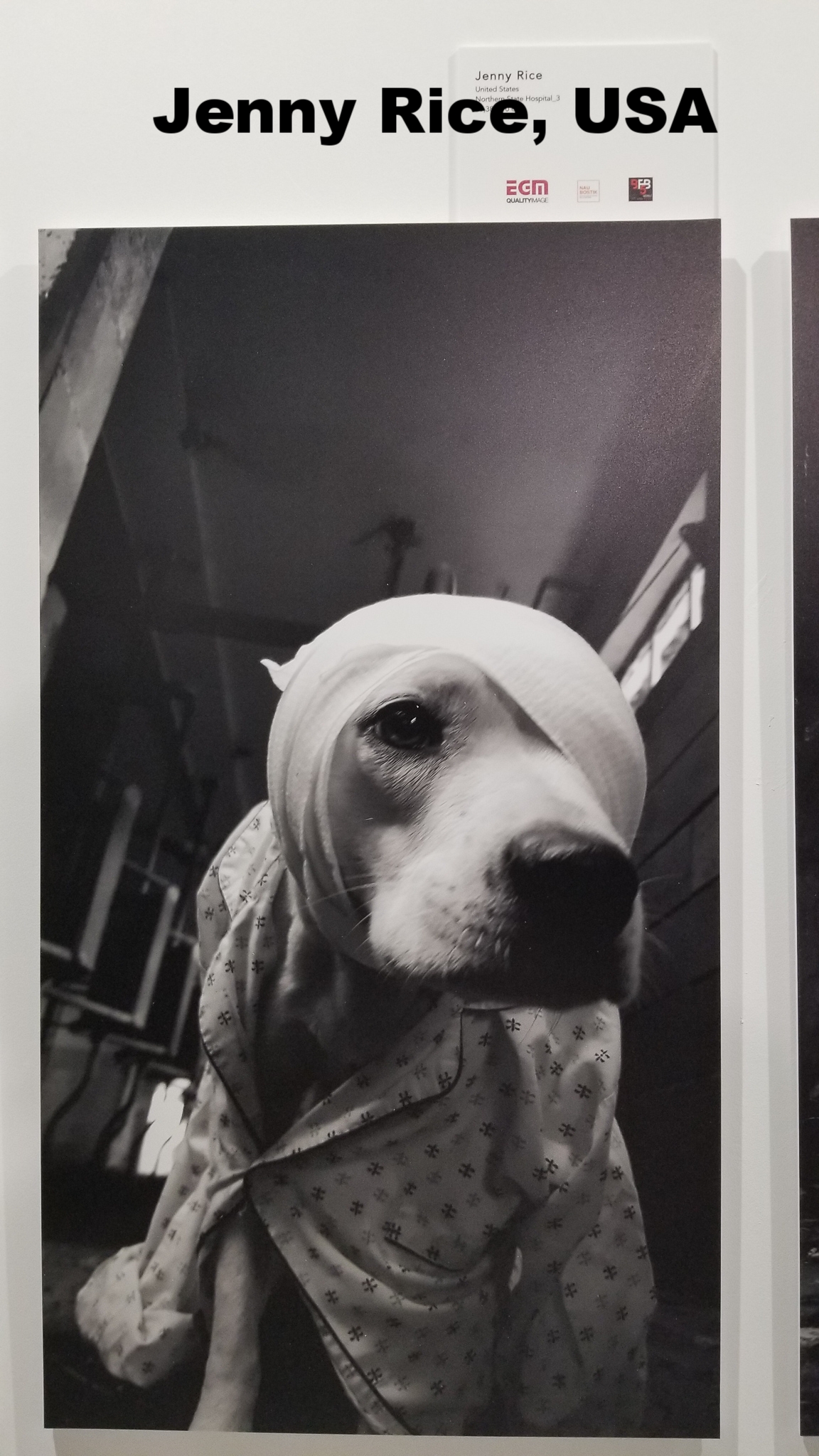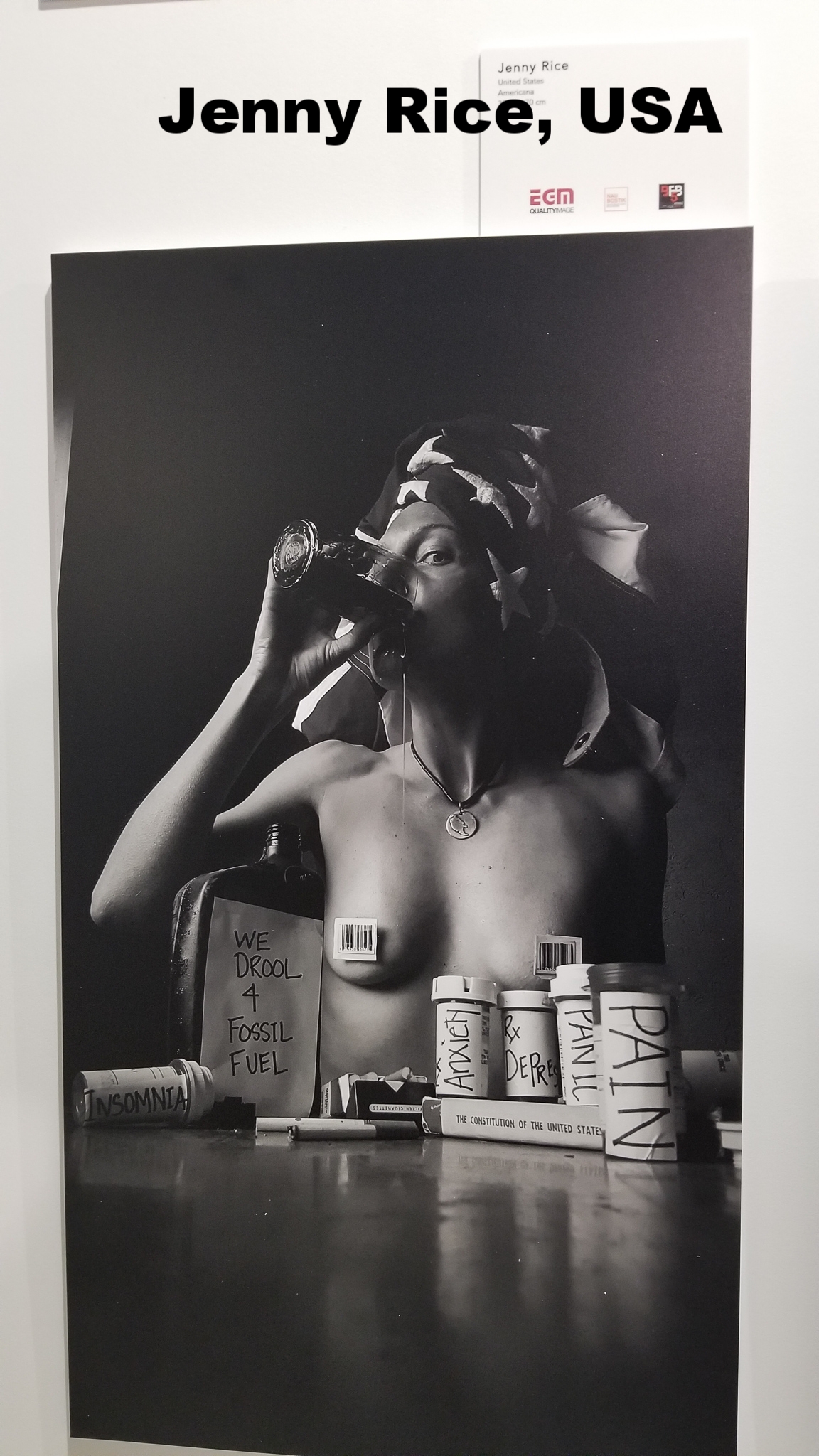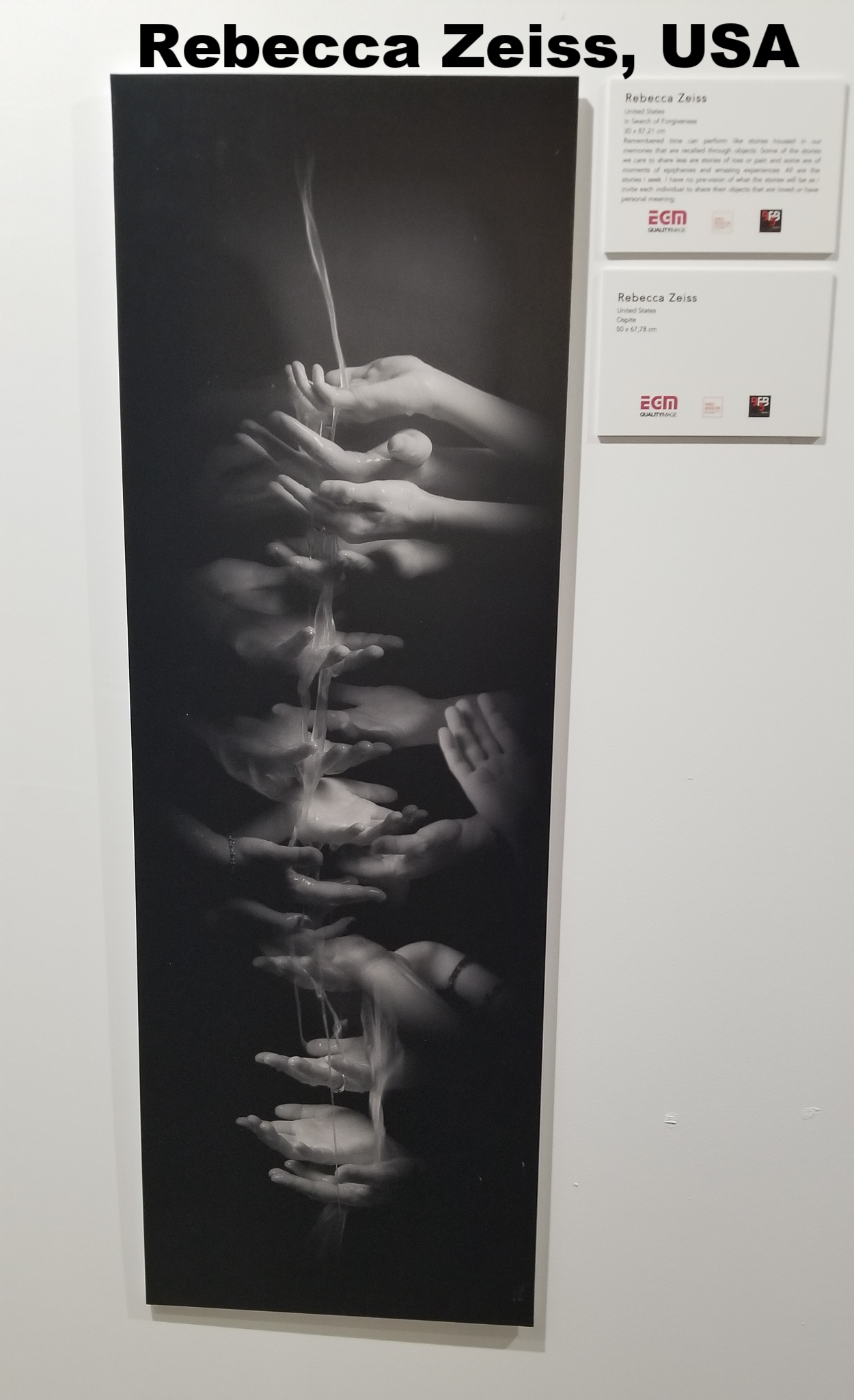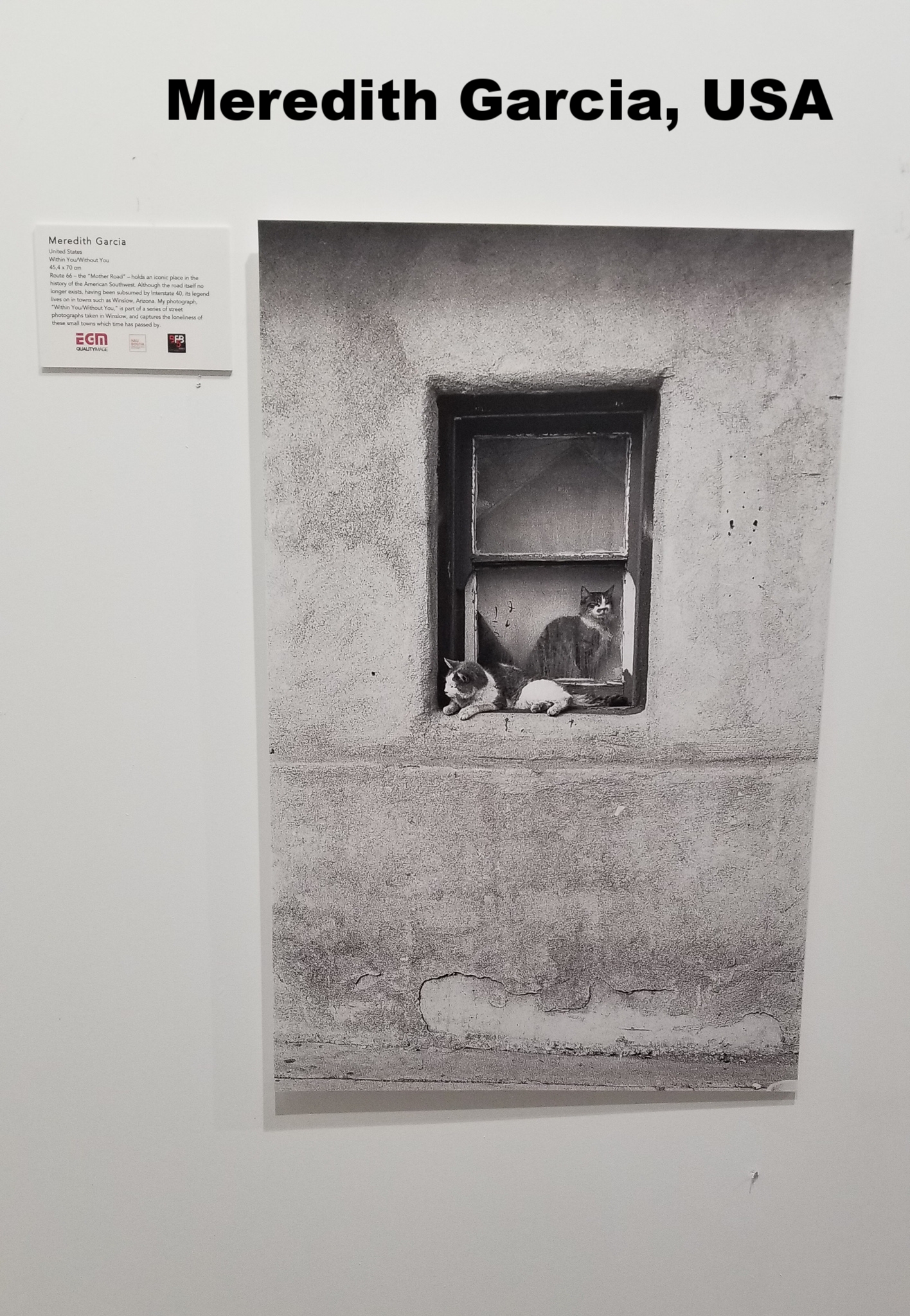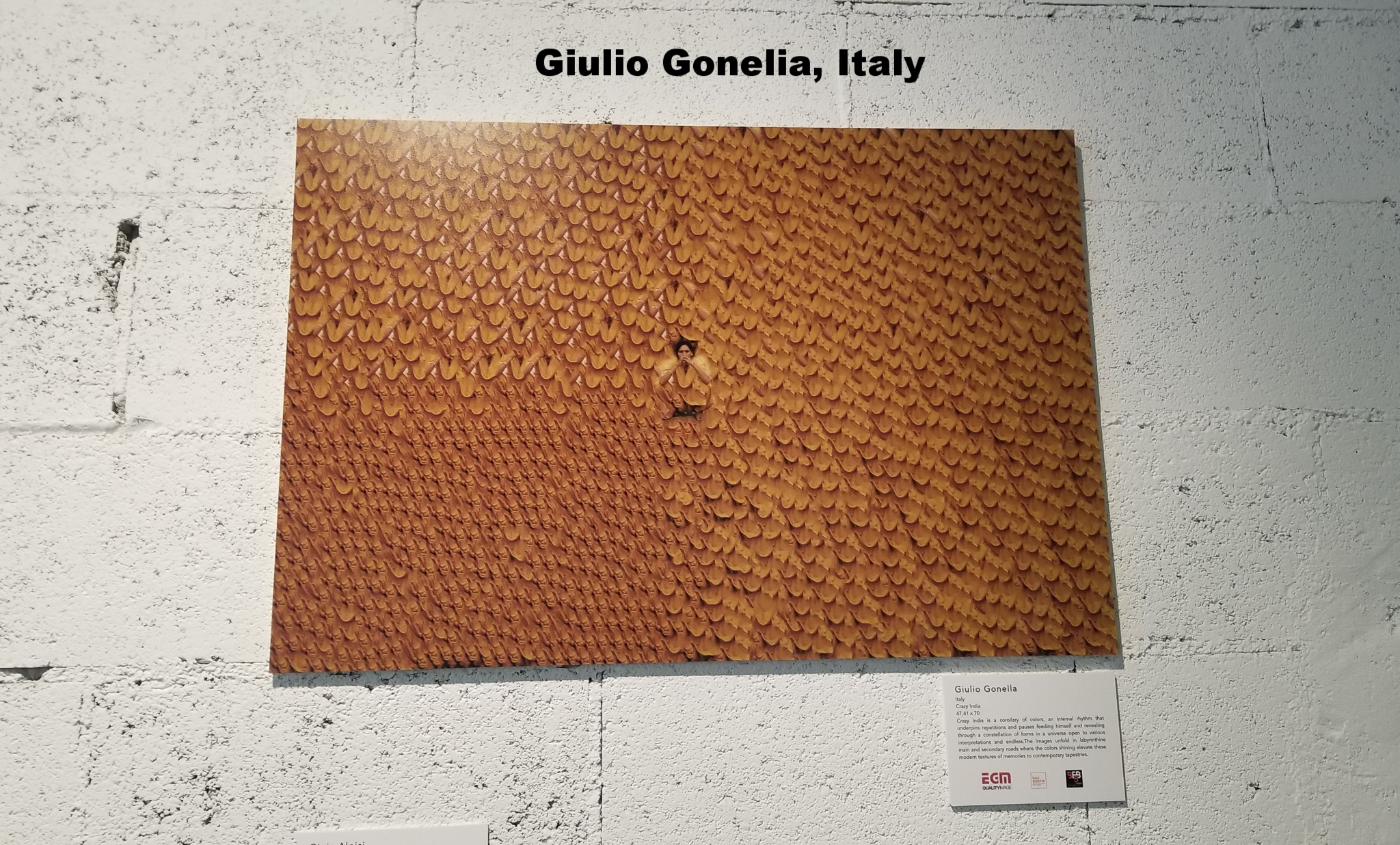It’s been four years since my last blog post and if there’s anybody out there still listening, let me begin with the positives:
I received my Master’s Degree in Humanities.
I landed a job as a Communications Analyst for the Colorado Benefits Management System at the Colorado Department of Human Services.
I bought a house in Everson, WA, where I now fully support my father, three equines, two canines, and one feline.
I overcame a severe 30+ year eating disorder. Yes, THIRTY-PLUS YEARS! Its roots began in childhood.
I’m working on the final draft of my first novel.
Wowza! Those are five significant life accomplishments and as silly as it may sound, as I look at this list I have the feeling of being outside of my body, as though I wasn’t the person who actually accomplished those things. As though I’m writing about someone else. Because it seems I couldn’t have possibly done all of that whilst struggling with all of this:
After I returned home from Europe in November 2019, I developed chronic insomnia and restless leg syndrome to the point where I was sleeping only 2 to 3 hours per 24-hour period. (It was COOCOOBANANAS and I partially blame it on my mother, whose basement I was living in, and who has a habit of stomping to the extent of rattling dishes.) Then, in the spring of 2020, my hands and feet suddenly began to turn bright crimson red whenever I was exposed to warmth or sunshine and during exercise. With the redness was an intense burning sensation, heat in my skin (similar to a bad sunburn), and nerve pain that radiated from my feet to my knees. When I was exposed to cold, it was the opposite, my feet and hands became ghostly white or sometimes pale yellow. And it didn’t take long before there was no more normal, my feet and hands were either painfully burning red or ice cold and too bloodless to function. In addition to all of this, I developed relentless tinnitus, chronic migraines, heart palpitations, fatigue, joint inflammation (particularly in my fingers), strange new allergies, and brain fog. After spending eight hours in an emergency room only to be told they weren’t sure what was wrong with me because my labs were perfect, I was diagnosed with erythromelalgia (the doctor had to Google my symptoms), possibly combined with Raynaud’s phenomenon. Both are neurovascular disorders of the blood vessels, but if you’ve never heard of erythromelalgia (or, “EM”), you’re not alone, neither have most doctors! I will go into more depth in my next post.
Since then, I’ve spent thousands of dollars on doctors, supplements, chiropractic, massage, energy work, and even a psychic, but my main symptoms have persisted. Frustratingly, there are no specific medical treatments for EM as the root cause varies from person to person and most doctors know very little about it (if they’ve even heard of it). Through research, I’ve come to understand that my own case is likely the result of an autoimmune response to COVID that triggered a form of neuropathic dysautonomia. In addition to the erythromelalgia, Raynaud’s, heart palpitations, migraines, and tinnitus, I also experience acrocyanosis, bier spots, and bulging veins, such as is commonly seen in people who have postural orthostatic tachycardia syndrome (POTS), though I do not have the more debilitating POTS symptoms, such as a racing heat and fainting upon standing up.
I’ve put off writing about my condition for a long time because I’ve been so horrified by it and I felt that by writing about it, I would be giving it more attention and that that attention would do nothing but expand its influence on my life. But after nearly four years of being burnt alive (seriously, this has been so absurdly bizarre), I’ve recently come to accept that these symptoms are not going to just go away. I also feel very alone with this disorder and I suspect writing about it and connecting with others who share my experience may help. Despite having a huge family and many friends who live all over the world, I do not personally know anyone who is going through what I’ve been going through. I drew this card all on my own! So, yes, I am finally going to write about erythromelalgia. I will be using this blog to discuss the treatments and protocols I’m researching and trialing, with the hope that others will gain some benefit from my experiences. Regardless of why the disorder manifested, I’m convinced it will eventually disappear much the same way it appeared in the first place, which was very mysteriously and with some strangely psychosomatic connections with what I was working on at the time. Stay tuned for the full story with photos! And if you’ve been struggling with the same issues, please don’t hesitate to leave me a comment or reach out. This has been a long and ouchy road.
I’m smiling but my hands and feet are burning.
(The next post will show pictures.)











